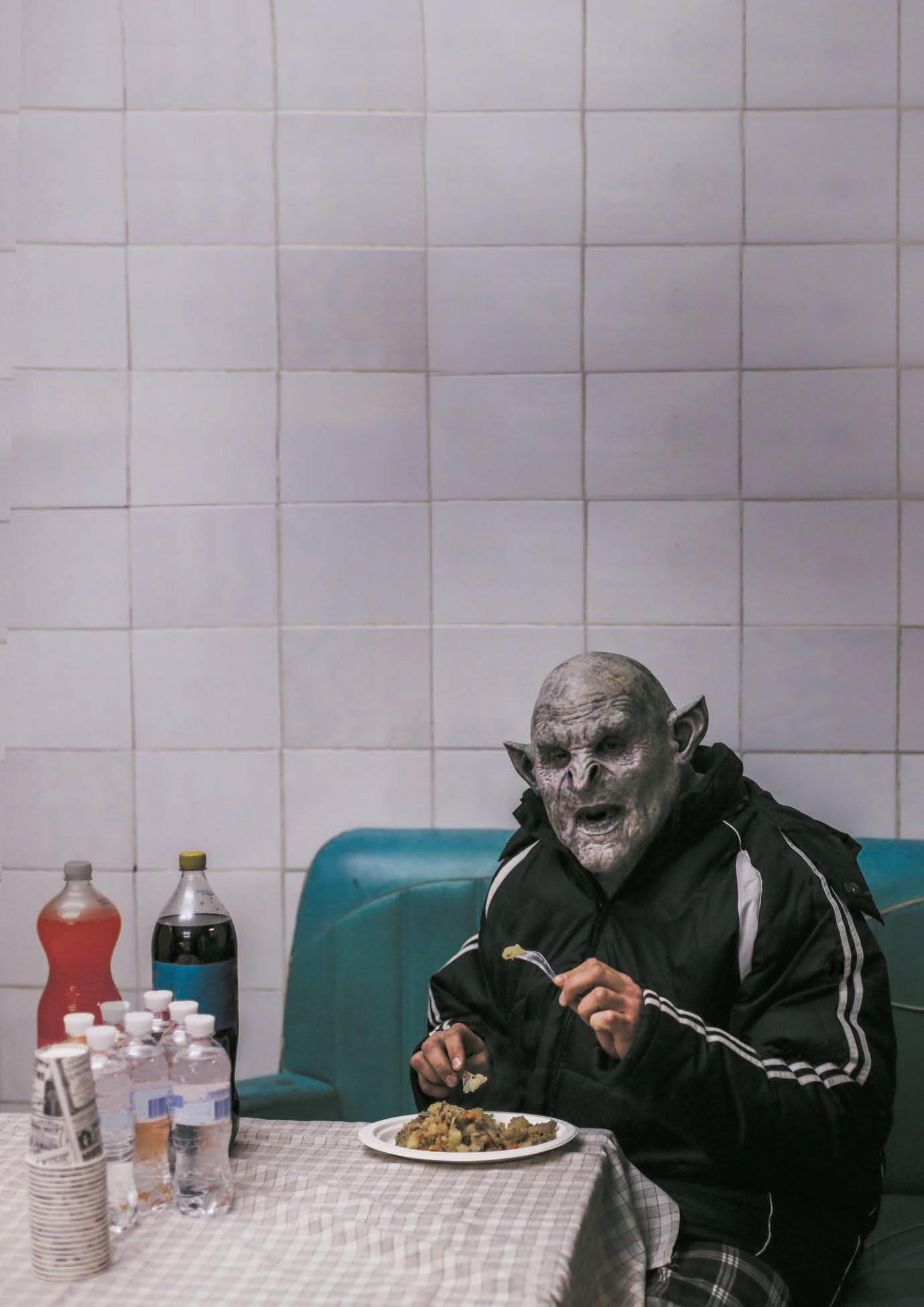Heroes Special
Damian Kulash
ON OK GO’S EXPLOSIVE VIDEOS
David Droga
ESCAPING ENGINEERED AVERAGENESS
Pay & Maguire
DOUBLE TROUBLE
Stephane Xiberras
SUPERPOWERED CREATIVITY
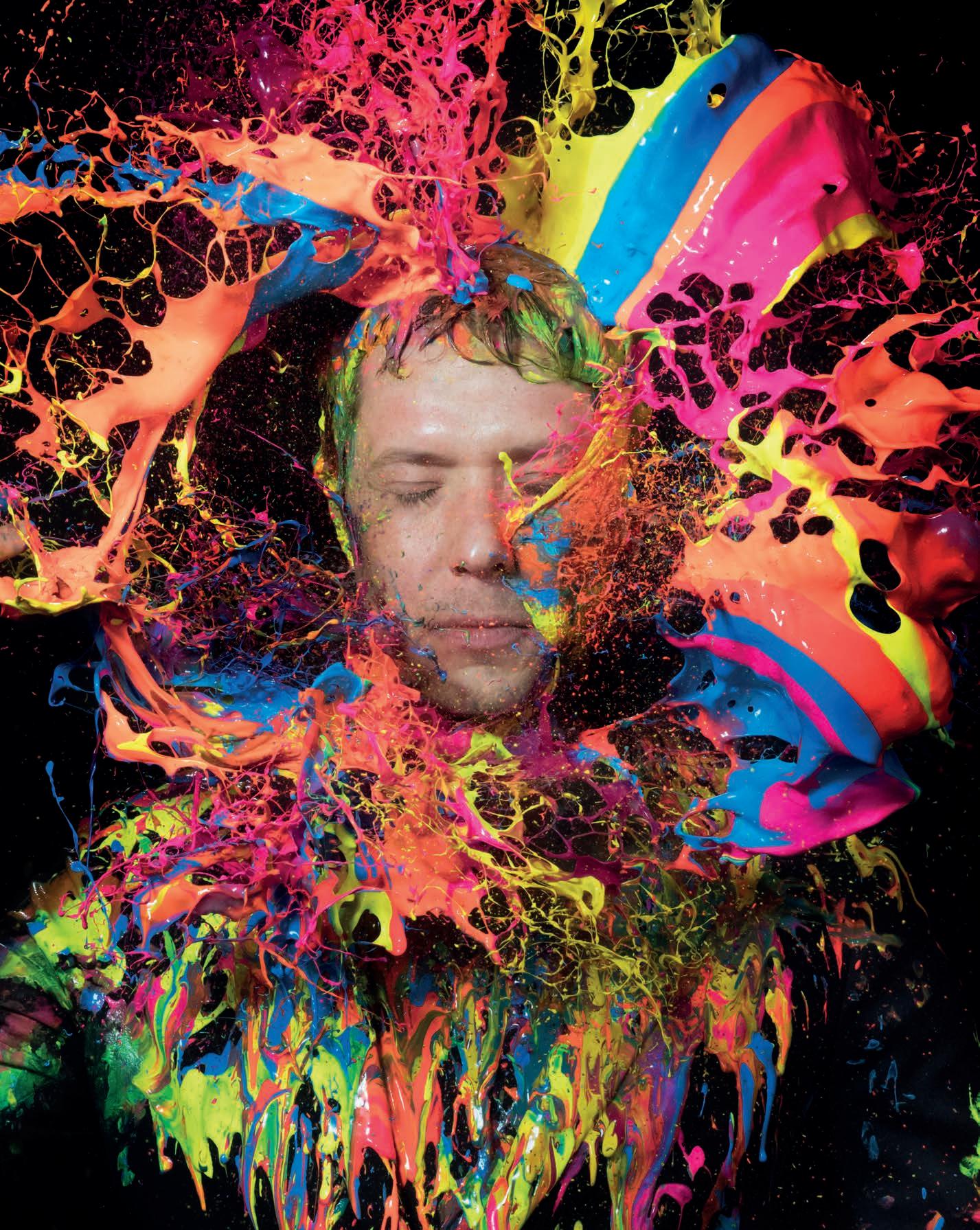

Damian Kulash
ON OK GO’S EXPLOSIVE VIDEOS
David Droga
ESCAPING ENGINEERED AVERAGENESS
Pay & Maguire
DOUBLE TROUBLE
Stephane Xiberras
SUPERPOWERED CREATIVITY

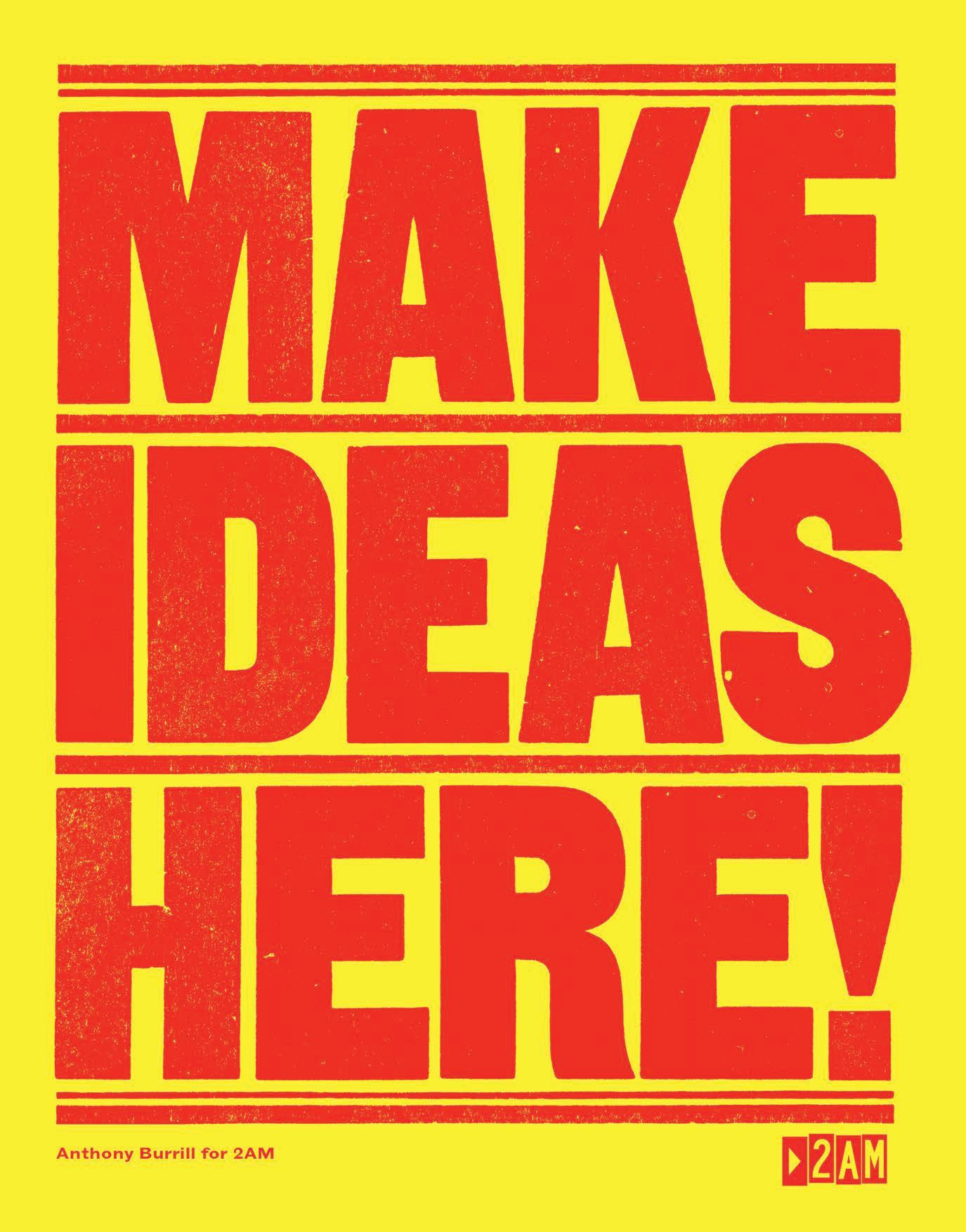
“…the sort of heroes we’re celebrating don’t wear capes (usually), don’t fly (unless it’s at least business class, probably) and don’t train obsessively to hone their powers in an attempt to save humanity (though some try to, actually).”
Heroes are all the rage right now. You can hardly get online to search for the latest cat videos, or to watch teenagers swearing at each other over a particularly cagey game of Call of Duty without being bombarded with trailers for Marvel Studios’ latest blockbuster or DC’s newest, critically mauled o ering. But the sort of heroes we’re celebrating in this special issue of shots don’t wear capes (usually), don’t fly (unless it’s at least business class, probably) and don’t train obsessively to hone their powers in an attempt to save humanity (though some try to, actually).
“A hero is someone who, in spite of weakness, doubt or not always knowing the answers, goes ahead anyway,” said the late Christopher Reeve, who not only fought his own heroic battle when left quadriplegic after a horse riding accident, but also was (and to many, will always be) the quintessential big-screen version of Superman; the daddy of all heroes.
But then, going ahead despite having doubts, or in the face of potentially flawed thinking could also be classed as stupid, couldn’t it? Mark Denton, one of our cover stars and chosen heroes, certainly thinks so; “Heroes, what are they?” he asks on page 16. “They’re brave. So, you’ve got a coin with ‘brave’ on one side, and on the other side is ‘stupid’.”
But we didn’t need the flip of a coin to choose our list of

luminaries. While it definitely wasn’t easy, we’ve chosen some of the people, companies and other innovative elements that we consider to have had such a positive impact on the industry over a period of years, sometimes decades, that there’s no other way of describing them than as creative heroes. From Sir John Hegarty idolising ideas over individuals [page 34] through to David Droga attempting to avoid engineered mediocrity [page 82], we have a host of top names pondering past, present and future.
This is also our annual Cannes Special, where the work of the last 12 months will be lauded on the Croisette as the advertising industry gathers once more in the south of France. To mark the annual pilgrimage, we have our usual round-up of what might pick up metal in the Palais, plus we talk to a selection of the jury presidents including another of our cover stars, Furlined’s Diane
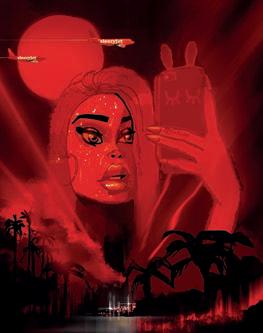


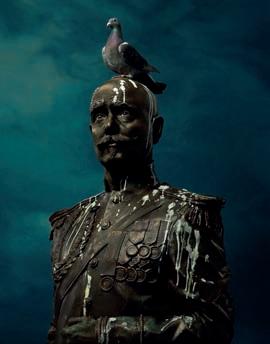
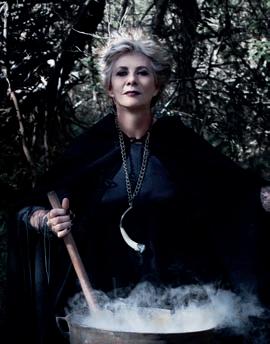

McArter [page 104], 2018’s Film Craft president, who believes that the magic of craft mustn’t be forgotten. Our Cannes coverage starts on page 89 with our third annual ComiCannes spread, which this year takes a gentle, mocking stab at our infatuation with making every element of our lives look heroically epic on social media. Danny Edwards Editor @shotsmag_dan
Our cover heroes are BelindaButterfly92 who stars in the Cannes Comic, page 89; director and OK Go frontman Damien Kulash, page 11, Mark Denton, founder of COY! collective, page 16; and Film Craft Lions President Diane McArter, page 104.
shots 175
July 2018
News Insight Inspiration shots.net

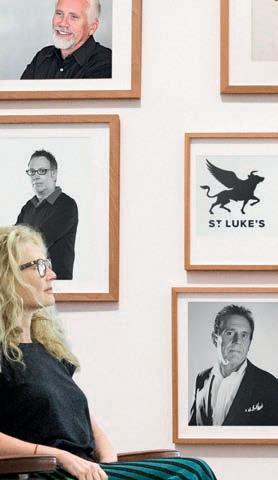
shots 175 contributors
Words: Iain Blair, Carol Cooper, Tim Cumming, Matt Follows, Kate Hollowood, Amy Keane, David Knight, David Kolbusz, Sean Thompson
Illustration & photography: Hani Abusamra, Tim Bauer, Sarah Beasley, Brett Berman, Tessa Bridge, Casey Brooks, David Buisan, Ruiz Burgos, Dan Burn-Forti, Harry Cole, Dylan Collard, Duncan Collins, Deep Dream Generator, Jelly London, Julian Hanford, Steve Harries, Jonnie Malachi, Paul McGeiver, Stephan Moni, Mother London, Spencer Murphy, Prodigious, Cydney Puro, Rankin, Riccardo Raspa, Grace Rivera, Ariane Rousselier, RW2 Productions, Franck Sauvaire, Billy Siegrist, Smith & Foulkes, Michael Stephens, Harriet Turney, Christian Weber
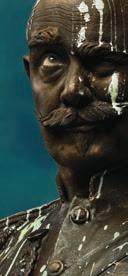

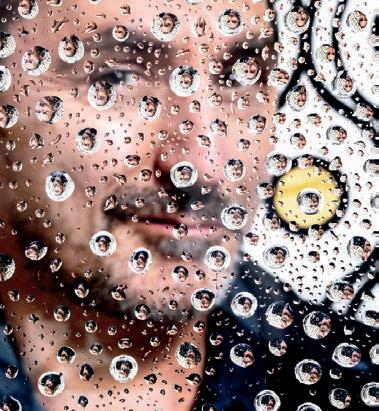


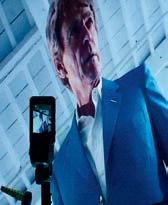

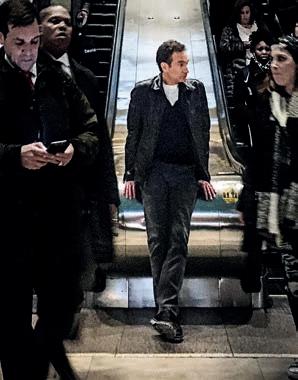
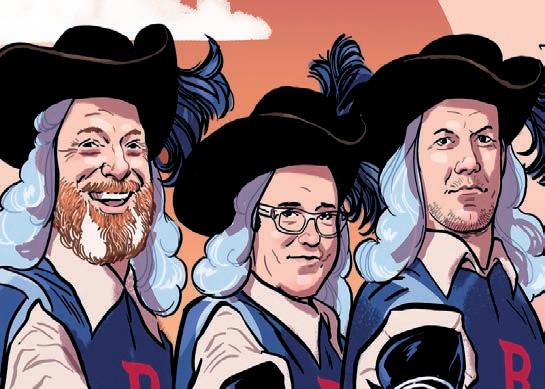
89 THE CANNES COMIC Fitch, Baker and JAKe’s sad tale of a socialobsessed butterfly
98 ENTERTAINMENT LIONSPRESIDENT
Debbi Vandeven, CCO of VML, blows in on a tornado from Kansas
102 OPINION
Amy Kean’s top ten reasons why she hates lists
104 FILM CRAFT LIONS
PRESIDENT
Diane McArter, founder of Furlined, on that old black magic called craft
108 MOBILE LIONS
PRESIDENT
Jay Morgan, The Monkeys’ innovation director, on fun undies and new tools
114 OFF SCRIPT
David Kolbusz pens a Cannes tourism spot dripping in Gallic malice
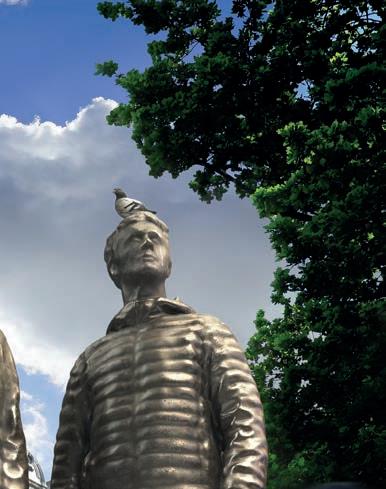


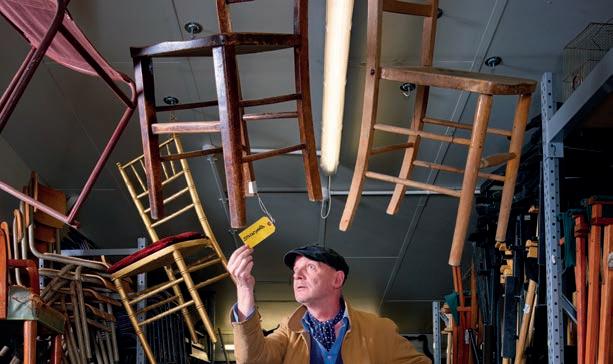
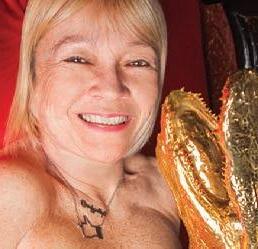




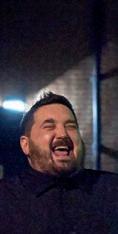



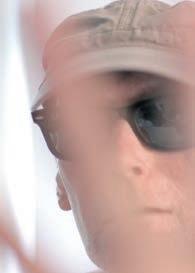


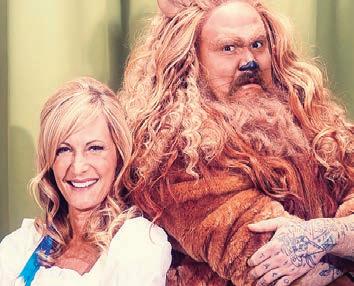

shots staff shots



Editorial material for consideration to be submitted to spots@shots.net
Many thanks to those companies that submitted material for consideration on shots.net. If your work didn’t make it this time, please do not be discouraged from sending work in again. If you feel that your company has produced anything that would complement the Creative Showcase please let us know.
© shots.
All rights reserved. No part of this publication may be reproduced, copied or transmitted, either by conventional means or electronically, without written permission of the publisher.
All efforts have been made to ensure the accuracy of facts and figures, which to the best of our knowledge were correct at time of going to press. shots accepts no responsibility for loss or damage to material submitted for publication.
shots
Zetland House 5-25 Scrutton Street London EC2A 4HJ
shots membership
Be inspired each day with the best content from across the globe. Stay informed with the latest news, insight and inspiration for the global creative community with a shots membership.
Membership with shots provides you with access to an endless resource of cutting-edge creativity. See the latest Hotshots, hear from new creative and directing talent and keep up-to-date with emerging trends.
Become a member of shots for all the news, insight and inspiration you need.
For membership enquiries please contact info@shots.net
To become a member tel +44 (0)208 955 7047 web subscriptions.shots.net/subscribe
Or contact a membership agent in your territory:
CHINA & TAIWAN
Steven Liu
fargo899@ms35.hinet.net
tel (886 3) 478 9352
fax (886 3) 478 4513
FRANCE, SPAIN, CENTRAL AMERICA & SOUTH AMERICA
Franck Chardon
franck@shots.net
tel (33 0) 9 6404 5659 mo (33 0) 6 4406 5834 fax (33 0) 4 8343 1841
INDIA
Ajay Dhingra sbds@bol.net.in tel (9111) 2871 4138 fax (9111) 2871 2268
KOREA Hee-Joon Kwak ewbc234@hanmail.net tel (82 31) 855 7444 fax (82 31) 877 7444
Muharrem Yildirim
Editor
Danny Edwards dan@shots.net (44 20) 8102 0833 @shotsmag_dan
Deputy Editor Selena Schleh selena@shots.net (44 20) 8102 0887 @selenaschleh
Art Director Sarah Watson art@shots.net
Associate Editor Olivia Atkins olivia@shots.net (44 20) 8102 0922 @olivia__atkins
Contributing Editor Carol Cooper
Senior Marketing Executive Charlotte Peers charlotte.peers@mbi.london (44 20) 8102 0853
International Account Manager, Advertising (awards)
Shane Murphy shane.murphy@mbi.london (44 20) 8102 0926
Account Manager, Advertising Mark Malone mark@shots.net (44 20) 8102 0806
Sales Manager, Memberships
Jamie Duffy jamie@shots.net (44 20) 8102 0832
Business Development Manager
James Robinson
james.robinson@shots.net (44 20) 8102 0839
Head of Events Dee Adeosun dee.adeosun@mbi.london (44 20) 8102 0805
Production Manager Jon Cooke (44 20) 8102 0825 jonathon.cooke@mbi.london
Publishing Director Nadia Romdhani nadia.romdhani@mbi.london (44 20) 8102 0881
Managing Director Alison Pitchford alison.pitchford@mbi.london (44 20) 8102 0912
Chief Executive Officer Conor Dignam conor.dignam@mbi.london
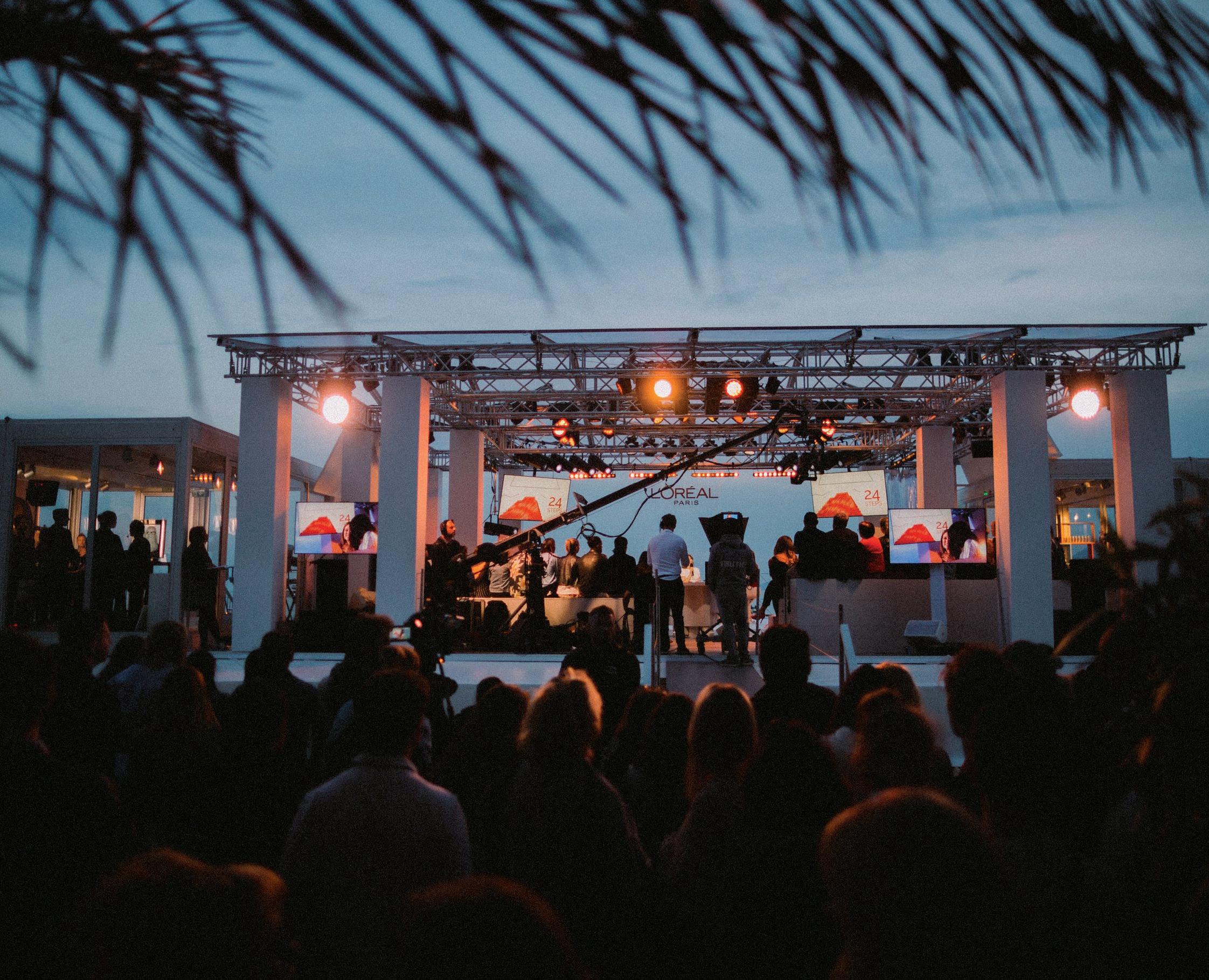


New
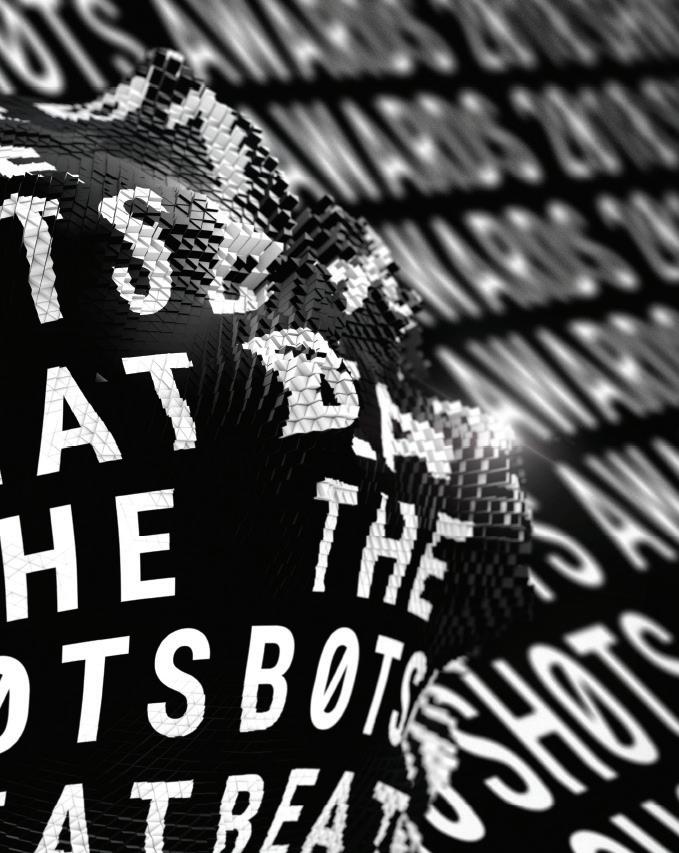

- 13 July 2018Deadline

Agency of the Year
Best Audio Company
Best Use of Animation in a Commercial
New
Best Use of Emerging Technology
Best Use of Music in a Commercial
Best Use of Sound Design in a Commercial
Branded Entertainment of the Year
One-off project
Branded Entertainment of the Year Series
Charity/PSA Campaign of the Year
Online Commercial of the Year
Over two minutes
Online Commercial of the Year
Up to and including two minutes
Television Commercial of the Year
Over 60 seconds
Television Commercial of the Year
Up to and including 60 seconds
Director of the Year
Editing House of the Year
Editor of the Year
Music Video of the Year
New Director of the Year
Production Company of the Year
Sponsored by GPN
Production Service Company of the Year
VFX Company of the Year

Sponsored by

Damian Kulash Jr. is facing his biggest challenge yet. The frontman of indie band OK Go, famous for its envelope-pushing promos, has done some remarkable things in the past few years, but his next project is going to be a real game changer – fatherhood.
When he talks to us in March, Kulash’s wife, the screenwriter Kristin Gore, is two months away from giving birth to their twins, and Kulash is well aware that his life is entering a daunting new phase. It’s given him cause to sit back, take stock and start thinking about the Big Stu . One big question he’s asking is how to reconcile his and Gore’s current life with their future. How do you have both a proper and fulfilling creative and family life and be happy?
“We know lots of people who’ve done really well, from a creative perspective and sometimes a success perspective. But we know very few people who are happy doing it, which is astonishing,” says Kulash, talking from his home in Los Angeles. “[So] we’re attempting, as we’re building our family, to actually build a structure around ourselves for doing these types of things, that is satisfying, and does not alienate us from each other, or from the world.”
So while most of us generally muddle along, taking whatever life throws at us as it comes, Kulash is treating his life, circumstances and (first world) problems like just another of his ambitious creative projects.
Giving 100 per cent in zero gravity Kulash is used to taking on the seemingly impossible, on camera, usually in a single take, as lead mad creative genius (often with his sister, the director/choreographer Trish Sie) behind the band’s increasingly ambitious promos, whether it’s synchronised dancing on treadmills (Here It Goes Again), building a gigantic Rube Goldberg machine (This Too Shall Pass), performing on UNI-CUBs (mini-Segway-like transporters) with hundreds of umbrella-wielding Japanese girls (I Won’t Let You Down), or playing in front of towers of printers spitting out printer paper mosaics (Obsession).
An OK Go video can take weeks, months or even years to plan, rehearse and execute, requiring constant trial and error, endless repetition and insane levels of patience. The band – Kulash, Tim Nordwind, Andy Ross and Dan Konopka –push themselves through hell and high water, and Kulash relishes every moment. “I genuinely love it,” he says. “The moment I feel most alive and most satisfied, tends to be in that production week, when you are firing on all cylinders and doing a million things at once. There’s this joy to being in that flow.”
Take the video for Upside Down & Inside Out, for which the band and Trish Sie went to Russia,
OK Go frontman and promo mad professor, Damien Kulash Jr, is bringing his talents for directing the most contagious of viral videos to the commercial sector. He talks to David Knight about putting practical considerations aside in favour of the alchemical, while also ‘building a structure’ so a little thing like impending fatherhood doesn’t encroach on his happiness
so they could film in a special aircraft that replicates the e ect of near-zero gravity. Many would dismiss this idea as too problematic, and too terrifying, to even attempt. Filming did indeed place huge physical demands on the band and crew, and it took five full days of flying to get useable footage. But Kulash only remembers the excitement and adventure of the shoot.
“Who doesn’t want to experience micro-gravity? What kid doesn’t want to fly?” he says. “When you find something with this much wonder in it, the sandbox is so deep and wide in what you can do
on these airplanes, you want to just put the ‘What’s the cost?’ discussion aside, and make it happen.”
He does admit that filming was an arduous process, even by OK Go standards, but, he says, “In 10 years am I going to look back and wish I had that month back? I doubt it.” He admits others might not have been so psyched by the shoot, but they all have the same dedication to getting the shot, such as bandmate Tim Nordwind. “Tim hated flying in that plane. I don’t think he would describe himself as somebody who is made of particularly rugged material, but
“The moment I feel most alive and most satisfied, tends to be in that production week, when you are firing on all cylinders and doing a million things at once. There’s this joy to being in that flow.”
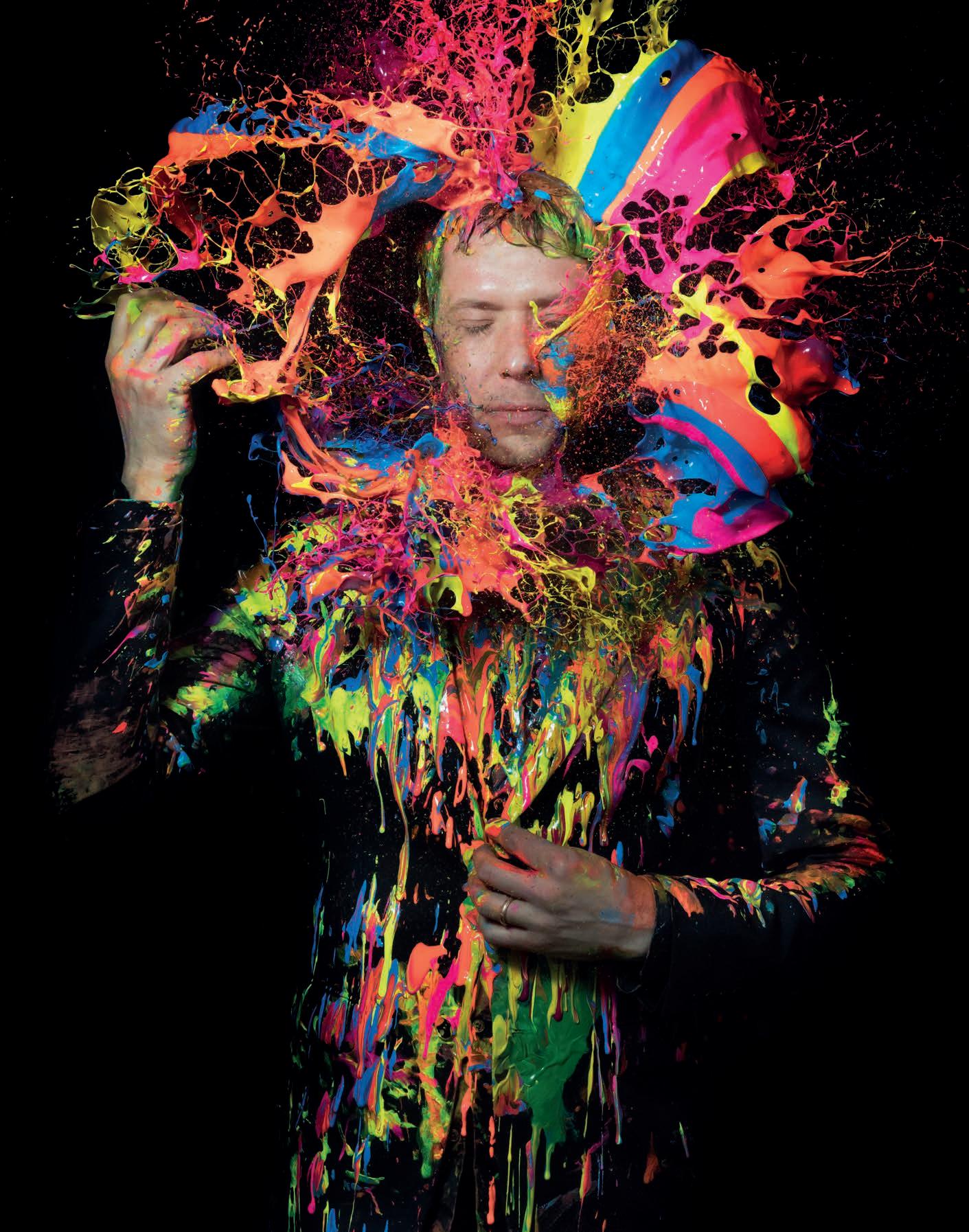
he is extremely dedicated to making the thing.”
As the band’s promo work has developed, so Kulash has taken greater directorial control and, as a result, he has now become a director for hire through Park Pictures, recently directing ads for computer/smartphone maker ASUS.
Although OK Go’s own projects have all been brand-funded for some time, Kulash sees his commercial director role as quite distinct. “When I’m wearing my commercial hat I will do the best job I can to make the thing you are trying to get,” he explains. “When I’m putting on my band
director hat we retain a certain creative control. We go from being your employees to being your collaborators on the project.”
Initially, his recent spot for ASUS was supposed to be a music promo, but ultimately he turned it into a 60-second spot because the brand needed more product visibility than he was prepared to put into an OK Go video. “I’m totally happy to make something as an ad. What I don’t want to do is tell [the viewer] that this is a free-standing piece of art, and then try to trick them into observing product features.”
The beauty of brand collaborations Morton Salt, the sponsors of the promo for The One Moment “were more interested in a film that would get people talking, than a traditional product advertisement”. And that’s what they got: a 4.2 second explosion of minutely concentrated action, shot at several thousand frames-persecond, then stretched out for the four minutes of the song. The idea came from Kulash’s fascination with slow motion, the mystery of why it can be “viscerally, emotionally beautiful”.
Kulash hugely values these brand collaborations “and I think that a lot of our fans do”, believing they can be a spur to radical thinking. For example, the Chevroletsponsored Needing/Getting video that premiered during the Super Bowl in 2012, involved performing a version of the song by ‘playing’ carefully selected and arranged
bits of junk at the side of a track in the desert, by ‘hitting’ them with a heavily-adapted Chevy Sonic, stunt-driven by Kulash. “I wasn’t sitting around with that idea thinking ‘I hope someone gives me a car that I can make robotic.’ That idea was inspired by them asking the question: ‘What’s the craziest thing you can do with a car?’”
Making viral video history
His impending fatherhood might be the inspiration behind the OK Go Sandbox, which has just launched. It’s an online resource “to give teachers whatever tools they need to connect the joy, wonder, and fun in our videos to the underlying concepts that their students are learning”, such as an analysis of the complicated maths involved in the video for The One Moment “We know that teachers all over the place are using our videos as teaching tools, and we just want to make that easier for them.”
Staying on the education theme, Kulash has also teamed up with VR entrepreneur/director Chris Milk on an intriguing project that premiered at the Tribeca Film Festival in April, called Lambchild Superstar: Making Music in the Menagerie of the Holy Cow. Its purpose is to guide non-musicians to experience the happy accident of making a great pop song using essential musical building blocks – which happen to appear as CGI animals doing funny things.
“Hopefully, it’s so intuitive you don’t even feel that sense of choice making all along the way,” Kulash says, adding that he and Milk originally talked

about creating a VR version of an OK Go video.
“Then we realised that to experience one is really fun, but to actually be in one is not that fun. So we asked, ‘What’s the OK Go experience we would like to be able to share with people?’, and realised it’s that spark of creativity when you’re playing with sounds, or playing with visuals, or playing with numbers or whatever, where you get that alchemical burst of joy.”
This is all a long way from the mid-noughties when Kulash stumbled upon the possibilities of the new digital age by accident. It began when OK Go made a film of themselves dancing on a locked-o VHS camera to give to Michel Gondry to persuade him to make a video for them. Months later, this simple one-shot of A Million Ways found itself onto a pre-YouTube video-sharing site.
“When we noticed it had been downloaded several hundred thousand times we were like, ‘You know what that is? That’s a music video. That’s crazy.’”
Kulash’s sister, Sie, had choreographed their moves for A Million Ways and repeated the favour for the treadmill dance in their next video, Here It Goes Again – the rest is history, for OK Go and YouTube. Here It Goes Again was one of the nascent platform’s first viral music videos.
When is a video not a video?
The band fought hard to keep the film accessible to everyone when their label EMI wanted to restrict it, leading to Kulash championing the creative potential of digital in op-ed columns in the New York Times. Over a decade later, he observes that the new generation of digital natives only know this new reality, and muses that distinctions between musicmaking and filmmaking are essentially now breaking down –because it ends up in the same place.
“We’re all making ones and zeros. There’s nothing formally di erent about the entertainment that you get as entertainment, and the news you get as entertainment. If YouTube is the biggest music streaming platform on the planet – and more music is streamed o YouTube than any music streaming platform – then it shows how ridiculous the idea is that music and film are distinct from one another.”
“When I’m putting on my band director hat we retain a certain creative control. We go from being your employees to being your collaborators.” S
In the same vein, Kulash can now happily admit that an OK Go music video is not really a music video at all, in the traditional sense. And although they have always recorded the music first and added the visuals afterwards, that is not necessarily how it will happen in the future. What they are making is, of course, filmed performance art.
“I think the term ‘music video’ has been a fantastic Trojan horse for us to make whatever we want.” he says. “Now, when somebody watches one of our music videos, we hope they see that it is the artistic end, in and of itself. Obviously, we want people to come to our concerts. Obviously, we hope that they fall in love with the song. But those are secondary e ects, not the primary goal. We just want them to enjoy the video.”
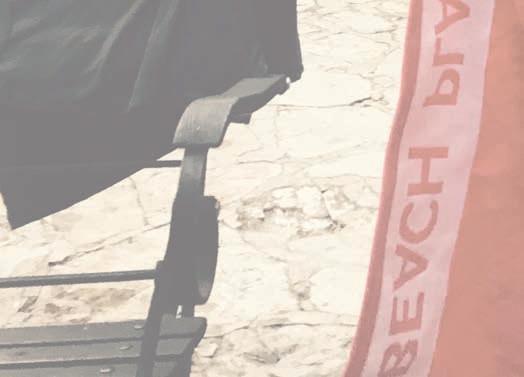
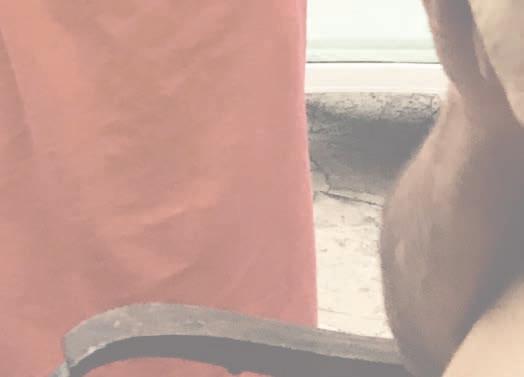

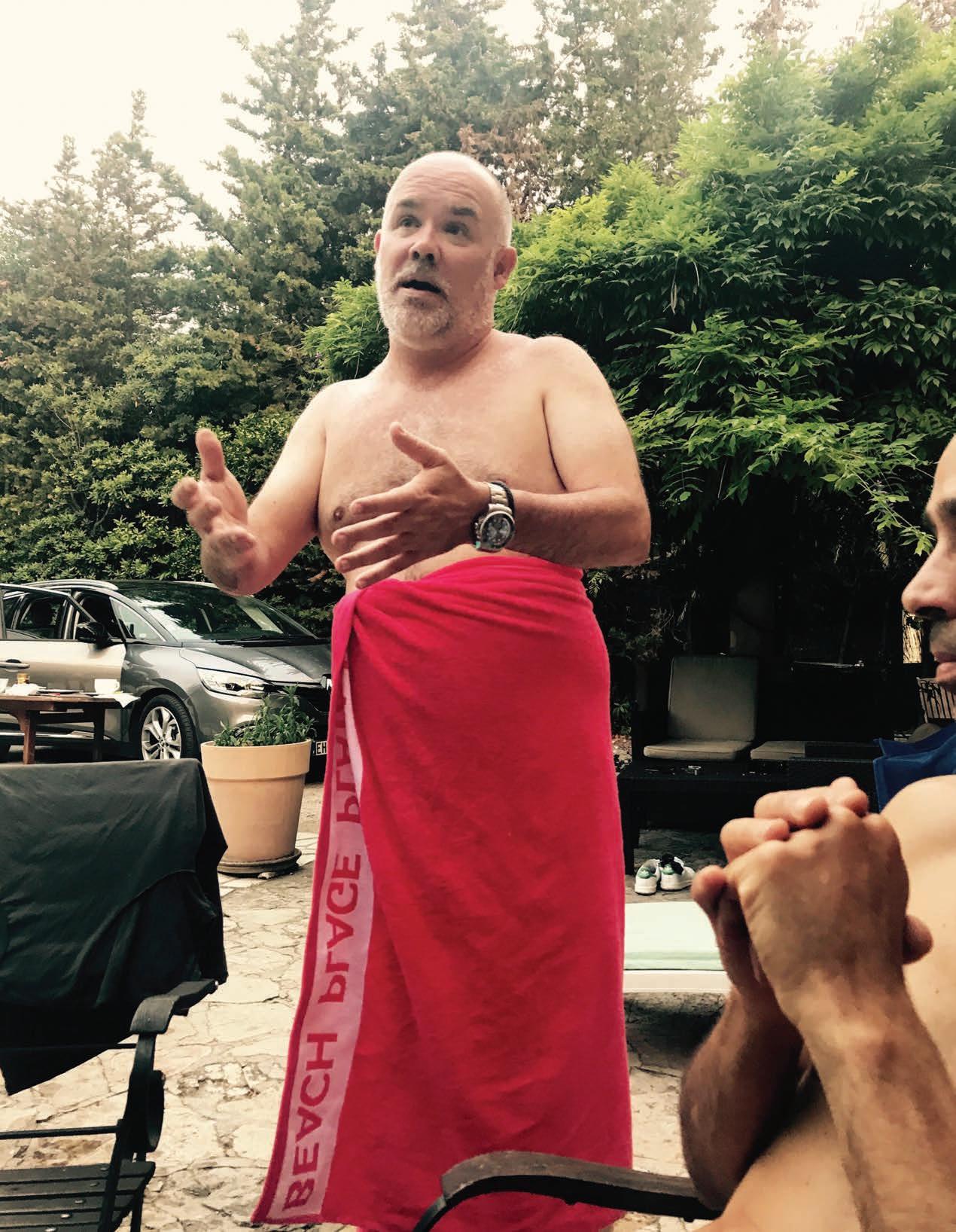
“Funny adverts – that is why I wanted to be in the business,” says Mark Denton, who also wants to know why the fun went out of it. “I liked watching telly with my mum and watching her laughing at the PG Tips chimps. Whoever wrote, ‘You hum it, son, I’ll play it’ for The Piano Shifters, they’re my hero.”
For more than 40 years now, Denton has cut a unique swathe through the advertising world. The director of multidisciplinary collective COY! Communications, he began as a visualiser at Leo
Burnett in 1978, then landed a job as art director thanks to a lack of desk space, meaning he had to share with senior AD Norman Icke, the man behind the Milk Tray hero and those orally fixated Flake ads. “So I was in his room and he liked a drink so he’d take me down the pub at 11am. I had to keep him company. Before you knew it, I’d become art director, and it was thrilling. Norman was very funny, very talented. He’s my first hero and I still think about him now. It was the funniest time I spent in advertising, not just because I was pissed, but because he was hilarious, and it was a roller-coaster ride.”
He puts his longevity in the industry down to one thing: “I think like a schoolkid, like I did then. I never got sensible. I’ve always liked stupid stuff.” As such, he sees himself as an anomaly in today’s climate. “Advertising has got very worthy. Humour doesn’t seem to be that important. Colour seems to frighten all the clients. It feels quite vanilla compared to what it used to be.”
Suitably, for a man who famously posed for shots with his bare arse perched over a freshly laid golden egg, Denton came in through the back end, “learning how to be a supplier to an advertising agency rather than a creative in an agency”. He spent five years as AD at Leo Burnett before joining a promising start-up by the name of Bartle Bogle Hegarty. “Hegarty, king of art directors,” he says. “That’s where I learnt about art directing. Hegarty was a hero. He was a hard taskmaster who frightened the life out of me, because I didn’t feel qualified to be there, but he taught me to art direct. It was like being in the SAS. Vigorous, fast-track training. It made me good enough for someone to ring up and ask if I wanted to start an agency.”
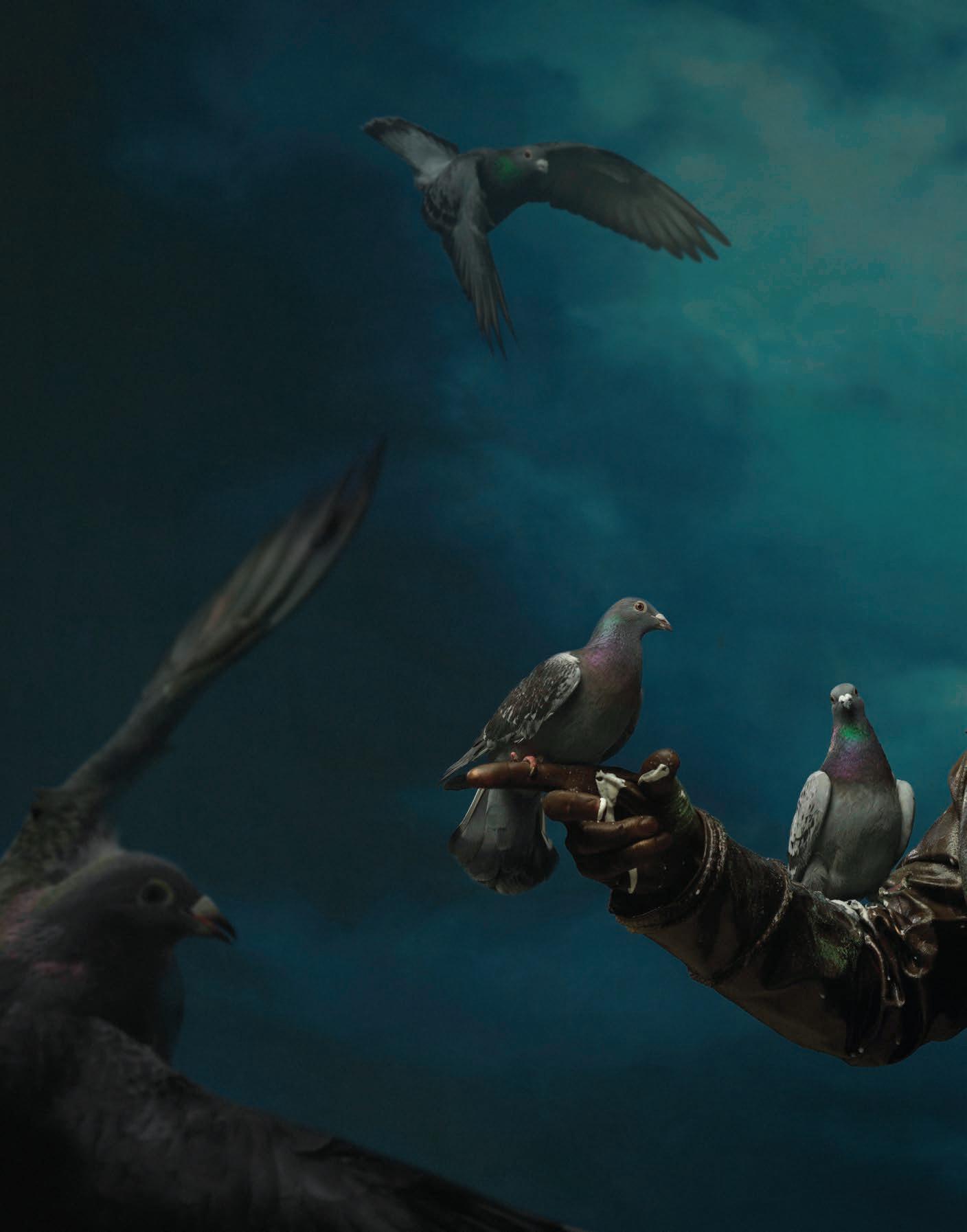
“Norman [Icke] was very funny, very talented. He’s my first hero and I still think about him now. It was the funniest time I spent in advertising, not just because I was pissed, but because he was hilarious, and it was a roller-coaster ride.”
Where ignorance is bliss, ’tis folly to be wise
In fact, he joined Lowe, staying for two years before answering that call to set up on his own. Which is where his own most heroic act comes in. “Heroes, what are they?” he asks. “They’re brave. So you’ve got a coin with ‘brave’ on one side of it and on the other side is ‘stupid’. So when I announced I was leaving, Lowe wanted to double my salary and give me a flash car, but I opted to go with these partners I had never heard of before, for half my salary.” He pauses. “Was that a brave or stupid thing to do?”
On the one hand, he did get fired from said agency, but since then he’s gone on to direct award-winning work through the likes of Blink and Therapy films, while his own COY! Communications marks its 10th anniversary this year. As he enters his fifth decade in the industry, where does he see the heroes of the future?
“Advertising is changing completely, so it is hard to know even if agencies are going exist in the next few years. There may not be anyone who is in it at the moment who will be a hero of the future. But if someone can embrace the change and be part of what happens next, they’ll be the hero.”
As for the villains, that’s simple: “Anyone selling big data versus big ideas”. And on top of that, the decline in status of great creatives. “When I was growing up in advertising, there were creative stars. They’re not allowed to be stars any more. That is really significant. And that doesn’t feel healthy.”
He does, however, see a bright future for independent creatives working directly with clients via the freelance prod-co model. “You get a job in, a film crew in, and once it’s over they all go away again. So while the accountants might have fucked the agencies up, it hasn’t fucked the opportunities for creatives. I think we’re just about to enter a new creative age. It’s gonna be more exciting and that’s where the future heroes will come from.”
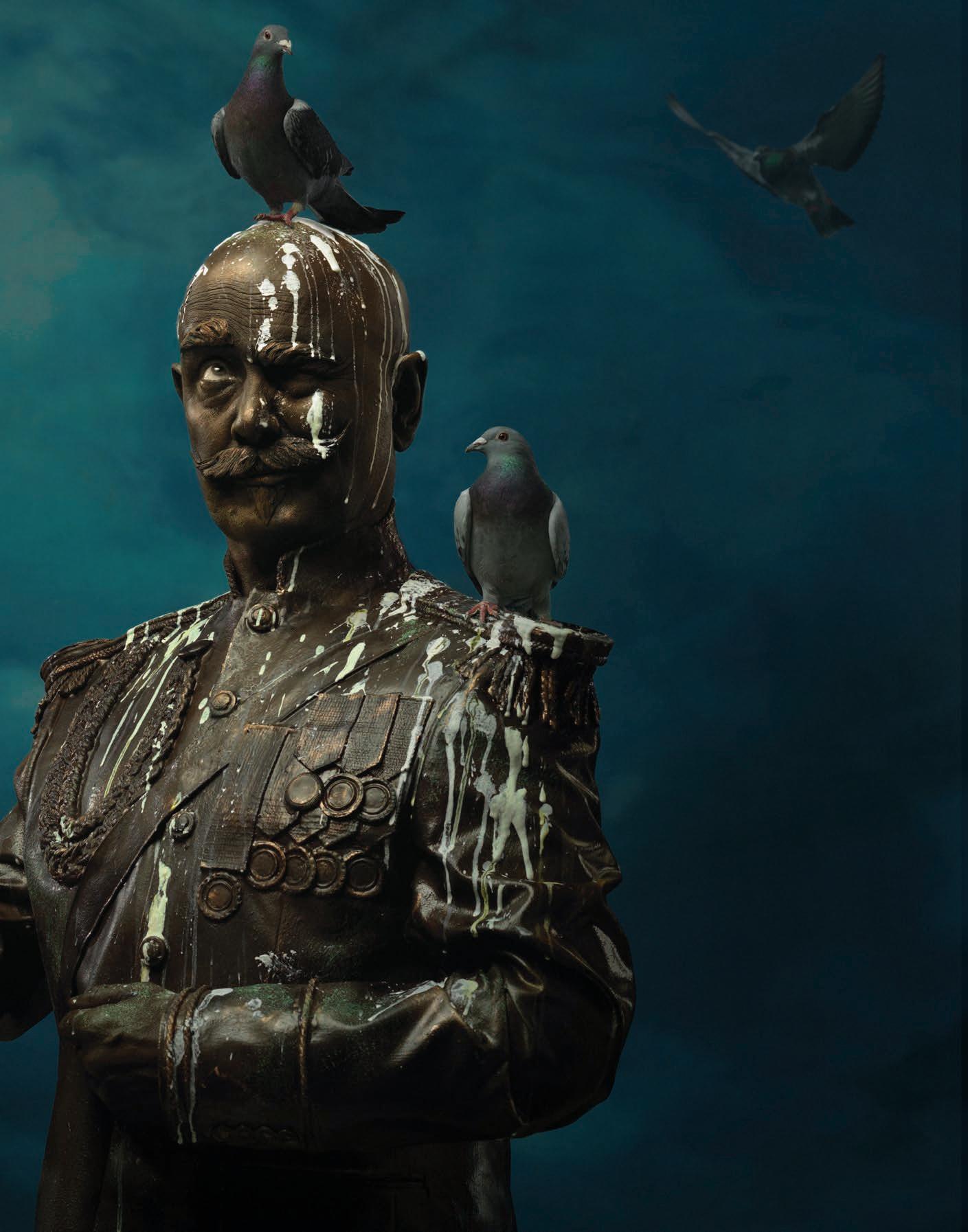
Asked to define the word hero, Mark Denton suggests a coin with ‘brave’ written on one side and ‘stupid’ on the other. The director of the COY! collective and adland legend with 40+ years in the industry, he also attributes his success to an ability to retain a childlike fondness for “stupid stuff”. He tells Tim Cumming about the wisdom of being daft enough to set up his own shop and how he sees the future of advertising
Along with its bold creative work, Mother is known for an innovative management model that favours collaboration over hierarchy and ensures that –almost literally –everyone involved in a campaign has a place at the outsized, 100+ seat table its London HQ is built around. Kate Hollowood reflects on the style and influence of the UK’s largest indie shop
Acelebration of creative heroes would not be complete without mentioning Mother. In its 21 years, the agency has changed the advertising industry with its account management-free model and introduced a slew of iconic campaigns that have infiltrated popular culture. From Orange’s Orange Film Board mobile phone series to coining It’s Pimm’s O’Clock for the Diageo-owned spirits brand, Mother’s creative output has been mighty.
“Since its inception, Mother has had an impact on culture – people still use our tagline when ordering a Pimm’s,” says partner and ECD Ana Balarin, who has been working at Mother with her husband and partner/co-ECD Hermeti since the pair joined as interns in 2007.
Like many startups, Mother was launched as a reaction against the status quo. In December 1996, Robert Saville, then joint creative director at GGT, saw that ideas were getting lost in translation between clients and the people making the work. He believed there could be a better alternative to working with clients via middleman account managers. Joining forces with three people who felt the same way – Libby Brockho , Stef Calcraft and Mark Waites – Mother was born.
“Obviously there is hierarchy, but it’s not something that is palpable on a day-to-day basis. Everyone feels comfortable to chip in.”
Cosily collaborating around a slab of concrete
The independent agency, which has o ces in London, New York and Buenos Aires, doesn’t have a traditional account management department. Instead, everybody in a team has contact with the client, including the planners, creatives and producers – or ‘mothers’ – which most closely resemble traditional agency ‘suits’. Meetings at Mother are big and discursive. But rather than slowing down the process, having everybody present to debate over details enables decisions to be made faster. ‘Everything is discussed with the relevant specialist at the table, so nothing gets delayed,’ explains Hermeti Balarin. The agency’s HQ in Shoreditch, famously structured around a huge concrete table
that seats more than 100, was designed by Clive Wilkinson Architects to enable a collaborative culture. ‘Obviously there is hierarchy, but it’s not something that’s palpable on a day-to-day basis,’ says Hermeti.
‘Everyone feels comfortable to chip in. It creates a communal experience.’
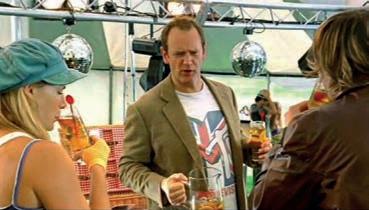

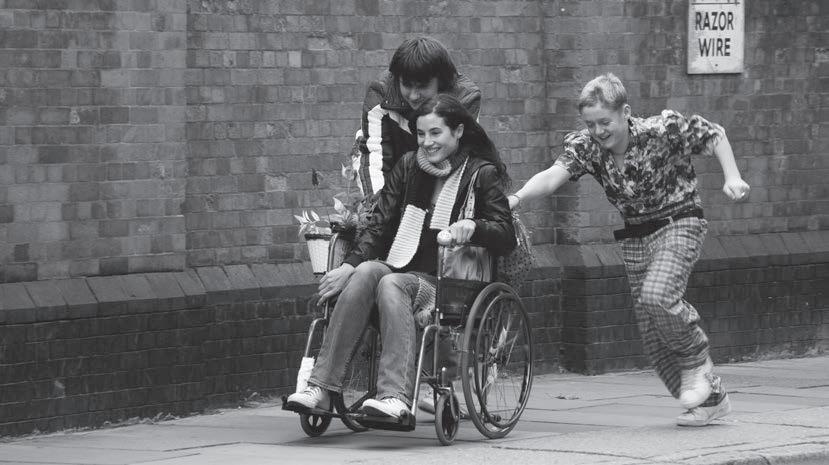
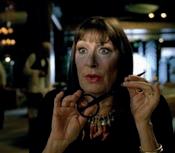
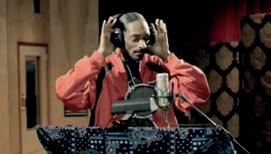
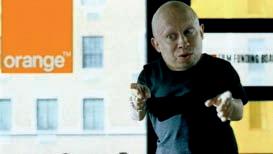
‘And by consequence everyone becomes the creatives,’ Ana chimes in. ‘Everyone has a say and an opinion on the work that goes out.’
At Mother, there’s no such thing as creative superstars, the husband and wife team insist.
The fact that many of Mother’s clients –including IKEA, Stella and Castello – have been with the agency since the beginning is a testament to the strength of their working relationships. ‘You can’t draw a line between where we end and where they start,’ says Hermeti. ‘They publicly say that the way we work is the best that it could work.’
“You can’t draw a line between where we end and where they start. They publicly say that the way we work is the best that it could work.”
Collaborating with IKEA, for example, the team created the Wonderful Everyday platform which has generated years of compelling work. “It just keeps on giving,” says Hermeti. In one spot, a dreaming woman falls through the sky, landing gracefully on her IKEA bed, while another follows flocks of T-shirts flying over snowy forests and rough seas, migrating home to their IKEA storage. Working so tightly alongside clients builds mutual trust, allowing for more heroic ideas – such as transforming a logo into a swear
word to make an apology for a nationwide fuck-up. In February this year, KFC was forced to close hundreds of its restaurants when problems with deliveries led them to run out of chicken. Re-ordering the letters in its logo, Mother’s ad read ‘FCK – we’re sorry’.
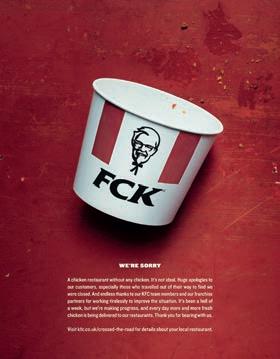
Going back a decade, another creative milestone for the agency was the creation of a feature-length film for Eurostar, despite losing the pitch for the client’s commercials. “There was one idea that we pitched that was so alluring that the client came back to us and said, ‘We want to do that piece of work with you guys’,” explains Hermeti. The script in question – presented as just a paragraph – detailed the story of two teenage boys bonding over their shared a ection for a French waitress and eventually following her to France.
There wasn’t a huge budget, but director Shane Meadows was so taken with the idea he agreed to make it with what they had and brought actors such as a young Thomas Turgoose on board. In the end, Somers Town triumphed at the box o ce, won plaudits including a Tribeca award and exemplified the success of branded entertainment years before it was the medium du jour.
In many ways, Mother has always been prophetic, with its flat structure and collaborative way of working. It is also puts creativity above all else. “Right now, trust in the old model is coming to an all-time low,” says Hermeti, describing how clients are becoming disenchanted with big agency networks and are looking for partners that are predominantly made up of creative people.
“I think many people would opt for [agencies] where they can choose who to work with and how to focus their priorities,” he adds, “and where the focus is on the creative work. Which is all that we do, every single day.” S
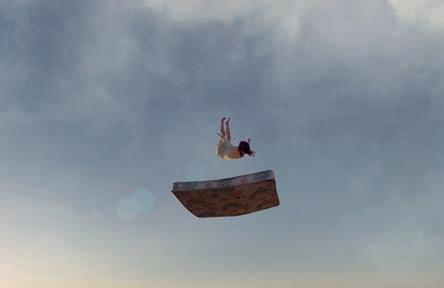
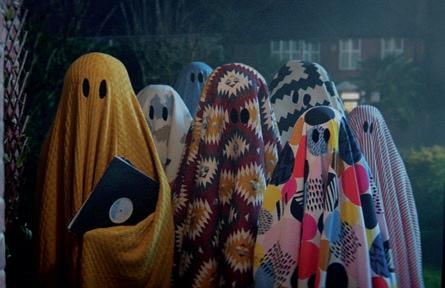
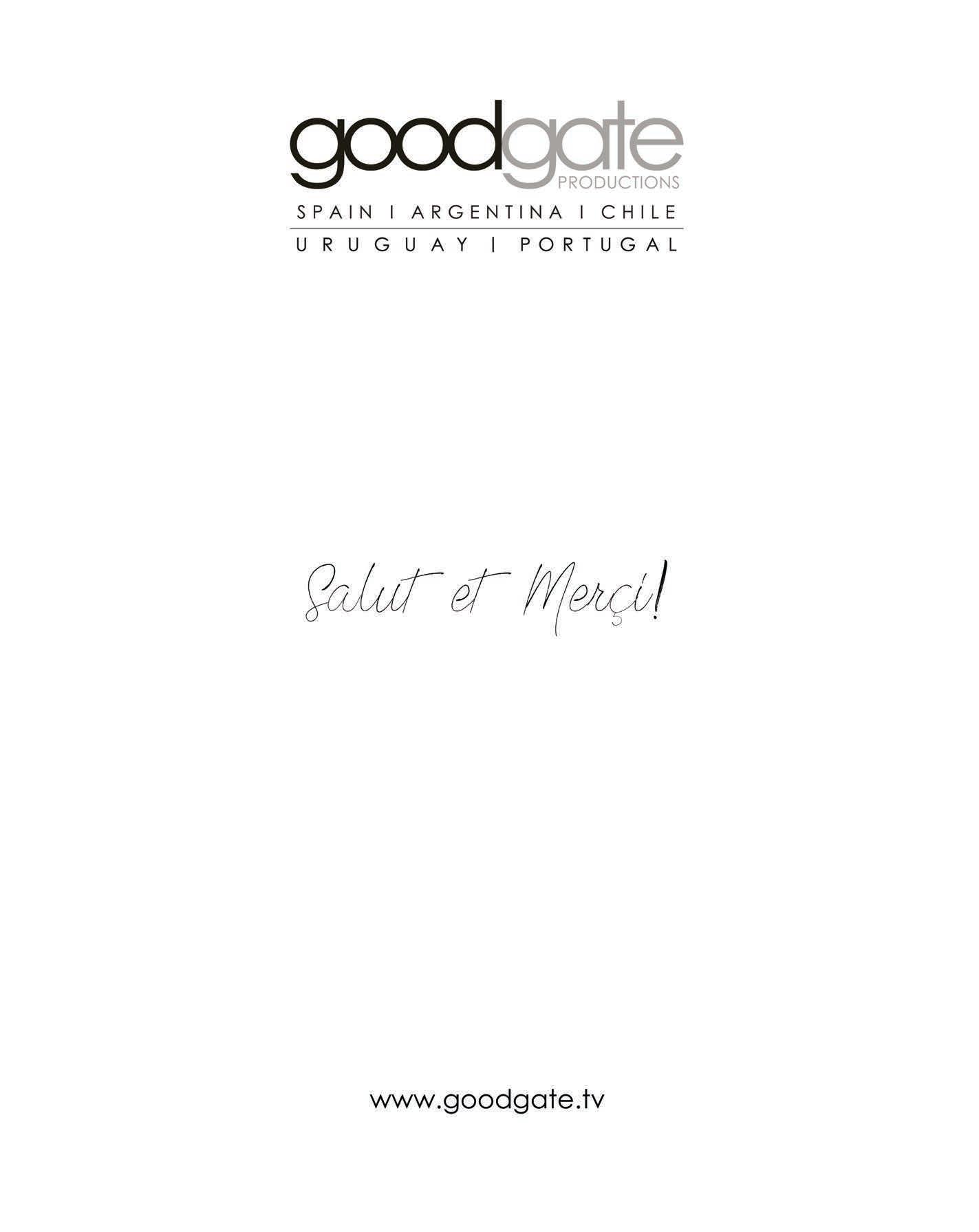





























Hit follows hit as surely as tick follows tock in the career of commercials and promo director turned cinematic auteur, Jonathan Glazer.
But perfection takes time, Selena Schleh discovers, as she reflects on the awardwinner’s timeless body of work
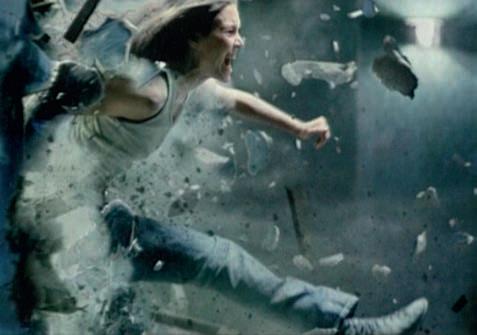
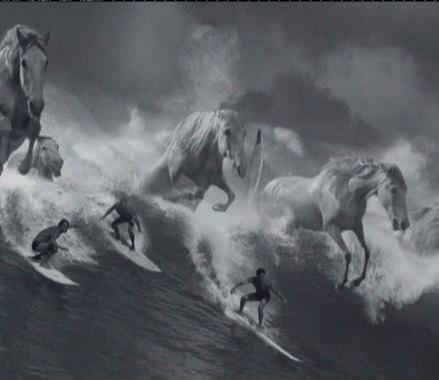
“Good things come to those who wait” is the tagline to Jonathan Glazer’s most famous commercial – but it’s a maxim that applies equally to his legions of fans. The multi-award-winning director certainly doesn’t rush his craft: in June 2017, four years after his bonkers-butbeautiful Scarlett Johansson-starring sci-fi fantasy Under the Skin (itself ten years in the making), Glazer announced, finally, that there was a new film in the works.
“I have the stringent criteria of a painter. It’s an immersion. It’s like thinking your way through to a feeling. I read that Francis Bacon once spent six months mixing black. That makes perfect sense to me,” is how Glazer described his creative process to shots in 2007, and that obsessive dedication to filmic perfection shows no sign of wavering more than a decade later.
Although his feature films number just three in 18 years, Glazer’s commercial and music video output has thankfully been more prolific. Part of the late 90s/early noughties directorial pack (Jonze, Gondry et al) behind the golden age of music videos, Glazer’s promos for the likes of
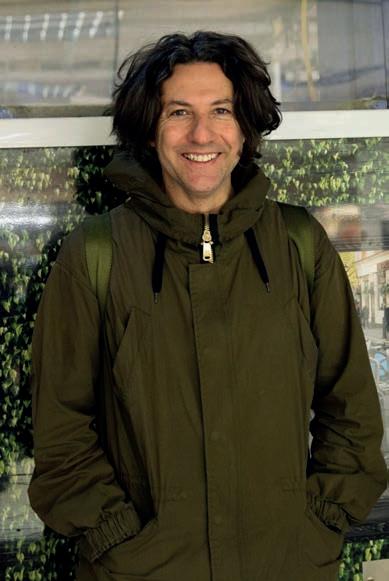
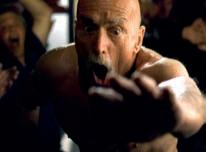

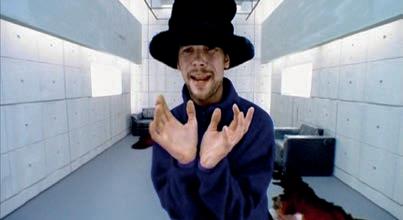

Radiohead, Massive Attack and Jamiroquai were truly mould-breaking, from the raw, monochrome brutality of Radiohead’s Street Spirit (Fade Out) to distorting the laws of time and space in Jamiroquai’s multi-TV-award-winning Virtual Insanity
As probably the closest thing that adland has to a superstar director, Glazer has shot for pretty much every big brand from Levi’s to Volkswagen; his cinematic approach paving the way for longer-form narrative commercials. Who could forget the epic comedy caper of a son dispatched to bring his father a deathbed pint in Stella Artois’ Last Orders? Or the visual magnificence of Sony Bravia Paint and its 70,000 litres of paintbombs exploding over a Glasgow housing estate?
The million-pound pint
Glazer has an entire beer oeuvre to his name, but it’s Surfer – the 1999 Guinness spot that likened the act of pouring the perfect pint to catching the wave of a lifetime – which really cemented Glazer’s place in the advertising hall of fame; after winning two Black Pencils and a gold
Lion that year, it’s still toppingbest-adsof-all-timepolls today.
It also earned Glazer the moniker “the man who spent £1m in 100 seconds”. “I don’t really spend much time thinking about the budget but I do fight for the amount of money I need to get it right,” he told shots. Budgets may have shrunk since those glory days, but the main issue with advertising now is “not enough confidence and not enough character”.
For a man once dubbed “the next Kubrick”, it’s no surprise to find Stanley on Glazer’s list of heroes, which also includes David Bowie and Charlie George. Kubrick’s influence is clearly felt in work such as Blur’s Clockwork Orange homage, The Universal, but Glazer’s incredible versatility and vision put him in a directorial class of his very own.
Not that the famously private and modest Glazer – whose interviews are rarer than hen’s teeth – would ever see himself that way. Asked about the work he’s proudest of, he told us: “There are moments I think I’ve nailed, but overall I don’t think that way.”
“I have the stringent criteria of a painter. It’s an immersion. It’s like thinking your way through to a feeling. I read that Francis Bacon once spent six months mixing black. That makes perfect sense to me.”
Like a choir that sounds greater than the sum of its parts, Vicki Maguire and Caroline Pay’s double act as Grey London’s joint CCOs seems more than twice the talent; twice the force. Carol
Cooper
’s ears are soothed by the harmony of a happy friendship; of Pay’s droll insights into “awful” heroes and Maguire’s mellifluous Dolly
Parton
moment
The thing about sex is that it’s sooo last year. It was in June 2017 that the University of Illinois, after analysing 80 advertising studies, published a report debunking the old adage ‘sex sells’. “We found literally zero e ect on participants’ intention to buy products in ads with a sexual appeal,” said the lead bo n. Nowadays, in the caring, sharing digital age, it’s friendship that sells. In e-commerce, sites that foster community building are the most successful and in the case of Caroline Pay and Vicki Maguire, the quality of their friendship gets results in a number of ways. Not only does their synced-up thinking generate a creative energy, but the fact that they have each other’s backs fosters a sense of trust and collaboration that gets the best from their 400-strong team. They also give great meetings; an hour in their company promotes the kind of warm, fuzzy feelings that would put a grumpy eskimo in the mood to buy a bunch of fridges.
The friendship began more than a decade ago when they were both freelancing at W+K London. They took to meeting up for breakfasts to chat about work and life.
Maguire joined Grey in 2009, becoming ECD in 2015, while Pay went on to build her career at BBH, becoming deputy ECD in 2014. When she left in 2016, Maguire and Leo Rayman, Grey London’s CEO, approached her and suggested the two women team up.
So what have they learned about each other since teaming up? Pay says they’re even more alike than she’d thought they’d be. “Totally,” agrees Maguire. “We finish each other’s sentences,” Pay continues, “but also what’s lovely about working together is that we can always get a flipped, or refreshed opinion on something, a di erent point of view. Obviously Vicks is funnier than me, and a better writer.” “Shut. Up,” Maguire snorts.
“…what’s lovely about working together is that we can always get a flipped, or refreshed opinion on something, a di erent point of view. ”
Punk art and a post in Parliament I ask Pay to reveal her heroes: customarily e cient, she has three written down: Firstly, her mother. “When I was about 20 my mum started her career and she became the first ever female serjeant at arms (Parliamentary o cial responsible for keeping order at the House of Commons). So as I was getting into advertising, she started climbing the ladder. It was lovely to have that parallel stage in our careers.” Maguire chimes in, “I love that story.” It’s a joy to watch their friendship at work. Though each is hearing anecdotes the other will have heard before, they still listen to each other; laugh at the same jokes. There’s no interrupting or correcting; one will be relating a story, the other will augment it. Pay says the thing about heroes is you don’t always recognise they’re your heroes until later on. Which brings her to her second choice: Tony Cullingham, her tutor on the Watford advertising course. “I thought he was an awful, awful human being. He played
mind games and because we were naive students we didn’t get it. Now I see he was phenomenal at pushing us and getting us used to rejection.” Her third hero is Robert Saville, founder and chairman at Mother – where she worked from 1998 to 2005. “He was a rule breaker; he was driven by doing whatever the opposite was of what the industry was doing.” A disregard for rules is something that both women share. One imagines if they’d met at school they’d probably have been expelled together for some gloriously creative misdemeanours. Among Maguire’s heroes is the anarchist artist Jamie Reid whose ransom-note style album covers for the Sex Pistols helped define punk iconography. “He’d photocopy everything. Everything was ripped and angry and had a real energy to it” The fact that she couldn’t draw didn’t deter Maguire from going to study fashion at art school. She managed to get onto Leicester Poly art foundation with photocopy art. Pay chips in with the fact she went to Croydon College and they both chortle at their humble alma maters. “Rebel 80s artists like Jamie Reid and Keith Haring really inspired me,” continues Maguire. She got





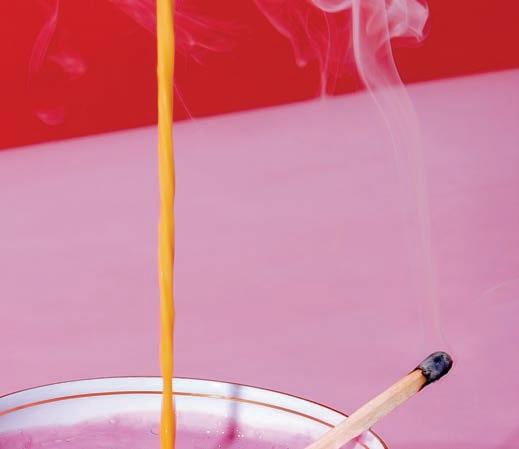
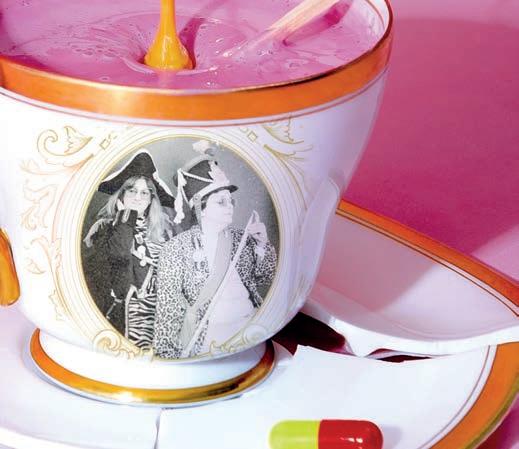

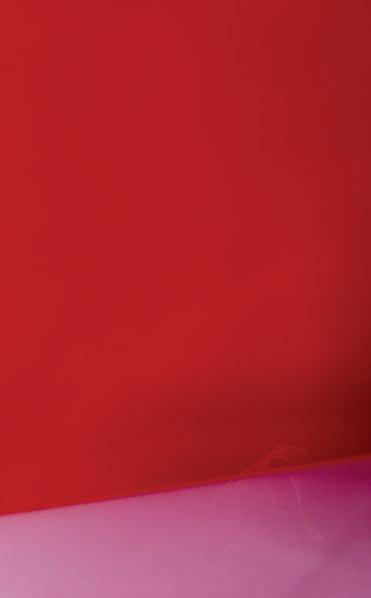
“The reason this partnership works, and I don’t know if it’s a female thing –I think not – is that we have got big egos, but they’re not working against each other. We’re not in competition.”


into fashion and says she “was shit at it” but met some good people. “Paul Smith told me to stop trying to draw and to write my ideas down instead. So I wrote in longhand what I wanted to make, what I wanted to style, instead of drawing it. Suddenly I realised I didn’t need to have been to Oxford to be able to write. So although I’m very much ‘comma when you need a breath; full stop when you need a fag’ sort of writer, I could make myself understood because I’ve got a good ear.” Smith got her into writing press releases then, while working for designer Ted Baker in the same o ce block as Howell Henry, she encountered two more heroic mentors: Dave Buonaguidi and Trevor Robinson. They invited her to sit in on brainstorming sessions, “I was like ‘you get paid to sit around with your feet on the table surrounded by books and toys thinking up ideas?’” This appealed; so at 28 she left fashion and volunteered. “I was probably the oldest intern ever and just hung around and said ‘I’ll do that, I’ll do that!’ and lived on toast and tea bags for a year.” She’s indebted to Robinson for helping her get a book together and to Buonaguidi for getting her involved in projects. “Looking back, they were at the top of their game in an agency that everybody would kill to get into and they were giving me their time; this kid who’d maybe give them a couple of shirts Ted Baker couldn’t sell. That generosity is just next level.”
I ask each of them what is the most heroic thing they’ve ever done. For Pay it’s “accelerating in my career post having a baby and now being a single mum as well. For me it’s about asking for help, setting boundaries and showing women – and men – in this agency who want to have happy families but not handbrake their careers that it is possible.” They are both exponents of work-life balance. Maguire believes in not apologising for having a life after work, “because basically everything you learn outside, you bring into work, it makes you a more powerful creative.”
“I’ve been in agencies where you are either in one camp or another, we don’t need that. We don’t need to point score. We have a job to do, it’s not about us.”
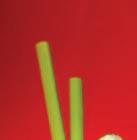




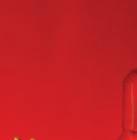
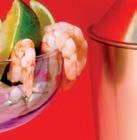



The bravest thing Maguire has ever done is resign via the medium of a Pret-a-Manger napkin. She was at DLKW, the agency who’d done the Halifax ad with a sta member singing ‘Extra’ to the tune of Tom Jones’ Sex Bomb and were planning a follow-up that Maguire felt just tipped over into extreme na ness. “We were in a client meeting and
one of the CDs said, ‘we’ll get Dolly Parton’s Jolene and we’ll get Vicki to change ‘Jolene’ to ‘Savings’?’ He gets a guitar out and starts singing ‘savings, savings, savings, saviiiiiiinnngs’.” At this point Maguire gives a full-throated, note-perfect rendition of the country classic that leaves Pay and myself aghast: “Why do you say you can’t sing, babe?” says Pay, but Maguire’s in the story... “So there I am, in the meeting thinking, ‘what the fuck…?’. I got a Pret-a-Manger napkin and wrote ‘I resign’ and pushed it towards the CD and he’s like [she gives a comic rendition of the singing CD’s disbelieving gu aws]. So I get another one and write, “no – comma – I resign!” and pushed it towards him. That was good. I was out within a week.”
They both say they’ve done quite a lot of resigning and that it’s a positive thing to leave a job if it’s not helping you shine. “I had eight months between BBH and Grey, and after all the drinking and crying and watching Game of Thrones in my pants and playing Adele in my pyjamas…” – “She was playing Adele on the piano in her pyjamas,” adds Maguire wryly – “after that I went and did a load of interviews and there’s nothing better for your confidence than going out and selling yourself. You start believing your own hype.”




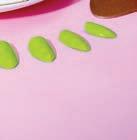





Maguire and Pay talk about the idea behind their portrait:
“It’s a punk take-over of a commemorative classic; the Royal collectors mug. Our very own Kweens of Grey celebrated in all the pomp and ceremony they deserve, then dolloped with mustard and decorated with prawns.
With a respectful nod to tradition, it’s also breaking the mould and pushing things forward, creating new boundaries. What better way to celebrate shots?
It’s a big, bold, pink reminder why we’re here, doing what we do.”
And what of their anti-heroes? Pay is ready with, “old fuckers who’re holding on by their gnarly fingernails” and who won’t accept the industry is changing; and women who play on being ‘girly girls’.
“I once worked with a CD and just before we went to present to a client she hoiked her boobs together.”
Maguire indulges in some comic mammary-hoiking mimes to bawdy LOLs all round. She agrees with Pay’s hall of infamy, adding “those in this industry who are complicit in covering up unacceptable behaviour. In every big agency, HR is sitting on folders of people who should be sacked/demoted/called out, or at least questioned. Also those who’ve climbed the ladder and pulled it up behind them.”
Loyalty and respect are crucial to the duo’s working practice; they are clearly each others heroes and stronger for it. “The reason this partnership works,” says Maguire, “and I don’t know if it’s a female thing – I think not – is that we have got big egos, but they’re not working against each other. We’re not in competition. Our teams know there’s no splitting us up and going to the ‘other mummy’. If I say something, they can’t go to Caroline for a di erent answer, or to split allegiances. I’ve been in agencies where you are either in one camp or another, we don’t need that. We don’t point score. We have a job to do, it’s not about us. It’s about them and the work. We don’t need any more awards, it’s not the Caroline and Vicki show.”
The Caroline and Vicki Show sounds like a ratings winner. Long may it run.
This issue is, rightly, filled with a host of hugely talented directors and creatives that, over the years, have proved to be a cut above. But one man who is neither director nor creative but who has had a huge impact on the creative commercials industry is former BBH head of production and now global president of Pulse Films, Davud Karbassioun.
Karbassioun started his career in the 90s as a runner organising the directors’ reel video library at Leagas Delaney, where he got the taste for filmmaking. “I remember watching the work of four filmmakers in particular,” he says, citing Spike Jonze, Michel Gondry, Jonathan Glazer and Chris Cunningham, “I immediately fell in love with it. It was at that point I realised that if I could be in an industry working with and supporting people of that talent, I’d have the best job in the world.”
Karbassioun went on to work at BBH, spending 15 years as, progressively, agency producer, head of film, managing partner and head of production, also helping to launch BBH’s in-house production arm, Black Sheep Studios. Through his time at BBH, Karbassioun was instrumental in continuing the agency’s lineage of expertly crafted films and built solid and successful relationships with some of the industry’s finest directors. The brilliant work he has had a hand in includes Lynx Gone Fishing, Levi’s Dangerous Liaisons, Barnardo’s Life Story, The Guardian, Three Little Pigs and Virgin 9.58 Seconds, to name but a few.
“My biggest hero is Ringan Ledwidge,” says Karbassioun, of the man who helmed three of the above five spots. “Without a doubt the most talented filmmaker I’ve worked with. I essentially built a career off the back of the work we made over my years at BBH.”
Despite being part of shots’ heroes issue, Karbassioun says, “I’ve never done anything heroic. I’ve just always backed the right people, the best people. The real heroes? I’ve either chosen to work for them or hired them. Simple. I’m working with two of them now at Pulse Films: Thomas Benski and Marisa Clifford [joint CEOs and founders].”
As for whether those creative heroes are still being bred today, Karbassioun thinks they are but that they have to decide – and be allowed – to take creative leaps. “I think anyone not taking risks is playing a part in making our industry that little bit shittier,” he says. “The one thing I’ve learned for sure about our industry is that no one really knows anything for sure. Embracing that is the key. In the words of another one of my heroes, Ice Cube; “If it ain’t hard, it’s weak.”
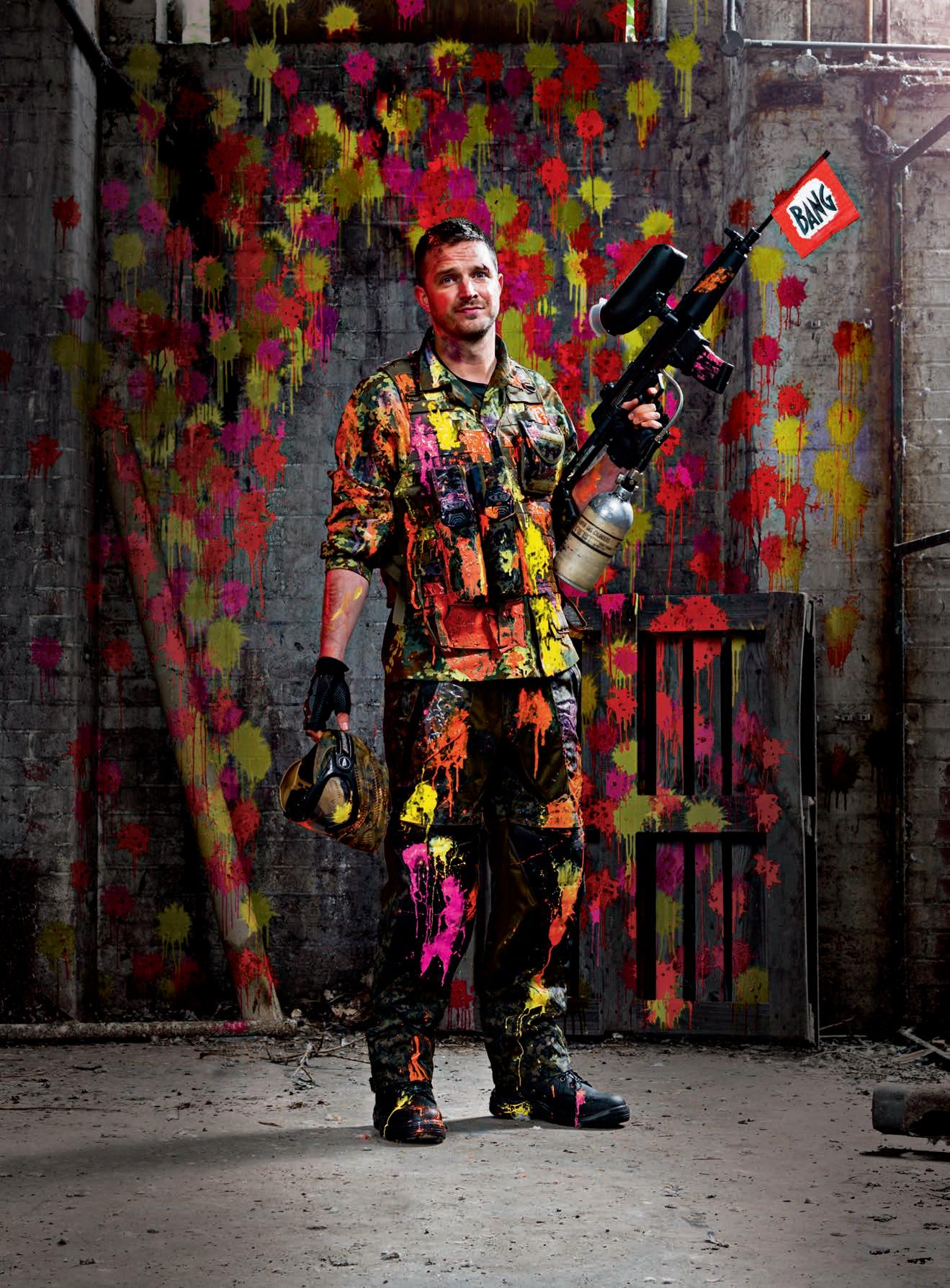
As a young runner, Davud Karbussioun, now president of Pulse Films, always thought that a dream job would be supporting talent like Glazer, Gondry and co. Then Ringan Ledwidge made his dreams come true. He tells Danny Edwards about the importance of backing the right heroes
In 1999, Stéphane Xiberras left behind a career as a freelance scriptwriter for Les Guignols, France’s equivalent of Spitting Image and joined BETC. His persuader into the industry was Rémi Babinet, BETC’s founder, who told him he’d be a brilliant CD. He was, and, as CCO and president from 2007, he helped take BETC to pole position in France. But wind back to his early years and you find no heroes, just superheroes. “I wanted to be a mash-up of [Marvel Comics’] Stan Lee and Bono,” he says. “I know, what a joke. Stan Lee because I’ve been a huge fan of comics since I was a kid. What I loved about superheroes was they had superpowers when they wore their capes, but super-shit lives when they put on their suits every day.” As for Bono, he declines to expand, but turns to another arena for heroic acts, the comic strip. “Just like Netflix now, I’d binge-read the comic strips in the newspaper, crumbling pain au chocolat all over my parents’ paper, staining it with greasy fingers, eagerly turning the page to find out the next improbable move of my favourite superheroes.” Improbable moves are key to great heroes and often great creatives, too. Xiberras has made plenty of them over the years, as the man behind iconic spots for Canal+ such as The Closet, The Bear and Unicorns, each benefiting from the creative use of improbability. And it’s from Stan Lee’s Spider-Man that he draws a thread of superhero wisdom that’s served him well. “I’ve always thought the saying 'with great power comes great responsibility’ [attributed to Uncle Ben in Spider-Man] is a phrase people in our industry should have tattooed on their skin,” he says. Industry icon Bill Bernbach gets quoted too. “Let us prove to the world that good taste, good art and good writing can be good selling.” Heroic words that demand heroic deeds.
Budgen, Bernbach, Droga and Hegarty all number among the heroes who’ve inspired Stéphane Xiberras, He’s also taken lessons in life from Marvel Comics superheroes and, most importantly, he took his wife’s advice and joined BETC in 1999. The Parisian powerhouse’s CCO and president tells Tim Cumming of the poetry of ‘zag’ and fears for a future of algorithm vs intuition
When it comes to industry heroes, the name of John Hegarty stands high. “I was mind-blown when I first saw ‘When the world zigs, zag’ and wanted to find out who was behind it. [Hegarty art directed the Black Levi’s ad, while Barbara Noakes wrote the tagline]. BBH and John Hegarty inspired me the most in the beginning.”
Another piece of work that assumed hero status for Xiberras was the Frank Budgen classic out of TBWA\London, 1999’s Double Life, for the launch of Sony PlayStation in Europe. “I’m a huge gamer you know, and there it was – the writing, the concept, the signature and Frank Budgen’s direction really knocked me o my feet.”
He then enthuses about David Droga, another giant in Xiberras’s superhero universe. “When I discovered the Tap Project for Unicef I thought to myself, this guy is inventing a new form of advertising. Same thing for The Great Schlep for Obama’s presidential campaign. Finally I saw [Prudential campaign] Day One and just said to myself, ‘All right, just give up, the guy is a genius and there’s no point in fighting it.’”
“…the writing, the concept, the signature and Frank Budgen’s direction really knocked me o my feet.”
The importance of improbability
Of course, he fought on. But ask him about his own acts of heroism, and he demurs. “I was anything but brave earlier in my career,” he says, recalling how at first he ducked the chance to join BETC. “I told my wife I’d rather die than work there. ‘They’re mad!’ I said. She replied, ‘If you don’t go, you’re the mad one.’” So he went. And he relishes the madness. Almost 20 years on, where does he see the caped crusaders of the industry’s future?
“I worry when I think about where the finance-focused networks want to take our industry,” he says. “If the competition between agencies becomes a competition between algorithms, we might soon see the Deep Publicis 3000© in rivalry with BETC Creative Intelligence™ or Ogilvy Companion 3.5.”
In this digital dystopia of non-human
non-heroes, the agencies sell AI to clients, then charge for adaptations and updates. It’s not an environment for improbable moves, or shakers and movers. So what to do? Who’d be the heroes in this scenario? Xiberras ruminates.
“The creatives who would manage to put advertising creativity into equations,” he says. “But it would ignore the most important part of all business and of all applied arts – intuition.” Intuition, then, is the hero of the hour. For Xiberras, advertising’s villains are in plain sight; they may be sitting next to you, or gazing down from the executive floor. They are those “who’ve never heard what Bernbach said; who’ve never appreciated the poetry of ‘when the world zigs, zag’”. People without intuition, in other words. So when they zig, you know what to do –just zag, like heroes do. S
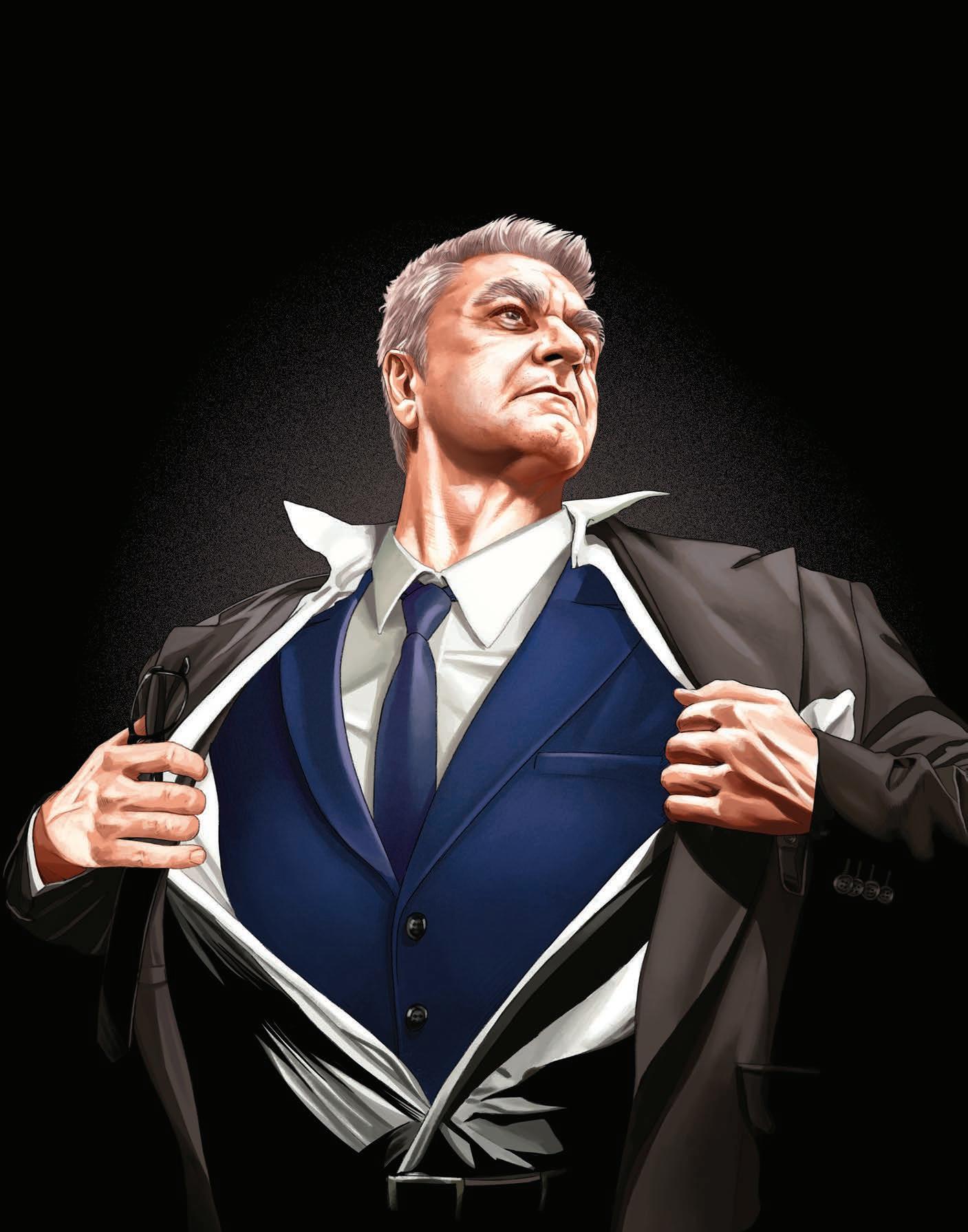
“I was anything but brave earlier in my career. I told my wife I’d rather die than work [at BETC]. ‘They’re completely mad!’ I said, and she replied, ‘If you don’t go, you’re the mad one.’”
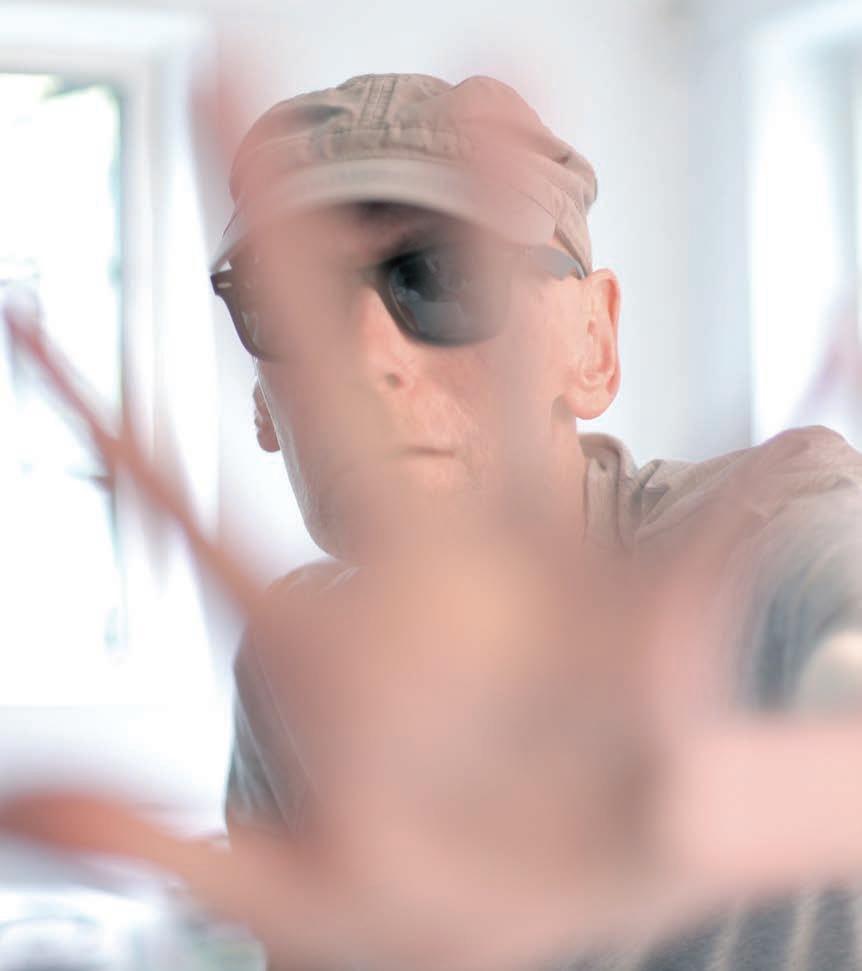
“Though I’m known mainly for my commercials, I’ve probably spent as much time on other more personal projects… I still play around with a keyboard and bits of software. I often do a guide track to edit to. I’ve done sculptural pieces based on the sun.”
No list of advertising heroes from the last 20-plus years would be complete without mention of one of the industry’s most inspiringly creative directors; Frank Budgen.
Initially an agency copywriter, Budgen started his career at BBDO London, before moving behind the camera full-time in 1991. A director at, and co-founder of, production company Gorgeous, he was known for outstanding work such as Nike Tag, the PlayStation spots Mountain and Double Life, Guinness Snail Race, Reebok Escape The Sofa and NSPCC Cartoon, to name just a few. He was also recognised as the industry’s most awarded director, alongside Tony Kaye, at D&AD’s 50th anniversary awards show in 2012.
In an interview with shots, shortly before his sad death in November 2015 after a long battle with leukaemia, Budgen reflected on his career and life. “Sometimes I wish I’d maybe done something more
Famously modest, private and, at times, unfathomable, the late Frank Budgen told shots that as a child, he had no aspirations and nobody expected anything of him. And yet, he went on, in his brilliant career, to exceed all expectations. Danny Edwards reflects on the range of his talents
useful or helpful to others or to the planet in some way,” he told contributing editor, Carol Cooper. “But I guess I’ve always been too attracted to the gloss and glitter of society, which I think is called culture or the arts.” He also discussed his interest in the technical aspects of being a filmmaker and how a camera could enable a whole host of styles and approaches; “I’ve pushed cameras, lenses and stock to their limits and beyond,” he said. “Opened the camera or shone light into it while it is filming. Tampered with their mechanisms, used a jam jar for a lens, or sound tape for film. Other times I have shot completely clean, occasionally using just one lens for the whole job.”
Frank’s multiplicity of Double Lifes: from sculptor to musician And Budgen was multi-talented. As well as being a visionary director, he was also highly skilled as a photographer, artist,
musician and some-time-inventor; “Although I’m known mainly for my commercials, I’ve probably spent as much time on other more personal projects. I still play around with a keyboard and bits of software. I often do a guide track to edit to. I don’t tell the agency it’s my music and never push it, but once or twice it has nearly ended up as the final piece… I like to work in a random, sometimes chaotic way, whenever I can, making copious notes and conclusions that I never again refer to. I have done a few sculptural pieces based on the sun. And one pretty ambitious one based on its shadow, which would commemorate an annual event, ideally in a large public area, that I would like to get commissioned. I also have another, equally ambitious one, that would need a very large indoor space, like the Tate’s Turbine Hall.”
Budgen’s words and remarkable works are still greatly missed.


“T
here’s been more change in the way women are treated over the last year than in my whole life and career,” says Rosie Arnold over co ee near her o ces at AMV BBDO, where she moved from BBH in 2016, after 33 happy years, to take up the reins as creative partner and head of art.
Arnold was only the 11th employee at BBH when she joined in 1983 after studying fine art at Central Saint Martins, and her roster of great work since then includes award-winning campaigns for the likes of Pretty Polly, Levi’s and, most famously, the Axe account, including Lynx classics such as Ideal Woman She became creative director in 1999 and deputy executive creative director in 2008, both significant milestones for women in the industry. “When I came into advertising, it was very male, particularly the creative department,” she says, “and it still is, though there’s definitely been a push around what can be done to correct the balance.”
As the first female president of D&AD for its 50th anniversary in 2012, she ensured parity for women on its jury, and secured the presidency for Laura Jordan Bambach two years later. But it was the demands of public speaking as president that Arnold cites as being her own most heroic moment. “It was a great honour and privilege to be president of D&AD, but talking to thousands of people globally, that was heroic for me. And throughout my career I have tried to do things that pave the way for other women. I have smashed the glass ceiling. I’ve tried to bring women on board. To me, all that is heroic.”
Handing over the baton in the long-distance diversity relay
Even Rosie Arnold – an icon and inspiration for all women in the industry – needed help from a fellow female to get her first break. Now, the creative partner and head of art at AMV BBDO tells Tim Cumming, she’s happy to be in the ideal position to preach – and practise –sisterly solidarity
At art school, her heroines were from the world of design, the likes of Margaret Calvert, creator of the typography for Britain’s road signs. “Another heroine, who was an art director at CDP, was Judy Smith,” she says. “I wouldn’t have my career without her. I had gone round all the agencies showing my portfolio and they were all men, and men and women like di erent work. I felt comfortable coming back to her and she really helped me get my portfolio together.”
The disparity between males and females in creative roles is something she has seen throughout her working life. She believes there is a simple systemic reason for it.
“Until we have redressed the balance of who is responsible for buying the work and awarding the prizes, we’re not going to get a balance of women coming in.”
“Everyone thinks they can be creative. I mean, I don’t go in and tell the surgeon how to operate.”
Joining BBH as a junior art director around the same time that Ridley Scott executed the first Apple spot (featuring a woman shattering a glass screen rather than a ceiling) Arnold found a camaraderie among her fellow female creatives, including the copywriter behind the iconic Nick Kamen Levi’s ad, Barbara Noakes. “We had a larger proportion of women in comparison to other creative departments,” Arnold says. “Having figureheads in the department who were women does encourage other diverse people into that area, because they feel comfortable in it.”
John Hegarty cast his own special spell, too. “He became not only a hero but a guru for me,” she says. “He’s constantly curious, and challenging himself, and doing di erent things.” Mention of Hegarty raises the spectre of one of the bêtes noires she’d like to banish from the industry. “He used to tell me about being in meetings where the junior marketing director would o er suggestions. So you have someone with no creative ability telling John Hegarty what to do! Everyone thinks they can be creative,” she says. “I mean, I don’t go in and tell the surgeon how to operate.”
Her other villain is reach. “I’d like to edit all the great commercials to 15 seconds and show clients you’re not creating a brand, you’re not creating a conversation, you’re getting reach but you’re irritating the hell out of people.”
The diktats of Facebook’s algorithms may demand brand naming within three seconds or less, but it’s destroying the pleasures of impact. “I still believe in the relevance of a great creative idea that emotionally engages someone,” she says. “You have that, and they’re going to love you, because you’ve entertained them. But you need the story. So my Room 101 is the idea of 15-second reach and that being the only tool I’ve got to talk to people.”
As for her heroine of the future, that’s easy – her lodger.
“I was asked to help a young woman with a scholarship at the School of Communication Arts, Megan Egan. She’s living with me, for free. I believe in her, she has a scholarship, she works all the hours God sends, and she’ll be so mortified, but Megan, you are my future heroine.” S

“Throughout my career I have tried to do things that pave the way for other women. I have smashed the glass ceiling. I’ve tried to bring women on board. To me, all that is heroic.”
The legendary BBH co-founder, Sir John Hegarty, doesn’t really have heroes –at least not human ones. He worships ideas, not the personalities behind them, who all too often reveal
their human
flaws.
His main idol, though, is creativity, something he’s seen rise and fall in reputation over the many decades he’s been making award-winning work, from Levi’s sexy Laundrette to the same brand’s risky Flat Eric. But his own creative drive has never waned, and even now he’s still asking, what’s next?
I came into the industry in the mid-60s –a terrifying thought – but our inspiration then wasn’t coming from anyone in the UK. It was coming from America. It was a great time of agencies like Doyle Dane Bernbach and people like [founding president of Wells Rich Greene] Mary Wells. But I’m wary of naming heroes because I admire what certain people do, what they actually create, rather than who they are.
You put people on pedestals and then they have an ability to fall o , but a great idea doesn’t. A great idea is a great idea. It has an integrity to it. It has a course of action around it. It has a path it follows and, to me, the heroes have been the ideas, not the people.
I think that’s why looking at work and talking about work is more interesting than idealising individuals, because, in the end, they’re flawed. I’m a great admirer of Picasso, obviously, why wouldn’t you be? But I’m not sure he was a very nice man, so why would I put him on a pedestal?
One of the great tragedies of life is you realise bad people can do great things.
I suppose Bernbach was the man that most ofus talked about, in terms of what he stood for, what he believed in, how he put that into action. In a way he invented modern advertising. The idea that you could create something that was smart, witty, clever, but inclusive and, fundamentally, told the truth. That was the brilliance of his thinking. People’s perception of advertising [was that] it was there to hide
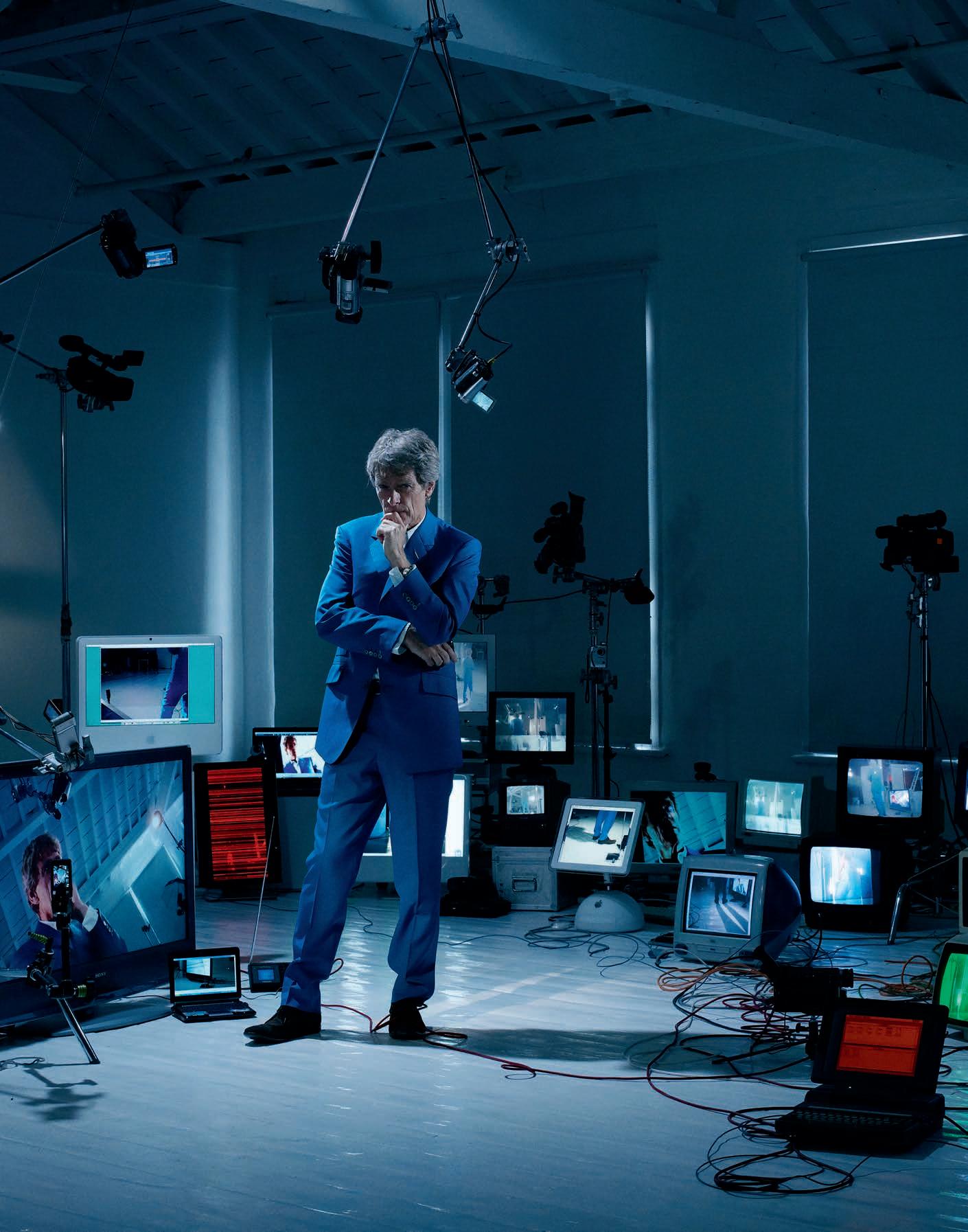
“The idea that you could create something that was smart, witty, clever but inclusive, and told the truth. That was Bernbach’s brilliance.”
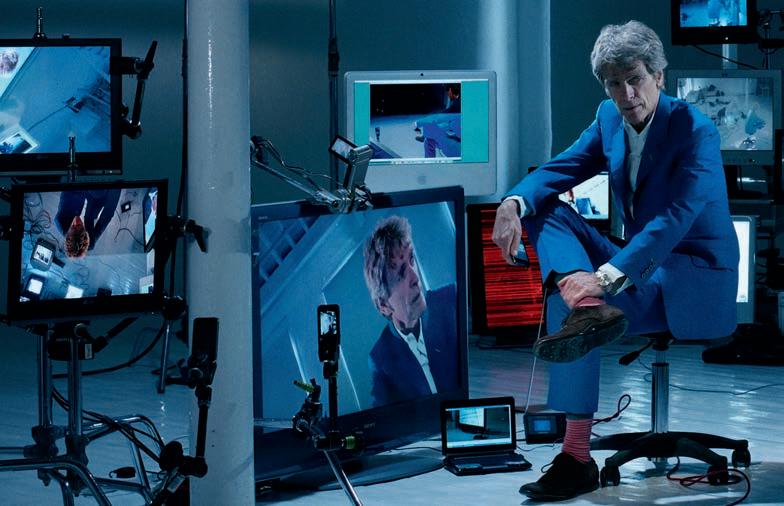
“Reputation is a dangerous thing. It entraps you. It’s a web. It’s very nice, very pleasant to be called very successful and all of that, but I’m more interested in doing something else.”
the truth, to confuse you, to sort of… lie to you. But Bernbach said quite the opposite. That it should be about telling the truth because that’s how you develop a long-term relationship. That’s what he wanted for his brands.
It’s always been a mystery to me why the revolution didn’t continue, why it didn’t spread out, why America went into a creative funk for around 15-20 years. I was in New York, at TBWA, at the time – this was in the mid- to late-70s – and I remember going to a new business presentation with Quaker. We had put together a reel of stu that we’d been doing, and it was mostly visual [and] at the end of it, this guy from Quaker, who was the senior marketing director, said, “Well, that’s a really interesting presentation, very creative, but creativity went out in the 70s.”
Creativity was viewed as just a fashion, you know, like flared trousers – until people like Wieden+Kennedy came along and reinvented creative thinking.
I’ve always said there are only two great agencies, Doyle Dane Bernbach and, here in the UK, Collett Dickenson Pearce. CDP in the 70s was a highly creative agency, but they took creativity to the masses. They showed that creativity worked for big brands, mass audiences. I think Bernbach created modern advertising and the use of creativity, but CDP took it to the people, and I think that didn’t happen in the States.
The other thing that’s interesting about America is, in the end, the creative revolution never came out of New York. It came out of Wieden+Kennedy in Portland, it came out of Fallon in Minneapolis, it came out of Crispin Porter in Miami, it came out of Goodby Silverstein in San Francisco. New York was, in many ways, a bit of a creative desert, and people often talked about New York as being the business of advertising, whereas the rest of America was the creativity. Of course, in the 60s, it had been there in New York, but it died, and then 15-20 years later, it was picked up again outside of New York.
You’ve also got to remember that in the UK creativity was a slightly dirty word in the 60s. There was soft-sell and hard-sell, and creativity was seen as soft-sell. And you got the McCann Ericksons and Masius Wynne-Williamses, all those sorts of agencies, saying “We are hard-sell,” and clients loved all of that talk. They thought that was the [right] kind of talk. Nobody once said, “Actually, we’re soft-sell.”
What happened is CDP and agencies like BMP, which started in the late 60s, early 70s, had a great belief in the creative product and understood that it was powerful. Gradually, these agencies started creating work that people talked about.
I was never a great fan of David Ogilvy, but I do think his line – “You’ve got to remember, the consumer is your wife” – was a great observation about remembering what you’re advertising and who you’re advertising this to. I thought it was very, very insightful.
At the beginning of the 80s there was a very interesting creative renaissance going on in America. The people were wonderful, but the thing that interested me was what they were doing, not so much what they were saying. You looked at the bravery of the work, at what Fallon had created, BMW and things like that, and you thought, “This is really great. America is catching fire again.” You need that kind of competition.
You always know when a piece of work done by another agency is great because, actually, you hate it. You actually fucking hate it. And the reason you hate it is because you didn’t do it.
Talking about heroes in terms of ideas, looking back there’s Carling Black Label’s Dambusters, British Airways’ Face. They were big and wonderful, and they pushed the industry forward.
I constantly say principles remain, practices change. Through social media, do something great and it gets picked up and put out there. So you could argue that today it’s easier [to make an impact] because it allows great work to be talked about. The problem is, we’ve lost faith in doing that great piece of work. This idea that stalking the customer is a great way of developing a relationship, being tracked through your digital engagement. Is that a great way of developing a relationship with someone? I think not.
If you look at television or movies, or if you look at the gaming industry, what they’re doing is employing more and more creativity. Yes, they’re using technology, but actually, it’s better writing, better direction, better casting, better storytelling. It’s all of those things that make it better. Our industry seems to have gone backwards.
I’ve always maintained that, deep down, all marketing directors want advertising to be a science. I think they want to have the predictability of being able to say, “Look, I put X in and I get Y out.” They want to be able to go to their board and say to them, “We’re going to invest this much in advertising. I’ve got the formula, here it is. Put that in, and you’ll get that out.” But it’s not a science.
We’ve got people now in our industry called creative technologists. I’ve got no fucking idea what a creative technologist is, and I’ve yet to find somebody who can explain it.
We’re creating a world of generalists, not specialists, and I go against the grain in the sense
of I want people to specialise, I want you to be a great writer. I want you to be a great art director. I want specialists, the kind that are fucking good at what they do. Now, the only thing you’ve got to make sure of, in your specialisation, is that you’re as close as possible to having the idea, because we do live in a world where, there’s no question, technology’s going to take away more and more things that people do. The one thing it’s not going to take away is having an idea.
I think technology has become a villain because it’s been sold to us as the solution to all our problems. It’s not. It’s a wonderful tool, but it needs an idea.
I would say, today, that money has also become a villain [in the advertising industry]. Money should be a tool, not a philosophy.
I’ve done very well out of the industry, but when we set BBH up, the idea that we would sell it within five or 10 years would have been nonsense. We never talked about the money. We talked about what could we do, how could we make the work better, how could we make ourselves more e ective to our clients, what could we do to improve the quality of our creativity. That was what drove us.
You realise how few people coming into the industry understand the history of advertising. I mean, if you study architecture, the idea that you could come out of architectural school and not know who Frank Lloyd Wright is, is close to farcical. Or if you studied fashion and you didn’t know who Coco Chanel was. I guarantee you the number of people who will not have heard of Bill Bernbach, will not know about Mary Wells, it’s just frightening. How can you get better in an industry if you don’t understand where it’s come from, and what it’s done, and how it got to where it is today?
I suppose setting up BBH [was my bravest creative decision]. We were at TBWA, they’d just been named agency of the year, the business was very good, and we were doing wonderfully. Why would I give all that up?
We [set up BBH] because, deep down, we felt we could do it better. Being in control of your own destiny, I think, was probably the driving force.
People often ask, “Do you learn from your mistakes?” and I say, “Absolutely not. No.” All mistakes I put to one side and keep going forward. What am I going to learn? All I’ll be aware of is being intimidated by the mistakes.
Most people in the agency thought the idea [Flat Eric, for Levi’s] was mad. It was like, “John, are you sure about this? This is Levi’s, you know?”
And I wasn’t sure. But I felt that it could be great. And it would be so di erent that it would get people to notice it. But that could’ve been, “Oh, Hegarty’s fucking lost it. He did all those other ones, but it was obviously a bit of luck. He’s done this flu y yellow puppet.” But it did work.
My only regret is I really wanted to get the back cover of Vogue and GQ and all those magazines, and put Flat Eric on them instead of some Giorgio Armani model.
Creativity isn’t an occupation, it’s a preoccupation.
Nobody says to David Hockney, “Oh, David, you know, come on, you’ve done all that now. You’re worth millions, you don’t need to [paint anymore]. You could go and sit on a beach at Santa Monica with a big cigar.” But that’s what he does, that’s what he is. And I’m in that place. I love having ideas. I love seeing things grow.
Reputation is a dangerous thing. It entraps you. It’s very nice, very pleasant to be called very successful and all of that, but I’m more interested in doing something else. What’s the next thing?
About four years ago I had a wonderful lunch with John Lasseter, the chief creative o cer of Pixar and he made one very simple observation. He said, “You cannot have a creative company unless creative people are at the top of it.” It’s such a simple observation, but true of course, because what you’re selling is creativity. It doesn’t mean that other people can’t be at the forefront of it as well but, in the end, the great advances in our industry have been made by the creative people. I think what we need in the future is for our business to go back to the essence of what it’s about: creativity.
I think advertising, when it’s great, is culturally significant. Whether you like Coke or not, the fact that it is what it is, is not just because it’s a soft drink. It’s more than that. It’s an expression of freedom, of individuality, of joyfulness, or whatever their latest thing is. But it has been elevated beyond just being a soft drink. It is a part of the cultural fabric of America. I think great brands do that and that’s what we’ve got to get back to.
Yes, I could [retire]. But I think I’d be dead within a day.
“We’ve got people now in our industry called creative technologists. I’ve got no fucking idea what a creative technologist is, and I’ve yet to find somebody who can explain it.” S


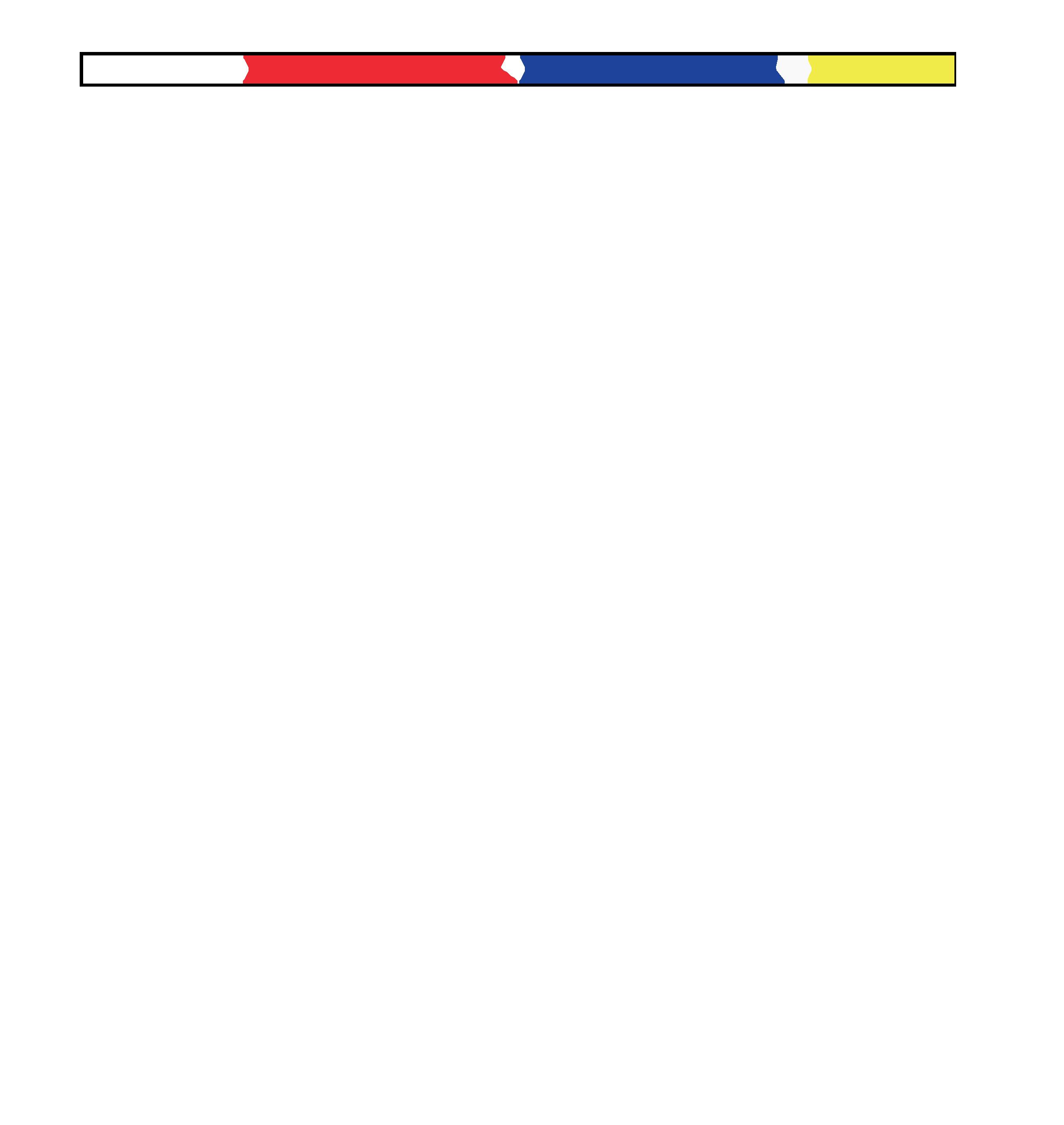
He trapped Björk inside a bear and duplicated Kylie. Olivia Atkins looks back in wonder at the career of French enfant incroyable, Michel Gondry, a director who brings a childlike playfulness and grown-up mastery to everything he shoots
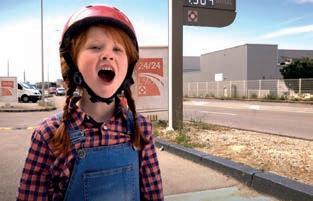
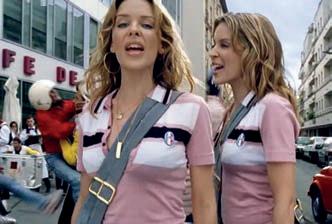


Talk to any aspiring or established music video director, and at some point in the conversation the name Michel Gondry will inevitably crop up. Known by all as a maestro of the music video, he changed the face of promo history in the 90s with his strikingly original take on the genre.
The French filmmaker is a creative chameleon, more artist than director, proving time and time again that he’s willing and able to adapt old techniques and devise new ones – experimenting with camera trickery (Kylie Minogue, Come Into My World), steamy shower doodles (The White Stripes, City Lights) and colourful choreography (Mia Doi Todd, Open Your Heart), even pioneering the Bullet Time technique (pre-dating The Matrix) in his 1996 Smirnoff ad, Smarienberg
Scouted by Icelandic pop star Björk after she saw some of the low-budget videos he created for his post-art school

band, Oui Oui, Gondry ended up becoming her long-standing collaborator, and the pair encouraged the evolution of each other’s artistry. His work on the promo for her first single, Human Behavior, propelled them both into the limelight and led to Gondry’s stellar promo career, working with the likes of The Chemical Brothers, Daft Punk and Kanye West.
Gondry with the wins
Not limited to music videos, Gondry has also helmed an eclectic mix of features, from Oscar-winning surrealist love story Eternal Sunshine of the Spotless Mind to superhero action film The Green Hornet as well as whimsical comedy, Be Kind Rewind Of course, he’s a firm favourite on the ad scene too, creating some of the industry’s most iconic spots, such as Drugstore for Levi’s, which earned him not only the respect of his family – who finally

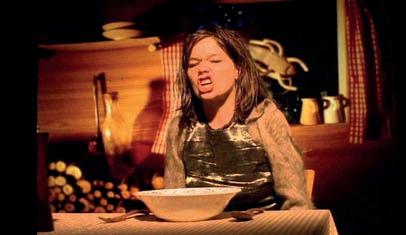


understood what it was he was doing for a job – but also a Guinness World Records listing for Most Awarded Commercial.
One of his most recent pieces of branded content was a short surrealist film for Apple, Détour, about a lost tricycle in search of its little girl owner. Remarkably, the whole thing was shot on an iPhone 7 Plus, including the in-camera effects, such as stop-motion and overlaid animation.
Gondry remains very much in demand. Just last year he was given the highlysought-after job of directing the iconic John Lewis Christmas ad, taking the crown from previous recurring director Dougal Wilson. For Moz the Monster, Gondry reimagined the oft-told children’s tale about the monster that lives beneath the bed.
Now he’s breaking more boundaries, directing US TV comedy-drama, Kidding It seems there’s no end to the ideas coming out of Gondry’s spotless mind.
“He directed Drugstore for Levi’s, which earned him not only the respect of his family –who finally understood what he did for a job – but also a Guinness World Records listing for Most Awarded Commercial.”
Good things come in threes, they say, and the coming together of Danny Kleinman, Johnnie Frankel and Ringan Ledwidge to found Rattling Stick has certainly resulted in a whole load of rather good work. Danny Edwards talks to the adland musketeers about the secrets of the production company’s success; from its wry, selfdeprecating name, to its preference for a laid-back style over “highfalutin” business ways
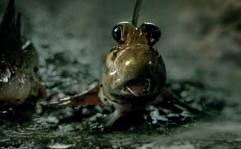
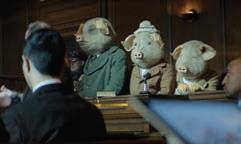
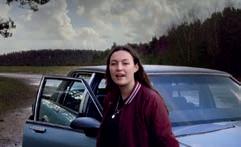
From Guinness noitulovE through Skoda Giggle, Britvic Drench Brains, The Guardian Three Little Pigs and Nike Winner Stays, all the way up to more recent o erings such as Audi Clowns and gi ga Small vs Big, production company Rattling Stick and its directors have been behind a phalanx of some of the best, most creatively imaginative, award-winning commercials in the business.
That the three co-founders of such a successful production entity are, seemingly, pleasantly ba ed by their company’s level of success and at pains to land any reasons for its achievements at each other’s feet, is strangely endearing. Sat in front of Danny Kleinman and Johnnie Frankel, with Ringan Ledwidge on the phone from LA, the trio are funny and charming company, happy to discuss the genesis of an enterprise born out of the simple desire to make interesting and creative things.
Kleinman and long-time producer Frankel had previously been at a company co-founded with Je Stark, called Large, while Ledwidge was at Harry Nash. Both closed in the early 2000’s [Large, amicably; Harry Nash, less so] and both directors decided that some time on their own would be beneficial. But in 2006,
over dinner in London, the three men met, with a view to combining their talents and creating a new production outfit. Amazingly, Kleinman and Frankel had never crossed paths with Ledwidge before but, says Frankel,
“Ringan just felt absolutely right for us, and even though we didn’t know each other, his reputation preceded him. We knew about his work, we knew everybody said he was the nicest guy in town”.
“Basically,” adds Ledwidge, “I got really, really lucky. Danny and Johnnie somehow decided I would be a worthy partner and when you get the best director in the world asking if
you want to start a company with him, you say ‘yes’.” So, in 2006, Rattling Stick opened its doors and because they’d all been involved in large scale companies previously, they made the decision to keep their nascent firm small by comparison. “There needs to be a certain mass to a company,” says Kleinman. “Not too big, not too small. Everyone needs to be a nice person, get on with each other, same ethos and stu , and I think, immediately, Ringan and I knew we had the same views and just wanted the chance to do good work.”
They’ve certainly taken that chance, and then some.
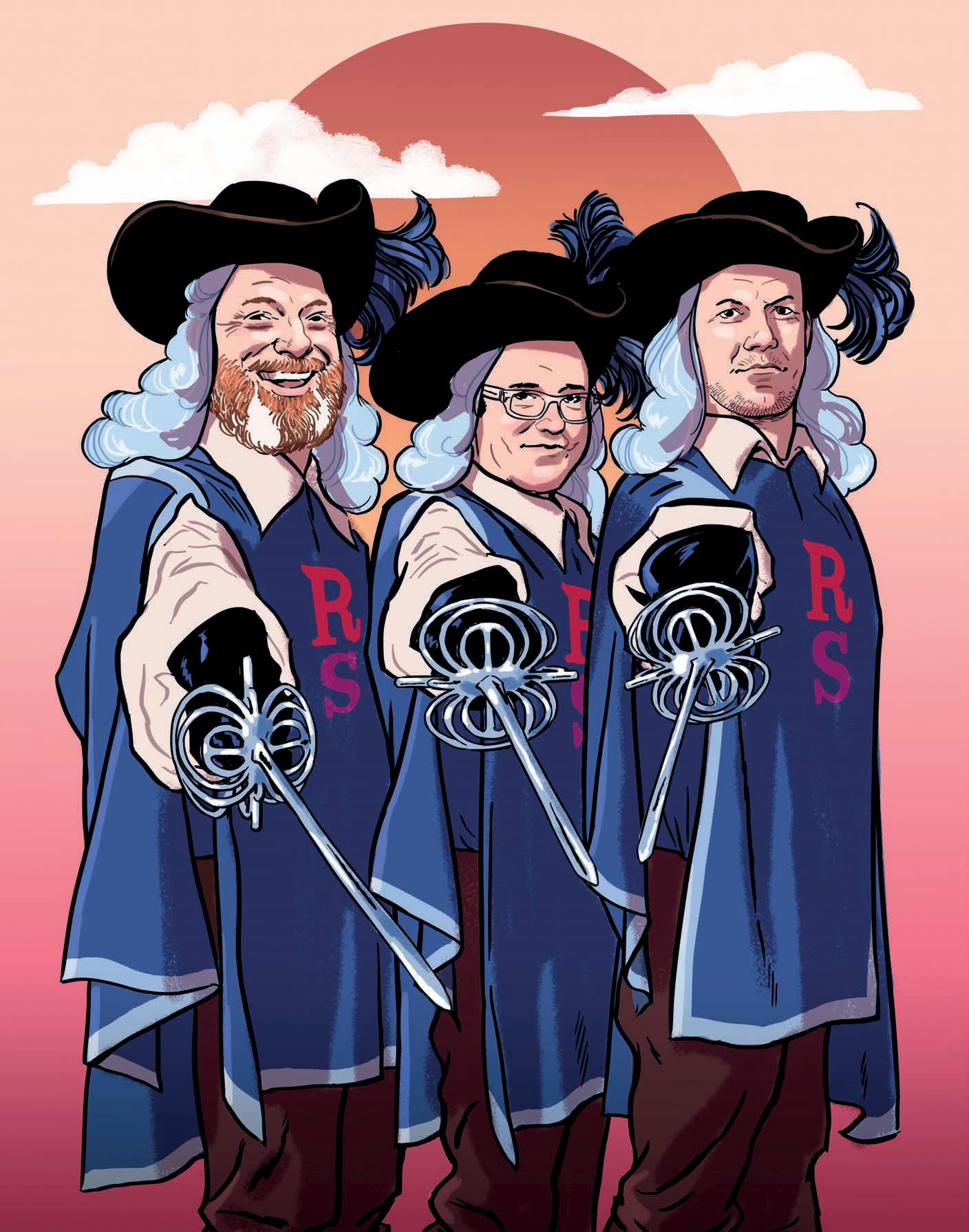
Two reasons the trio give for their success are the fact that they’re a director-led company and, also, their slightly unconventional management style. It’s unusual, they say, for a production company to have directors at its helm. While there are others – they cite Gorgeous and US company Imperial Woodpecker – those directors came from an agency background so, the three men say, their ethos is di erent, which may explain Rattling Stick’s laid-back style of running the business. “We’re not big, highfalutin businessmen who sit down to devise a five-year plan,” says Frankel. “Though to be fair we probably should be a bit more like that. But we work on the basis of whether we think people will be a good fit. We’re all pretty good judges of character and I don’t think I’ve ever looked at a CV in my life.” “Obviously we want to be able to keep the company afloat and make enough money so that everyone gets paid,” adds Kleinman, “and to do that you have to be a bit adult about it [but] we do everything on a handshake.”
Of the name itself, Ledwidge credits Kleinman for suggesting it. It’s taken from a line in a George Orwell book, Keep the Aspidistra Flying; ‘The public are swine; advertising is the rattling of a stick inside a swill-bucket.’.
“Yes, I think Danny was joking,” laughs Frankel, “but we all thought it was brilliant. It’s self-deprecating; perfect for us, says everything about us.”
When talk turns to their heroes Ledwidge is the first to admit that his true hero has nothing to do with advertising but everything to do with enviable skill and creative endeavour. “Kenny Dalglish,” he states, sounding awed
by the former Liverpool and Scotland legend. “Because you never knew what he was going to do, even with his back to goal.” As far as advertising itself goes, Ledwidge says that the first piece of work that left an indelible impression on him was Tony Kaye’s spot for Dunlop, Tested for the Unexpected. “I was like, ‘what the fuck is that? That’s incredible’. It was inspiring to see as I was just beginning my journey, you know. It’s an advert, but it’s art.” Kleinman’s heroes come from the world of art, too. He mentions graphic artist MC Escher and pop art pioneer Eduardo Paolozzi, then segues into his admiration for film directors including Akira Kurosawa and, especially, Stanley Kubrick; “he was a real genius who never made the same film twice,” he says.
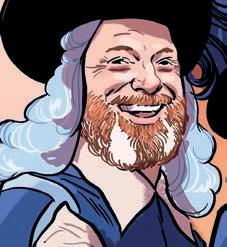


The burnishing of a ‘bollocks product’ in a very British way Frankel’s hero is also from the film world, but one slightly closer to home. “My way into advertising was through editing,” he says, “and I was lucky enough to work on a film called Someone to Watch Over Me, a Ridley Scott movie.” Frankel explains that at each level of his career Scott’s presence has been felt; as an assistant editor cutting a film for a director who worked for RSA, through to a trainee production assistant at that same company. “At first, I didn’t know Ridley as an advertising director, just the features guy, then I’m working for the company owned by this man I revered from five years ago. He was, and is, my hero.”
With a roster of directors that, as well as Kleinman and Ledwidge, features talent including Andy McLeod, Ed Morris, Jack Whitely and Sara Dunlop who, Kleinman says, “has huge talent”, it’s no surprise that Rattling Stick is one of the industry’s most consistently creative production hubs creating amazing work. But is there one piece they could point to as being the essence of what Rattling Stick is? “It was the Hank Marvin spot,” Kleinman immediately replies, referring to McLeod’s 2012 commercial for Mattessons Fridge Raiders [essentially flavoured, processed meat in a bag]. “You’ve got a bollocks product [and] probably not enough money, and he took that idea and ran with it. When Ringan and I get scripts, they’re already pretty fucking good on the page, but to polish something up and take something which,
“I didn’t know Ridley [Scott] as an advertising director… then I’m working for the company owned by this man. He was, and is, my hero.”
Johnnie Frankel
“[Stanley Kubrick] was a real genius who never made the same film twice.”
Danny Kleinman
“I was like, ‘what the fuck is that? That’s incredible’. [Tony Kaye’s spot for Dunlop, Unexpected] was inspiring to see… It’s an advert, but it’s art.”
Ringan Ledwidge
probably, most people would turn their nose up at, and to say, ‘actually, I can do something idiosyncratic with this’. [The ad was] very particular, very British and very good.”
“Yeah,” agrees Ledwidge, “it’s something that I could never have come up with. But, you know, I just love the fact we’re a company capable of producing something like that. Every one of our directors has done something that I’ve been jealous of, and I think that’s a strength. I like that we can keep surprising each other, it’s really important.”
Sitting opposite the three men who’ve steered a supposedly small production company to such dizzying creative heights, and next to a wall of awards that includes four Cannes Grands Prix, which would intimidate any contemporary, the only surprise would be if the next 12 years aren’t as successful as the previous dozen.


Partners in the Young Director Award since 1999, shots has long promoted new directing talent. But we want to pay tribute to an old hand in the star-spotting game, YDA president, Francois Chilot. Danny Edwards hears why he’s so proud of the award’s past and so hopeful for its future
The Young Director Award is an event close to shots’ heart. We’ve been a partner since its inception in 1999, helping to spread its good newsamong our international audience – though the tenacity and sheer enthusiasm for promoting and nurturing new talent of YDA presidentFrancois Chilotwould have made it a success even without our help
Many of you reading this will have attended a YDA ceremony during Cannes Lions week, and will know the important role it plays in shining a spotlight on an array of talented young directors from across the globe. Over the years, luminaries such as Kosai Sekine, Aleksander Bach, Hanna Maria Heidrich, Andreas Roth, Josh Cole, Kibwe Tavares, Ben Liam Jones and, most famously, Ringan Ledwidge, have all been garlanded at the awards. This impressive list is a testament both to the talent that’s out thereand the YDA’s ability to find it.
There are, of course, numerous international award shows and festivals, many of which recognise and reward new directing talent but, says Chilot, the element of the YDA of which he is most proud is the fact that it is the only event which is created, led and awarded by producers – the people, he says, whose purpose is to find and nurture new talent.
As for his own heroes, Chilot names the Scott brothers, Ridley and Tony, as particular inspirations. “As a young producer at TBWA in Paris, I worked with Ridley. He was already a great talent, climbing the commercials ladder. Thenin 1977he decided to make his debut feature, The Duellists, blazing a trail for other directors who wanted to combine advertising work with features. It was brave to move from one camp to the other, at a time when not many people were doing so. He had a vision thatfrom commercials you could move to features – have feet planted in both camps and still be successful.”
Nearly 20 years on from the first YDA, Chilot is still as dedicated to the event as ever, though he realises it needs to move with the times. Two years ago he introduced, along with Sir John Hegarty, a new category – Changing the World Frame by Frame. Chilot believes that directors need to embrace longer-form films and create interesting, informative and entertaining work that has a social conscience. More of today’s directors should be aware of the opportunities that advertising now allows, with brands more open to longer form content than ever before: “The doors to the entertainment industry are open.”
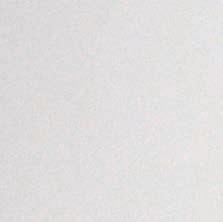
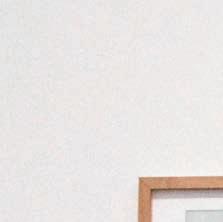
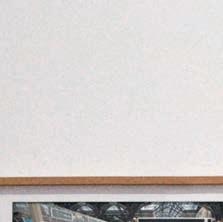

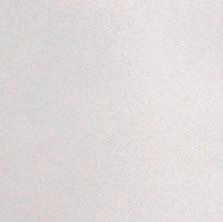
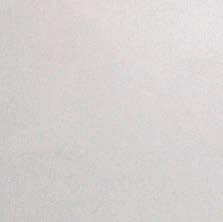





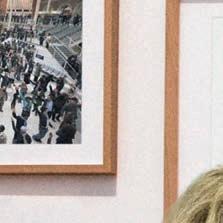

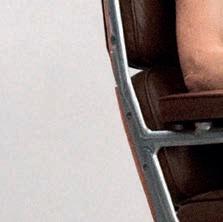
“I rang my dad, ‘I’ve decided to take this job at Saatchi’s.’ He said ‘Thank fuck for that. At least that’s a name I can pronounce and it’s not stupid.’”


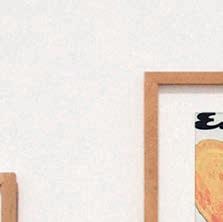
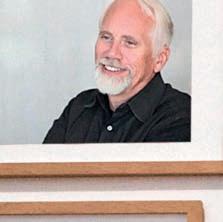
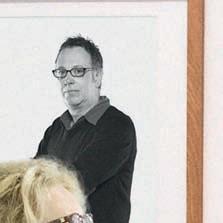

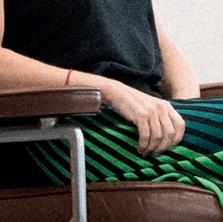



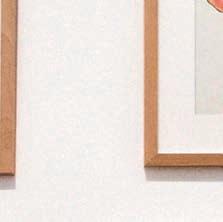
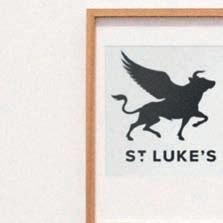

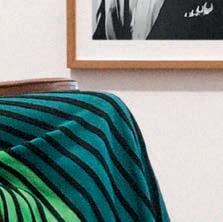

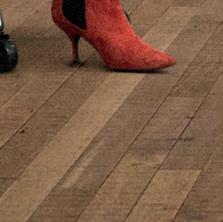
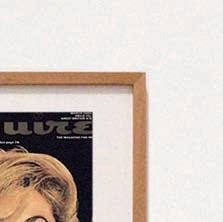
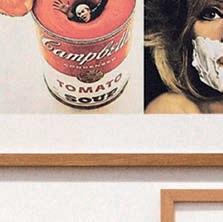
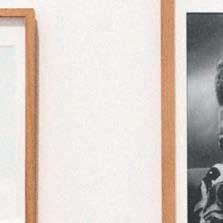


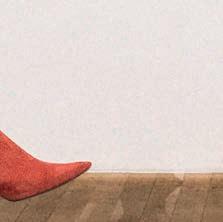

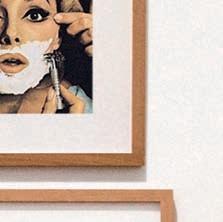
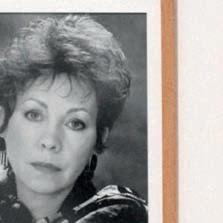
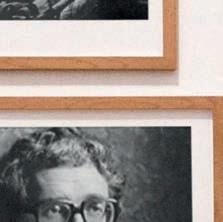
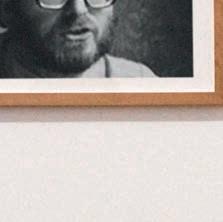




With a youthful energy and enthusiasm that belies her decades in the business, Saatchi & Saatchi global CCO Kate Stanners takes Olivia Atkins on a tour of her career, from such challenges as winging it while pitching to the prime minister, to groundbreaking viral highs (T-Mobile’s Dance) and a glorious future as a leading campaigner for a more equal ad industry
Kate Stanners, Saatchi & Saatchi’s global chief creative o cer, modestly questions our assertion that she deserves her place at shots’ round table of advertising knights, believing she’s more Dory the forgetful fish from Finding Nemo, than industry warrior. Yet she would never have got where she is today, and survived a long career in advertising’s often ruthless environment, without an impenetrable armour of emotional resilience and personal strength. Thick skin helps too: “I’m probably still standing because I’m quite tough,” she admits.
Naturally chatty, charismatic and down-to-earth, she exudes a kind of energetic bounce that mirrors the spring of wavy hair that tumbles around her face. This energy is definitely a part of the reason Stanners has reached the industry’s higher echelons and is now one of advertising’s most powerful women.
She has used this power for good. Proving her tireless commitment to hiring diverse creative teams and reversing gender bias; last year she drew attention to the gap between female and male commercial directors at the New Directors Showcase, and in April signed Saatchi up to the Free The Bid project (for equality in bidding for female directors). As a result, Saatchi client and beauty giant Procter & Gamble has promised to use a more equal spread of men and women directors to helm their commercials in the future.
As well as luck and good instincts, Stanners cites inspirational colleagues as key to her success. She has worked alongside some of the industry’s greats, including legendary copywriter Dave Trott, whose teachings she continues to follow to this day: “He really was someone that just taught me pretty much everything that I still hold true now,” she says. “I just thought he was amazing – how he thought and how he taught.”
She co-founded boutique agency St Luke’s in 1995 with Dave Buonaguidi, Naresh Ramchandani, Tim Hearn and David Abraham, whom she claims to have “sucked dry [for] their knowledge” on how to produce popular pieces and get out of sticky situations quickly. For instance, one time the team were about to pitch at 10 Downing Street, when Stanners realised that she had left all their work behind. They were due to meet the then prime minister, Tony Blair, along with chancellor Gordon Brown and Peter Mandelson – not the sort of people you can ask to wait while you nip back to the o ce. “I just suggested that we sort of wing it,” she remembers. “And you could see my team look at me, horrified.” But what else could they do? So wing it they did… and they managed to win the account.
“…you can do whatever you’ve set out to do, no matter what barrier is thrown at you… there is always another way.”
“I think I’ve often realised that you can do whatever you’ve set out to do, no matter what barrier is thrown at you, that there’s always another way,” says Stanners. “And I won’t accept that you can’t do something. It becomes about utter determination. I think that’s one of the most important traits of creative people: resilience.”
Obstacles are inevitable in any long career, but they can also be stepping stones that pave the way forward. Taking risks and failing is as much a part of the learning process as success. Following St Luke’s, Stanners founded agency Boy Meets Girl S&J with Andy Law and David Pemsel. Although that didn’t work out it propelled her towards a job at Saatchi – a name to make her dad, a copywriter, proud. After accepting the position of ECD in 2005, she says, “I rang my Dad up, who worked in the industry, and told him, ‘I’ve decided to take this job.’ He said, ‘Where?’ And I said, ‘Saatchi’s’. ‘Thank fuck for that. At least that’s a name that I can pronounce and it’s not stupid.’ I said, ‘Thank you Dad. That’s great.’”
Initially she was reluctant to enter the business under the shadow of her father. However, after a placement at

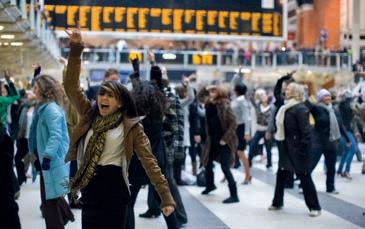
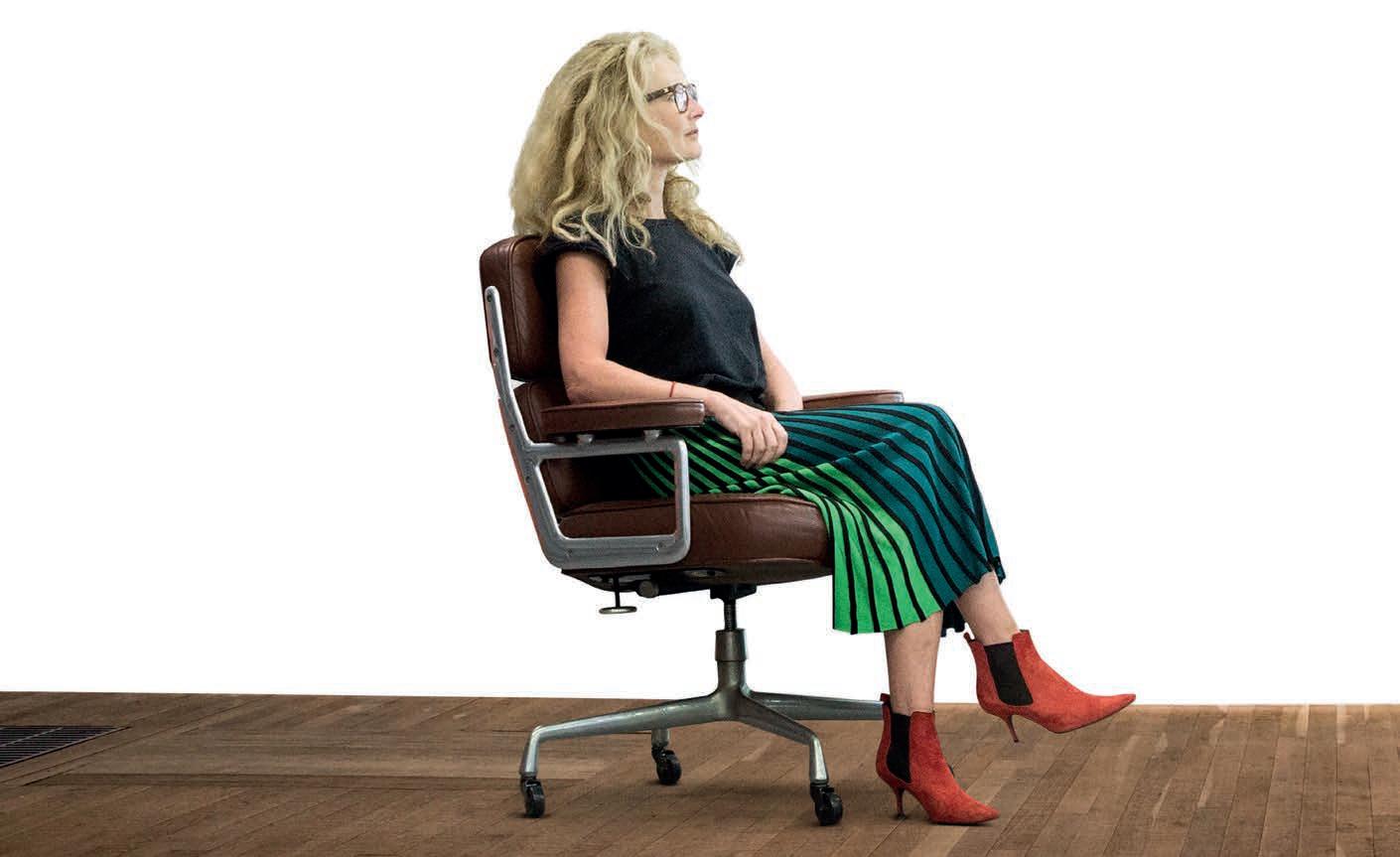
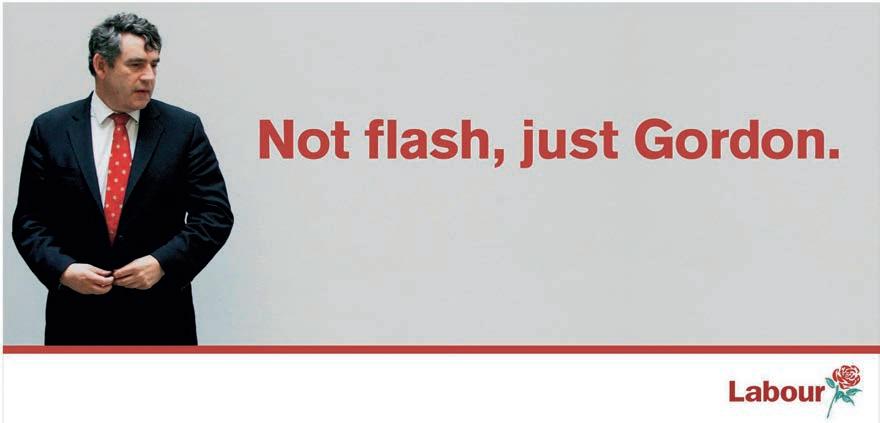

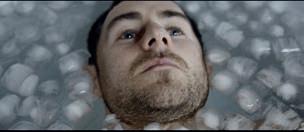
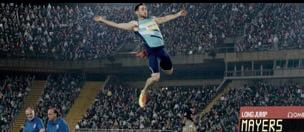
BBH changed her mind, she joined GGT, where she was placed on the Cadbury’s account – which her dad had worked on in the 60s and 70s – so she turned to him for help, if somewhat begrudgingly: “When I was first given the brief, I thought, ‘Shit, why do I have to work on something that is so associated with my Dad?’”
But in the end she made it her own, on her own. She drew on her personal experience of chocolate indulgence – eating a Flake, her favourite chocolate bar, in the bath with a glass of white wine (“which I wasn’t allowed to have in the ad”), to transform the phallically-inclined ads into one of the most iconic campaigns of the 90s, Cadbury’s Girl in the Bath
First to catch the viral bug
It was just the beginning of Stanners’ revolutionary body of work. She is behind some of the most experimental spots of the last two decades, such as T-Mobile’s Life’s for Sharing campaign. Beginning with Dance, a spot that features a flashmob shocking commuters by suddenly getting down in unison at London’s Liverpool Street station, the series kickstarted a trend for creative fluidity. “We didn’t realise [what] we were doing, but we were instinctively making things rather than making films,” says Stanners. “By doing that, we made experiences. And once we’d started that, we started playing with it and we were open to where it went. That was the magic.”
The spot went down in history for its groundbreaking approach, going viral long before ‘going viral’ was a fully formed marketing strategy, and teaching the team the importance of PR-ing an ad.
“I won’t accept that you can’t do something. It becomes about utter determination. I think that’s one of the most important traits of creative people: resilience.”


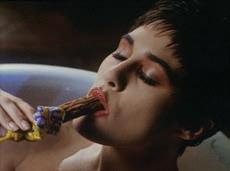
Looking back over her career, she sees the importance of teamwork as one of the things that has evolved most. “I think there’s been a change from the era of the cult of the rock star to a more collaborative, collegiate approach,” she says. “I think the stars of the future are really going to be people who enjoy collaboration, the ones that recognise that this sense of self, ego and ownership will benefit from opening up. That feels like a di erent approach.” Perhaps the industry’s leaders no longer aspire to be placed on pedestals but instead want to seem more relatable, more human. Which, Stanners believes, can only equate to greater diversity and wider representation. “I think the symbolism of what being great means has changed. It has becomes more [about] invisible teamwork. You can see the benefit when you collaborate with people with di erent skills, di erent knowledge and so forth.”
What hasn’t changed is Stanners’ love for the industry. She seems as enthusiastic as she did when she first started on this journey; she’s still inspired by the creatives around her and still has the same insatiable curiosity. Even the restrictions currently imposed on agency creatives –increased client demands, tighter budgets and shrinking time frames – excite her. She thinks the tight constraints breed creativity rather than stifle it.
It’s always been about ideas and the collaborative creative spirit for Stanners. And she’s carrying on that philosophy as she sets her sights on making advertising more diverse – making it about the work, not the people. When she accepted the job at Saatchi, “the wonderful Bob Isherwood just said, ‘Look, we are an ideas company, we’re not an advertising agency.’ And they had me at that.”
S

Smith & Foulkes found it hard to get going at first; being too self-critical. But their rigorous standards paid o , and their diverse animations have attracted Oscarnominations and gongs a plenty. They tell Selena Schleh how access to new tech means we are ushering in a new dawn of animating heroes

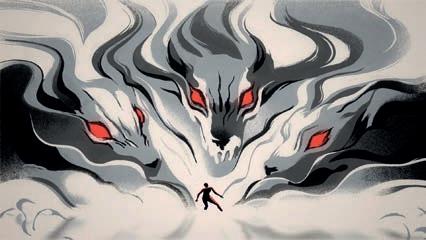
Here at shots, we pride ourselves on spotting creative potential –and when amazing animation duo Smith & Foulkes first graced our pages at the turn of the century, we knew they were destined for great things. Turns out Brian Eno and David Bowie beat us to the punch, though, when they picked out Alan Smith and Adam Foulkes’ work from hundreds of 10-second student projects while on a visit to London’s Royal College of Art back in 1996, where the pair were studying animation. “Serendipity, and all that,” says Smith. It’s a typically modest response, and a more down-to-earth pair of heroes would be hard to find, despite the award-winning reputation they’ve built for original visuals combined with strong narratives and sharp wit. Most animators develop a calling-card style, but ri ing through Smith & Foulkes’ reel reveals a jaw-dropping diversity of techniques. From the airline emergency graphics used in their breakthrough 1999 spot, NatWest Escape, to the Grand Theft Auto-inspired look and feel of Coca-Cola Videogame, to the masterful mix of animation, CG and live-action that was Honda Hands, and the stunning 2D-animated illustrations for their recent BBC Winter Olympics trailer, Smith and Foulkes simply can’t be pigeonholed. They also admit to occasionally going in with a live-action treatment for a script “just to keep [the clients] on their toes”.
“None of us –the agency, even the client – knew if it [Honda Grrr] was a good ad.”
The best that can happen is winning a lot of awards
The way that they tell their stories may vary, but at the heart of their success are brilliant narratives rivalling anything from Pixar’s canon. Take the Michael Bay-esque Payback Time, for Channel 4’s Stand Up To Cancer campaign: a disaster movie in miniature where a society of cancer cells are terrorised by an outbreak of mysterious blue slime. Or the nailbiting journey of a blithely happy balloon sailing through a landscape of sharp and spiky hazards in Sonnet’s What’s The Best
That Can Happen?. And let’s not forget their dark Oscar-nominated short, This Way Up, about two dour undertakers embroiled in a series of unfortunate events while trying to deliver a co n. Even their “happy-clappy” work has a dark undercurrent to it, exemplified by their most famous spot, 2004’s Honda Grrr, which they claim is also the most creatively heroic thing they’ve done. Set to certifiably the world’s catchiest jingle (all together now: ‘Hate something / Change something / Make something better…’) the all-singing, all-dancing animated tale of a smoky, sputtering diesel engine metamorphosing into a clean, green machine was the most awarded spot of that

“…the all-singing, all-dancing animated tale of a smoky, sputtering diesel engine metamorphosing into a clean, green machine was the most awarded spot that year.”
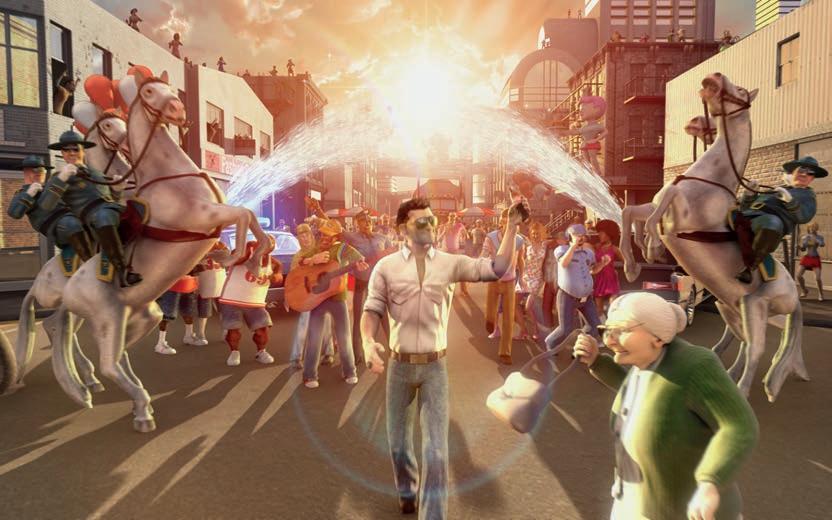

admit that the craft of animation directing isn’t always given the recognition and respect it deserves. “We do get a bit annoyed sometimes about the [perception] that live-action is ‘directed’ and animation is ‘designed’. Though people are starting to realise that animation actually takes a lot of directing, it doesn’t just come o someone’s pencil,” says Smith. All too often, they say, animation is seen as a replacement for live-action when budget is tight, which is why Grrrr was “so amazing – they [Honda] totally embraced animation”.
festival-spanning year (two Black Pencils, a Cannes Grand Prix, two Clios and 33 other gongs) but at the time, remembers Smith, “it was a total risk. None of us – the agency, even the client – knew if it was a good ad.” The script was essentially the song and “a few little panels” and they were told to “just go for it”. “We finishing comping it on the day we delivered it, so no one had actually seen the full version until then,” adds Foulkes.
“Mike [Judge] was doing a travelling screening, The Animation Show, in the States. He just said, ‘Here’s a bit of cash, deliver a film in six months.’ And that was This Way Up.”
In the same year, the pair were Oscarnominated for This Way Up, although that wouldn’t have happened without the help of one of their heroes, Mike Judge, of Beavis & Butt-Head fame. “We were always trying to make a short film and never getting it o the ground, because we were always too self-critical of what we were doing,” remembers Smith. “Mike was doing a travelling screening, The Animation Show,
in the States. He just said, ‘Here’s a bit of cash, deliver a film in six months.’ And that was This Way Up.” Judge isn’t the only animator to have inspired Smith & Foulkes over their 20 years in the industry. In their more “abstract” student days, their creative heroes included John ‘Run’ Wrake, whose experimental animated collages “made you realise animation doesn’t have to be linear”, 1920s animator Oskar Fischinger and cut-and-paste pioneer Robert Breer; today, Michaël Dudok de Wit, the Dutch director behind Studio Ghibli’s 2016 fantasy drama, The Red Turtle, remains a strong influence for pacing, framing, and “how to do non-schmaltzy emotion, without the stereotypical ‘big eyes welling up’”.
Asked about the heroes of tomorrow, the duo reckon that the democratisation of the medium through cheaper, more readily available tech and ease of sharing through global platforms means there’s more outstanding talent coming up than ever before. “Twenty years ago, you’d have a few people who were head and shoulders above the rest, but now, when you see something and think ‘Bloody hell, that’s good’, it turns out it’s by someone you’ve never heard of,” explains Smith. When it comes to the villains of the industry, there’s not much that riles this mild-mannered pair, although they
What’s next? Post-Oscar nomination, the bright lights of Hollywood had beckoned –“We got an agent, went through the whole process, looked at a lot of scripts,” – but Smith & Foulkes refused to sell out to a big, prescriptive American animated feature, preferring to do it on their own terms. “We want to bring a bit of what we’ve learned commercially into the feature. Rather than follow a formula, we want to give it a di erent look and feel,” says Smith. Armed with a BFI grant, they’re currently developing an idea with a scriptwriter in the rare moments of downtime from their commercial work, which includes a spot for Wimbledon this summer.
One thing’s for sure, though; they won’t be twiddling their thumbs while they wait for the John Lewis Christmas ad script to come in, says Foulkes. “We’ve waited three years for that already!” S


Who wouldn’t want to break out of a stu y dinner to go and gurn weirdly at one’s own reflection and dance a deranged jig, or take driving to a Gap store to ruinous limits?
Danny Edwards muses on the rebel hero Spike Jonze and the gleeful anarchy that powers his films

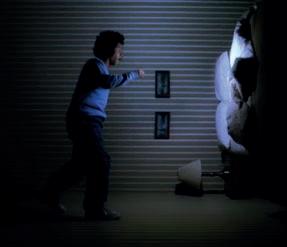
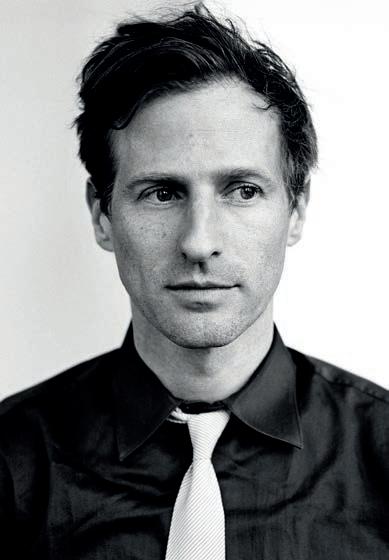


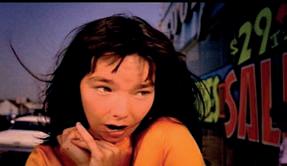

Adam Spiegel’s name might not be immediately linked with quirky creativity but his alter ego, Spike Jonze, most certainly is. From a teenage photographer shooting skateboarders and BMX riders, to a filmmaker directing skate movies with and for his friends, Jonze has segued into becoming a director who has excelled across music videos, commercials and feature films.
If it was his skateboarding films that initially got him noticed by bands, it was the subsequent videos for those artists which introduced his creative image-making to the rest of the world. His first video in 1992, for Sonic Youth’s 100%, led to others for bands including The Breeders and Weezer. In 1994 he helmed the iconic, 70s cop pastiche for the Beastie Boys promo Sabotage, following that up in 1995 with Björk’s paean to musicals, It’s Oh So Quiet.
His collaborations with UK dance stalwart Fatboy Slim also produced some amazing accompanying videos with the crazy, documentary-style Praise You, shot with a troupe of (very) amateur dancers, led by Jonze, under the moniker of Richard Koufey, outside a US theatre. Then there’s a shots favourite, 2001’s amazing, multiple award winning, Christopher Walkenstarring Weapon of Choice
Where the wildness is
In the commercials arena Jonze picked up one of the industry’s top prizes, a Film Grand Prix, in 2002 for IKEA Lamp and has been the director behind, among others, work for adidas [Hello Tomorrow], Levi’s [Doctors], Nike [The Morning After] and Gap [Pardon Our Dust], all of which feature the trademark sensibility that give his work such appeal – a sense of anarchy.
Jonze’s success away from advertising as a director of films including Being John Malkovich, Adaptation, Where the Wild Things Are and Her, and an actor in movies such as Three Kings and The Wolf of Wall Street hasn’t stopped him from returning to advertising. In the last couple of years he has directed hugely successful short films-cum-music videos-cum-commercials for Kenzo, which featured US actress Margaret Qualley undertaking an epically unusual dance routine through a plush hotel lobby, and Apple, which starred UK musician FKA Twigs.
“Agencies know, more than ever, it’s about an idea and a story more than it’s about advertising,” Jonze told shots. “If you’re just advertising something, no one’s going to care. I think that’s always been the case with the best advertising, and I think it always will be.”
“Agencies know, more than ever, it’s about an idea and a story more than it’s about advertising. If you’re just advertising something, no one’s going to care.”
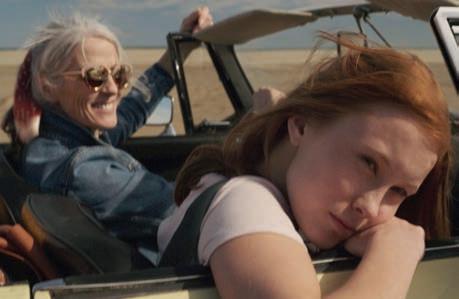

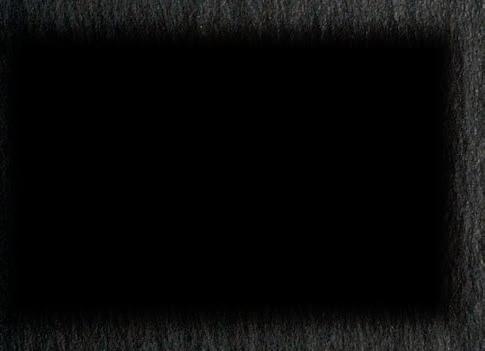
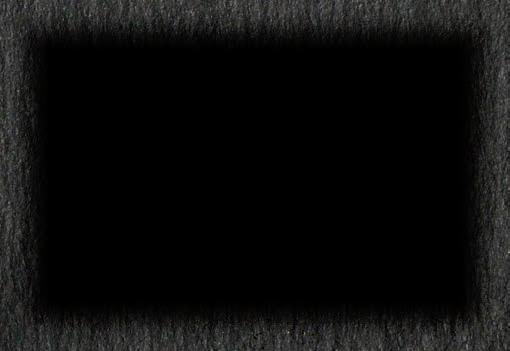






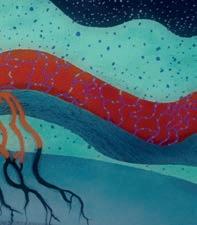
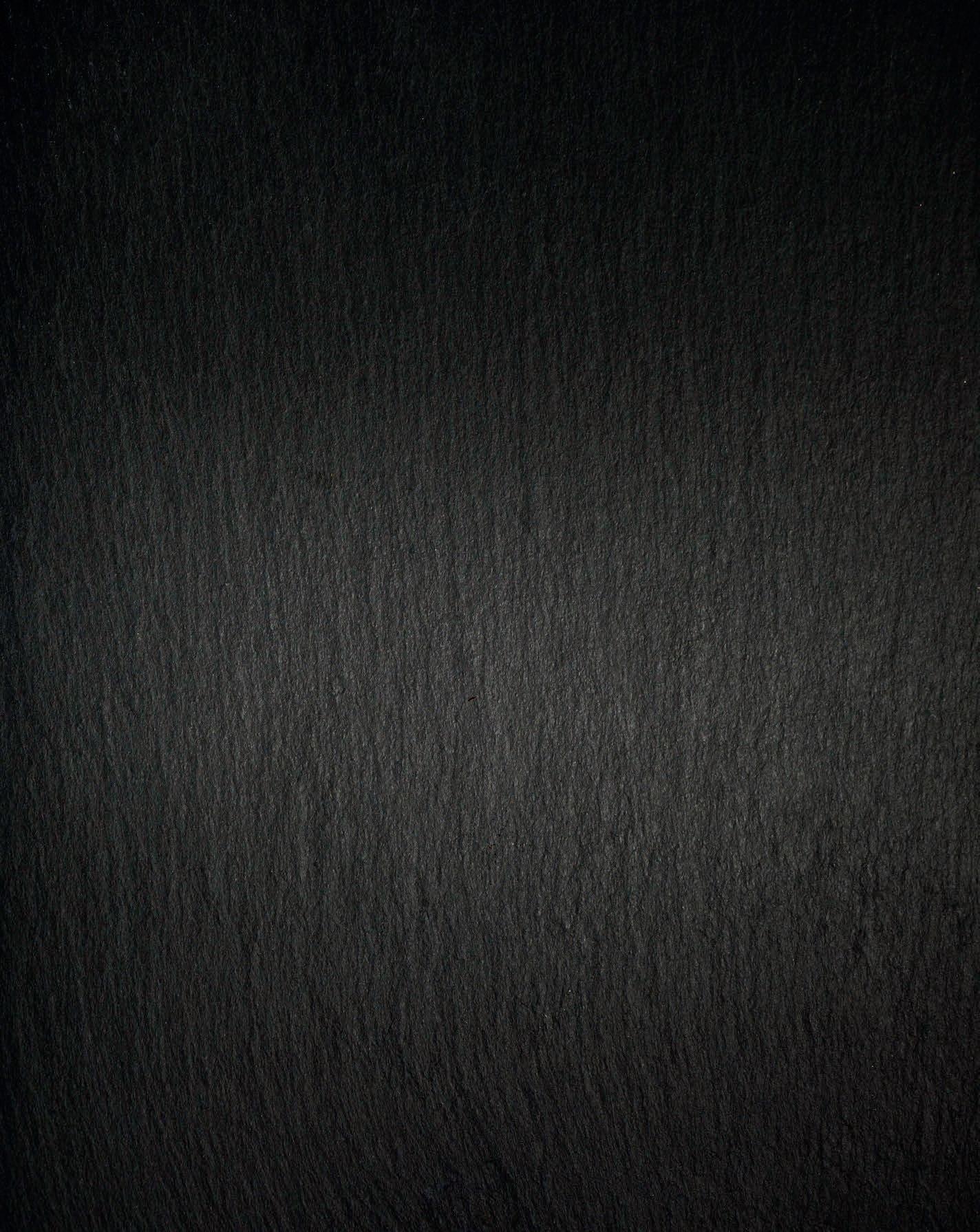
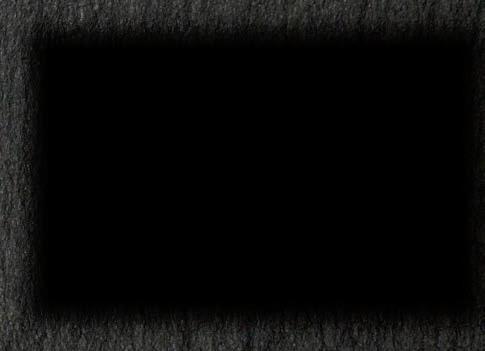




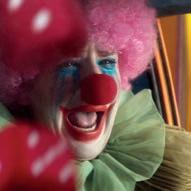
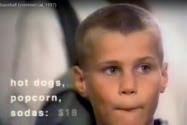

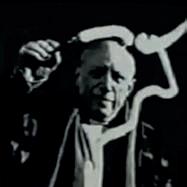










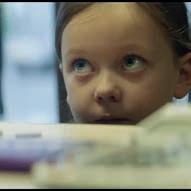


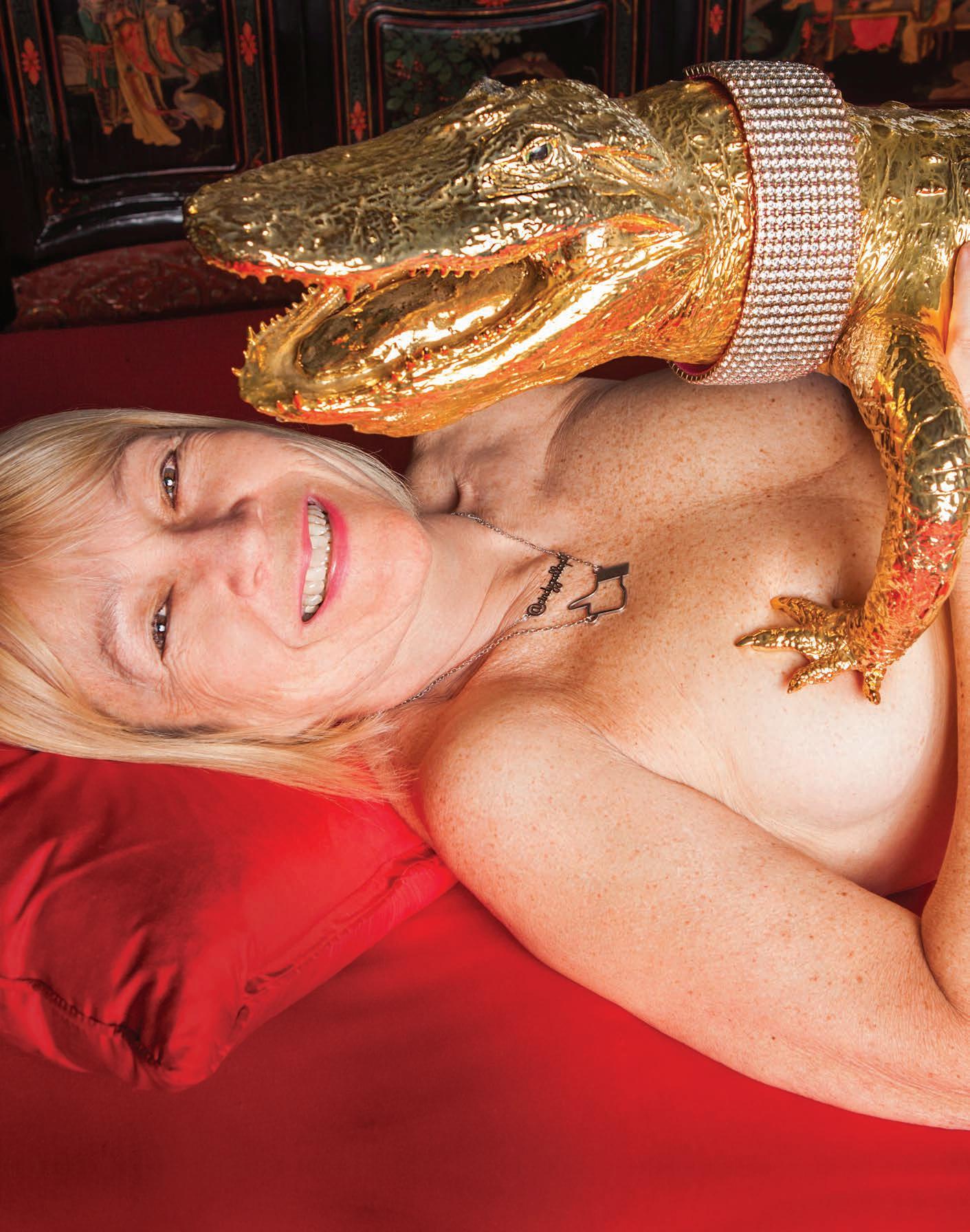
Consultant, former BBH chair and TED celebrity, Cindy Gallop has long been an advocate of gender equality in adland, but since launching her own #MeToo-inspired movement, she’s embarked on an even more vital crusade; to root out sexual harassment in our industry. Carol Cooper finds her championing the heroic women who’ve spoken up and learns the importance of being your own hero...

“I
wish I could have you in my pocket, or on my phone, or have you sitting on my shoulder in the morning saying something inspirational to me before I go out and face the day.” This is Cindy Gallop giving the closing keynote speech at last November’s 3 Percent Conference in New York relating the gist of the many messages she gets from folk who’d like a bit of her chutzpah in the morning to set them up. She then reveals how R/GA came up with the concept of a CindyBot, a Facebook chatbot launched last year on Equal Pay Day to help women ask for a raise. (Find the bot by searching @AskCindyGallop on Facebook Messenger). “I’d been thinking for years: how can I scale me?”, she continues, returning to her theme that adland should use more ‘blue-sky thinking’ to harness new tech creatively; stating that it was chatbot AI that had answered her question.
But it’s the fact that she asked the question in the first place that’s of interest. A desire to ‘scale’ oneself betokens a formidable selfbelief – it’s a belief well founded; she’s an impressive person – but it also reveals she is comfortable being her own hero, she has unassailable conviction in herself and her beliefs; something that makes her not only a dazzling speaker, but somebody that women su ering self-esteem issues can look up to.
“Women don’t need mentors, we need champions… A champion is somebody who makes shit happen for you.”
The chutzpah of champions vs the mimsy-ness of mentors
Given this, it’s ironic that she dislikes the concept of mentor. “I want you to dump the word ‘mentor’ from your vocabulary and replace it with the word ‘champion’,” she says. “’Mentor’ is a touchy-feely, chat, chat, talk it all out, make-you-feel-better word. Women don’t need mentors, we need champions. We need what men have always had, which is someone who is prepared to go out on a limb for us. A champion is a person who, behind closed boardroom doors, slams their fist on the table and says ‘If there’s
room for only one pay rise in my departmental budget then Jane is getting it and not John.’ That’s a champion.” She’s as articulate face-to-face as she is on the podium. We’ve got our transatlantic timings in a tangle and I’ve Skyped her an hour earlier than she’d expected. She’s not ready but takes the call anyway; builders are renovating her new apartment, chaos reigns around her as she perches on a stairwell and continues her thesis on linguistic niceties. “Language matters. A quick way to make people think di erently about something is to change the language around it. So when you say ‘I want to find a champion’ there’s a sense of proactivity and energy, versus ‘I want to find a mentor’, which is static and quiet. A champion is somebody who makes shit happen for you.” So who are the people who made shit happen for her?
“The men in our industry who are doing the harassing are the gatekeepers of everything. They are the gatekeepers to jobs, pay rises, awards and career opportunities, so people are too terrified to speak.”
“I’ve been enormously lucky in my career,” she says modestly. “I’ve been lucky that I have never encountered sexual harassment on the appalling level that so many women have. And I’ve been lucky because I have had the privilege of working for men who championed me.” She says Dave Trott, Nigel Bogle, John Bartle and John Hegarty were all supportive of her: “They saw what I was capable of and wanted me to achieve that.”
Sadly though, of late Gallop has been taken up with cases of women being victimised not championed. In the wake of the Weinstein scandal, in October last year, she reached out on social media for people to come forward with stories of sexual misconduct in adland and received a deluge of replies. “I’ve been extremely depressed at what’s in my inbox and what keeps turning up in my inbox every day,” she says. “I now have a very clear view of our industry given the appalling things that women have shared with me. It’s depressing, too, that the sheer level of fear means that virtually nobody wants to speak on record.” She says the fear of naming names is due to a power imbalance. “The men in our industry who are doing the harassing are the gatekeepers of everything. They are the gatekeepers to jobs, pay rises, awards and career opportunities, so people are too terrified to speak.”
It’s no surprise then that she is ready with an answer about who advertising’s anti-heroes are: “Every goddam fucking sexual harasser in our industry. They are the anti-heroes because they are the men who are killing creativity by forcing women out of the industry.”
Gallop is impassioned in damning advertising’s shameful gender politics: “The single biggest business issue facing our industry is not diversity, it’s sexual harassment, which prevents gender equality, diversity and inclusion from happening, by excluding the leaders who would make equality, diversity and inclusion happen. Sexual harassment destroys women’s dreams and derails their careers.”

Start the day with a CindyBot
Gallop respects the heroism of women who have spoken out publicly about harassment, such as Zelda Perkins, who broke an NDA regarding an alleged assault by Weinstein.
I ask her what is the most heroic thing she has done in her career and she says it was starting her own business. She launched MakeLoveNotPorn.com nine years ago as “a tiny, clunky porn world vs real world website,” and has been trying to attract serious investment ever since. She was pleased to announce in January that she’s secured US$2m from a secret benefactor, and is now expanding the business. It’s been a long haul but her zeal remains undimmed and her mission statement still boldly includes bringing about world peace.
“MLNP’s mission is to help make it easier for people to talk about sex because people
don’t understand how deeply beneficial that would be. I ask people: ‘what are your sexual values?’ And nobody can answer me because we’re not taught to think that way. Our parents bring us up to have good manners, a work ethic, a sense of responsibility,
but nobody ever brings us up to behave well in bed. But they should because there, empathy, kindness and honesty are as important as they are in every other area of our lives. When MLNP achieves its mission, parents will cease to bring up rapists because the only way you end rape culture is by inculcating in society a universally, openlydiscussed and promoted gold standard of what constitutes good sexual values and behaviour. When you do that you end #MeToo and sexual harassment – all areas where the perpetrators rely on the fact that we do not talk about sex; that victims will never speak up. When we do that we’ll hugely empower women and girls. When we do that we’ll create a far happier world for everybody, including men and we’ll be one step closer to world peace.”
She says all this without pausing for breath, dropping a consonant, stammering or faltering, while perching on a stair, laptop a-wobble on her knees, and builders hammering around her. It’s an awesome oration. Whether one believes she’s got world peace nailed or not, she’s convincing nonetheless. We wrap up by talking about our ages: me moaning, her celebrating. She advises me on how to be an “uninvisible” middle-aged woman. I realise I wouldn’t mind a little Cindy on my shoulder in the morning.

“I was the first woman to direct a Stella Artois ad. I was fed up with hearing statistics like this.”
Alma Har’el, director and Free The Bid founder

What inspired the launch of Free The Bid in 2016?
Free The Bid began when I spoke to Mashable in July 2016 about the appallingly low number of women directors hired for commercial jobs. I was the first woman director to direct a Stella Artois campaign. I was fed up with hearing statistics like this on nearly every job I booked. Because of that article, my friend PJ Pereira, CCO & co-founder of Pereira & O’Dell, decided to include at least one woman director in the bidding process for every job at his agency from then on. I decided to take the idea one step further, bringing Free The Bid to life in September 2016 as a non-profit initiative. Other than the pledge, the main idea was that we needed a place where work by international women directors could be searched by skillset and location, and promoted to ad agencies and brands.
How does Free The Bid operate on a day-to-day basis and who’s in the team?
The Free The Bid team is tiny. Each of us does the work of about 20 people, which is how we’ve managed to accomplish an incredible amount in such a short space of time. Initially, I attempted to run the entire thing, but it grew at an impossible rate so in January 2017 I brought on executive director Emma Reeves and head of content Chloe Coover.
Emma helps spread the word –speaking about FTB on panels and events such as the Unstereotype Alliance, a knowledge-sharing session launched by UN Women and Unilever. She also holds meetings with agencies and brands to get them to pledge and develops relationships with our international ambassadors. Without Emma’s commitment and vision for Free The Bid, we wouldn’t have been able to rack up pledges from top marketers like Diageo and expand our advocacy for women into roles beyond the director’s chair (we now represent editors and DPs as well).
Chloe handles all our content across social media. She publishes interviews with directors twice a week and collates our quarterly newsletter, Here’s The Work,
which rounds up the last three months’ work from women in our database.
The team, along with part-time helpers, also maintains Free The Bid’s database, home to hundreds of profiles of women directors and editors, including links to sites for women DP collectives. We want to work with emerging women directors by giving them industry knowledge and connecting them with like-minded women.
Free The Bid now has a presence in five continents. At what point did you realise that it had become a movement in its own right?
Probably when I saw our sister pages on Instagram for Free The Bid Brazil, Mexico, South Africa and Australia. They’re all run by local women directors. When I directed a commercial in Mexico, I met with some of our ambassadors there. We’re like a family of rebels when we meet. Our cause is simple: to create opportunity for an untapped pool of talent.
Free The Bid operates as a non-profit initiative. How is it funded?
Our frugal operating expenses are currently covered by donations. Initially, our funding was provided by pledged FTB brand, HP, which allowed me to build the website and put the team together. Last year, HP re-committed to the cause with a second year’s contribution. We’re grateful for the generosity of CMO Antonio Lucio. Other pledged brands, like Visa and LinkedIn, and agencies such as BBDO, gyro and Fred & Farid, have also contributed financially, along with numerous production and editing houses. We’re developing plans to ensure stable funding. We’d like to launch a membership model to enable people to participate in specialist events for women directors and provide them with more access to our site’s internal data.
Why was it important to get all sectors of the industry involved?
It’s difficult to pinpoint any specific sector as being more or less resistant to our efforts. The interconnected parts of the
From a simple idea to an international movement, Free the Bid has now expanded its remit to help female editors and DPs, along with directors, into adland, and has its eye on TV too. Founder Alma Har’el fills us in on the flourishing of a family of rebels
industry behave like dominoes; it’s easier to get movement in one sector once you’ve achieved momentum in another. Frankly, as long as there is systemic gender bias in any sector, it will be mirrored and reinforced across all parts of the industry. Freeing the bid for women and creating a level playing field firstly involves identifying the fact that there’s a large ecosystem of inequality at work that shuts women out.
What are you doing to get new recruits to sign up to Free The Bid? Luckily, word has gone around about us, so we receive a lot of voluntary inquiries from agencies and brands wanting to get involved. Contrary to what some may believe, pledging is not a one-step process and there’s a rigour to getting new pledges
on board that we take very seriously. And of course we target agencies on the fringes of our network. This is a very interconnected industry and people do introduce us to potential pledgers. Since we began, momentum has continued, which is encouraging.
How are you measuring the success of Free The Bid and how are participants held accountable to their pledges? Agencies who have pledged – like BBDO and CP+B – have revealed that the number of female directors they’ve hired has increased by 400 per cent. Once women are through the pitching door, the exposure enables them to land all sorts of jobs even in traditionally maledominated industries, like automotive. We often get directors thanking us for the uptake in work since the initiative started. We also try to make sure all sectors are involved in holding each other accountable for providing equal opportunities. When brands have taken the pledge, agencies are given added incentive to make their pledge a priority or else they risk losing major clients.
How have initiatives like #MeToo and Time’s Up Advertising affected FTB? We’ve seen company reshuffles and more women being promoted at agencies following the #MeToo and #TimesUp movements. This means more inclusivity and more opportunities for introducing Free The Bid.
You’ve expanded to include women editors and DPs in your database. What plans do you have going forward? We’ve also expanded to include women in [specialist fields such as] VR, AR, AI and live-streaming and we’re looking to encompass TV. We want to tackle hiring biases beyond the ad industry and to advocate for women in all production roles. I’m currently directing a feature and I’ve seen how much energy is needed to activate the hiring of women and people of colour. We want to make it easier for people who find it hard to move forward.
Andrew ‘Barnsley’ Wood Creative director, The Mill London
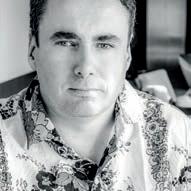
“Before [the pen and tablet], editing suites were massive with lots of buttons and levers. They looked like some sort of flight deck…”
Josh George Senior 3D artist, Coffee & TV London
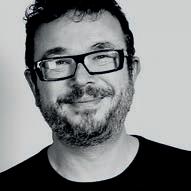
“The advent of digital sculpting was a watershed moment for me.”
Rob Hodgson Creative director, MPC LA

“The ability to place our creations in the scene, into the unencumbered camera work, has freed up the director to shoot the narrative as he chooses.”
Heroes come in many forms, and for adland’s post production pros, the innovative VFX and CG tools now available are the champions of the hour
Pens and tablets spell the end of clunky ‘flight deck’ suites
“Basically, the pen and tablet were revolutionary. They were introduced just about when I started in the industry, around 20-odd years ago. Before then, editing suites were massive with lots of buttons and levers. They looked like some sort of flight deck.
In that form, I think it was very much a technical skill. However, as soon as the pen and tablet came into play (first introduced by a company called Quantel) it allowed the more creative minds to get involved – people who could draw, basically.
The first one I used was a bit of a clunky old thing, with a cable from the pen to ‘the box’. It only
held a small number of frames and only worked in PAL, but it enabled you to draw and fiddle and work out what you wanted to do. It was, and is, a great creative tool.”
Andrew ‘Barnsley’ Wood
“Of all the various bits of software, plug-ins and render engines I have used in my 3D career to date, there is only one program that has truly changed the way I work: ZBrush. 3D artists have been able to make incredible things for many years, but before the arrival of ZBrush and 3D sculpting packages, realistic modelling was always quite a time-consuming and
difficult job. However, the introduction of a platform that allows you to make complex models in a more natural way has given artists true creative freedom. For any character or creature project the first thing that I do is open ZBrush and sketch in 3D.
I started using ZBrush in 2007. The advent of digital sculpting was a watershed moment for me. It broke the barrier between traditional artistic techniques and the more technical side of creating 3D models.
The makers of ZBrush have continued to innovate as the software has moved forward. The introduction of [virtual sculpting material] DynaMesh has really started to make sculpting digital models feel like working with actual clay. Sculptris Pro
[editing mode] has also taken its capabilities to another level by allowing you to dynamically add and reduce polygons wherever and whenever it’s needed, giving you an uninterrupted workflow that feels extremely natural.”
Josh George Seamless CG for credible ostrich oscillations
“Hmm, a piece of kit that has had the most creative impact over the last 20 years? There’s a lot that has changed and improved, but out of all of it, I think 3D tracking – benchmark technology that enables us to track a scene from a physical camera in the computer and then put a CG element into that scene. It’s not as sexy as
matte black carbon-fibre camera rigs, multirotor drones or real-time motion capture, but it is a fundamental building block in our work.
Take MPC’s Samsung Ostrich (which won two gold Lions for VFX and animation). The spot hinged on the audience being able to connect with a CG ostrich. To tell that story, the director needed the freedom to move his camera as he wanted with the confidence the CG ostrich would seamlessly fit into the shots.
There was a time when complex visual effects were framed as either lock-offs, simple camera moves, or required pre-planned, motion-control rigs. The lack of spontaneity would alert us to something unnatural and take us out of the moment. In this
Samsung spot, the director shot real ostriches –Steadicam, handheld, on camera cars, etc. on location in their environment, and we replaced 80 per cent of the real ostriches with computer-generated ones that performed – walked, ran and indeed flew perfectly on cue. They even displayed real, genuine emotion. I could talk about the synthetic muscles, the feather simulation, the lifelike animation, but the ability to place our creations in the scene, into the unencumbered camera work, has freed up the director to shoot the narrative as he chooses, and ultimately seal the emotional connection between the audience and our CG characters.”
Rob Hodgson


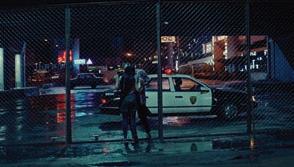

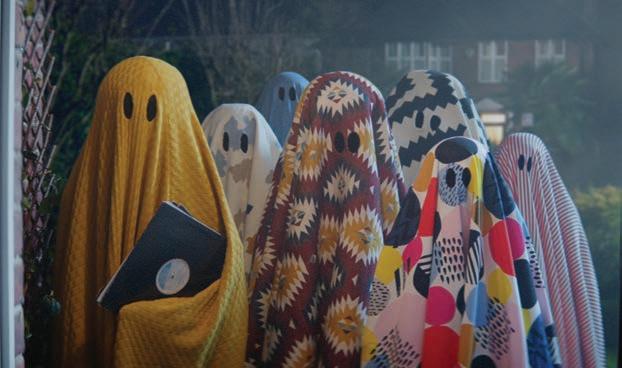

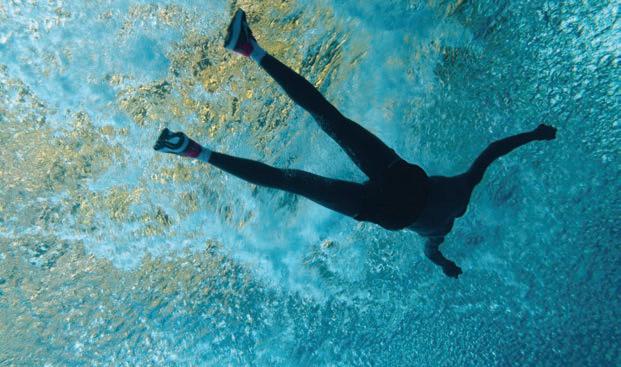
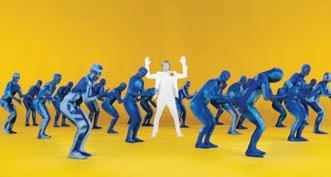

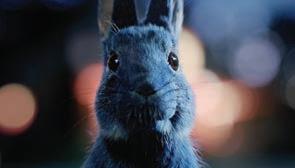
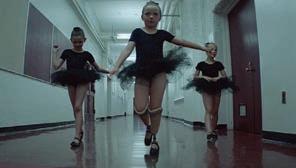
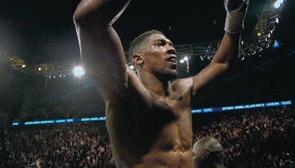
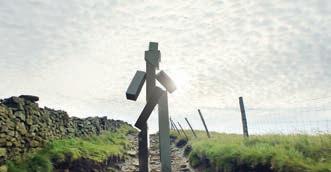
We could fill this whole issue with the brilliance of Blink director
Dougal Wilson – to date we’ve filled shots with 70 of his unforgettable spots. But Danny Edwards has managed to pick just five for the hero helmsman to analyse

Blink director Dougal Wilson has long been one of the most celebrated and successful directors in the industry. At the time of writing Wilson has had 70 separate pieces of work featured by shots (66 as director and four from the time he was a creative at The Leith Agency in Scotland) and each one bears repeated viewing.
For our heroes issue we asked Wilson if he would give us his personal insights into five of our favourite spots directed by the great man himself. He graciously agreed… then we realised that choosing just five would be a torturous task. Still, we persisted and, after much bickering and the exchange of not a few choice words, we were finally able to make the great sacrifice and whittle his output down to just five films that are not just great examples of the craft in their own right, but which also illustrate Wilson’s impressive directorial range. The accompanying illustrations are taken from Wilson’s own sketchbooks.


“We shot on location and had to move a real family out of their house for a fortnight while we redecorated…”
“This was a remarkably simple script by Matt and John at adam&eveDDB, which is interesting because I suppose it kicked off the whole John Lewis Christmas phenomenon. It obviously helped that we found a really great boy, Lewis McGowan, to be the actor. He was from Glasgow and he gave a fantastic performance,
looking bored and miserable, which makes it particularly effective when he does his only smileright at the end. I storyboarded this pretty tightly. We shot on location and had to move a real family out of their house for a fortnight, while we forcibly redecorated it with John Lewis stuff. Lasse Frank did a very nice job with the cinematography.”


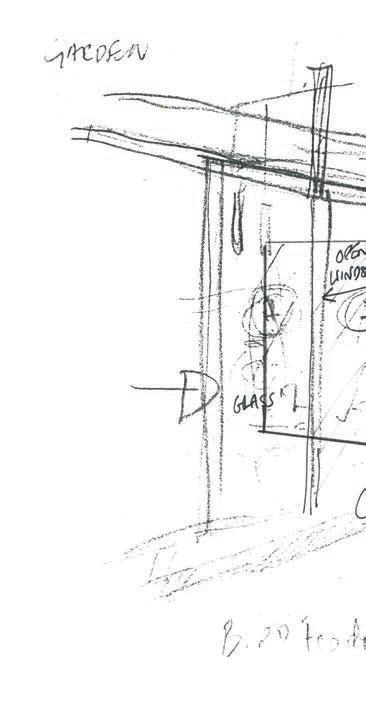
“I kept Googling photos of the Beatles there and trying to stand in the same place. It was quite an epic shoot.”
“This could have been a very different film if we’d gone with my original idea, which was to have the band play a punk song I composed myself. Luckily 4Creative weren’t so sure when they heard my demo. I’m very proud of having been involved in this bit of work and was lucky enough to meet all sorts of incredible people from around the world. One of the highlights was probably

when we recorded the final song with the band in the famous Studio 2 at Abbey Road Studios. I kept Googling photos of the Beatles there and trying to stand in the same place. It was quite an epic shoot but luckily the crew were fantastic, including my regular collaborators: producer Ewen Brown, DP Daniel Landin, production designer Andy Kelly and AD Jim Cole.”
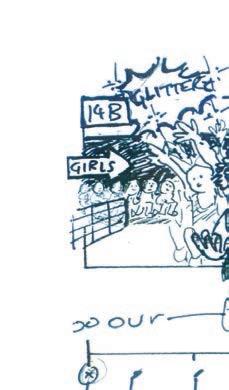

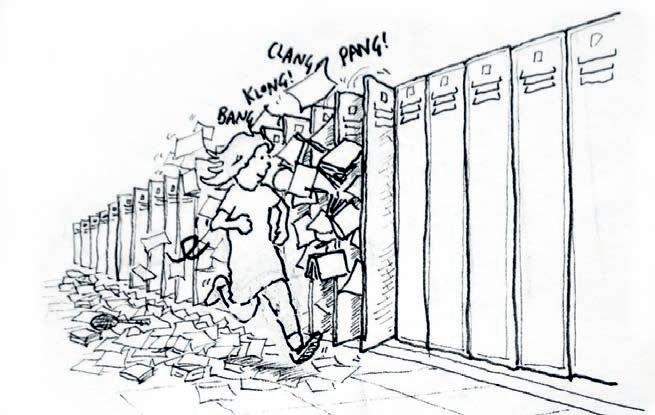

“I think we were all quite nervous until we found the Brian Eno Music for Airports track to put on it.”
“I usually storyboard everything myself, but with this ad it evolved quite differently. We started with casting, then developed a dance and designed a set around it. I ended up not really using a storyboard but instead making a ‘crap-amatic’ from the rehearsals and sort of drawing maps
around the set showing where the actors and the camera should go. It was a very collaborative job with the agency, Mother, and I think we were all quite nervous until we found the Brian Eno Music for Airports track to put on it, which, luckily, good old Brian allowed us to use.”
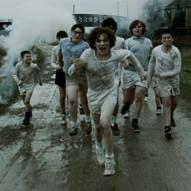
“It was shot over two dark, freezing days, with some kids whose unhappy performances are pretty genuine.”

“Dave Peterson made all our lockers, desks, cars etc explode precisely on cue to the music.”
“I think music videos are harder to do than ads because you’re completely responsible for both the idea and the execution. So when you do one you’re happy with it’s particularly satisfying. This one was shot over two dark, freezing days in the Lea Valley in east London, with some kids whose unhappy performances are actually pretty genuine. It was
originally planned as a video for Jarvis Cocker, where he was the gym teacher, but it got recycled. I jog quite a lot myself, so I had the idea while I was listening to the track on my headphones. I think I also probably performed some of the dance moves too. Again, this was shot by Lasse on 16mm, which accounts for its moody Scandi-Loach look.”
“This is a very recent one, and it was fantastic fun to make. I worked with an amazing practical SFX guy called Dave Peterson who worked with production designer Jeremy Hindle to make all our lockers, desks, cars
etc explode precisely on cue to the music. It’s always good when you know the music before you film, because you can make everything quite precise (if you’re so inclined). It was quite a noisy shoot.”
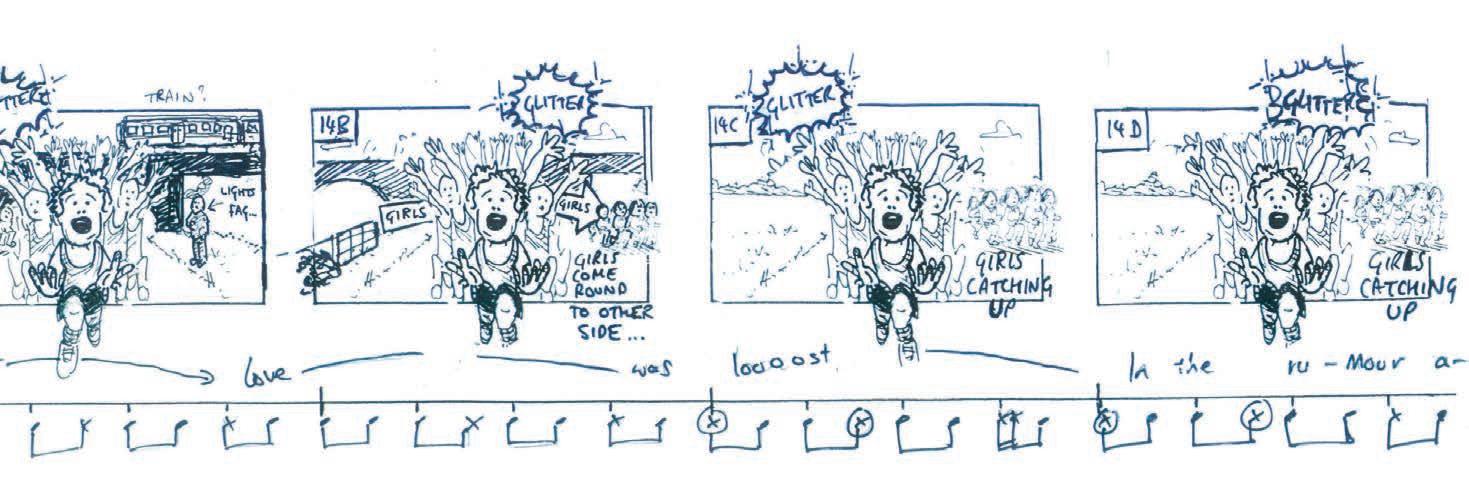
A day in the life of production designer David Mark Lee might well include rather odd tasks,
such as wrangling Ukrainian sheep into plastic suits or filling a spinning train carriage with
200,000 Post-it notes. He tells Kate Hollowood about always ending up with the “mental” jobs and how he draws inspiration from designers who could draw
When David Mark Lee hears that he’s been named a creative hero, his eyes shine with gratitude and astonishment. “I’m a creative hero? How did my name come up?” he asks. The down-to-earth production designer has no cause to be so self-e acing – he’s worked with some of the biggest names in Hollywood, including Ridley Scott, George Lucas, Baz Luhrmann and Brian de Palma and created some epic sets, from a sinking Spanish gun boat for Adam Berg’s Assassin’s Creed IV Black Flag commercial, to a spinning train carriage filled with 200,000 handwritten Post-it notes for the Galaxy ad Thought Train. For his next job he’s building a roller coaster coming out of somebody’s garden.
His most recent challenge took him to Ukraine, where he created technicolour plastic sheep suits for Nathan Price’s upcoming commercial for Woolmark. “I was on some farm, freezing, trying to catch sheep and put them into these plastic suits,” he explains, adding that, while it sounds cruel, the sheep were quite happy with their new garments once they were on. “Each job is mental,” he says. “Somehow I seem to land the mental ones.”
But Lee’s artistic upbringing meant he was unlikely to have ended up in a more humdrum profession. With an illustrator father, the family house in Scotland was filled with drawings. “Everyone just picked up a pencil and joined in,” says Lee. His father created comics for publications like Jackie, transforming scripts into visuals, much like Lee does now. “He’d keep funny hours and make us stay up at night watching films,” says Lee. He and his siblings joined in with their father’s passion for movies, and grew up on a varied cinematic diet: from Hitchcock’s Rear Window to Polanski’s Dance of the Vampires.
Lee went on to study fine art after school. “I enjoyed the process of painting, but it’s insular. You’re in your own world,” he says. “I like working with a team and exchanging ideas with people.” He suspected that film, which he considers to be a form of fine art but just “moving”, might be a more collaborative way of expressing his creativity.
“I thought, ‘I’m going to be really clever and write a thesis on the relationship between fine art and film.”’ His cunning plan worked, and through his research Lee was introduced to various film production designers.
Let loose in a sweetie shop and moved by red shoes
He embarked on a steep learning curve when he landed a job working on David Fincher’s Alien 3. “Working for [film director/ production designer] Norman Reynolds, with Oscar winners in a top art department, you had to up your game!” he says. But the experience was exhilarating. “It was like a big sweetie shop,” he says excitedly, his soft Scottish accent suddenly becoming more pronounced. “You realise you can do anything and everything within a framework for the camera. And that’s what I learnt –that the camera is everything.”
The work of the early 20th century Warner Bros. art director Anton Grot was a major influence. “He was an incredible draughtsman and designer. And he would create these huge sets, but it all came from his drawings, the end of a pencil,” says Lee, who still prefers to use the old-fashioned pencil himself. “It’s a quick way of working. All these wonderful visual pieces, like Hein Heckroth’s sets in The Red Shoes, are all designed by production designers who could draw.” Lee’s creative heroes are changing all the
time as he finds new ones. “I enjoy European filmmaking, it’s experimental. But I also think Wes Anderson’s Isle of Dogs is beautiful,” he says. “I love the colour and use of texture.” He recently watched Peter Hall’s 1970 film Perfect Friday. “What a great rounded bit of filmmaking that was,” he says. “It’s a bank heist film that was designed by a guy called Terence Marsh and the interiors are just stunning. A frivolous, sexy period film.” With younger generations becoming increasingly visually literate, Lee believes we can look forward to a future filled with more creative luminaries.
He points out Somesuch director Aoife McArdle, whom he recently worked with on the Honda spot Ignition, and who launched her first feature-length film Kissing Candice at the Toronto International Film Festival last year. “I’d like to see more commercials directors that I’ve worked with stepping up and doing long-form pieces,” he adds. “They are more than capable of it.”
Lee is hoping to make a film with his wife Poppy Luard, who is also a production designer and has worked on Wes Anderson’s Fantastic Mr Fox and Tim Burton’s Corpse Bride. “There are a couple of projects we’re developing,” he says. Once again, his house is filled with drawings. S

“You realise you can do anything and everything within a framework for the camera. And that’s what I learnt – that the camera is everything.”


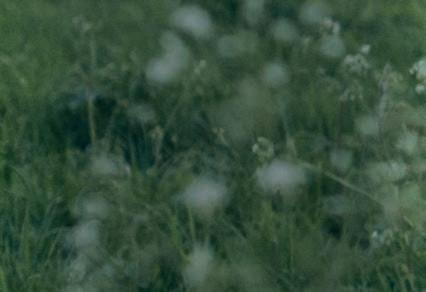
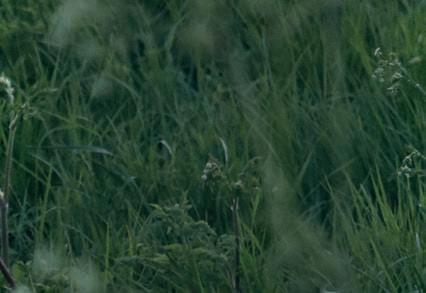
If there was a Lion for modesty, the gentlefolk of adam&eveDDB would bag yet another Grand Prix (they have seven already) for attributing the success of the Gunn Reporttopping agency to “bloody good luck”. Selena Schleh talked to outgoing group CCO, Ben Priest, ECD Ben Tollett and CCO Rick Brim about the many heroes –including brave clients such as John Lewis and Harvey Nichols – who’ve helped them seek out advertising gold
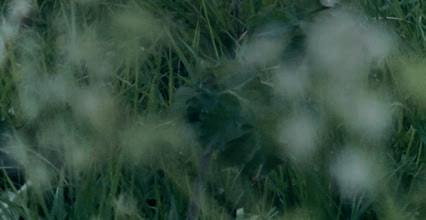


“We’ve been going for 10 years, and in those 10 years we haven’t done a bad job,” says outgoing group CCO, Ben Priest, of the agency he co-founded in 2008 with James Murphy, David Golding and Jon Forsyth. “We’ve gone from 10 people to 700, done some nice work, hired some good people, made some waves.” It’s a neat but entirely too modest summary of one of adland’s biggest success stories, a creative juggernaut groaning under the weight of countless awards and accolades: seven Grands Prix; Cannes Lions and shots’ Agency of the Year in 2014; top of the Gunn Report in 2017 – to list but a few.
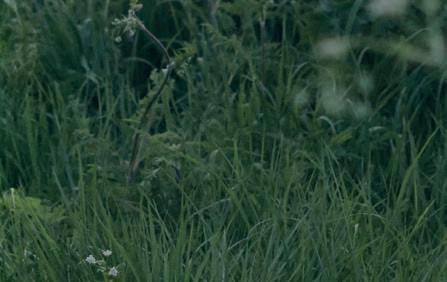
Among the good people Priest has hired in his time – and who have helped him raise adam&eveDDB to these dizzying heights – are ECD Ben Tollett and recently anointed CCO Rick Brim, but the real hero, they insist, is the company itself. “It’s been very much a company-wide, group e ort. It’s not everyone working for one terrifying egomaniac. No big egos, no prima donnas. It’s about the agency being famous for our clients’ work,” states Priest. Forget creative overlords –brilliant stars around which the rest of the agency orbit – the trio see themselves rather more prosaically like the detectorists of the eponymous TV series, in which middle-aged men doggedly roam the British countryside, waving metal detectors like modern-day
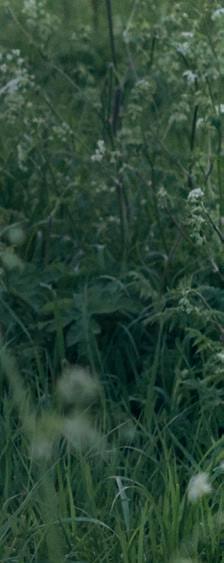
divining rods in search of treasure among the old ring pulls and shotgun cartridges. Except in this case, it’s golden ideas, not Roman coins, they’re looking to uncover. And just as detectoring depends on good fortune, adam&eve’s success, says Brim, is simply down to a “run of bloody good luck”.
Of all the treasure troves this motley crew

have unearthed, their brilliant John Lewis work must top the list. It all kicked o in 2009 with The Feeling, but it was 2011’s The Long Wait that propelled the brand into the collective consciousness and which, with follow-up spots including Monty the Penguin, Buster the Boxer and last year’s Moz the Monster, have made the retailer’s Christmas advert as much of a great British tradition as bone-dry turkey and dozing o in front of the Queen’s speech.
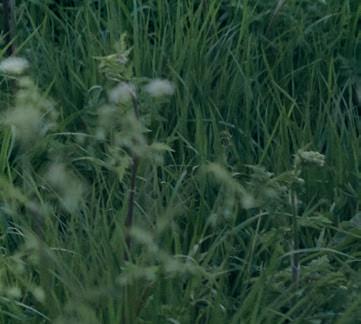
But there are plenty of other gems: Harvey Nichols’ Sorry, I Spent It On Myself, which turned a range of crap gifts – toothpicks, paperclips, sink plugs – into must-have items (they were changing hands for 10 times the retail price on eBay, apparently); Marmite Gene Project, a scientific research programme investigating whether the “love it or hate it” reaction is genetically pre-determined (it is); and Come Together, a short for H&M that, says Brim, is “the purest form of Wes Anderson, in a commercial sense, that he’s given to any brand, including Prada.” Not only did those campaigns garner every creative award going, they achieved the holy grail of advertising: becoming popculture moments. These were ads to look forward to, watch, re-watch, laugh at, tear up over and talk about.
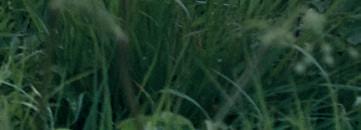
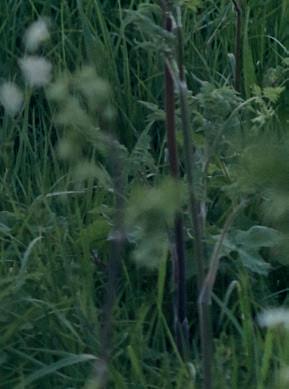

That, says Priest, was all down to a “very important cultural decision” – perhaps the most heroic statement of intent the agency ever made – that from the outsetthey would try to do big campaigns, for big brands, that would have a “mass-market, sledgehammer” e ect: “That’s the most di cult type of work to do when it still has some sort of creative dignity to it. But we weren’t going to sit in the corner and noodle about with obscure and niche businesses. That’s not what we were about.”
Of course, that bravery has been matched by clients willing to take a leap of faith. It’s a ballsy brand, says Brim, that agrees to take its defining feature, a rainbow, out of its product in honour of London’s LGBT Pride celebrations, as Skittles has done for the last two years. Ditto the decision to use CCTV footage of shoplifters, identities obscured by cartoon faces, as Harvey Nichols did. “If we are to say there are heroes, then it’s the clients,” Brim concludes, “we just try our luck. There’s a whole body of work I can’t believe we got anyone to say ‘yes’ to.”
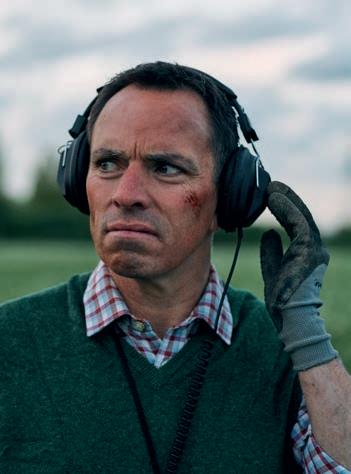
“…Dougal [Wilson] came along and has shown the world that you can be brilliant and don’t have to be bothered about trying to appear a certain way. He’s all about the work.”
Directors: wash hands thoroughly after using
Clients aside, this entire article could probably be dedicated to the trio’s many other heroes, though, as Priest points out, “It’s really important to have them because there are so many fucking villains in advertising.” His list includes David Abbott, Chris Palmer and Mark Denton, and his godfather Marc Antonio (“who had to sit through a year of the world’s worst student book after lunch on Sundays and never once asked ‘What the fuck are you doing?’”). Brim credits his old art teacher “who made me feel it was all right not to be hugely academic and follow what I wanted to do”, and Sir John
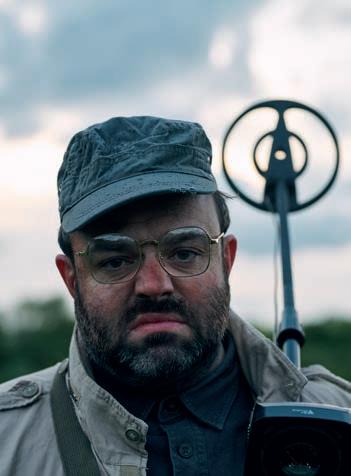
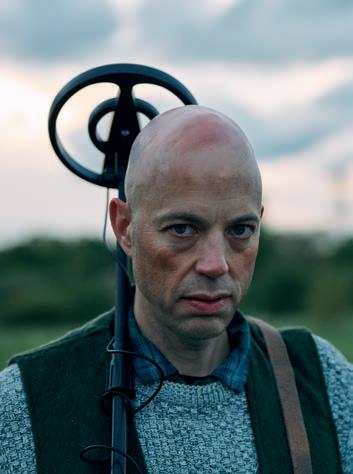
It’s the doers – the detectorists braving the drizzle and mud – who count in the world of adam&eve, which is why the villains of the piece, for Priest, are the mere “talkers”. “The industry’s in a weird place,” he sighs. “There’s a lot of fucking chat. There’s a lot of people broadcasting their views from the sidelines, telling what the right and wrong thing to do is, but when you look at what they do in their day job, you think: hmm. We like the people whose point of view is visible in their work instead.”
“There are positive villains and negative villains,” clarifies Brim, “and the people just wanging on relentlessly about a point of view, who don’t actually do anything, they’re negative villains, and they just get on your nerves. But the positive villains are what keep it interesting: they drive you to want to beat their work.”
Co-founder Ben Priest (above) S
Hegarty for making advertising “cool” through BBH’s ads for Levi’s, while Tollett pays tribute to “all the people who’ve helped me through the business”: Erik Kessels and Johan Kramer, Robert Saville and Mark Waites, Tim Delaney, Jeremy Craigen, and his ex-creative partner, Emer Stamp. “I would never have made the journey without her.” One name they all agree is a hero, though, is director Dougal Wilson, whom they’ve worked with on numerous John Lewis spots, because “He’s as nice as he is good. When I started, there were some directors who’d [make you] a great film, but you’d feel like you needed to be jet-hosed down in the garden afterwards,” says Priest, “then Dougal came along and has shown the world that you can be brilliant and don’t have to be bothered about trying to appear a certain way. He’s all about the work.” With Priest cashing his chips in and leaving adland for good this summer, who does he tip as a future creative hero? He’s loathe to name names for fear of poaching (“We’ll nominate them and then wave goodbye to them!”), but thinks the key is being an all-rounder and self-starter. “You need to have the concept for an idea, know how to take it to market: not just hand over a script and wait for feedback,” agrees Brim. “You’ve got to hustle. It’s not about being gobby and in-your-face, though, it’s about using the channels and tools available to you.” And being a great collaborator, too, adds Tollett. “[Creatives] can’t have a vision from up on high that everyone has to follow; everyone helps mould that vision and make that idea: account people, planners, technologists.” While the modern creative might boast di erent interpersonal skills to the admen of yore, one quality that makes a true creative hero won’t change: the ability to come up with “blindingly simple insights that unlock a challenge in the agency”.
Tollett agrees. “Anti-heroes keep you struggling. Obstacles, challenges, di erent points of view… that’s fundamental to making great work.”
Like the subjects of one of his films, We’re the Superhumans, Joe Guest believes in pushing things to extraordinary limits. Danny Edwards chats to the Final Cut editor about suits and stupidity



With quality work ranging from the BBC Radio 1Xtra spot, Street Music, through to Nike’s recent epic, Nothing Beats a Londoner, Final Cut editor Joe Guest has become a mainstay on the creative advertising scene.
Moving images were always going to play a big part in his life – at 17, he lied about his age to get a job as a projectionist at his local cinema in Hampshire. He then became a runner at a company called AV Department before a life in editing called.
With an array of stunning, award-winning commercials to his name, including Cadbury’s Gorilla, John Lewis The Long Wait, Channel 4’s We’re the Superhumans, and music videos such as Dirty Vegas’ Days Go By and Coldplay’s Life in Technicolour, this editing marvel is the perfect Guest to have at our table of advertising heroes.
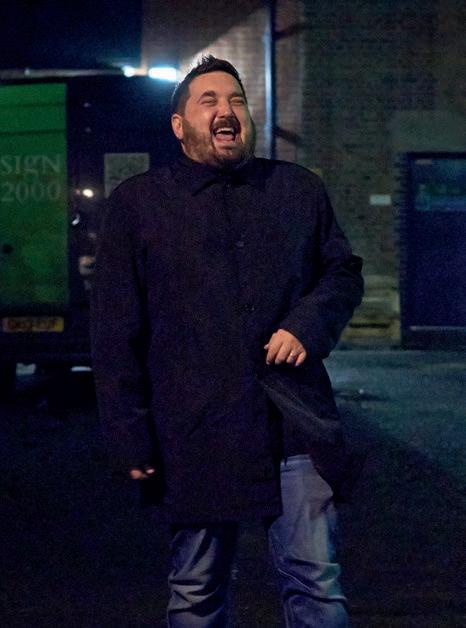
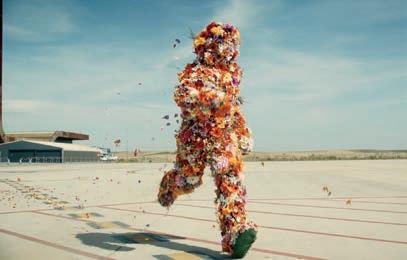
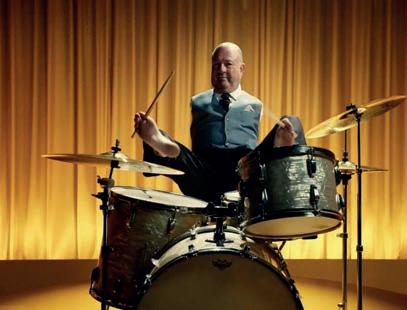
Who or what were your heroes [advertising or otherwise] when you started out in your career?
Back in the early 90s, before Avid was launched, there were tape and film editors. I ran and assisted for two of them (you know who you are). Their lives were a blur of work and hardcore partying!
As a 19 year old I was amazed this was a job and lifestyle that I was being trained to be part of. Now I’m way into my 40s, those guys are still working and playing very hard. Heroes.
What do you consider to be the bravest creative decision you’ve made in your life/career? I make creative decisions every day.
Some of them brave, some are stupid. Let’s hope the stupid ones don’t make it onto the telly, but if they do then they were obviously brave decisions!
Who or what do you think are the creative heroes currently working within the advertising industry?
I think that Final Cut has a fantastic pool of creative talent. As a company they are great at championing new talent and giving everyone a chance to pursue their creative goals. There’s a few new bloods coming up that are gonna be the ones to watch.
Who or what do you think are the creative villains
currently working within the industry? The villains always wear suits into the edit suite. I think it’s time we imposed a ‘no suit’ rule.
Who or what do you think might be the creative heroes of the future?
Over the last year I’ve been working with two creatives from W+K who are really trying hard to push the client and the work forward. It doesn’t always make it to the screen as the client is still not quite ready to let go. These two will make it big one day and I’m excited to see what they do next. I think as long as you are trying to push the work and fighting to keep things fresh then you are a hero of the industry. S
“I make creative decisions every day. Some of them brave, some are stupid. Let’s hope the stupid ones don’t make it onto the telly but if they do then they were obviously brave decisions!”
“Just Do It.” Who knows how many sporting heroes that iconic slogan – coined by Dan Wieden for Nike’s groundbreaking 1988 campaign – has inspired over the years? It’s short, simple, motivational and, 30 years later, it hasn’t dated or lost its punch. No wonder it regularly tops best taglines of the 20th century lists.
Since then, W+K has become known for boundary pushing work that has proved timeless. For Nike (it remains the brand’s primary agency) it has produced such compelling ads as 2016’s The Switch with superstar Cristiano Ronaldo, the Spike Lee and Michael Jordan spots, and its Rio Games Unlimited campaign, which featured an 86-year-old nun triathlete and America’s first transgender Olympian. For Old Spice it made the witty The Man Your Man Should Smell Like campaign. And the agency has also created memorable work for other top global brands such as Airbnb, Coca-Cola, Delta Air Lines, Facebook, Honda, Instagram, Mondelēz, Samsung and Spotify.
Founded in Portland, Oregon, in 1982, the trailblazing indie has also opened o ces in Amsterdam, Delhi, London, New York, São Paulo, Shanghai and Tokyo. It has earned a number of agency of the year honours from leading organisations and publications – this year it was Ad Age’s Agency of the Year and was named in the 2016 Gunn Report as most awarded agency in the US, and the seventh most awarded worldwide.
Its success story is inseparable from that of Susan Ho man, its co-chief creative o cer. A Portland native, she started as an art director at Pihas, Schmidt, Westerdahl before moving to TBWA\Chiat\Day Seattle, and then finally arriving at Wieden+Kennedy where she’s spent 35 years defining the agency’s culture and applying the lessons she learned along the way. “When you’re starting out as a junior, I think you’re always looking up to who’s doing the most exciting, creative work,” she recalls, “so my heroes in the beginning were Jay Chiat, Tom McElligott and Milton Glaser. Chiat\Day was doing brilliant, breakthrough work, and Jay and Tom were the new pioneers in advertising, while Milton was an amazing conceptual designer. After that it was David Kennedy and Dan Wieden.”
Ho man actually worked with the pair at McCann-Erickson in Portland before joining W+K. “When they formed their own company to do the Nike account, they couldn’t a ord to take me with them, so I just waited until they could,” she reports. “And when I got an o er from another agency, I turned it down. I just knew I had to work with Dan and David. They were so honest, so truthful and so real, it just inspired me. I’d had a hard time at school, and to this day I feel that if I hadn’t found them, I wouldn’t have found me. That’s how phenomenal it’s been.”
A crucial part of the creative team, it was Ho man who was inspired to use the Beatles song Revolution for the iconic Nike spot of the same name, and her
unique perspective is present in many of the most memorable ads W+K has produced. Since Kennedy’s retirement in 1993, she’s provided the visual yin to Wieden’s storytelling yang and greatly contributed to the wider global W+K network. She’s worked as a CD; opened the Amsterdam and London o ces, serving both as executive creative director; and done ECD gigs in New York and Delhi, bringing a taste of the W+K culture to the global operations. Under her leadership as ECD of W+K Portland, the o ce rapidly grew to 600 people. She also ran WK12, their experimental ad school and has helped launch the careers of many of the most successful creative directors in the industry.
“I just knew I had to work with Dan and David. They were so honest, so truthful and so real, it spoke to me and just inspired me. To this day I feel that if I hadn’t found them, I wouldn’t have found me.”
Marathon men and massive disruption
Since last year the agency’s global management has comprised Ho man and Colleen DeCourcy as co-CCOs with Neil Christie as COO. The team is committed to pushing the global W+K network to find new and di erent ways of working and thinking across technology, content publishing and design. Last year, continuing its innovative work with Nike, it launched an ambitious project called Breaking2, documenting Nike’s challenge to build a shoe – Nike Zoom Vaporfly Elite – that would help marathon runners break the elusive two-hour barrier.
The campaign saw a trio of top runners meet at Italy’s Monza Formula 1 racetrack one May morning to attempt to beat the world record set in 2014 when Kenyan runner Dennis Kipruto Kimetto clocked in at 2:02:57. Though the two-hour mark wasn’t crossed, Kimetto’s time was bested by Eliud Kipchoge who finished at an incredible 2:00:25. A full-length documentary following the quest was produced with National Geographic. W+K and Nike continued to collaborate on product innovation with last year’s Nike Maker Experience, which o ers customers a bespoke sneaker in less than 90 minutes. This was one of the projects undertaken by the agency’s tech division The Lodge, which works with AI, VR and CG to push creative experimentation. Ho man is excited about the creative possibilities to come and believes the heroes of the future will be “kids who’ve had the tools for massive disruption at their fingertips since the day they were born. They’re so curious and so inventive, and I see all that with my own kids. With all the new technology available they’re really innovative and just naturally want to change things for the better.” But balance is all and Ho man cites too much “science” as one of the industry’s anti-heroes: “I’d like to see people rely less on data and research – and put more trust in their own gut feelings and take more risks. You need some science, but we’re also human and need that emotion.” S

Since it was founded in 1982 Wieden+Kennedy has become synonymous with innovation. Among recent bold work was a bid to create a running shoe with Nike that could enable a marathon run in under two hours – fitting considering the agency’s first ever TV spots were aired for Nike during the New York Marathon. Iain Blair talks to co-CCO Susan Hoffman about her 35-year-long W+K story and finding the perfect blend of science and emotion

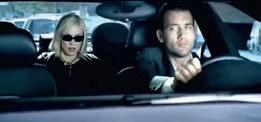
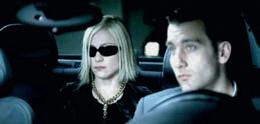
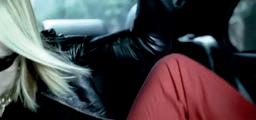
He pioneered branded entertainment with BMW Films’ seminal web series, The Hire, transformed BBDO New York into a “21st century version of a kick-ass 60s New York agency” through mould-breaking campaigns for HBO and Snickers, and boasts more than 160 Lions to his name. For David Lubars that’s just called “doing a good job”. It’s the people, not the creatives, he tells Selena Schleh, who are the real heroes of advertising
Everyone carries some kind of burden. So when it comes to advertising, heroism is trying to be kind and finding a way not to be part of that burden. What is the way to not pollute the culture with crap and inject some fresh air? And by the way, there’s a practical reason to do it too. Because no one’s going to buy something from a brand they don’t like, unless it’s some life-saving drug. If I’m sitting with you at dinner, do you want me to be poking my finger in your face, telling you how great I am? Or do you want to have a nice conversation, where I’m charming, I listen and I want to hear you talk?
My real heroes are the people out there who I send my clients’ messages to. I will never call them consumers. I’ll never call them the target market. I find that condescending and patronising and dehumanising. I just call them people. You have to respect the integrity and dignity of your audience. You’ve got to put them on a pedestal, because if you don’t, you’ll never connect with them and it’ll feel false and glib. Like 98 per cent of advertising is.
I’ve had many personal mentors. Tom Monahan [of Leonard/Monahan] who gave me my first job, way back in the day, at his tiny little agency on Rhode Island. He was an amazing moulder of clay, as was Jon Goward at Clarke Aronson Goward. They may not be globally famous, but they were amazing teachers and I wouldn’t be here without them. And Greg Hahn, my current NYC CCO.

“I’ll never call them consumers [or] the target market. I find that condescending and patronising. I just call them people.”

At Chiat/Day, there was [copywriter] Penny Kapasouz, a genius at print advertising, who did Apple’s 1984 Mac ad – “If you can point, you can use Macintosh too.” She’s unheralded, but was a brilliant writer: tough in the best way. She and Steve Hayden and Lee Clow ripped me apart and built me back up to be a real writer. I arrived at Chiat as a 23 year old having already won some yellow Pencils, so I thought they’d cut me some slack, but no. It was like being in the Marines.
“In fact, the enemy and the thing that’ll mean the end of our species is ‘enoughness’.”
I’ll always be grateful to Dan Wieden. In 2001, we entered the BMW Films work [The Hire] into Cannes Lions, and they sent it back with the money, saying, “Well, the jury president questioned whether it was even advertising.” I was furious. Because the question should be: what is advertising? If you’ve got this new medium called a computer, you can’t do the same thing as a TV commercial. The following year, Dan was the jury president, and he invented the Titanium Lion specifically for BMW Films, as a way to recognise work which shows the way forward so much that it can’t be put in a traditional category. I always admired the thoughtfulness of that.
With BMW Films, we knew we were going into a new territory. There were lots of scary elements to it. Up until then, we had been taught: compress, compress, compress. Even a 60 [second spot] felt long, and like: you’ve got to really fill that thing up! So five or six minutes felt like five or six hours to us, and with sub-plots and time-shifts, the whole thing was foreign. In fact we were so nervous about it that I hired Hollywood screenwriters to help us in the beginning. But they were terrible! They had no idea how to respect the brand or [incorporate] it organically as opposed to some gratuitous throw-in. Hollywood screenwriters are great, but they’re purely about entertainment, not the discipline and rigour of how does the brand and product fit into the work in a way that still feels entertaining and di erent. So we taught ourselves. And if you watch [the films] in sequence, the first one is kind of flabby, but then they get better and better and better. We worked out that’s what agencies do: protect the brand.
My job now is to keep stirring the cement, because when it hardens on an agency you’re stuck in it, and you can’t flow in the direction the world wants you to go. I’m sure, if I was starting out today, they’d say I had ADHD. I’m always looking for things that will make our clients not
bored – something interesting, innovative and e ervescent – from BMW all the way up to what we’re doing for Snickers right now. A lot of stu that made BBDO New York famous was carving new channels.
In fact, the enemy and the thing that’ll mean the end of our species is “enoughness”. Being satisfied. They say you’re exposed to 5,000 messages a day from the various mediums and channels. I challenge you to remember two. There’s so much money and waste. How does that help people love your brand and buy your things? Being satisfied with average is the enemy of everything.
Who will be the creative heroes of the future?
Well, it’s a di erent type of person who succeeds today [in advertising] than in the last generation. Thirty years ago, the horizon was defined. There was the sun, there was the blue sky, there was the water, and you had to fill it with some good things. I’m not saying it was easy, but it was defined; you knew what you were doing. Today, when you wake up, every day there are new inventions and games and developments, and it’s like fog: you can’t see the horizon line at all. You have to be comfortable in the fog, knowing that occasionally there’ll be shafts of light coming through the clouds – and you grab onto them and bam! You get something new, and then it gets foggy again.
There will never be a defined horizon line again, so you have to be comfortable with organised chaos. And I don’t think that [way of looking at things] can be learned. It’s a headspace. I’m 59, but I see people who are 39 and they seem old fashioned and stuck to me.
“…all the mentors I mentioned aren’t whacking the horse of something they did in 1992. They’re always delivering, year after year.”
I’m not comparing myself to them, but look at people like Miles Davis or the Beatles, or Hemingway. I admire them because they weren’t living o the fumes of one achievement, in the same way all the mentors I mentioned aren’t whacking the horse of something they did in 1992. They’re always delivering, year after year. And that’s what I’ve tried to do over 30 years.
Really, there’s nothing heroic about me or our industry. Being good at your job? I’m more comfortable with that than being a hero.
750MPH’s head engineer Sam Ashwell tells Danny Edwards about the people who’ve influenced his sound vision, from trainer designers to dirty bassliners
“Where words fail, music speaks,” said Hans Christian Andersen, and one of the masters of making music and sound speak is 750MPH’s head sound engineer and creative partner, Sam Ashwell, who has brought his amazing aural abilities to projects for brands such as Nike, Waitrose, Axe and Volkswagen.
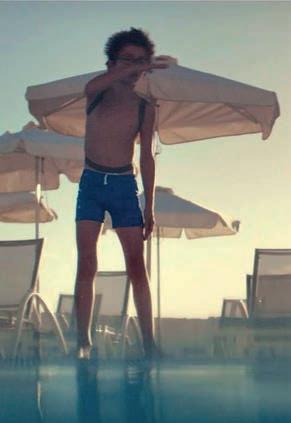


Who were your heroes when you were starting out in your career? I had so many heroes growing up, not necessarily from advertising. All of the guys below shaped the way in which I see the world and how I represent it in my work today.
Ben Burtt He was responsible for switching me on to film sound design.
Tinker Hatfield This trainer designer had (and still does have) a huge effect on my taste, my style and my wallet!
DJ Randall I grew up on drum and bass. I learnt to mix by standing by the decks night after night and watching him, dissecting his sets and trying to copy his style.

Danny Bukem This is when I started to hear mad sounds rather than just dirty basslines. He helped me explore so much other sound and music.
Autechre There were/are so many good producers/ designers of this style, but they were the ones who showed me first that sound design could be music and vice versa.
WalterMurchandRandy Thom I’ll group these two. I remember checking films I rated, and their names would appear.
DaveTipper At 21, Dave was a better sound designer than 99 per cent of people are today. Dave and Mike Wallis are hugely responsible for where I am at.
RodneyMullen The best skateboarder that ever lived.
I idolised him in my teens. ShigeruMiyamoto He helped shape my teen mind.
Who are the creative heroes currently working within the advertising industry?
I’m trying to figure out what the term creative heroes means to me. If it’s people I respect, then the creatives and directors who go through months of exploration and work to get their idea made, batting away clients’ fears.
And what about the creative villains of theindustry?
Whoever is responsible for money dictating the creative
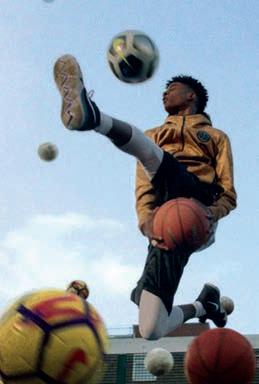
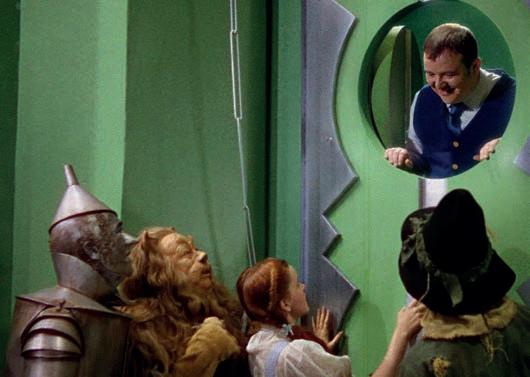
process. It always amazes me how much money and time can be spent getting a piece of work made and sometimes how little time and money (and thought) is put into the sound process, though there are obviously lots of exceptions to this.
Who or what do you think might be the creative heroes of the future? From a sound design perspective, those that can embrace the tech but not get lost in it, those who have a strong sense of tone, pitch and rhythm but not necessarily music, those that listen to the world around them and those that can interpret a brief and feedback. It’s the kids, innit! S
“It always amazes me how much money and time can be spent getting a piece of work made and sometimes how little time and money (and thought) is put into the sound process…”
It’s strange to think that in years to come our daughters might possibly thank Weinstein, Trump and other pussy-grabbing types for their services to feminism – their deeds and/or attitudes having set o a chain reaction resulting in #MeToo and Time’s Up and a general upsurge in revulsion that’s accelerated the drive to seriously address sexual harassment and gender inequality. When shots examined advertising’s gender issues in 2015 (issue 159), and again last year (issue 168), though welcome initiatives such as the 3 Percent Conference and Free The Bid had started to e ect change, it was at a snail-like pace. Not all the conversations started were ending in action and it seemed some brands were pursuing ‘femvertising’ in the spirit of what Grey’s Vicki Maguire dubs the ‘stop the bandwagon I want to get on’
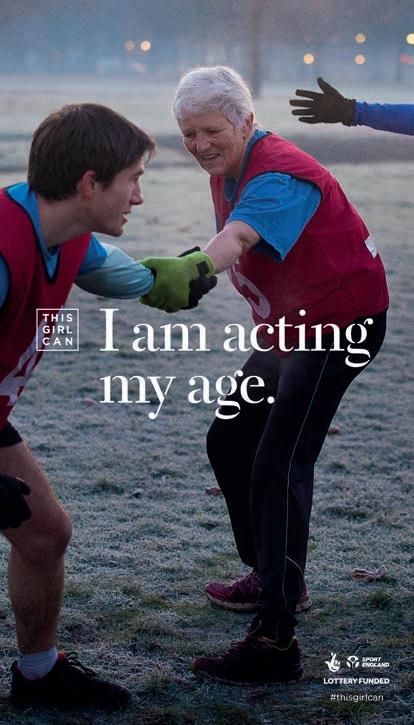
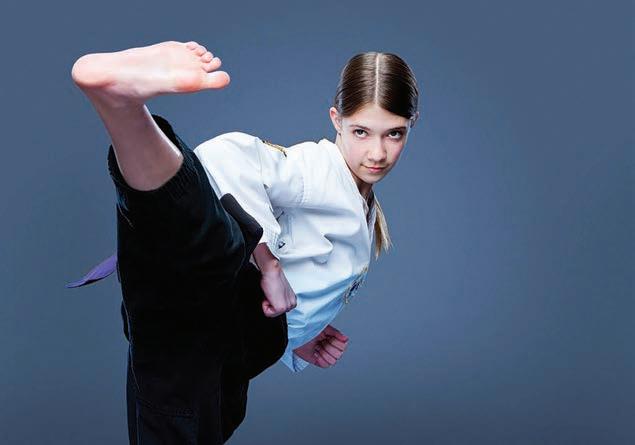
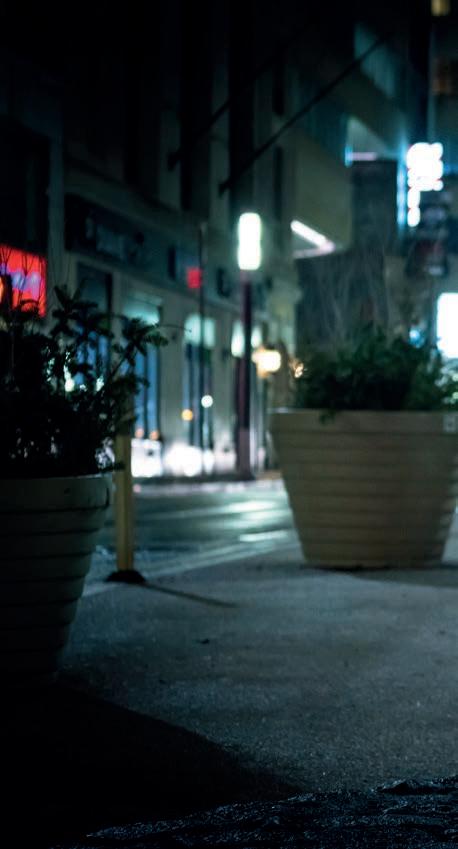
phenomenon. It is still the case that although women occupy 46 per cent of the jobs in advertising, they account for only 11 per cent of creative directors. More disturbingly it has become apparent that sexual harassment in the industry is rife. Inspired by #MeToo, in October last year consultant and diversity advocate Cindy Gallop issued a call on social media for people to contact her with tales of harassment that they've not made public [see more on page 54]. She says the response was overwhelming and revealed to her the fact that
adland has been concealing murky corners crawling with Weinsteins. Sharon Jiggins, EVP of FCB Inferno notes: “It should be a key priority of all agencies to take a good look at themselves and their behaviour. There can be blind spots where senior management are concerned as they have grown up in an era of advertising where sexual banter and acting on gender bias was seen as acceptable.”
Gradually it does seem that the industry is facing a time of reckoning and cases have been coming to light. Though communications o cer Erin Johnson’s sexual harassment suit against JWT’s Gustavo Martinez rumbled on for more than two years, she reached a settlement in April. Lawsuits have been filed against former Martin Agency CCO Joe Alexander and Innocean’s CCO Eric Springer, and other adland heavyweights are under investigation. The Time’s Up Legal Defense Fund is helping more victims come forward and the US-based movement has also spawned Time’s Up Advertising, which was launched this March to address sexual misconduct and inequality
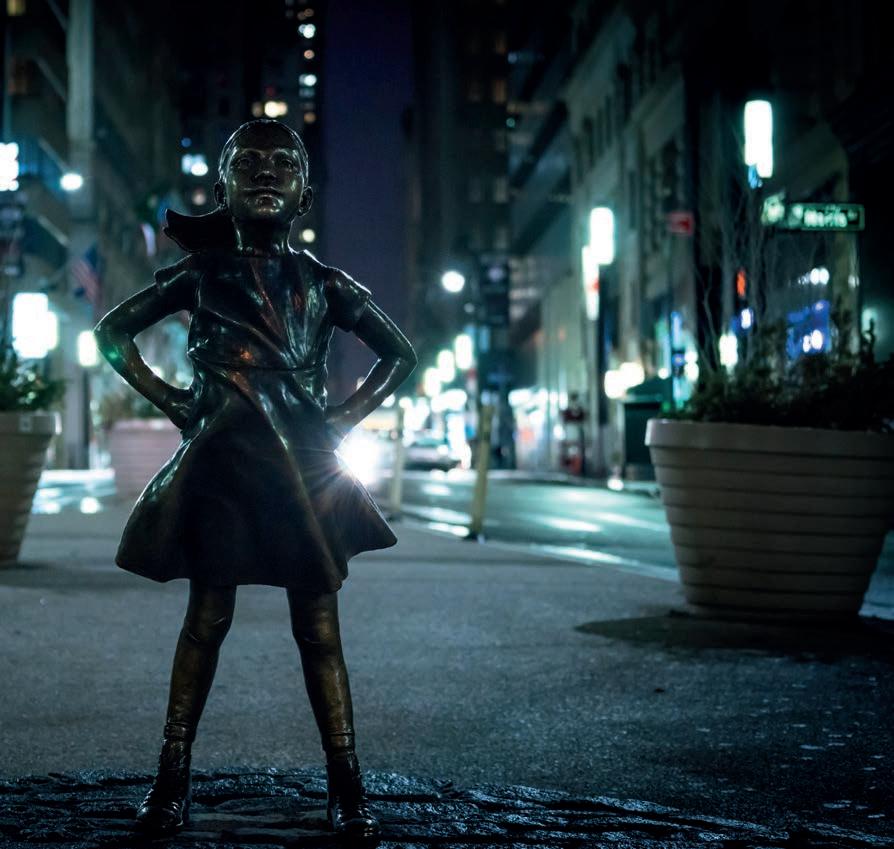
Since ‘feminisme’ was first coined in France in 1837, the F-word brand has endured more ups and downs than a menopausal woman’s mood. Yet now, movements such as Time’s Up are proclaiming that women’s rights are all right and the ad industry is finally starting to uncover and address the shame of sexual misconduct in the ranks. Carol Cooper looks at adland’s feminist heroes and villains, and three campaigns in particular that have taken on the dark forces of gender cliché and the patriachy

in adland; the group of female industry leaders who’ve signed up to it has grown from 14 to 200. In March, a UK version of the movement, timeTo, was founded by a number of bodies including The Advertising Association.
In the wider workplace, a UK gender pay disparity that’s been woeful for decades was dubbed by Theresa May a “burning issue”, leading to this April’s Gender Pay Gap Report which revealed almost eight in 10 companies and public sector bodies pay men more than women. In the ad industry, WPP has been condemned for its gender pay gap of 14 per cent.
It’s long been established that getting women promoted – and respected by equal pay – in the industry will lead to more diverse, stereotype-free advertising. The causal link works both ways; advertising plays a crucial part in shaping images of womanhood, and the better the role models the media reflects back to young girls, the more future female leaders there’ll be to create more diverse advertising. Last year, joint research conducted by the Geena Davis Institute on Gender and JWT New York revealed that women were 48 per cent more likely than men to be shown in the kitchen and generally used more simple language than them. The Museum of Brand’s research last year also identified how

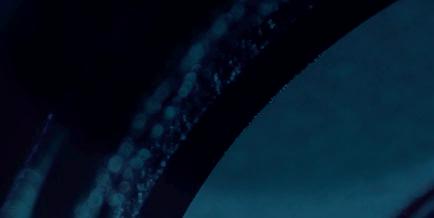
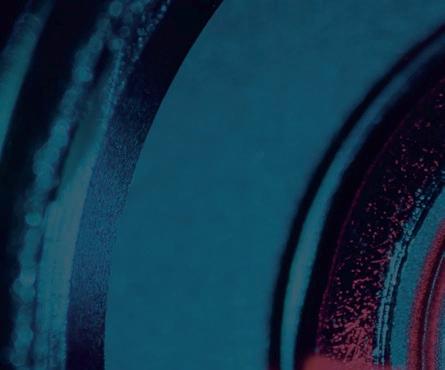
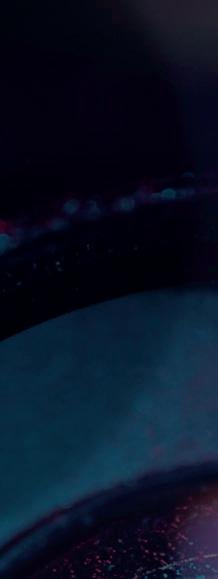
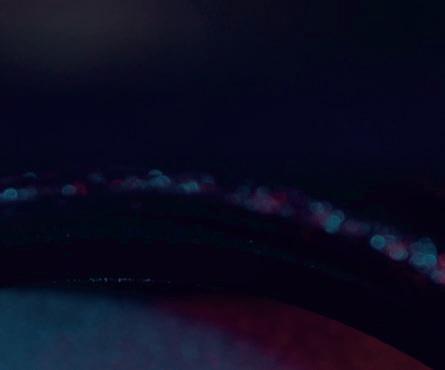
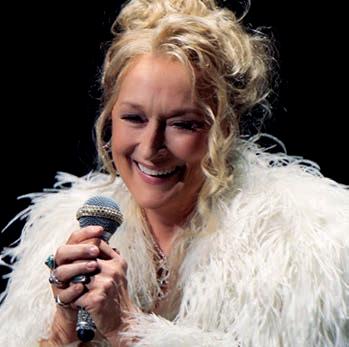


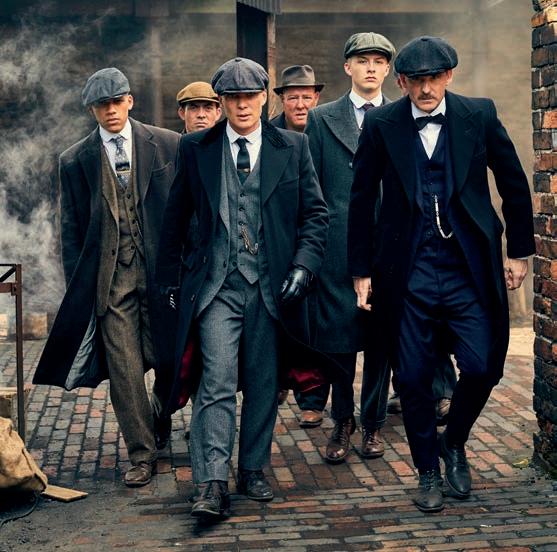
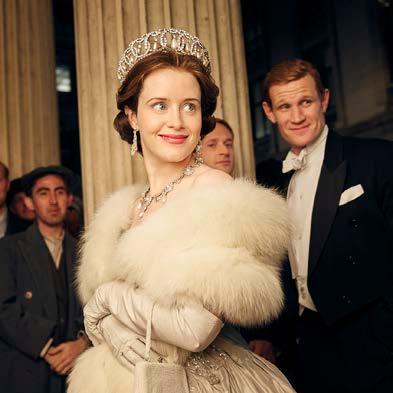
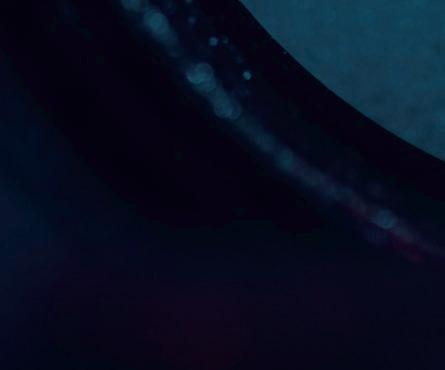


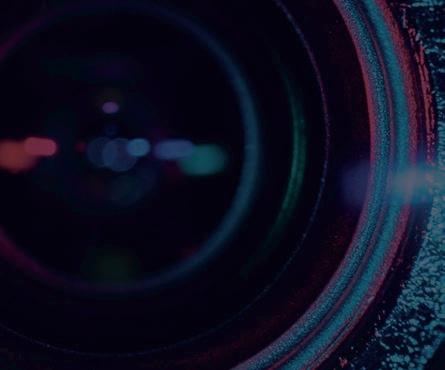

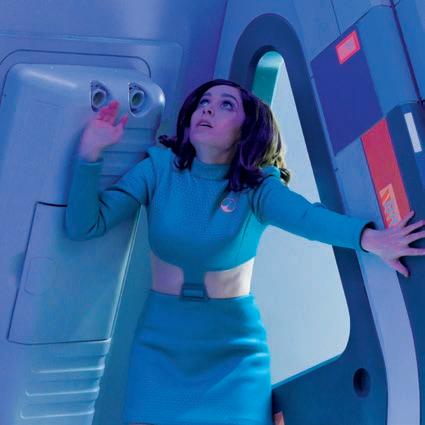
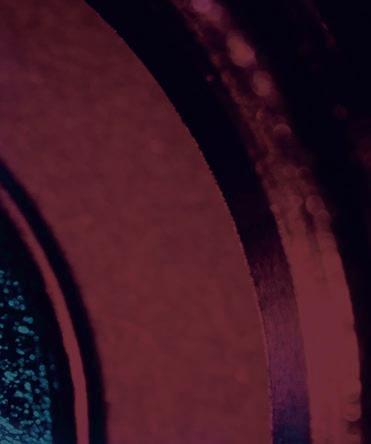


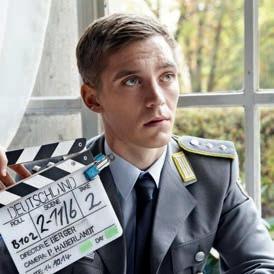
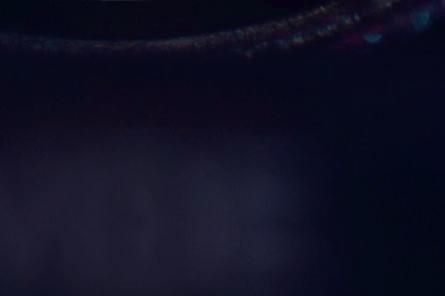



women in ads fall into a few disappointing archetypes ranging along a narrow spectrum from sex objects to mumsy, household drudges. But three heroic ads bucked such trends and have proved to be beacons in a landscape of stereotypes. Four years ago Like a Girl refreshed the formerly cringeworthy, sanitised advertising of sanitary products. AJ Hassan, now ECD at R/GA, was one of the Leo Burnett creatives behind the Always campaign and notes its legacy: “a lot of the clichés, such as women confidently wearing ‘white pants’ or smiling about being on their period have been updated with more humour and honesty.” But the ad’s genius was to explore the issue of confidence in general during puberty and also to highlight how language reflects sexist tropes. Does she feel it’s helped to rebrand the concept ‘girl’? “Since Like A Girl, we’ve definitely seen more brands reimagine how they talk to women and girls, who expect more relevant and authentic representation. Less expected brands like LIFEWTR, Audi, GE, even Barbie, have pushed against old stereotypes. But have we done enough? Not at all. We’ve just started.”
The second landmark ad, released January 2015, was Sport England’s This Girl Can, which improved on Dove’s Real Beauty drive to present realistic images of women. FCB Inferno's Jiggins, whose agency created the ad reveals the campaign’s legacy: “It’s amazing how often people have said to me “the new ad from brand x reminds me of This Girl Can”. There has definitely been a seismic shift in how women are being portrayed, particularly in the FMCG and retail sectors where clichés were rife.”
Last year’s This Girl Can 2, widened the call out to a broader age range; from 14 to 70. Jiggins says the social media response from post-40s women was astounding. “All it took was showing women like themselves in the campaign to reach them. It’s ludicrous that
“All it took was showing women like themselves in the campaign to reach them. It’s ludicrous that so many brands have yet to latch on to this.”


so many brands have yet to latch on to this.”
The third landmark ad was Fearless Girl, which saw McCann NY plonk a 50-inch-high bronze statue of a little girl facing down Wall Street’s Charging Bull sculpture on the eve of International Women’s Day. Marketing a fund investing in female-led companies, the sculpture has become “the most honoured piece of advertising in recent history” according to Ad Age
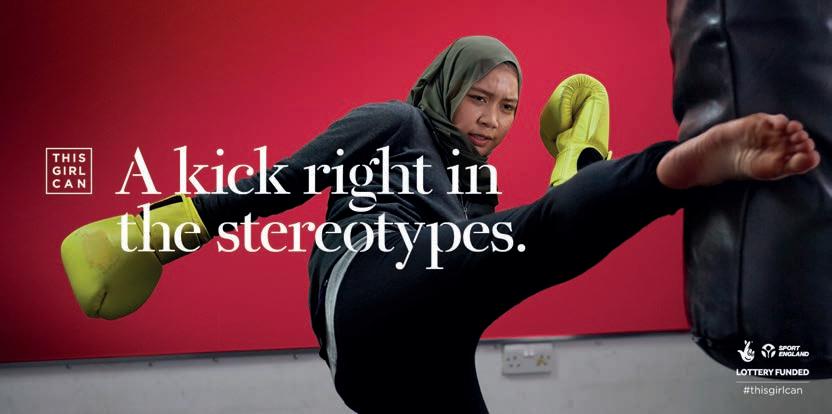
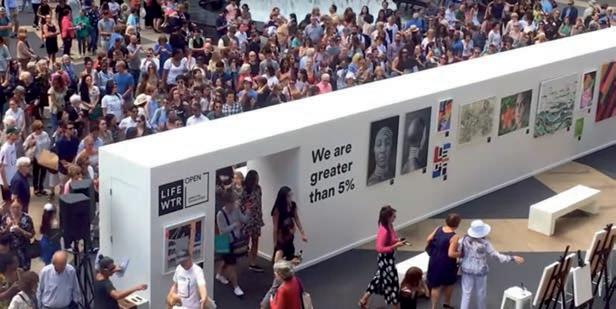
Not everyone was impressed though – Charging Bull sculptor Arturo Di Modica launched a legal battle to get it moved, claiming it rendered his bull’s message negative and threatening, when it was intended to signal “freedom in the world, peace, strength, power and love”. It seems a bit of a stretch to find symbols of peace and love in a 3200kg rampaging bull, but hey, context is all, and Fearless Girl’s placement did suggest a battle of the sexes. One of the campaign’s creatives, Lizzie Wilson, associate CD at McCann, says: “Our research showed the world of finance is still male dominated. If you Google image ‘stock broker’, ‘company president’ or ‘board chairman’ you end up with a sea of men’s faces. We really wanted to disrupt the financial world.” The girl’s stance was carefully crafted to convey confidence in the midst of this world of men. “The hands on hips ‘power pose’ is something that’s so natural for little girls, but something we lose as we get older,” says Wilson, “the raised chin and peaceful smile show no anger, only optimism.” The girl does seem calmly confident that she’ll prevail in her defiance against ‘bullishness’; against a symbol that –whether positive or negative – is definitely male (the totemic rubbing of its giant bronze bollocks to bring good luck and fertility has become a thing). Responding to Di Modica’s gripes Mayor Bill De Blasio wryly commented that “men who don’t like women taking up space are exactly why we need the Fearless
Girl.” He also extended the initial week-long permit for the girl to stay put up till this year’s International Women’s Day.
At the time of writing, the girl is still in situ, and plans have been announced that she’ll be moved by the end of 2018 to a new location where she can face o the New York Stock Exchange. Since she appeared more than 150 companies have added a female director to their boards. Looks like Fearless Girl has won her battle; she certainly won International Woman’s Day 2017.
The positives of discrimination
So who were the heroes of IWD this year?
BBDO New York’s It’s Time to Redefine highlighted the shameful fact that the word ‘woman’ can still be found in dictionaries as a synonym for terms like ‘prostitute’ and ‘servant’ which continued the debate started by Like A Girl about the role language plays in perpetuating harmful stereotypes.
FCB Inferno launched Queen Rules, an integrated campaign prompted by art director Ben Edwards’ five-year-old daughter asking why the king outranked the queen in card games. The project, which raised money for solidarity campaign HeForShe, included a social experiment film, produced by Archer’s Mark, in which children posed the question to unsuspecting adults who found themselves flummoxed: why are kings seen as better than queens? The film was helmed by rising star Libby Burke Wilde who was one of the directors of Google's film, #OneDayIWill, for IWD 2016 and says she notes a marked increase in calls for female directors in the run up to Women’s Day each March. However, as she’s just moving into commercials from music videos, she’s pragmatic about grasping opportunities. “I’m at the stage of my career where I’ll just say ‘I’ll do it’ though I know a lot
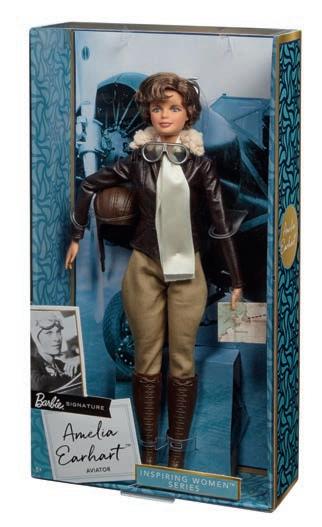


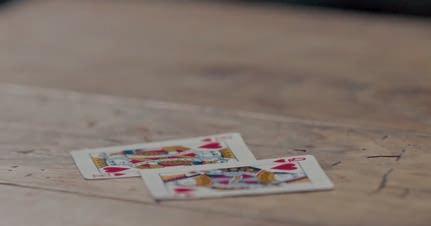

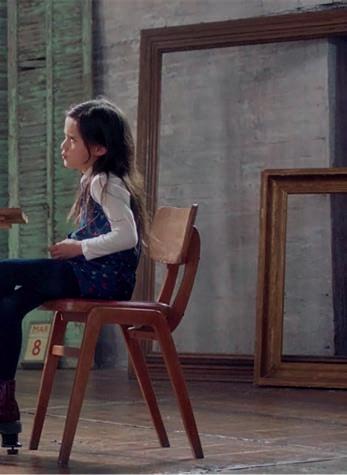
of it is tokenism.” She acknowledges, though, how positive discrimination can be… well, positive. “I do really think whatever it takes, it’s important to get more women working in the industry so we see more role models.”
We discuss how, in a sense, that’s how Free the Bid, which she finds hugely supportive, operates. “They have an Instagram account showcasing women at work. It was great to see Reed Morano [The Handmaid’s Tale director] operating a camera at eight months pregnant.” She tells me about screenwriter Aline Brosh McKenna’s launch of #femalefilmmakerfriday, which similarly features images of women working on set and was originally inspired by Saoirse Ronan saying that watching Greta Gerwig helm Lady Bird made her think she could one day direct. Again, social media is proving to be a hero for the sheros.
“It continues the Shero programme launched in 2015 to highlight women notable for the height of their achievements rather than the buoyancy of their boobs…”
Mattel probably won International Women's Day 2018 with the release of a gang of new Inspiring Women Barbie dolls, which include role models such as artist Frida Kahlo, aviator Amelia Earhart, snowboarder Chloe Kim and Wonder Woman director, Patty Jenkins. It continues the Shero programme launched in 2015 to highlight women notable for the height of their achievements rather than the buoyancy of their boobs – and signals a welcome departure from the bygone Barbie’s vapid grin, flowing locks and outlandish curves. Speaking of impossibly-shaped bimbos, Kim Kardashian was possibly the anti-hero of IWD for shamelessly cashing in on the day by releasing special editions of her Kimojis (early editions have included images of her fulsome derrier, – a bumoji if you like – how empowering…) with slogans in red and pink (yawn), such as “full-time feminist”. The latter is, in her case, a smidge inaccurate considering her 2015 blog post stating that though she supported women’s rights she didn’t like to label herself “feminist”. Presumably she found a whole new respect for the label since realising she could charge $3 a pop for her Kimojis.
But we must forgive Kim her bum notes and stand together with our sisters. Full-time feminism is trending again and Time's Up signals that the time for a new world order is now. Older women may be cynical, we’ve seen feminism wax and wane before, but it’s good to hear the young enthuse: “I really do think that things are changing,” says Burke Wilde, “it’s really cool to be a director at this time. To have that change happening now. It feels quite pivotal.” Let’s hope she’s right.
Whether it’s organising hundreds of extras or securing the blessings of an Inca shaman, production services company goodgate excels at providing creative, competitive solutions in both hemispheres, explains founder and executive producer Philip Bolus
What’s the biggest bene t of having a multitude of o ces around the world?
Having multiple o ces, senior production sta and bidding teams around the world allows us to supply information, bids and locations to our clients in both hemispheres around the clock. The fact we can o er multiple options and competitive solutions with fast turnarounds gives our clients great support that other companies simply cannot supply.
Last year you expanded into Portugal; what has that evolution meant to you?
It’s been very exciting for us. Lisbon o ers such a di erent look and feel to the rest of the Iberian Peninsula and it’s that aspect that most attracts us.
Why Spain and Latin America?
Spain’s been my home since my parents moved there when I was 11 years old, so starting the business there was a no-brainer! In the past, production service work was much more seasonal than it is today, which is what made me look for new opportunities in South America. After a six-week trip to Argentina, Paraguay and Brazil it was clear that was the next step for
me. Being bilingual not only verbally but also ‘mentally’ has certainly helped to bridge the di erences, understand what all parties want and to measure expectations.
What’s been the most challenging or unusual project you’ve worked on over the last 12 months?
Shooting in Peru earlier this year was a massive challenge that took us from downtown Lima markets to Incan ruins and rope suspension bridges. Working at over 11,000 feet, bringing in a technocrane by road from Santiago, organising hundreds of extras, gear and crew from the US, Columbia and Argentina, and getting the blessings of an Inca shaman made it a really special job that everybody from the client to the truck drivers felt privileged to be participating in. The food is just amazing too.
What do you most enjoy about the work that you do?
Never getting bored: every day is a new challenge and adventure. Introducing people to new locations. Building a team of wonderful people across our various o ces who feel equally at home producing in Spain or South America. Forging relationships with so many people from so many di erent walks of life. And most of all: nding the most e ective and creative way to solve problems.




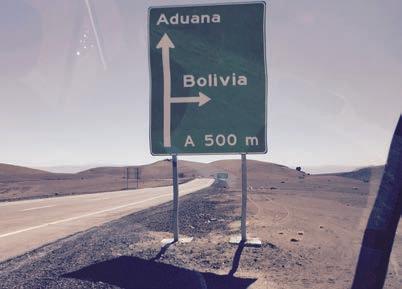
goodgate was set up in 2007 by Philip Bolus, Brian Cook and Terry Needham, in order to establish a full production service and facilities company network across Spain, Europe and South America. Cook and Needham joined forces with long-time friend and associate Bolus, drawing on his experience as chairman of a major TV and commercials production company. The company o ers accurate scheduling and budgeting services, as well as a comprehensive book of location, local crews, facilities and equipment. The founders personally oversee and ensure the success of each production.
“Hero is a big word – and a tough one,” says Sally Campbell, who founded award-winning production company Somesuch with Tim Nash and Nick Gordon in 2010 “on a wing and a prayer. And a credit card”. “Generally, I’d save it for people that have had a positive influence on the world. Sadly, I’m not sure we do that in advertising… yet. We’re trying to change that. Personally, my big brother is my biggest hero. He’s an extraordinary journalist in New Zealand, who’s been responsible for unearthing prime ministers’ lies and was a huge influence in holding the government to account after a year of devastating earthquakes there. He takes massive personal risks to ensure the public are hearing the truth and he is a real-life hero in New Zealand.”
But Campbell, who began her career as a runner at The Mill, “just 21 and fresh o the boat”, also has some heroes in the industry. “Robin [Shenfield] and Pat [Joseph], the owners there, took me in, and encouraged me to spread my wings. And then there was my time at WCRS and then BBH, and [Academy Films founder] Lizie Gower. She taught me how to be a producer and then how to run a company. I probably think about her and her sage advice every day. And then there are people in the industry that make a real di erence but don’t shout about it, like Juliette Larthe, who’s done a huge amount to encourage gender, racial and class diversity.”
What’s the most heroic thing she’s ever done? “God, have I ever done anything heroic? I don’t think so,” she admits. That’s not quite accurate, it turns out. “When I was a production manager I held the tip of a crew member’s thumb on while I bandaged it,” she allows. “And once on a yacht in Cannes I was cooking for clients and I nearly cut my own finger o , but continued despite needing stitches. I left school at 15 with no qualifications and now own Somesuch. I’m not scared to say what I think. Not sure if any of that is heroic, though.”
In the past eight years, Campbell has helped Somesuch cement its reputation as an ambitious creative and commercial filmmaking operation, with a diverse roster of exceptional talent, including Daniel Wolfe, Kim Gehrig and Aoife McArdle. Last year, she also produced McArdle’s acclaimed debut feature, Kissing Candice, and proudly notes that Somesuch boasts more female directors than anyone else. “We didn’t plan it,” she says. “We get sent tons of reels and just sign people if we think they’re brilliant.”
“For some reason these days being honest is taking a risk, risking a relationship. You’ll get labelled ‘di cult’.”
The real heroes are the ones who fight for what they believe in
Somesuch was the third most awarded production company at Cannes Lions 2015, winning a Grand Prix for Good and a Glass Lion for This Girl Can; the following year they were anointed D&AD’s most awarded production company. Accolades also followed such acclaimed pieces as Wolfe’s #Bloodnormal for Libresse, McArdle’s Equal Love for Absolut, and Gehrig’s follow-up to This Girl Can for Sport England. Campbell, who also co-produced the BAFTA-winning 2016 short film HOME about the refugee crisis, is now based in LA, where she is spearheading Somesuch’s partnership with Anonymous Content, the award-winning production company behind The Revenant, Spotlight, Mr. Robot and True Detective. The partnership “is going from strength to strength,” she reports. “We chose Anonymous because we were the indie punk-rock new kids, and we needed someone strong and respected behind us, and they
were the perfect match.”
Looking ahead, the business and creative plan is “to take a 360-degree approach with our directors where it’s appropriate. We sign filmmakers not as just commercials directors or music video directors but as all-around talents, and that’s why we’re here in Los Angeles. We’re developing film and TV projects for them as well.”
As for her creative heroes of the future, “They’re people that take risks and fight for what they believe in. People that give a shit. The geniuses that fought hard. The [Jonathan] Glazers, the Walter Campbells, the Frank Budgens, the [David] Kolbuszs. You can’t tell me it’s a coincidence their work is better. For some reason these days being honest is taking a risk, risking a relationship. You’ll get labelled ‘di cult’. I don’t think people should become assholes, but surely we should all be allowed to get on with the job we were charged with, without fear of
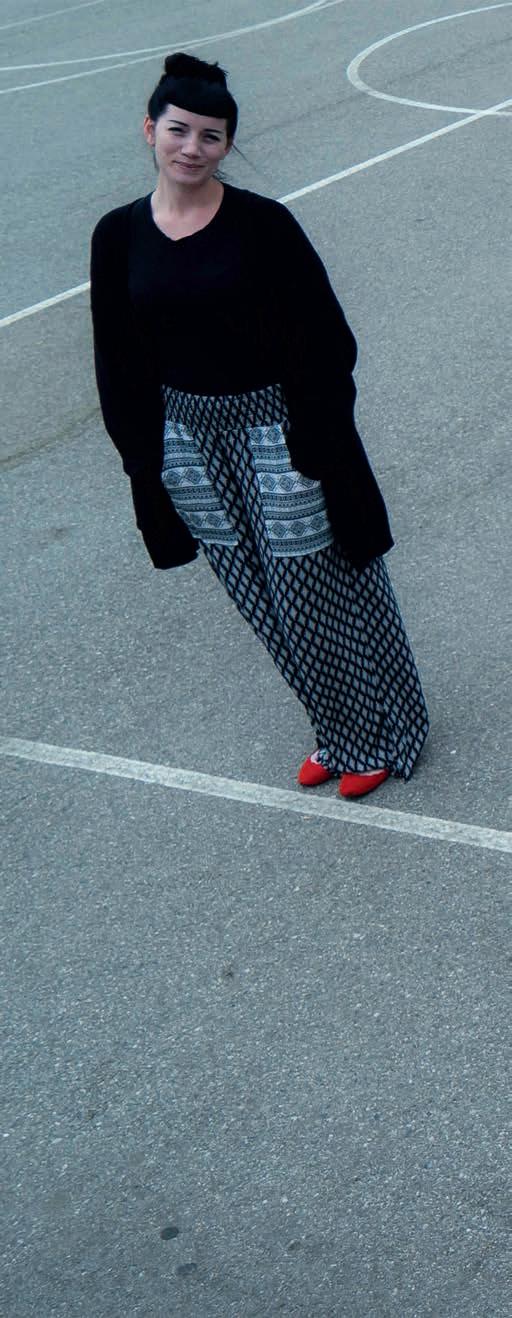
Somesuch founder Sally Campbell (centre) with her everyday heroes: Somesuch EP Nicky Barnes (far right); Sally and Tim Nash’s daughter Missy (right); Missy’s nanny Christina Nova Zych (above)
being labelled a nightmare along the way. Being challenged is a good thing.”
Yet this fearless Kiwi is circumspect when asked about the villains of the industry she’d like to see vanquished. “My brother taught me at an early age: ‘If you haven’t got anything nice to say, don’t say anything,’” she laughs. “As you can imagine, I often struggle with that, but today I’m going to behave myself.”
“I left school at 15 with no qualifications whatsoever and now own Somesuch. I’m not scared to say what I think. Not sure if any of that is heroic, though.”

Saver of thumbs and speaker of her mind, Sally Campbell has gone from 15-year-old school-leaver to head of her own production company, Somesuch. But, she tells Iain Blair, heroics were never part of the plan
Many in the industry name David Droga as one of their most revered heroes. After all, since the Aussie launched Droga5 in New York City in 2006, the company has been named Agency of the Year by a variety of global award shows, 13 times. In 2013 and 2017 it was named in Fast Company’s World’s Most Innovative Companies, and Droga, whose artistic vision and business acumen have propelled the company to the top of the food chain, is, to date, the single most-awarded creative at the Cannes Lions International Festival of Creativity. Last year he was the youngest person ever to receive their Lion of St. Mark award for creative excellence. He’s also the youngest person ever inducted into the New York Art Directors Club Hall of Fame and one of the youngest members of the American Advertising Federation’s Hall of Achievement. He has been inducted into the Australian Writers’ and Art Directors’ Hall of Fame and awarded one of the ANDY Awards’ inaugural Bravery Awards.
Along
with talent,
the drive and optimism of youth has clearly played a part
in David Droga’s career: he won his first Lion aged 19, made ECD/agency partner at 22 and was the youngest to win the
Lion of St. Mark at Cannes last year. But, as he tells Iain Blair, another quality, possessed by his hero, naturalist David Attenborough, has inspired him: the sense of wonder that every creative needs
So who wins the admiration of this much admired man? “One of the privileges of being an Australian, beyond the charm and the accent,” he twinkles, “is growing up equally influenced by the UK and the US, so my heroes are spread across continents.” He cites Dave Trott and his former agency, Gold Greenlees Trott (“their work was so bold and brave and out of the ordinary”) and Howell Henry Chaldecott Lury – “their irreverence and provocative, smart approach really inspired me. When I moved to London I got to know Steve Henry. He was a remarkable person.” He also mentions Wieden+Kennedy’s “spectacular work… I carefully analysed every single thing they did, and was so impressed by the way they could do really emotional storytelling.” Lee Clow was also “a huge influence throughout my career, like all of these guys, and like the first time I saw MTV and all their interstitials. They were so innovative and massively influential for me.”
Beyond the realms of advertising, his “all-time favourite hero” is his daughter, fittingly named Hero. Like many, he cites David Attenborough as another: “He’s had this spectacular career. It’s influenced my creative storytelling and has changed the way we all look at the world now – not just through the camera lens, but with his humanity, sense of wonder and deep sense of connection with nature and the animal world.”
“…logical, linear people make the world go round, but it’s the creative people who make the world worth living in.”
Hoping for a future free of engineered mediocrity
Ask Droga about his own heroic deeds and he laughs, remembering his drive to get into advertising as soon as possible. “My four older brothers all went to college, and my parents expected me to follow suit, but instead I pursued writing and started o in the mail room at Grey in Sydney.” At 22, he became a partner and executive creative director of OMON Sydney. Over the next five years, OMON won Australian Agency of the Year twice and Ad of the Year four times. In 1996, he moved to Singapore to become ECD of Saatchi & Saatchi Singapore and regional CD of Saatchi Asia; his next promotion was to ECD of Saatchi & Saatchi London. In 2003, he headed to New York as the first ever worldwide CCO of the Publicis Network, before founding his own company. “I don’t know if any of that’s heroic,” he says, “but hopefully I haven’t changed my outlook on life, and I’ve always tried to remain optimistic about what we do and about life in general.” That attitude informs his take on the creative heroes of the future: “They’re the ones who still believe that creativity can’t be engineered. Our industry’s changing a lot, and there’s far more science to it now, but the future heroes will understand that and use it and not let it cancel out imagination and inspiration. They’ll be the ones that parlay a
sense of magic and wonder in their work.”
As for adland’s anti-heroes, he notes that “there are many of those – but I don’t think they are actively sinister or out to ruin the business. It’s more that they’ve embraced and engineered mediocrity. We’re an industry that’s under duress from all sides, and there are times when I feel we’re undercutting one another and not being supportive, on top of what we’re facing from the outside.”
“I’m not anti-traditional advertising,” he stresses, “but I feel that creativity should manifest itself more naturally and organically, and I’m hopeful about the future of our industry. There’s no question it’s hard and so competitive, but also rewarding if you get it right. As I like to say, logical, linear people make the world go round, but it’s the creative people who make the world worth living in.” S

“…our industry’s changing a lot, and there’s far more science to it now, but the future heroes will understand that and use it and not let it cancel out imagination and inspiration.”
In an industry where vainglorious pu ery and self-aggrandisement are not uncommon, it’s refreshing to chat to Trevor Robinson, the OBEholding founder of Quiet Storm and much-awarded Tango man who’s
untroubled by a sense of his own importance and says he’s never done anything remotely heroic. He tells Selena Schleh about past and future heroes of creativity
As for me, I haven’t done anything remotely heroic. I watched my brother run into the house that was on fire next door to mine, he ran in three times to save three children. I stood outside and watched as it was quite hot.
Tom Carty and Walter Campbell, who went onto do the famous Guinness, Dunlop tyres and Volvo ads, were my first experience of ‘West End’ creatives. After a day’s work in a small, below-theline agency I used to work through the night on my portfolio with Tom, Walter and a few others. Tom used to preside over everyone and be the oracle of what a good idea and a bad idea was. He was ruthless in this and because he had an encyclopaedic mind that remembered every ad that has ever won an award, he played the part of cut-throat creative director.
For the first time, they inspired me to really think about advertising as a form of entertainment and excitement. I got bitten by the bug of advertising, trying to achieve work that my anonymous audience would love and enjoy. I knew I would never be as awarded and applauded as them, but they set the benchmark that people [who] were not necessarily from Oxford and Cambridge backgrounds could achieve.
Tom was a Londoner like me; Walter, a rather poetic but tough Irishman. Both had really big hearts, and were so in love with creativity it was terrifying. Tom once said: “I could have been a good footballer, I could have played for a big club, but in advertising I can be the number one creative.” He was that confident. He saw himself as the Eric Cantona of advertising.
I’m very much a part of the past with one toe in the future. The young ones who can take the work aspect out and just merely play will be the heroes of the future. That was what it was like for me when I was young in advertising. I felt like I was being paid to have fun. In the age of digital, who those individuals are I have no idea, but anyone who can be resilient, be brave and keep coming back for more are the people who will hopefully succeed.
It’s easy to have a go at the Martin Sorrells ofthe industry who have diminished creativity. My own wife, Rania Robinson, puts it well: “At a time where innovative thinking and a more engaging approach to communication is even more critical in order to cut through people’s apathy towards brands and advertising, it is unsurprising that advertisers like Procter & Gamble are waking up to the fact that when deals are being structured in a way that devalues creative, where bureaucracy and over-engineered processes are the norm, this is not going to create an environment where creativity and entrepreneurialism can thrive. Two things that they desperately need from their agencies.”
But I also believe an overbearing devil in the industry is people being terrified to come up with truly challenging ideas. No one wants to be caught out as being ‘turkey of the week’ or their work being too di erent. People are doing unchallenging, slick, polished ideas out of fear of being laughed at, and because of this uncertain time. This di cult economy is making both agency and client averse to doing things di erently and I hope at some point we can leave the fear culture behind.

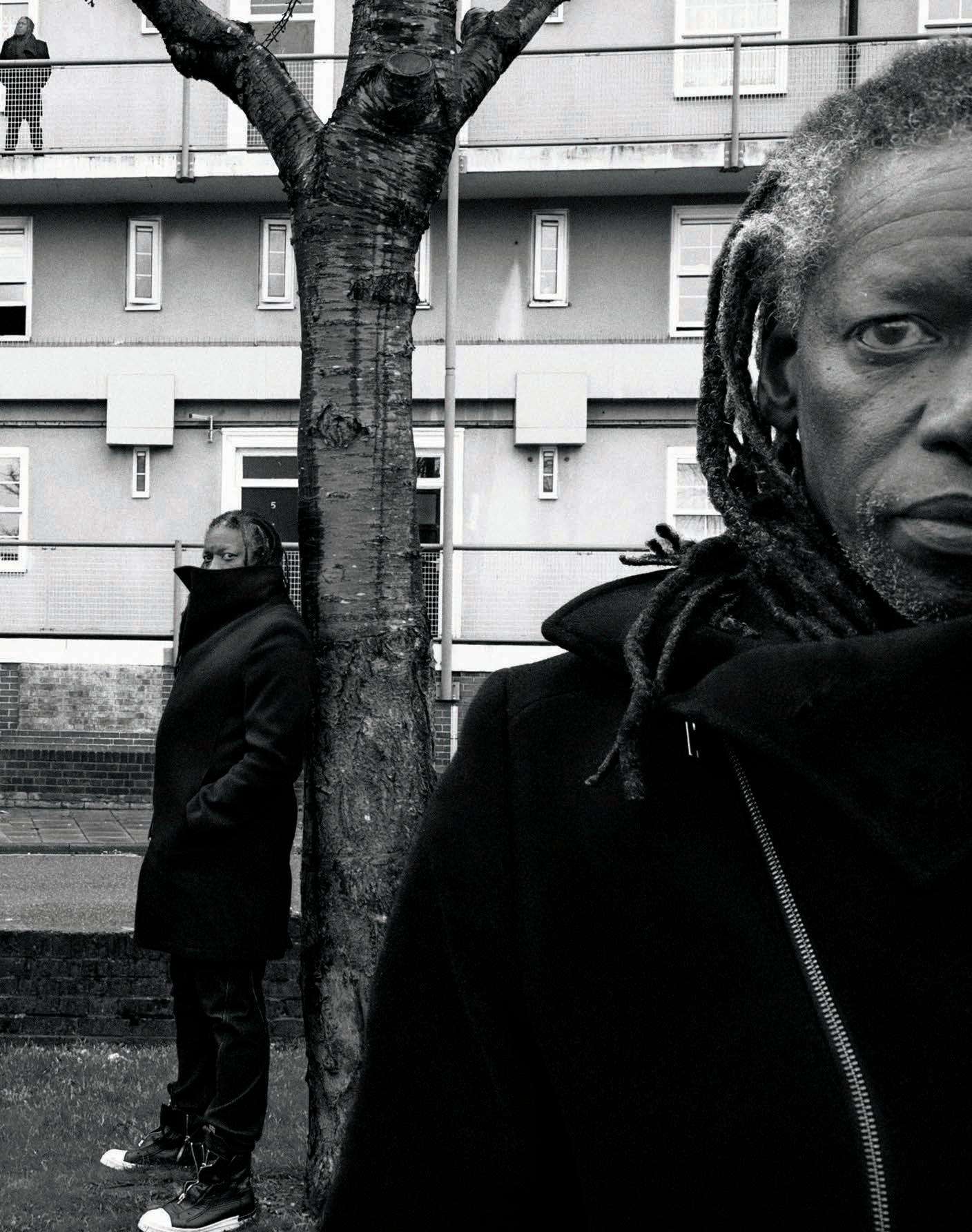
“The young ones who can take the work aspect out and just merely play will be the heroes of the future.”
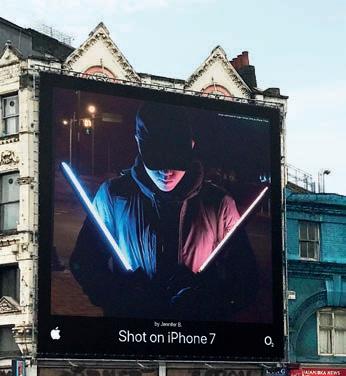


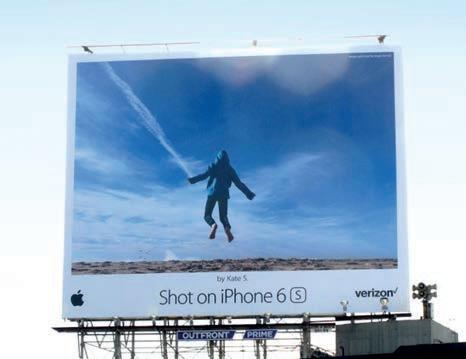
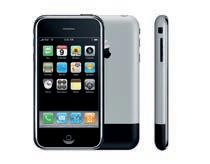
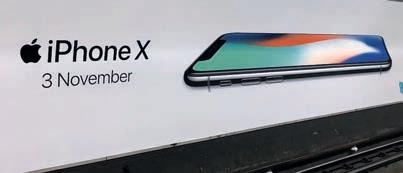
“But, really, who wants to carry their entire life –social, working, family or otherwise –with them all the live-long day? Who wants to be able to receive and send emails from the beach, their bed, a family funeral? Turns out, quite a lot of people.”
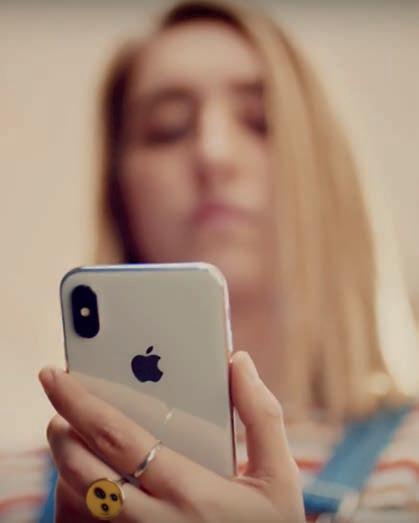
Contentious one, this. Since this miraculous, pocket-sized piece of kit was introduced to the world by the late Apple co-founder Steve Jobs, in 2007, at one of Apple’s famous on-stage product reveals/hysteria-fests, the iPhone (and its subsequent imitators and competitors) has become a ubiquitous part of life on planet Earth. But that ubiquity is both celebrated and lamented, often in equal measure.
For every person who extols the iPhone’s culture- (and life-) changing virtues there is another ready to cite those same virtues as modern-day vices. Of the iPhone, Jobs said it was “like having your life in your pocket”. But, really, who wants to carry their entire life – social, working, family or otherwise – with them all the live-long day? Who wants to be able to receive and send emails from the beach, their bed, a family funeral? Turns out, quite a lot of people.
A smartphone has become the crutch on which we all lean. A study published recently on the website Hackernoon stated that smartphone users spend over four
Making a call is the last thing you expect from your phone these days, it’s too busy touring Mars, counting sperm or generally being an extension of you.
Danny Edwards ponders its creative possibilities
I AM
hours per day on their phones. You could describe that as time spent socialising, researching, listening, watching, photographing, talking, creating. Someone else might describe it as time wasted, head down, oblivious to the real world, lost in a virtual space. You see the contention?
But… this list of ours is fully focussed on the world of advertising and the advent of the iPhone and, subsequently, the social media platforms and myriad apps it helped popularise, saw an explosion in innovation across all creative sectors, including the advertising industry. Six years ago, in 2012, the Cannes Lions festival introduced a dedicated Mobile category for the first time. “A large number of winning campaigns in sections like Media, Design, Direct, and Outdoor have made significant use of mobile technology,” said Philip Thomas, then CEO, now chairman of Cannes Lions. “By carving it out of the other sections, we are simply reflecting the importance of mobile in the media mix.”
Between then and now there have been even greater advances in mobile technology, with augmented reality a tool which has revolutionised what can be done with a phone. Ditto virtual reality, with Google’s Cardboard headset enabling phone users to sample life on other planets [Lockheed Martin’s Field Trip to Mars], other cities [Google Night Walk] and impactful, factual journalism [The New York Times’’ NYT VR series]. Other examples of great mobile campaigns include Gap’s Spring is Weird, which used Instagram Stories as the basis for its micro-films, Domino’s Emoji ordering system and last year’s Cannes Grand Prix-winning Seem, a Japanese fertility app that enables men to check their sperm’s motility.
While none of the above campaigns are exclusive to iPhone, it and its parent company paved the way for what smartphones could be, and regardless of email-at-all-hours, deteriorating attention spans, loss of innate sense of direction and selfies, the iPhone has heroically helped creativity be just a swipe away.






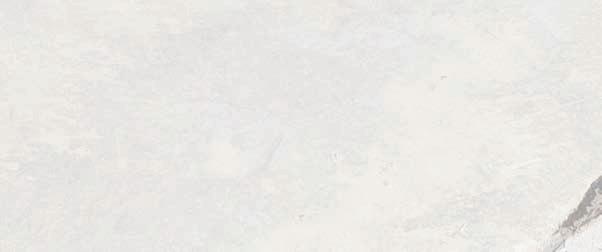

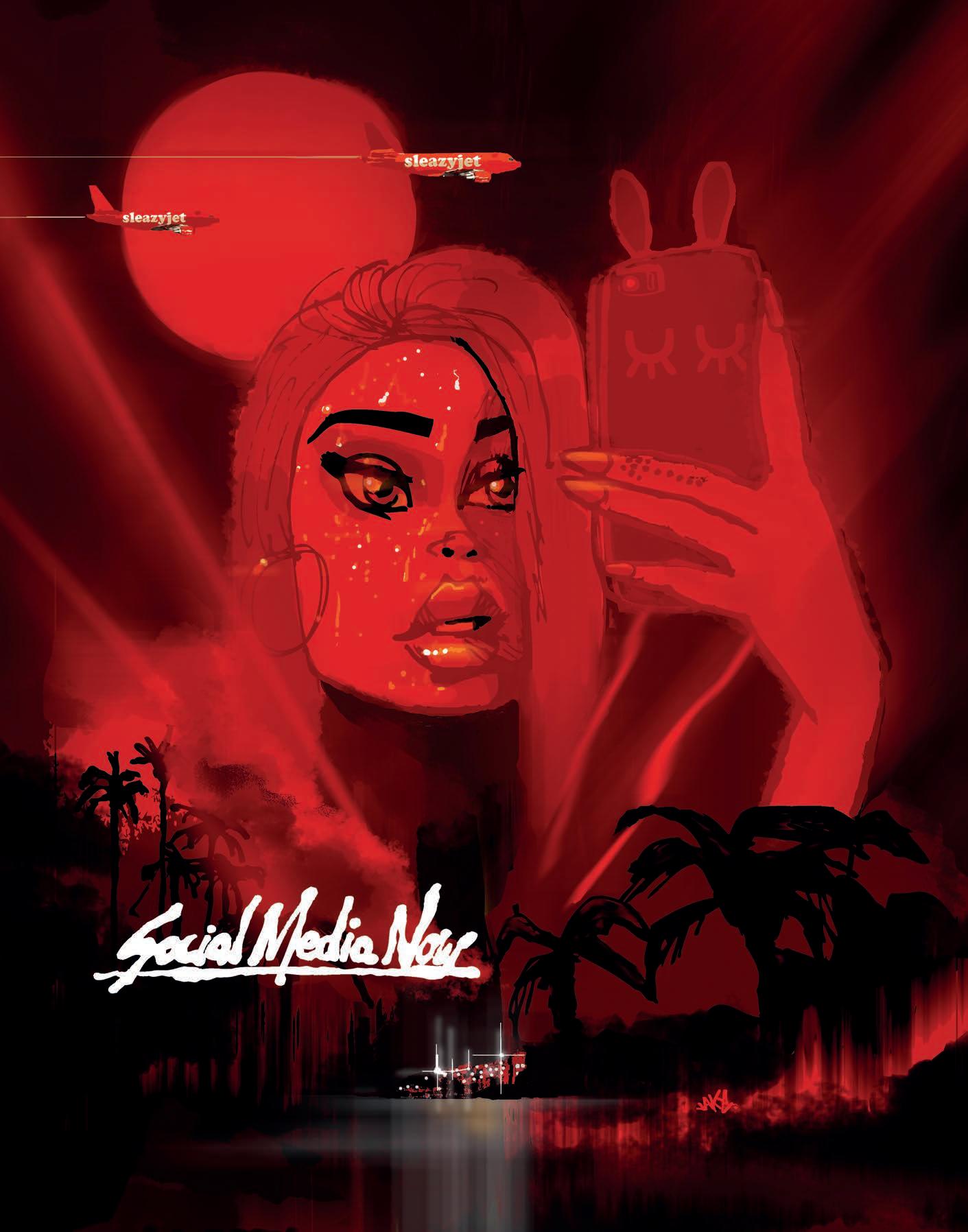


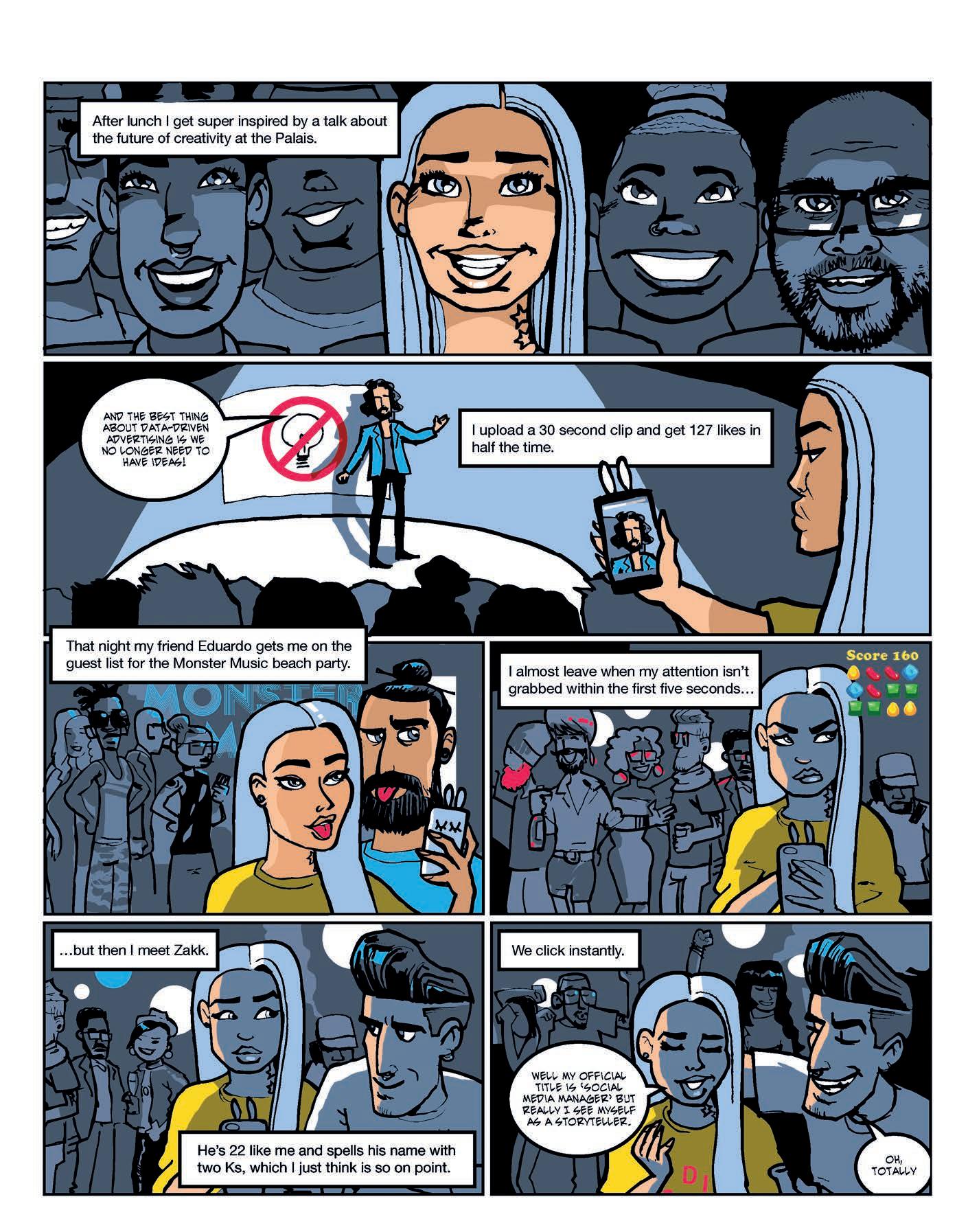



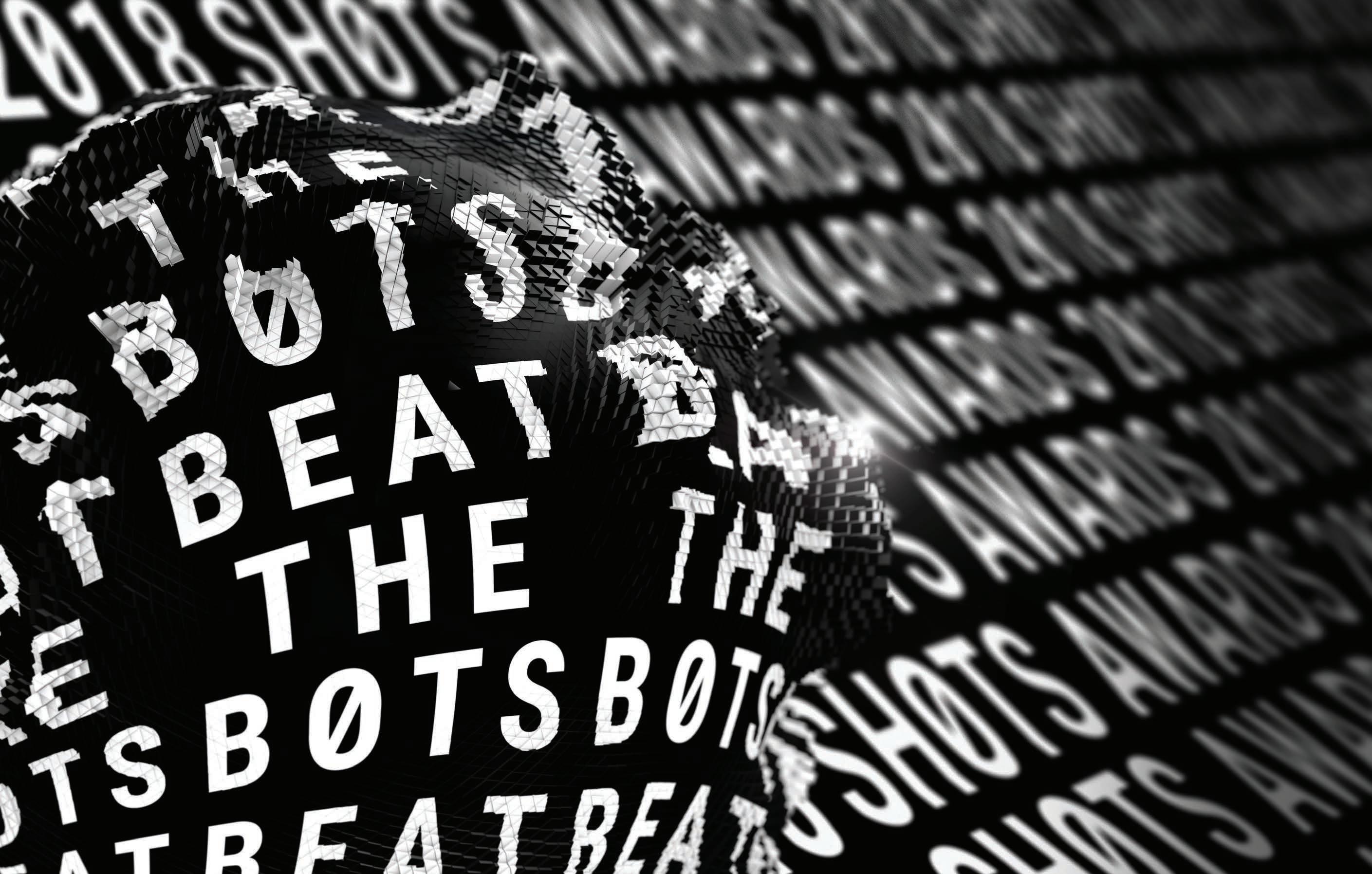

As global CCO of VML, an agency noted for its unconventional campaigns, Debbi Vandeven is well placed to embrace the shifting parameters of a category that seems to be broadening its reach and redefining itself as it goes along. It’s all about popular culture, says Vandeven, as she tells Olivia Atkins how VML created an incredible chicken nugget-based tweet feat and draws inspiration from a certain Kansas-based tale of witches and munchkins
Headquarted in Kansas City, land of the tornados, VML can’t escape being associated with iconic movie, The Wizard of Oz. People constantly ask native Kansas resident and the agency’s global chief creative o cer Debbi Vandeven about the film, so she’s learnt to embrace its core lessons, citing the attributes sought by the Scarecrow, the Tin Man, the Lion and Dorothy – knowledge, having a heart, courage and determination respectively – as characteristics all creatives should aspire to cultivate.
We sit down to discuss her role as this year’s jury president of the Entertainment Lions, an appointment she’s taken on with zest and excitement. Vandeven believes that The Wizard of Oz is the sort of work that fits within the Entertainment category. The film pioneered the use of Technicolour
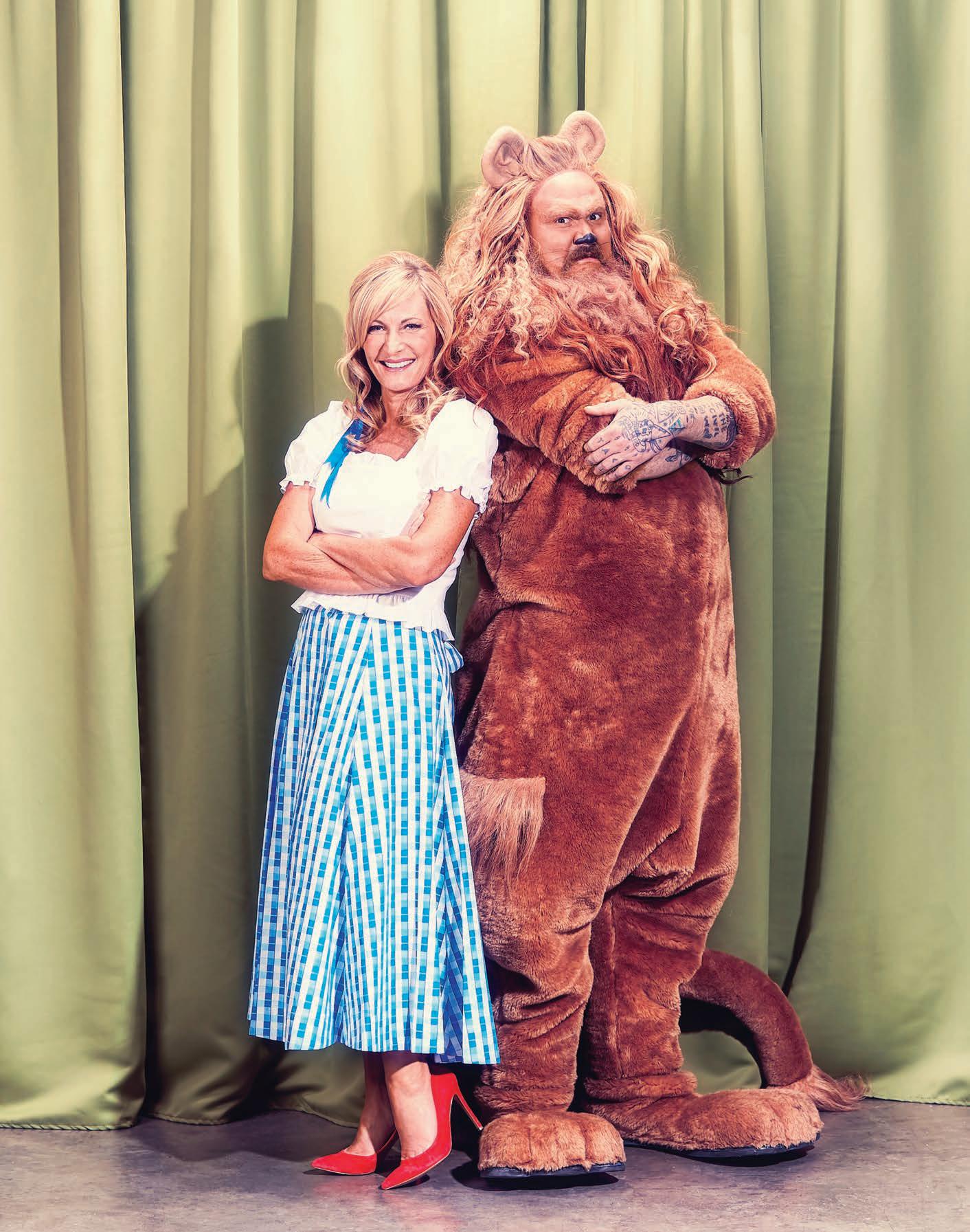
“Entertainment gives you the platform to tell a much deeper, emotional story.”

“We’re always pushing our clients to take that step further; not just to advertise the brand but to actually become part of that culture for the people.”
in 1939, pushing the boundaries of film more towards popular culture. “It was like the first experience in Entertainment,” she says. “Moving away from black and white film and into colour.” No wonder the film serves as a constant reminder for the agency to think outside the box.
The job of the Entertainment Lions jury president is not an easy one. Not only has the category changed as recently as two years ago – moving away from Branded Content & Entertainment to just Entertainment – but people’s understanding of what this category now encapsulates has shifted too. Gone are the brand sponsorships, the pieces of content with awkward and unrelated brand ties. And in its place, brands are seeking to become more authentic and creative; striving to become part of culture and connect with targeted consumers. “I believe the category is getting bigger every single year,” says Vandeven. “Entertainment gives you the platform to tell a much deeper, emotional story. I’m also seeing brands in the entertainment industry wanting to become part of culture and drive the culture around things.” She thinks the sports, gaming and music sectors in particular will continue to flourish thanks to investments in technology and their loyal fanbase. “If you’re already a sports enthusiast, no matter which kind of sport you’re talking about, you’re already in the mode of entertainment and so brands can [easily] capture your attention in that same space,” she says. “We’re always pushing our clients to take that step further; not just to advertise the brand but to actually become part of that culture for the people.”
VML has made no secret of its ability to transform a brand into a trending topic. Since winning the account for burger joint Wendy’s back in 2012, VML has created outstanding work for the brand and generated lots of public interest in it. Last year’s campaign #NuggsForCarter ended up setting the record for most retweeted tweet ever, even beating chat show host Ellen DeGeneres’ celebrity-packed Oscars selfie. By playfully engaging in a Twitter conversation with real-life consumer 17-year-old Carter Wilkerson, VML secured organic coverage for the brand. It all began when Wilkerson asked Wendy’s how many retweets it would take for him to win a year’s supply of free nuggets and their reply “18 million” transformed the challenge into a viral phenomenon. Wilkerson enlisted the help of brands, such as Microsoft and Google, and stars, including Breaking Bad actor Aaron Paul, who supported his e orts, resulting in him receiving over 3.42 million retweets… and a year’s stash of nuggs, despite not quite hitting his target.
Working out if one’s standing on the right platform Campaigns in the category often live outside traditional formats such as radio or TV. But Vandeven assures me that format is not an essential part of a campaign’s success in Entertainment. It’s brand relevancy she seeks. “We’re looking for work that makes sense for that brand to do,” she says. Questions she’s asking her jurors to consider include: “Why is a brand doing this work? And what’s their message?” Vandeven anticipates many entries will adopt technology, like AR and VR, despite last year’s, more traditional, 15-minute film for Santander, Beyond Money, winning the Grand Prix. But again, it’s about working out “whether the brand is actually using the technology platform in the right way.” Vandeven believes that the Entertainment category should encourage creatives to flex their imaginations, experiment beyond the constraints of a traditional spot and enjoy the freedom of being true storytellers.
VML prides itself on an ideas-focused, fluid set up, with a team of in-house specialists and technicians that enable it to adapt to briefs in
a flexible way. It’s an approach that seems to be paying o – it won Entertainment Agency of the year in the Cannes Global Creativity Report 2017, scoring 27 Lions, six of which were in Entertainment.
Vandeven knows she can’t fully prepare for what’s to come when she’s locked away in the Cannes jury cave, but she’s spoken with former president PJ Pereira for advice on marshalling the troops. His tip? “To get other people to talk”, so she’s excited about meeting and hearing from her fellow jurors. “The team is going to have to dedicate a lot of their work and personal time to making sure that we know the work well enough to discuss it in Cannes,” she says.
Cannes cave confessions
Vandeven is inspired by Pereira’s presidency last year and the fact that he recruited his jurors to each write a chapter about the Entertainment Lion based on their experiences in the room. The chapters have been collated into a book The Art of Branded Entertainment due to launch this year in Cannes.
For Vandeven, that is what Cannes is all about: inspiration and education. The festival o ers a chance for the creative industry to connect and share lessons learnt from their year; to catch up with the global team and hear from new talents entering the industry. While some are questioning how this year’s Cannes will pan out with Publicis’ hiatus and Martin Sorrell’s departure, VML is optimistic that it will be a good festival. In fact, they are optimistic in general, despite the upheavels that the industry is facing. “I think agencies that are really adapting to the change will be strong in the future; but agencies who are a little too set in their ways won’t be,” says Vandeven. But as VML has proven, if they can face tumultuous tornados, they can weather the many changes that are being inflicted upon the industry and continue the evolution of Entertainment.
The Lion in the photo is Davey Gant of RW2 Productions, the illustrator who worked with VML on the Youth Ambassadors’ Welcome to My Neighborhood project, which won five Cannes Lions last year. S
“It may be obvious to say Dorothy, from The Wizard of Oz, but I relate to her spirit and believe in never giving up on ideas or goals you set for yourself.”
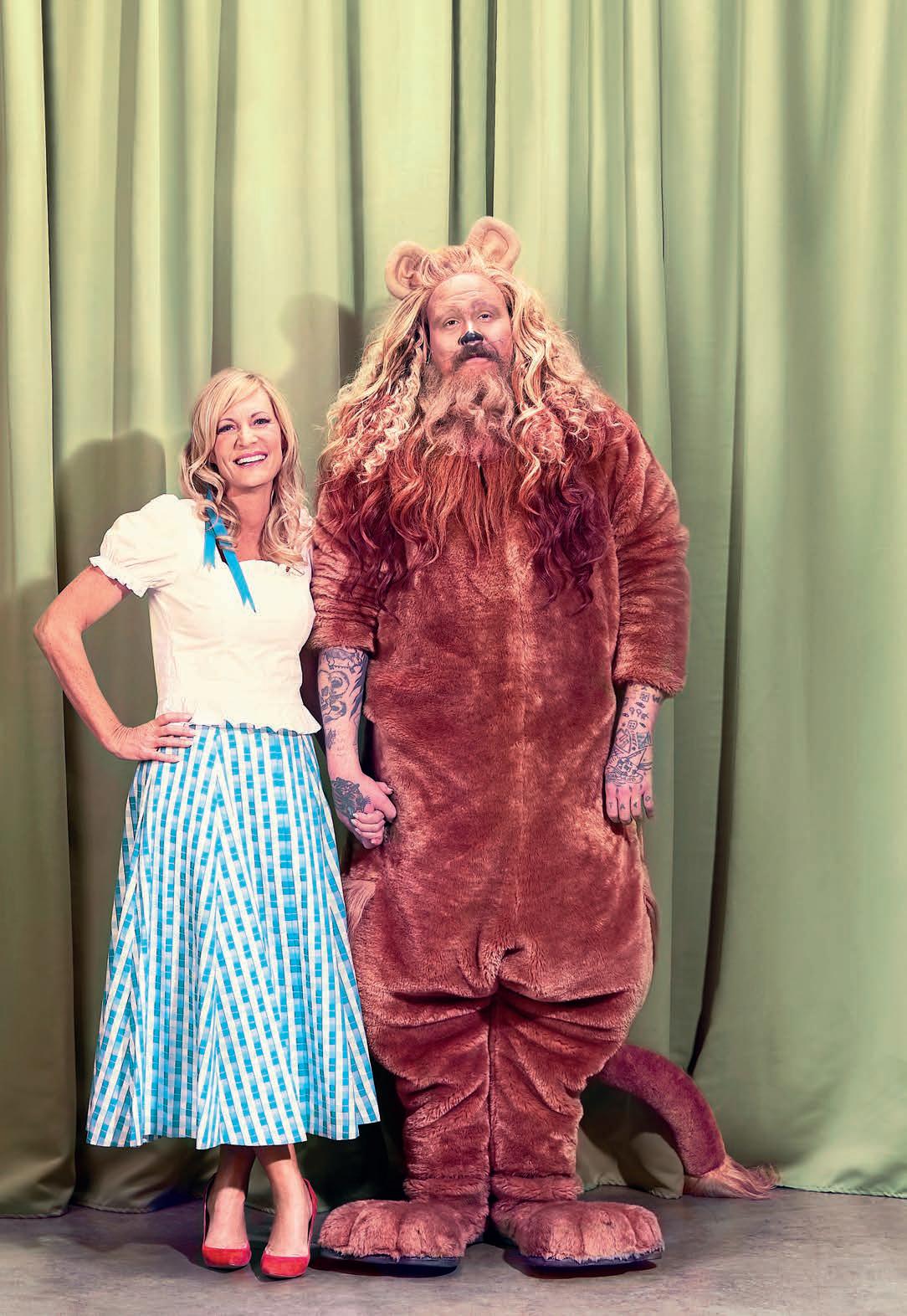
What’s your favourite ever ad?
It isn’t easy to pick just one, but the Coca-Cola Life ad from Santo a few years ago always comes to mind. The ad captured early parenthood perfectly. It makes you laugh and cry at the same time.
What product could you not live without? I drink bottles of Propel Water every day. Even when I travel I take the drink packets with me. Lucky for me, it is one of VML’s clients, too!
What are your thoughts on social media? It’s addictive and people share too much. But it is great for sending and getting news and information fast. I love finding new products through social media, too. Social is an amazing way for brands to reach the right people if they do it in the right way.
How do you relieve stress during a shoot? I run every day if I can.
What’s the last film you watched and was it any good? Ready Player One was the last film I saw – and it had a great 80s soundtrack – but 20 minutes into it, the theatre had an issue and we couldn’t finish the film. I still haven’t found my way back to the theatre to finish watching.
What’s your favourite piece of tech? My Apple Watch is easily my favourite piece of tech because I run. But even better, I can find my iPhone with it. And I lose my phone all the time.
What film do you think everyone should have seen?
28 Days Later –everyone needs to be ready for the zombie apocalypse. What fictitious character do you most relate to?
Well it may be obvious to say Dorothy from The Wizard of Oz, but I relate to her spirit and believe in never giving up on ideas or goals you set for yourself.
If you weren’t doing the job you do now, what would you like to be? A pilot. I spend so much time flying that I have become fond of the idea of being the pilot. I guess I would rather be the one in charge when it comes to most things in my life.
Tell us one thing about yourself that most people won’t know… I have seen almost every military movie or show that’s been made. My father was a marine, and he’s such a strong influence in my life that I have tremendous respect for those who are willing to protect and serve others.
Kean
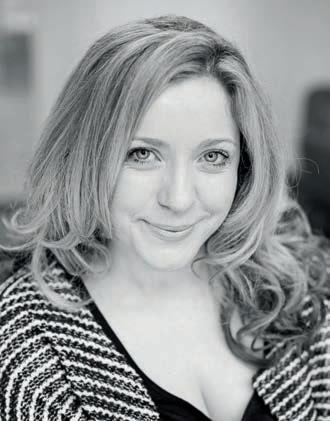
One of my top ten peeves is unnecessary competitiveness. Perhaps a peculiar statement in the issue of shots dedicated to an awards event, but I believe we must remind ourselves often that accolades aren’t the only reason to make things.
Unnecessary competitiveness is the enemy of a creative industry. It encourages ruthlessness, bad behaviour, shortcuts, one-upmanship and pushes people to chase the new to be the first, rather than focus on perfecting the existing. Unnecessary competitiveness is driven by ego, not craft, and is the reason Cain murdered his brother Abel in The Book of Genesis. Yeah, that shit got dark real early on. Awards initiatives like Cannes Lions are a mainstay of marketing. For many they’re considered an unattainable achievement, for a brilliant few they’re a career-defining moment in the same way winning a BAFTA or Ivor Novello would be in other creative industries. I don’t disagree that the awarded work is of the highest calibre and should be celebrated as such. Burger King grabbing the ‘most creative marketer’ title at last year’s awards
reminded us of their tireless originality and imaginative excellence. Back in the day, I’ll never forget the twisted genius of releasing a fake meat-scented aftershave fronted by Piers Morgan. Burger King was a worthy 2017 winner with an impressive advertising portfolio dating back to the 1960s. Burger King love awards, but they bloody earn them, too: the bravery of the McWhopper being a case in point. Hard work and mass appeal. Unquestionable, and rare.
So that’s good. But in our collective quest for recognition over the last few years, outside of our industry’s Oscars, a whole bundle of new microinitiatives have appeared that fuel the ego and create an arguably unhelpful distraction. I’m talking about lists. Lists have now overtaken awards as the number two thing marketing professionals most obsess over (the number one being job titles). “No one in advertising wants to be outspoken or offend anyone these days because they all want to be on a bloody list,” an anonymous CEO said to me recently (anonymous in this piece, I mean, he/she doesn’t live his/her life anonymously, that would be weird and probably quite restrictive).
There are loads of lists. The A-List, creative 30 under 30 list, 50 brilliant marketers to watch, the 50 companies creatives would kill to work for full-time, the Creative 100 – the names you need to know right now in media, marketing and tech, the 100 most creative people in business, 25 data wizards who are killing it right now, 13 millennials who are making waves in the blah, blah, blah... Researching this piece was easy, yet overwhelming, because there are so many sites churning out these things on a regular basis. A frustration however was that no one’s gone meta and created a list of the best lists which would have helped me immensely.
Of course, we all know the deal with lists. I tweeted out a few weeks ago seeking opinions on why our industry is so obsessed with lists and why publishers continue to create them. “It’s an easy way
Is not-being-on-a-list anxiety making you tired and... listless? Amy Kean, Starcom’s global head of strategic innovation, muses on meaningless rankings and pointless listicles, suggesting the ad industry should get over itself and curb its competitiveness
The top ten reasons why lists are the enemy of creativity
to make content when you’ve got nothing to say,” a journo said. “Lists get you a huge amount of social reach because everyone on the list shares it,” said another. “Celebrating individuals at big companies is a great way to get sponsorship for other stuff,” said one highly skeptical agency bod. But what of the impact? More scouring of professional social media tells me that from a motivational perspective lists aren’t great for the remainder of the industry not on ’em. “I’m tired of feeling inadequate and behind” one tweeter said of the lack of ‘40 over 40’ lists, for
“A frustration however was that no one’s gone meta and created a list of the best lists which would have helped me immensely.”
example. Surely there’s benefit to making the whole industry feel great about itself, rather than just the 10, 20 or 100 who make the grade? (I should note that I’ve been on a few and it feels nice, but I’d give up my places if it meant that everyone was happier and more motivated; #selfless #yourewelcome.) And whilst media sites are looking to increase their followings, these creative lists are becoming more about ‘top influencers’, the loudest voices and the ‘most powerful’, three things which don’t necessarily equate to brilliant work. We’re celebrating the prolific commenters rather than the diehard creators. It reinforces an old-school hierarchical structure of an industry that needs to get over itself and become more collaborative. Less about the individual, more about the team. We’re in a position, in 2018, where the quality of advertising outside the award winners needs a reset, and so my suggestion is to rethink the way we celebrate the people and products of our world.
Rank if we must, but surely the industry would be more inspired if we went work-first, individuals second? The 24 best hashtags this month, the ten best jingles in Q2, the 100 most influential marketing images of 2018, 30 best copy lines under 30 words, that kind of jazz. And then namecheck the individuals responsible. We’re all supposed to be creative, so let’s take a leaf out of Buzzfeed’s book and make our listicles interesting and hilarious, not just an obvious attempt at earned reach. If humans are naturally predisposed towards unnecessary competitiveness, then let’s get them competing for the right reasons: results, and real-life examples. In the opinion of my expert jury (me), it’s number one of the four hundred and thirty-eight most important things the industry needs to do right now.
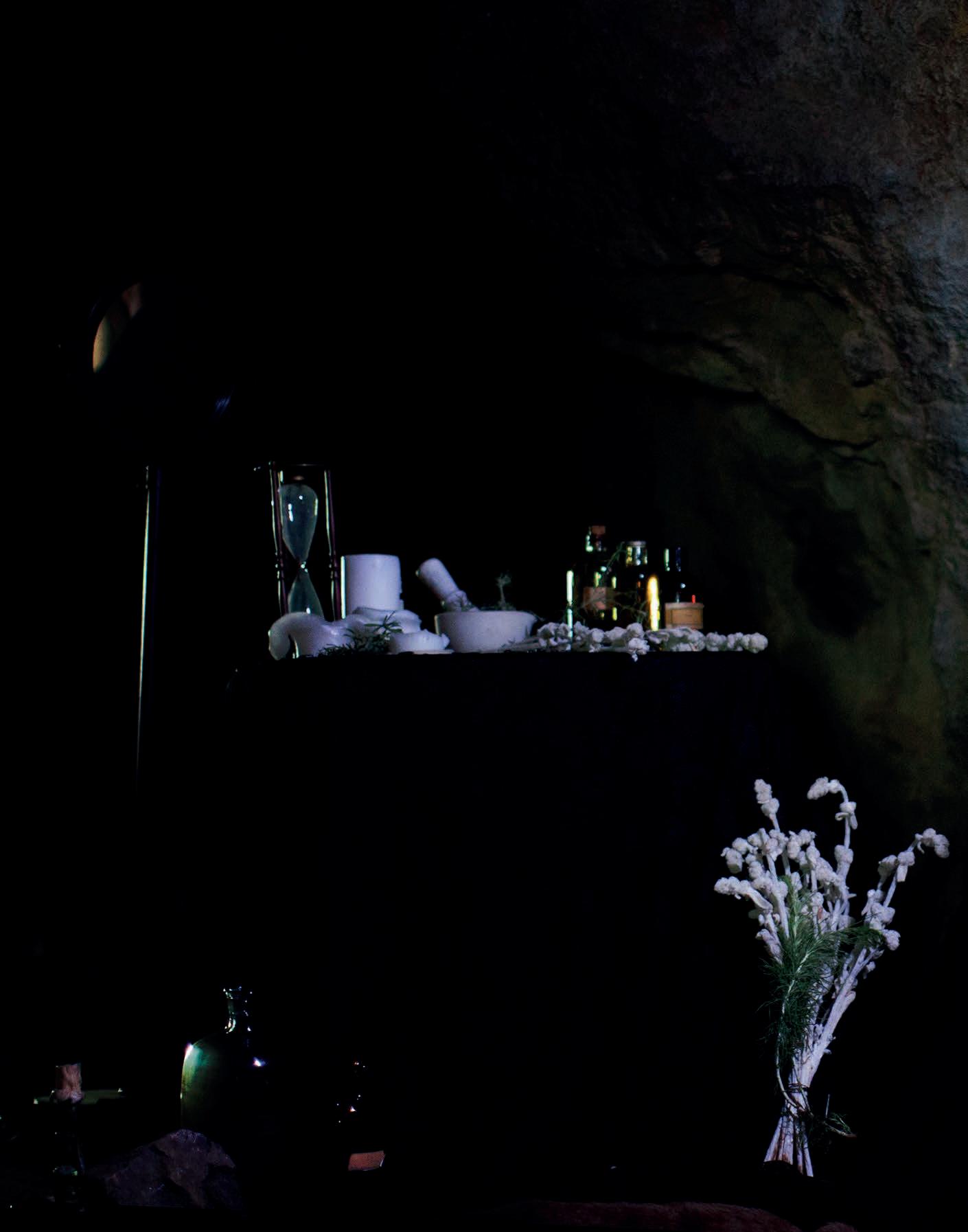
According to Diane McArter, founder of Furlined and this year’s Film Craft jury president, fine film has a mysterious alchemy to it – a union of the hearts and souls of its creators that conjures emotions in the beholder. But, as she tells Danny Edwards, it should also appear – as if by magic –without the visible hand of the craftspeople behind it
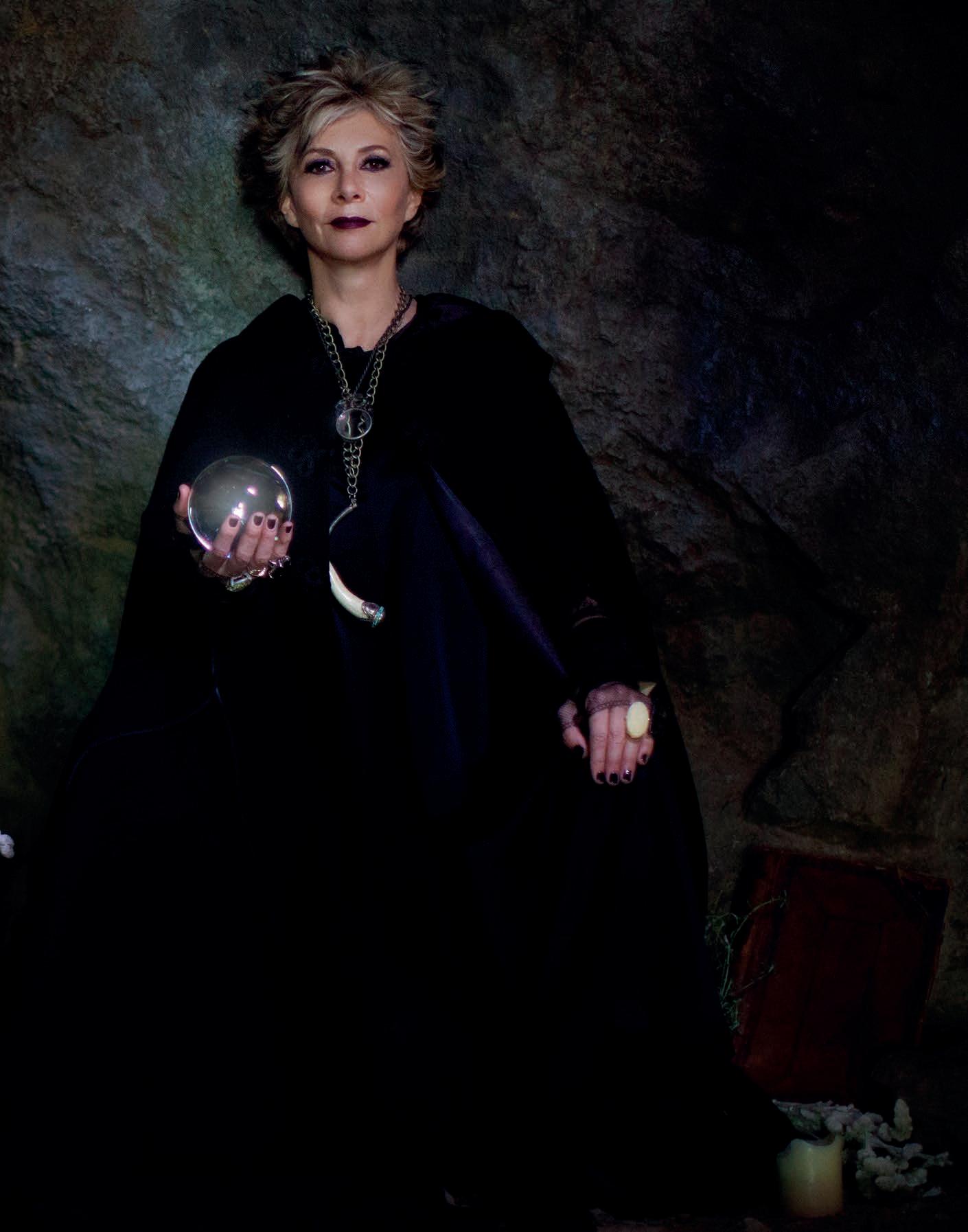
Cannes 2018 is aiming for a new look and, more importantly, a new feel. Each year the festival gets a bit of a hammering once the elaborate beach canopies and signage have been taken down and the final bleary-eyed attendees have prised themselves away from the Croisette. “Too expensive!” some cry. “Not focussed enough!” others yell. Some of that criticism is warranted, some not. But this year those running the Festival of Creativity have taken note (some might say “been forced into action”, after the Publicis Groupe’s announcement that it was taking a year off awards) and they have slimmed down the running time and introduced new elements such as entry caps, the creation of nine new category tracks and the removal of subcategories. In short, Cannes Lions has taken a different point of view on the festival and aims to improve because of it.
So, it’s interesting to note that at least one of this year’s jury presidents is also taking a step back and re-examining how to approach the category over which they are presiding. Diane McArter, president of Furlined, the production company she founded in 2005, will oversee proceedings in the Film Craft jury room. The former New Yorker, who now lives and works in Los Angeles, is relishing the challenge.

On the phone from LA, McArter is friendly, engaging and sounding eager to be a part of the upcoming festival. What does she think about the Lions reshu e? “We all have to continue to evolve,” she says, “and Cannes does too. I think that they’ve met the challenge and I’m excited to be a part of it.” Of her appointment as jury president McArter goes on to say, “I was shocked [when they asked me]… Shocked and humbled. I’ve had the great privilege to work with many talented and creative people, and I’m thrilled to be able to bring a perspective, my own personal experiences and thoughts [to the jury room].”
And that’s where it gets interesting, because McArter’s perspective is unlike many of her predecessors. Of course, like those who have been president before her, McArter is genuinely fascinated by craft and the mastery of the skillsets needed to create a piece of work that matches, and often exceeds, the concept it is visualising. But more than that, McArter is fascinated by what the word craft means and our interpretation of it.
Casting spells over the audience
She has thought about what it means now, what it might mean in the future and, more specifically, what it meant in the past. “We think about the art of craft,” she says. “We think about the mastery of skills and of the craftsperson and all of those more obvious aspects of what craft means to us all. But, I’m interested in the notion that there’s also a spiritual…” She pauses for a second. “I’m not sure if that’s the right word, but there’s an element where we come into contact with a piece of work and where there’s something associated with the making of it, there’s an emotional strength, an aspect of [the craft] building a relationship. I think there’s a definition of craft that takes us beyond the material, beyond just the rhythm of the maker, that has to do with the hand, the eye, the head, the heart. It’s like mind, body, spirit, where all of the skillsets that go into filmmaking come together. The harmony of it all.”
To McArter the craft of filmmaking has a magical quality. The separate ingredients on their own don’t create that magic but put them all together and, in the right hands, they become something else, something astonishing. She likens it to witchcraft. “Witchcraft has a negative connotation,” she says, “it implies a sense of craftiness, of cunning. But really, when you think about people who were considered witches, those were the outsiders, the nonconformists and mavericks. The witchcraft of the past – it had a power.”
McArter believes that any great piece of work needs that element of sorcery, but it also needs to imbue the viewer with a sense of ownership. “The outstanding work in the category has to bring value to our audience, and I think there is something about craft at its height that means it doesn’t belong anymore to the person who has crafted it. We, the audience, begin to own it. When a great piece of work really moves you, don’t you feel ownership of it? Don’t you feel like it belongs to you in some way? If you think of any great book that you’ve ever read, you open those pages and you see yourself in that book. So, [I need] to be able to see myself in a piece of work. That’s what brands have to do to reach their audience.”
skills they need to master them but, equally, she comes back to the emotion of a piece of work being its most important aspect, whether it’s sadness, fear, humour or something else. “It’s like we don’t want to see the hand of the craftsperson, we just want to be left with how it makes us feel.”
One of the things that most worries McArter about the industry at the moment is the distinct lack of time people are given to hone their work. The old adage that, for a production, you can only achieve two out of cheap, fast and good, is still very true, but far too many of the choices being made just ignore the option of good completely.
“…there’s a definition of craft that takes us beyond the material, beyond just the rhythm of the maker, that has to do with the hand, the eye, the head, the heart. It’s like mind, body, spirit, where all of the skillsets that go into filmmaking come together.” S
McArter says she wants her jury to think about these sorts of things, to have a deep understanding of what craft really means in all its forms. When I ask if there is an example of a piece of advertising work which she believes embodies that technical excellence as well as the emotive side she has described, she quickly references Frank Budgen’s 1999 Double Life spot for PlayStation. “It has depth and gravitas, sadness and humour,” she says. “It’s soulful, and I think soulful is a good word to bring into the whole emotion of what craft is at its most elevated.” But it’s nearly 20 years since Double Life; has the approach to craft changed in that time? McArter thinks it probably has. She cites the range of new tools available to filmmakers and the new
“I can imagine the challenges of clients today who have to respond to all of the information that’s going on out there in a timely way, to anticipate and create ideas and represent their brands in a world that’s changing at such a fast pace. [But] great creativity and great craft requires time –time to ponder, to explore, to be curious, to imagine. Time is our greatest resource and we have too little of it.”
McArter’s enthusiasm for great work and the craft that goes into it is palpable, as is her belief in that work, when done right, being able to alter people’s moods and perceptions. And she’s also hoping her own perceptions can be a ected by the people surrounding her in the jury room in the Palais in June. She’s keen for the other members of the Film Craft jury to be a diverse mix in gender, race and culture. She wants to make sure the work they examine is put through a variety of filters, saying she wants to hear di ering views and “glean perspectives that are di erent from mine”. Ultimately, this year’s Film Craft president wants to see as much interesting, dynamic, creative and, yes, soulful work as the festival can put in front of her and her jury, and she’s prepared to put in the hours too, the category being a notoriously demanding one. “Yes, long days in dark rooms,” she says, “but I love that. The discussion, the debate. I want to keep the jury lively and engaged and I want us to dig deep and ask questions. That’s the part that’s really exciting to me.”
“…when you think about people who were considered witches, those were the outsiders, the nonconformists and mavericks.”
What’s your favourite ever ad?
If I have to choose just one, then it’s got to be Frank Budgen’s Double Life for PlayStation. It’s flawless. Effortless.
Paradoxical, in that it resonates with depth, while also being humorous. It is the work of a master.
What product could you not live without? Books.
What are your thoughts on social media? Like any technology, it’s a double-edged sword. It can be used to develop culture, community and dialogue at its best, as well as spread conspiracy, propaganda and defamation in its most damaging form. It has the power to promote positive change in the world, while also having the power to drive us apart.
All we have to do is look to the galvanising events of the Arab Spring and contrast them with the fallout over Cambridge Analytica to underscore this dichotomy.
How do you relieve stress during a shoot? Talk to the 1st AD – always the calmest person on set.
What’s the last film you watched and was it any good? The last film I watched was the documentary The Mask You Live In by Jennifer Siebel Newsom, and it was a revelation. It follows boys and young men as they struggle to stay true to themselves,

while negotiating America’s narrow definition of masculinity. It’s such an important film for this moment in our culture as we address the challenges brought to the forefront by the #MeToo movement. Before watching this film, I was unaware that boys in the US, when compared to girls, are more likely to be diagnosed with a behavioural disorder, prescribed medications that are stimulants, fail at school, binge drink, and/or take their own lives. This must change; our collective future depends on it.
What’s your favourite piece of tech? The pencil. What film do you think everyone should have seen?
Tender Mercies. Robert Duvall took home the Oscar for best actor in 1984 for his performance in it. It’s a simple story, a small film, and yet such a deeply introspective and honest tale of redemption.
What fictitious character do you most relate to?
Olive Oyl. Tall, gangly and drawn to the salty sailor Popeye.
If you weren’t doing the job you do now, what would you be?
A perpetual student.
Tell us one thing about yourself that most people won’t know… On rare occasions, I can be very funny. It’s true, I swear!
Since its launch in 2012, the Mobile Lion category has evolved to become one of the most exciting showcases for the creative use of tech and, as features such as image recognition, AI and voice activation become incorporated into campaigns, its
star can only rise. Jay Morgan, innovation director at The Monkeys, this year’s Mobile jury chair and a man known for his vibrating undies, tells Selena Schleh he can’t wait to start judging a category that can still
surprise
While an invitation to sit on a Cannes Lions jury is, without doubt, an honour and a privilege, being stuck in a dark basement, headphones on, watching thousands of case studies – while the rest of adland frolics in the sunshine and necks rosé on the Croisette – isn’t, perhaps, such a joyful prospect.
But, as Jay Morgan, innovation director at The Monkeys, Sydney points out, the Mobile category is a bit of an anomaly. For a start, it’s full of work you can physically interact with. You might even get to soak up some of that southern French sun. Last time Morgan sat on the Mobile jury, back in 2014, “we were in and out the whole time. There were a lot of activity trackers that required us to be moving, running up and down the stairs. One of the entries was a connected tennis racquet, so we were out there on the rooftop in the middle of the day, playing tennis. Security ended up dobbing us in!” Canberra-born Morgan is no stranger to breaking rules: in fact, he’s spent most of his career occupying spaces “without asking


“…if we can change the brand perception and also influence the product and the experience for the consumer, that’s a killer solution.
That’s the opportunity moving forward: infuse our creative thinking with the core business system.”
for permission to go into them. I’ve just kind of done it.” As the son of an engineer, he grew up tinkering with mechanisms – pulling them apart, figuring out how they worked – which morphed into teaching himself how to code. “There was this sense of wonder and intrigue that had been built into me from an early age,” he says. “No one ever told me I had to learn a certain way. I just started exploring.” By high school, he was designing and building websites for friends. No wonder he found his degree in digital design less than challenging. “Most of my time was spent developing my sense of taste; I’d already taught myself everything from a functional perspective.”
After uni, Morgan got his foot in the adland door as a designer at Bold, a small Sydney boutique where he worked on iconic Australian brands like Qantas and NRMA Insurance, before starting up his own video production company with an editor from Bold. This was pre-YouTube, and “no one was really [making videos], but I thought it couldn’t be that hard,” he remembers. Despite being “five or six years ahead of its time”, the business was a success – in fact, it’s still operating today – but Morgan missed the creative side. At the height of the dotcom boom, spurred by the “incredible, experimental digital creative that was going on”, he joined the in-house team at Southern Cross Austereo, one of Australia’s largest media owners. There, he helped grow the team to 60, won a slew of awards, and caught the eyes of ECDs at Sydney’s biggest ad agencies. “Although we pissed some of them o too,” he admits. “They probably thought: ‘Who are these upstarts?”
After a short stint at Razorfish, Morgan’s next move was to Havas, where he came up with the first of his career-defining campaigns, Durex Fundawear. The condom brand was known for its innovative products, but most were designed for close contact. An era of frequent travel and remote communication called for a long-distance solution. The answer? Vibrating his and hers underwear paired with a mobile app that remotely simulates a partner’s touch. The pitch was a prime example of what Morgan calls his “70 per cent” approach to creative problem solving. “I always say, as long as I can understand 70 per cent of how something works, I’ll figure the rest out.
We have a smartphone, we have the internet, and we have the ability to send signals over the internet. So we just needed to work out how to turn that into touch.” Turning “a lot of theory and high hopes” into a viable product was tough – “human haptic feedback is really hard in person, let alone over great distances” – but a dozen or so pairs of underwear were eventually developed, enough to run a test. The response was overwhelming: 80 million YouTube views of the campaign video (despite being banned in the first week), 50,000 requests to purchase and a silver Lion at Cannes.
Sadly, Fundawear never hit the mass market, but the production company who had helped to develop the haptic tech later parlayed it into a range of clothing that teaches yoga via targeted vibrations on the body. “A lot of these types of campaigns [product innovation] are very scammy,” says Morgan, “and agencies go just far enough to pull the wool over a jury’s eyes and convince them that an idea is real. But we really did figure out the technology, and the fact a company has gone on to use it in a whole range of products is proof of that.”
At the other end of the spectrum was Peggy, a smart peg for OMO washing powder, which Morgan developed at JWT in 2016. The idea came from the insight that “there’s only so many times you can say, this detergent gets your clothes white. Whiter than white. The whitest it’s ever been!” explains Morgan. “So we had to look at what other value we could add.” As anyone who’s ever hung out a load to dry, only for the heavens to open five minutes
later will tell you, knowing when’s best to do the washing is a major issue. The solution?
A mini weather station complete with temperature, light and humidity sensors, which you could hang from a clothesline.
“We wanted to create something physical, and everyone knows what a peg is, it’s familiar, plus it’s something kids can enjoy [using] as well,” explains Morgan.
“With the companion phone app you could plan in advance: it would tell you, for example, that Tuesday morning is the best time to do the laundry for the week, because it’ll be dry in three hours.” Like Fundawear, the product got to beta testing stage, and is still in R&D as far as Morgan knows (he left JWT in 2016). What both campaigns showed Morgan, he says, is how “incongruous” innovation work is with a brand’s typical advertising/marketing schedule: new products take years, not months, to develop.
Getting closer to a client’s core business and products, while still indulging his passion for creative solutions is what eventually led Morgan to his new role as head of innovation at The Monkeys, following the agency’s acquisition by the design and innovation consultancy Accenture Interactive last year. “It felt like a really compelling o er, because you have a company [Accenture Interactive] that on the digital side builds products for clients and understands the business platform and infrastructure of companies, and operates on a di erent time horizon, with projects that last up to 10 years. That, to me, felt like a very good bridge between the creative blue sky space where we [agencies] come up with all these crazy ideas, and the other side where we actually make them happen,” he explains. Having spent his first year working on a “tonal re-imagining” of the buying experience – everything from through-theline communications to retail experience and product design – for a client in the “high-value purchase bracket”, Morgan is excited about the opportunities that his new role is o ering him. “Creative agencies are very good at getting people to feel di erently about a brand. But that only gets them through the door. We [agencies] have never really been able to influence the product before. Now, if we can change
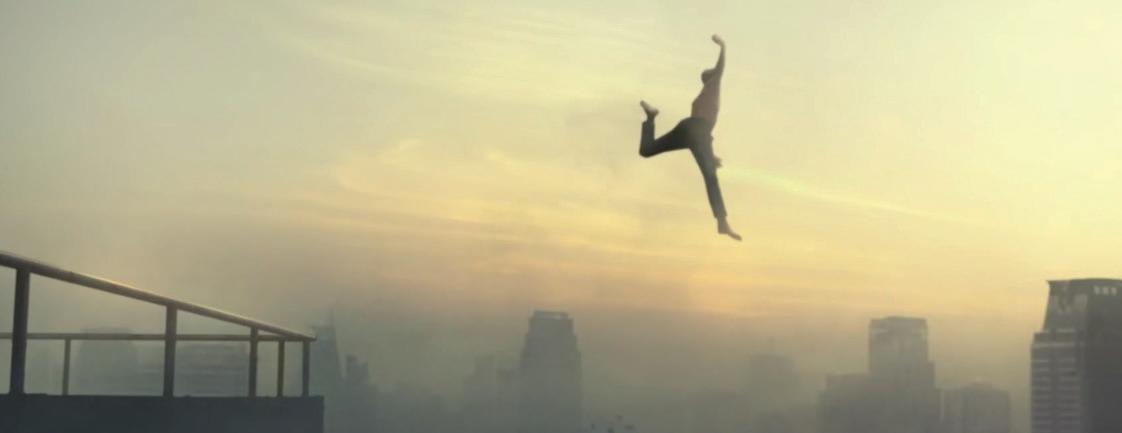

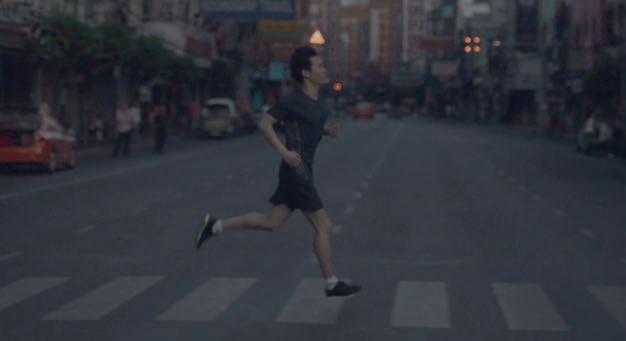

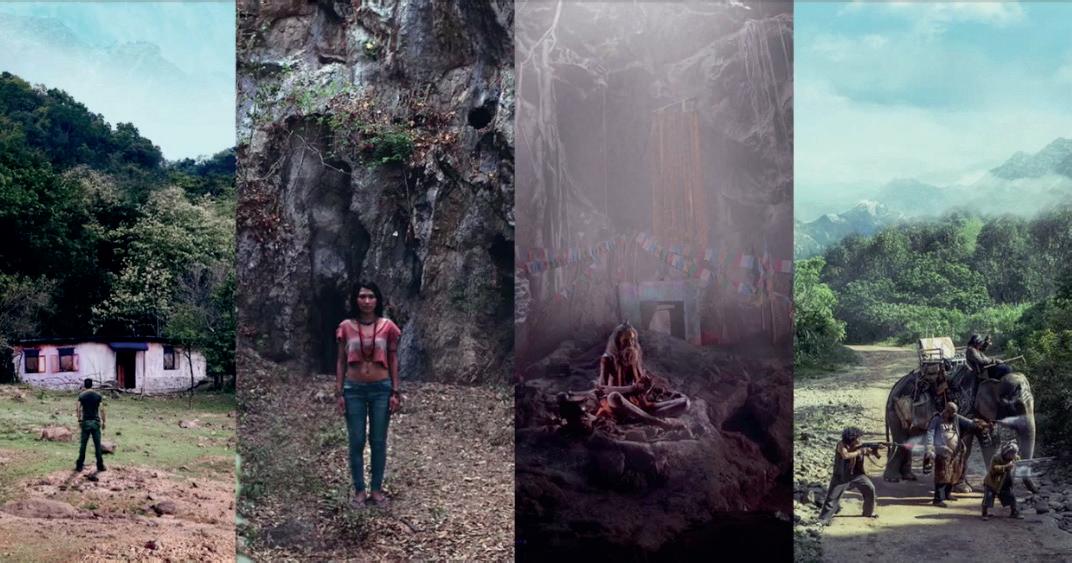
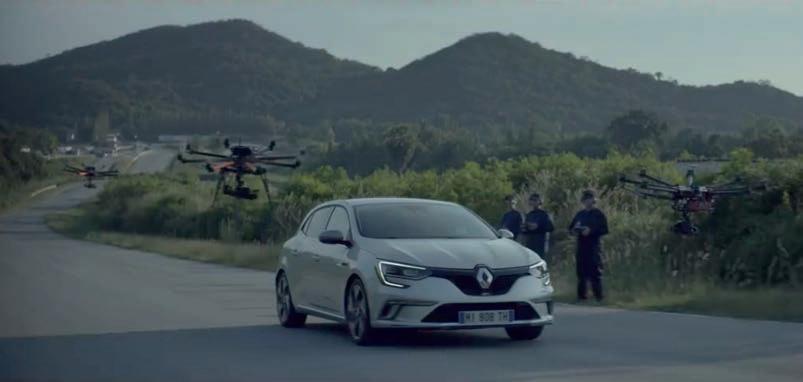

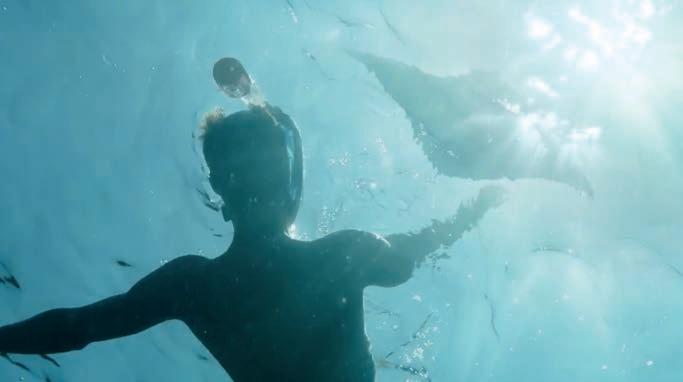
What’s your favourite ever ad?
I don’t have a favourite ad but I have a favourite style. It’s what I call engineered creativity –the technology makes the storytelling possible – and one of my favourites is the Zero Emissions The Invisible Drive idea for Mercedes by Jung von Matt.
What product could you not live without? My sunglasses.

What are your thoughts on social media? I’ve turned all notifications off.
How do you relieve stress during a shoot? People get stressed on shoots? What’s the last film you watched and was it any good?
Atomic Blonde. Rotten Tomato gave it 77 per cent. I give it a solid 65 per cent.
What’s your favourite piece of tech? My wife’s hand-me-down 2013 Apple MacBook Air. It’s the perfect laptop in every way possible.
What film do you think everyone should have seen? Primer.
What fictitious character do you most relate to? Sherlock Holmes.
If you weren’t doing the job you do now, what would you like to be? I would spend half my time making timber furniture and the other half as an electronic engineer. Tell us one thing about yourself that most people won’t know… I used to push my lawnmower door to door offering to cut people’s lawns for money. I was 11.
“My image was produced by the talented folk at Google’s Deep Dream Generator – AI that employs a convolutional neural network to find patterns in images.
We fed the AI two images: the first, my portrait taken by Tim Bauer; the second, an image of the motherboard from the first computer I owned – all the circuits, chips, resistors, transistors, capacitors and other tiny components.
The neural network looked for patterns in the style of both images and tried to
the brand perception and also influence the product and the experience for the consumer, that’s a killer solution. I honestly believe that will be the opportunity moving forward: infuse our creative thinking with the core business system.”
Translating the strengths on both sides of the business – creative and consultancy – and working out how they come together calls for skills which should come in handy when chairing the Mobile jury. “A lot of what makes judging enjoyable is the group and the people: you want an open, honest, but also collaborative tone in the room.”
As for predicting the work that might win, he’s going with an open mind. “What I love about judging, particularly in a category like Mobile, is that you think it’s quite hard to be surprised, especially if you pride yourself on knowing what’s out there and read the trade publications. But there might be a great campaign from South America, say, which you’ll never have seen before.” As well as mobile apps, he anticipates lots of connected products: previous years have seen everything from a bacon-scented alarm clock to a flow-meter ‘toy’ allowing kids to monitor their asthma in a fun way.
Yes we can,
match them by applying the style of the second image to the first. The result is a one-of-akind algorithmically generated image. If let run for too long the neural net starts to create very psychedelic images that start to exhibit faces and features you’ve never seen before – that weren’t apparent in either of the donor images.
To me, this image represents the future of human and machine working side-by-side and creating together.”
Augmented reality has also gone mainstream on mobile thanks to the runaway success of 2016’s Pokémon Go, and Morgan reckons that it will be remaining big for 2018. And it won't just be appearing in standalone apps, but will be shaking up social media campaigns too. “Up until 2014, the platforms were still being built,” points out Morgan, “but now we have Snapchat, Facebook, YouTube as established platforms. So now the questions are: how do you augment that platform, that channel, and do really interesting things with it? How do you subvert the format and use it in a surprising way? And I think AR is going to play a major part in answering these questions this year.”
Add in voice-activated tech, AI and image recognition and Mobile looks to be an excitingly varied category. But just because the toolbox is overflowing with shiny new gadgets doesn’t mean we should be using them all, Morgan cautions. “I think that 2018 will be the year in which we finally realise: just because we can, it doesn’t mean that we should.”
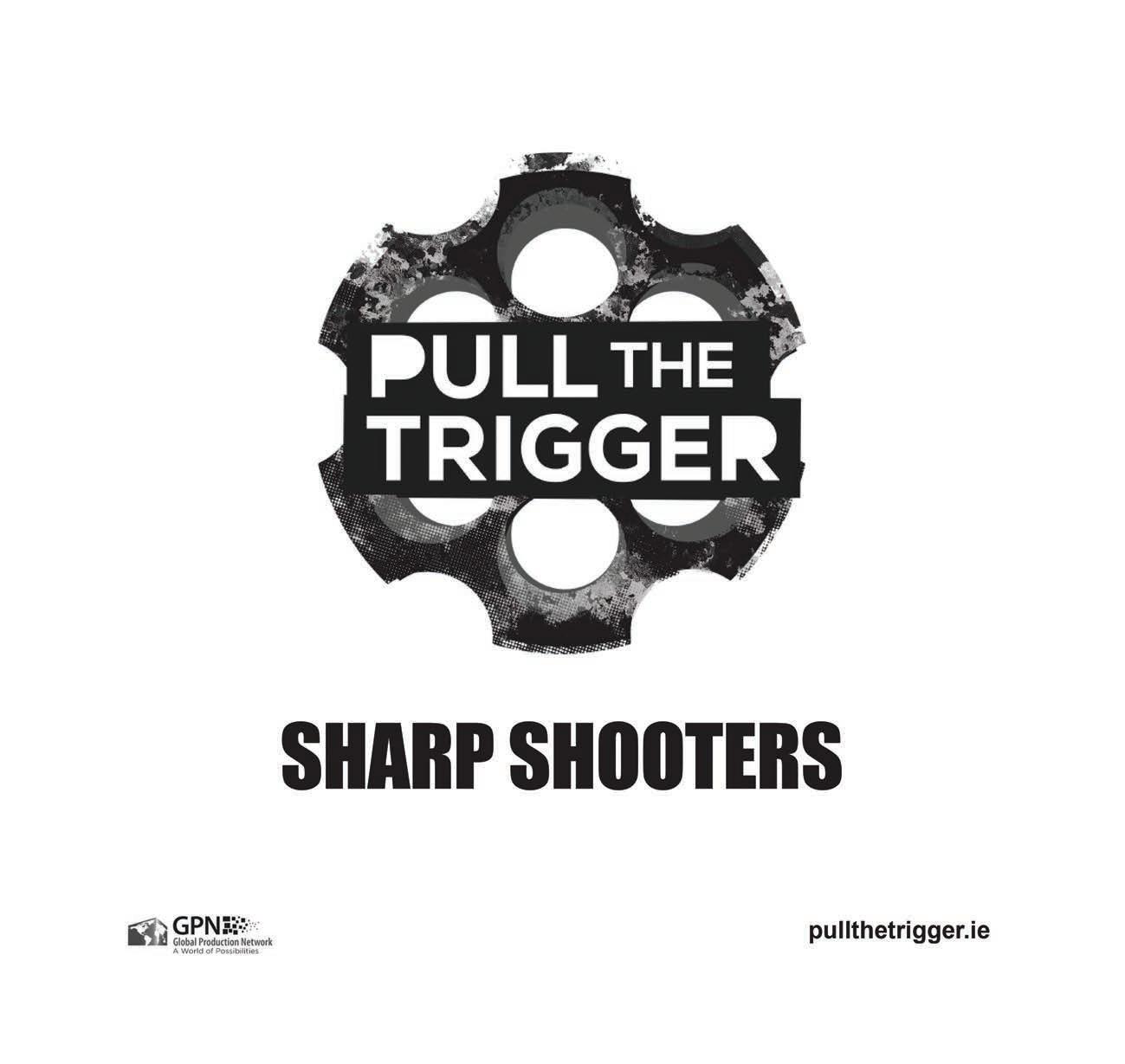


In the world of advertising there are always bottomdrawer scripts and ideas that have, so far and for various reasons, remained unmade. There are also those scripts that started with great potential, but ended up as damp squibs. Then there are those that could not – indeed, should not – ever be made. In his ongoing series, David Kolbusz, CCO of Droga5 London, plays devil’s advocate with the imaginary scripts that taste forgot
CLIENT
We open on a man with dark eyes and a jagged nose, dressed in a pair of cornflower blue trousers and an open, white linen shirt. He takes a protracted draw from his cigarette and the long ash that hangs there like the ghost of past lungs-ful drops into his matted chest hair. The camera widens and we can see he is leaning against a railing overlooking the Croisette in Cannes. We also see that in his other hand – the one cresting off his cocked hip – he’s holding a punchy serving of rosé. He raises the full glass to his fuller lips (you could even describe them as slightly too large for his face, but they’re sensuous nonetheless) and the liquid slides down his throat as confidently as breath. With a casual flick of his wrist he tosses the glass on the pavement. It explodes at the foot of two passing German tourists who let out alternating shrieks. He smiles at them with a mouthful of crooked teeth and coughs, “Pardon” in a French accent as thick as his eyebrows. He turns to camera.
PIERRE: There are many persistent stereotypes about the French. People think we are rude. Callous. Intolerant. Conceited. Belligerent. And that we hate foreigners. He looks down at the tourists. One of them is lying on the sidewalk wailing in agony while the other picks shards of broken glass out of his foot.
PIERRE: They’re not wrong. But while we’re all xenophobic to an extent, some bits of the country are worse than others. Le Midi – or Southern France as you slack-jawed philistines will probably know it – find foreigners slightly less despicable. Perhaps we’re more tolerant because so much of our microeconomy is dependent on your clownish spending habits. Sure, tourism plays a role all over the Republic, but if you were to look at France
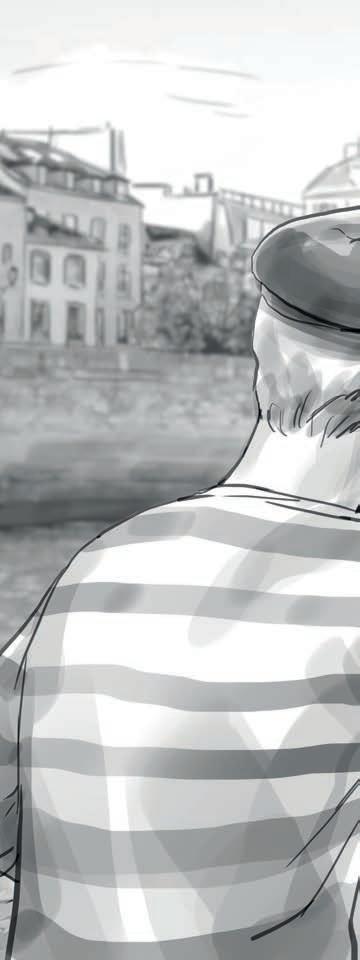
as a heat map, the CÔte d’Azur would be a cool blue, whereas some place like Paris would be an engorged, cock-red epicentre of Gallic-born hatred.
Pierre snaps his fingers and we are magically transported to the centre of overcast Paris. He strolls casually towards two British tourists sitting for a portrait by the river.
PIERRE: Nobody has less tolerance for the visiting masses than a Parisian. I mean, look at these sad English shits. They’ve come to Paris for an anniversary weekend away and hope to capture this memory with un portrait sketched on the banks of the Seine. Little do they know that when the artist turns his easel around they will see not a true likeness but an artistic interpretation of their worst selves – a loose rendering laced with crude social commentary. Their own personal Dorian Grays.
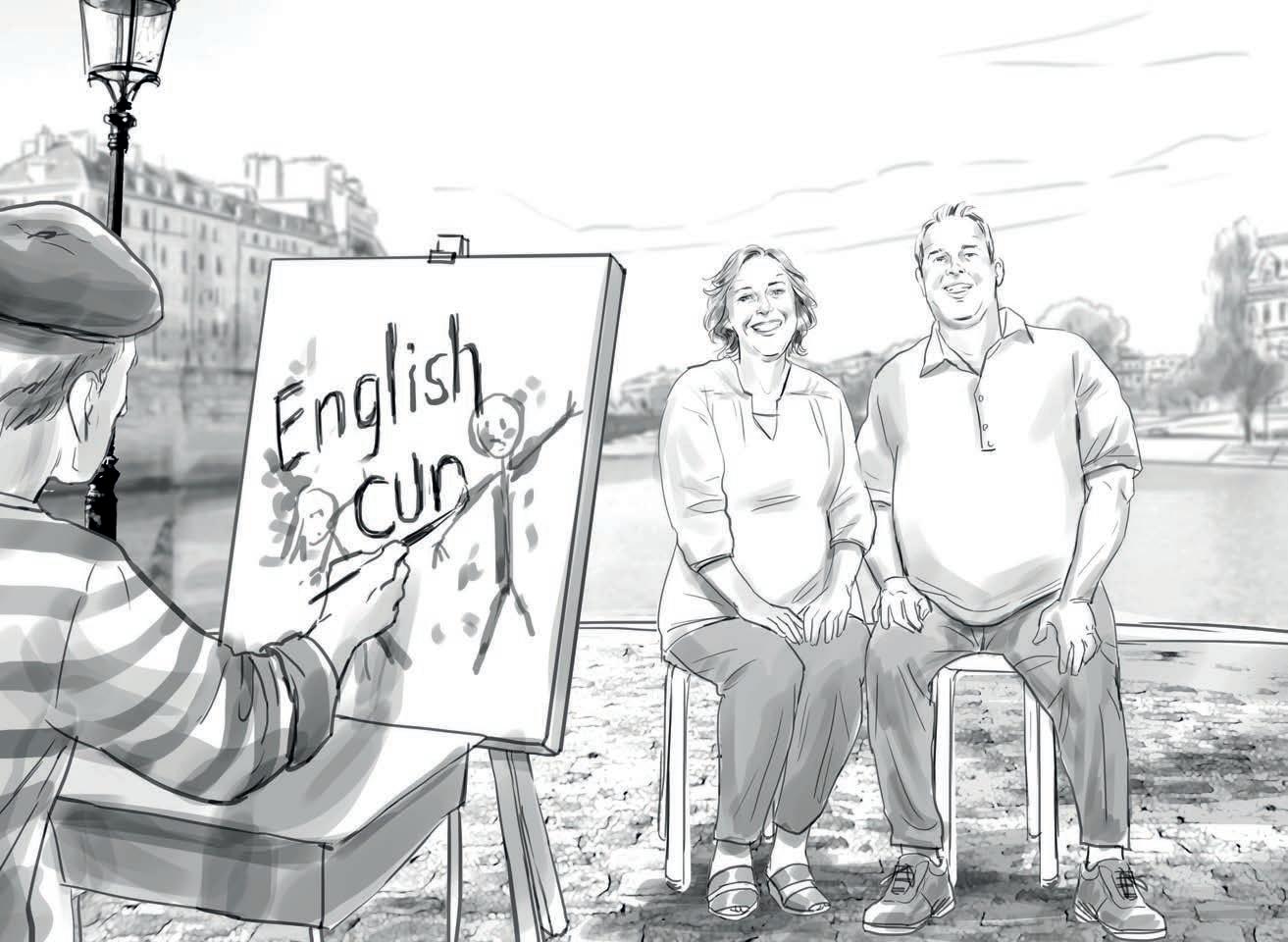
Pierre comes round the back of the artist and we see that unbeknownst to the couple, the man wielding a brush has painted an incredibly unflattering picture – almost childlike in its simplicity – and he’s graffitied the words ‘English Cunts’ across the top.
PIERRE: And if they refuse to pay for the pleasure of their own mockery, they will be shouted down with words they don’t understand at a pace they couldn’t possibly keep up with. Made to feel inferior like the mono-linguistic simpletons they are. But not in Cannes!
He snaps his fingers and we’re back in the blistering sunshine.
PIERRE: Here, you mean nothing to us, so we let you do as you please. Even during the protracted pre-summer rush when the Palais is heaving with parasites from the film and advertising industry we just keep to ourselves and let you muddle through on your own.
As he walks past the Palais, he steps over an art director with piss-stained linen trousers writhing around, semiconscious on the red carpet.
PIERRE: Sure there is a downside. If we see you lying in the gutter, half passed out and choking on your own vomit we won’t lift a nicotine-stained finger to clear the partially digested, acid-burned food lodged in your throat.
He sits down at a table outside a generic tourist trap restaurant and lights up another cigarette.
PIERRE: But that is the social contract. You pay 100 euros for a steak tartare that may or may not be actual dog food and we let you infect our cities like a syphilitic john who hates the feel of condoms.
A passing waiter offers him a plate of tartare. He takes it and stubs his fag out in the meat.
PIERRE: So come to Cannes! Sure, we may not care whether you live or die, but at least we won’t hold you to the same intellectual standards as our northern countrymen.
He sets the meat down on the ground below. A street dog so gaunt that his blistering skin barely stretches over his rib cage walks up to the festering pile, picks out the cigarette butt with his teeth and eats it.
A logo appears.
Tourisme Cannes
And a tagline.
Less Hate is More Fun.
“Tourism plays a role all over the Republic, but if you saw a heat map of France, the Côte d’Azur would be a cool blue, whereas Paris would be an engorged, cock-red epicentre of Gallic-born hatred.” S








It’s all about change at Cannes 2018: it’s now a nifty five days long; three old Lions have loped o while five new ones have bounded in and there’ll be nine content ‘tracks’ to get your head round. But before you get boggled by big cat confusion or find yourself on the wrong side of the tracks, horizontal on the Croisette with your verticals askew, take a look at our esteemed industry bods’ reviews and predictions of who’ll win what at adland’s best fest
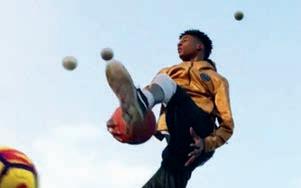


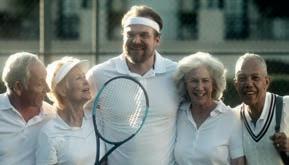
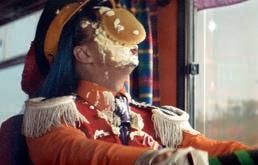

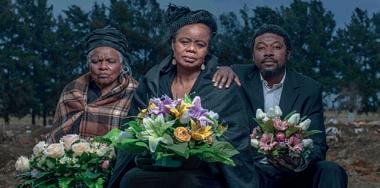


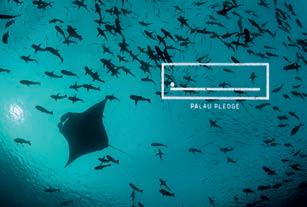
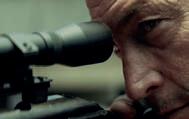





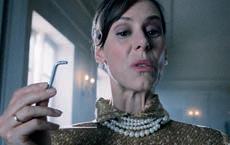
As China’s economic star continues to rise, Chinese brands are getting ready to take their place on the global stage. Chen Yong, editor of Modern Advertising and General Secretary of the Interactive Internet Advertising Committee of China (CAA), explains how the country is investing in brand-building and recommends the key China-related events to attend at Cannes Lions this year

Although China’s economy is booming, domestic brands haven’t yet realized their full power and potential. However, the situation is beginning to change, thanks to various brand-building initiatives such as the Chinese government declaring 10 May the annual National Brands Day.
Another initiative helping local brands emerge onto the global stage has been the National Brands Plan launched by national broadcaster CCTV (China Central Television), China’s most important platform for news and brand communication. By leveraging advertising resources, the aim is to help brands become leaders in a competitive market, and grow from national to global players.
O cially launched on 1
Xuean, Director of China Central Television’s advertising management centre
January 2017, the plan has already exceeded target numbers: some 30 brands including telecom and mobile brand Huawei, e-commerce brand Alibaba, and real estate brand Biguiyuan have already signed up. And Chinese consumers appear to be responding: Biguiyuan’s sales from January to April this year grew by 214%. The global rankings of those brands signed up to the plan are also rising. Alibaba’s global ranking rose from 60 in 2016, to 23 this year according to a survey conducted by British company Brand Finance. The national brands plan has changed the media landscape as well: the value of TV has been proven again, and companies have started to re-invest in TV commercials.
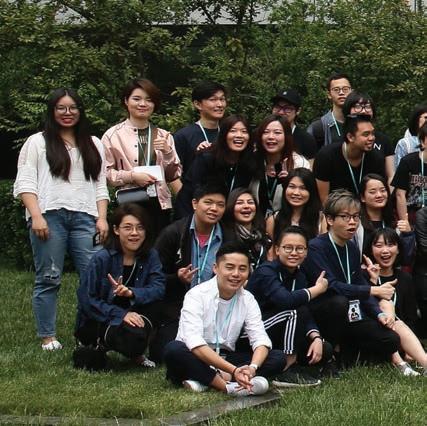
Introduction by SY Lau from Tencent
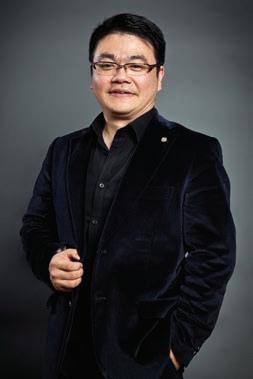
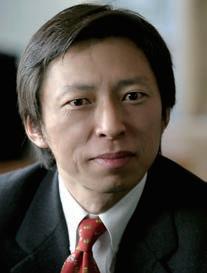
The digital economy is China’s economic future: it already makes up 30.6% of the country’s GDP. But marketing challenges and client concerns persist. Can solutions be found in a fusion of the best of Eastern and Western cultures, through logic, innovation and creativity? China Day, which takes place on June 20 in the Forum at Cannes Lions, promises unparalleled insight into one of the world’s largest and fastest growing media markets. SY Lau, Tencent’s Chairman of Advertising and Chairman of Group Marketing and Global Branding, will set the tone for a day full of information and motivation. Don’t miss it!
Over the past two decades, the internet industry has moved from PC to mobile, and now into an era of ‘big data’. Drastic changes to online media and entertainment industries have been brought forward by technological revolutions. In terms of product and technology, the internet industry in China has made many breakthroughs in information distribution and online video, as well as applications of AI and VR.
Sohu is committed to the development and application of users’ big data, and iterations of its machine learning to drive its media and video business units. Sohu’s media portal, for example, has successfully moved from manual editor’s picks to machine-learning based intelligent recommendation, in order to cater for users’ personalised reading habits. Meanwhile, Sohu is shifting its focus in online video back to original production to grasp the future share of the entertainment market with its vast amount of data accumulated over the years.

Under the In uence of Papi Jiang

In less than a year, in uencer Papi Jiang has become the number one online ‘celebrity’ in China with over 44 million followers, according to the New York Times. Her comedic cultural critiques and free-spirited speaking style have garnered this “girl next door with attitude” attention from millennials, investors and brands alike. In this session, Papi, joined by her agent and business partner Ming Yang, chats to Holly Zheng, CEO and President of Blue Focus International, about her incredible journey to become one of China’s most famous content creators. Papi will share her perspectives on what makes good, viral content and how brands can in uence millennials in the mobile age.
China’s number one online celebrity, Papi Jiang
Holly Zheng, CEO & President, Blue Focus International

Besides natural ability, another key element for creativity is a creative environment. The Young Lions competition is the perfect creative environment for young people all over the world to learn and communicate with each other, and it has changed the lives of many entrants. Since 2004, Modern Advertising has encouraged young Chinese creatives to participate in Young Lions, and entries have grown from a single team to teams in all seven YL categories. In order to bring competitors with the highest potential to Cannes, we hold nationwide local Young Lions competitions in China every year, which are sponsored by industry leaders. The winners are then given the opportunity to compete at Young Lions in Cannes. It’s a system which both encourages young people to enter the creative industry and boosts China’s creative standards.
The China Young Lions Party will take place on June 21 in Beach Cabana 3, outside the Palais des Festivals, and YL competitors from every country are welcome to attend, make new friends and form fresh perspectives.
(Above) Chinese Young Lions Competitors 2017
Founded in 1994, Modern Advertising is the o cial magazine of the China Advertising Association (CAA) and the country’s leading advertising, marketing and communications publication. Since 2008, Modern Advertising has overseen Chinese activities for Cannes Lions, including recommending jurors, speakers and Young Lions competitors. This year, it has curated the programme for China Day at Cannes Lions, which takes place on June 20 at the Forum, in cooperation with the CAA.
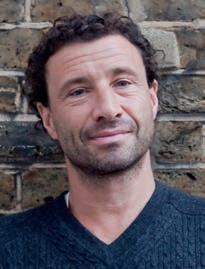
Daniel Bergmann
Founder and president, Stink, London
What’s your definition of what the Film Craft category means in 2018? This category focusses on the art of filmmaking in specific categories and how film techniques and film language are best used to enhance the idea of the film, whether it’s a TVC, branded content, short film or music video.
What’s your favourite campaign in terms of craft from the past 12 months? Filmmaking is about making good choices. Welcome Home for Apple HomePod by Spike Jonze stood out for me because not only does it feature amazing direction but it’s full of great choices: art direction, choreography, camera work etc.
How creatively successful do you feel the year has been for film craft and why? It was all over the place, because there is transition happening on almost all levels –budgets, formats and so on – and this a ects the craft.
If you were on this year’s jury, what would you be looking for and taking into consideration for the Craft category? I think jurors have a responsibility to make the right choices, to help the industry navigate correctly, otherwise it will su er from a quality point of view. The same applies to film schools and producers. If I were on this year’s jury, I would be looking for the ability of the filmmaker to find the right
tools and film language to make the idea work, no matter what the format or platform. Anyone can look at references and copy techniques, but in the end, true talent prevails.
How do you think film craft has changed over the past few years and what do you think are the reasons for this? The filmmaking process has become simpler and there are a lot more tools available. So the choices you make are crucial. Anyone can be a filmmaker now and while democratisation is good, it creates a lot more noise and talent is somehow harder to find.
Is craft as important as it once was? It’s even more important. Craft cuts through the noise, making the film more powerful and memorable.
What sort of work are you expecting to be entered at the Palais this year in the Film Craft category? I expect lots of uneven entries. There used to be a natural filter, so the quality of filmmaking was more consistent. These days, because so much film and content gets produced, there will be a huge variety of work entered – ranging from the very good to the very bad.
What can you see for the future of film craft in the industry – are you optimistic? I am optimistic because engaging film content has to be beautiful and powerful and the only way to achieve that is through making the right choices. This will never change.




UK Pete Chambers
Executive producer, Mad Cow Films London
All of these films have two unifying themes; they are all beautifully crafted and they are all perfectly on-point for the brand.
McDonalds McCafé Madness
The McDonald’s spot talks to its customers by – very humorously – pointing out that you can get a cheap but good cup of joe at Maccy D’s with no bullshit.
Oxfam The Heist No One is Talking About Oxfam tells it like it is and doesn’t flinch, even down to pulling the plug on a baby’s incubator.
Guinness Compton Cowboys
Guinness always tells great stories that challenge stereotypes and take a different view of the world.
Uber Where To?
Uber simple, uber graphic, I loved it from 50 yards. The perfect poster campaign.
Nike Nothing Beats a Londoner
The writing, dialogue, casting, direction, animation, sound and sheer ambition of this spot makes it the ad of the year; in the UK at least. But what will an international jury make of it? Will they find something wrong with Peckham?!
Audi Clowns
Classic BBH, classic Ringan, doing what they do best. In the wrong hands it could have been, well, a bit clown-like, but here it is a wonderful piece of film and a classic product demo.
FIFA El Tornado
An agency and client at the top of their game. An audacious, brilliant bit of thinking. What are the odds Ronny pulls this off in the Champions League Final?
KFC FCK
With the paucity of good press ads these days, the topical ad is the moment to strike and this is up there with the best. I actually read it hungover and giggled at how I thought the KFC logo was looking a little like FUCK. But they’d never do that right?


Nike Nothing Beats a Londoner London has never looked finer in an ad and it’s great to see Nike recognising that it’s better to have a storyline and then integrate superstars into that than the other way around.
Audi Clowns
I just love Clowns. This one has so many great visual gags; a clown... on a bus roof… in a bath. The Sony Balls reference? Fabulous. The car is a brilliant straight man.
1 Oxfam, The Heist No One is Talking About
2 Guinness, Compton Cowboys
3 Audi, Clowns
4 McDonald’s McCafé, Madness
5 Nike, Nothing Beats a Londoner
6 Uber, Where To?
7 KFC, FCK
8 FIFA, El Tornado












US Pete Favat
Chief creative officer, Deutsch LA
Tide It’s a Tide Ad
Tide’s Super Bowl ad is American advertising at its best. It’s so blatant that it’s an ad with their matter-of-fact attitude. It is what it is – an ad for Tide. The viewer is forced to think that every time they see clean clothes in an ad they could be watching a Tide ad. It makes the brand synonymous with clean clothes.
Nike Breaking2
The concept of Breaking2 pushes humanity forward, and has Nike leaning into their ‘Just Do It’ mantra. To try to break a world record live and tell everyone to tune in is exciting. The fact they didn’t hit below the two-hour mark shows the ability to embrace failure. It’s the idea of reaching the next level, creating hype around a very simple thing – running –making it relevant again.
Taco Bell Test Kitchen
Taco Bell is known for giving its fans unique experiences through innovative food creations. This crazy idea took it to a new level with uber-fans vying for a seat in Taco Bell’s Test Kitchen; getting a reservation was as difficult as getting into a three Michelin-star ranked restaurant. Audacious. Reservations sold out in 32 seconds. Taco Bell knows their fan base so well, and fanning the flames of curiosity and delivering exclusivity in the most nonexclusive category made this experience beyond entertaining.
US Shawn Lacy
MD and partner,
Biscuit Filmworks LA
Apple HomePod –
Welcome Home
So much has already been said about this ad but it’s incredible. Spike Jonze is insanely talented. I love the heroine and how we feel we are on a journey with her.
Tide It’s a Tide Ad
This whole campaign is so smart and so funny. On one of the world’s biggest stages for advertisers, this campaign shone with originality and clever humour.
Procter & Gamble The Talk
This ad conveys a powerful message and was beautifully crafted. Showing our universal humanity is one of the most important things we can do as advertisers, and this ad goes above and beyond in that regard.
Bose Alive
Perfect casting makes this ad really shine. It’s a simple but stunning piece.
Bacardi Dance Floor
This only came out a few weeks ago so it probably missed the boat for this year’s Cannes, but it’s such fun I had to include it. The production design is fabulous, too.
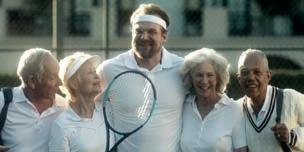
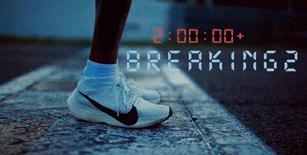

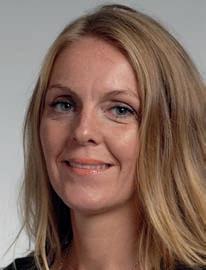
Are you aware of the altered structure of Cannes Lions this year and, if so, do you think it will help improve the event? The category changes make sense to me. The industry is changing and our clients need di erent types of services from their agency and consultancy partners. I’m happy that Cannes Lions is adapting around this new world. I’m glad to see a sharper focus around experience because it needs to be at the centre of the work we do, to help move the world forward.
Craft to me is always essential, regardless of the category – our work needs to be beautifully executed. I do question a few of the categories, but I’m not going to go into detail around that. Overall it’s good to see that the Cannes Lions are taking steps towards being more relevant to the future that lies before us.
How would you define the Digital Craft category and what do you think the jury will be looking for?
For digital craft I think it’s essential to prioritize work that’s making real impact for our clients. The role of digital is to help build meaningful relationships between brands and their customers – if that fails, we are not doing our job. Again, the core idea and the execution of the work needs to be looked at holistically –craft again being one of the things we need to take a hard look at and judge together with the idea.
I would love for us to expand our thinking a bit when we talk about
digital and start looking at channels outside the traditional screens (desktop and mobile). A digital craft is so much more than an interface design on a screen; it bleeds into IoT, conversation design, VR – and the list goes on. I think all of these things are going to be debated when the judges start looking at the work. Where is the line between digital craft and innovation? What’s the true craft in digital as our communication channels change and evolve? Are we, as judges, keeping up with these changes and ready to change the way we judge digital work to account for them? That’s the real question.
What have been the main developments/new trends in the category since it was first launched at Cannes Lions three years ago? Many of our clients are facing real business problems and are struggling to survive in this new world. They haven’t always been able to keep up with the new standards being set up by new brands, or to connect back to customer needs in some cases. Digital is the main driver for this disruption, which makes the category extremely interesting. Many agencies are trying to move into consultancy while many consultancies are buying up agencies. Our clients are looking for a new type of partner to not only help them survive, but to help them lead. I think the type of work we are going to be doing with our clients is changing drastically – we are going to be helping businesses redefine themselves and change. In my mind, digital is at the heart of this movement. I predict we will need to start thinking about digital really di erently because it should be in the centre of it all.
Have you seen any outstanding examples of digital craft this year? I do worry a bit that digital craft is su ering at the moment – the working methods we are applying tend to put the craft in 10th place instead of first place. The craft – how you bring the brand experience to life – needs to be the focus point because it’s the di erentiator. It is what makes the work memorable and connects it with the audience. I do have a product that’s a favourite at the moment – next Bank by R/GA.
The reason I mention this work is because it goes back to the need for transformation that I have been talking about: re-inventing a bank to connect with the millennials.
The brand experience is beautifully executed across all touch points, from the product itself into the communication. It feels new, fresh, di erent – and it truly showcases the power of an idea that’s born out of a digital-first approach.
Do you think there’s enough recognition given to craft (digital or otherwise) in advertising?
I think we might be going through a phase where craft is, in many cases, su ering. I don’t think we have figured out how to give craft enough room for recognition, given the fast and agile working methods we are adapting in today’s world.
We need to craft our experiences beautifully and be mindful of that when we judge work. A badly executed idea shouldn’t be awardworthy, because the awards are setting the standards for excellence. These standards need to be high.
Will you be attending Cannes Lions 2018 and, if so, what are you most looking forward to? Yes, I will be judging the Mobile Lions category at Cannes Lions 2018. I’m mostly looking forward to seeing the work and debating with my fellow judges. Because that’s what the Cannes Lions are all about – the work!

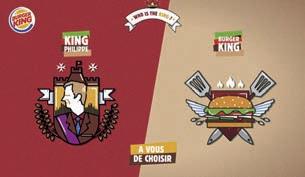
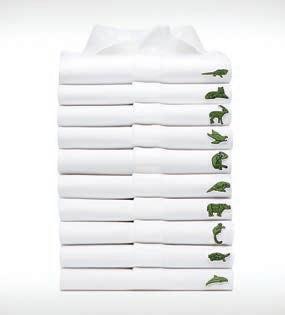
FRANCE Mark Forgan &
Jamie Standen
Creative directors, Ogilvy & Mather Paris
Ubisoft The Baptism
An engrossing trailer for Far Cry 5 from DDB Paris. It feels very far away from the advertising world, in the best way possible.
La Forêt Bet on a Murderer
Actually being able to bet on who is the murderer in a crime TV series? It’s such an obvious idea that it’s surprising it hasn’t been done before. Which is why this campaign from Publicis Conseil might win something at Cannes.
Greenpeace France Orizon
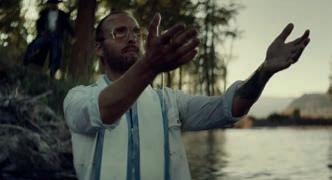
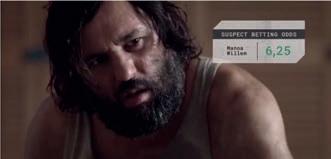
FRANCE Georges Mohammed-Chérif
President & creative director, Buzzman Paris
Burger King Belgium
Whopper Gate
Without a hint of favouritism, let’s start with a Buzzman campaign. The best ideas are always the simplest. When the creative team came up with this clash of kings to celebrate the arrival of Burger King in Belgium, it was obvious we had to do it. It was also key for us to kick-start our collaboration with Burger King Belgium with a campaign that we would not have been able to do in the French market. The funniest part is that this PR success got boosted by the Belgian monarchy itself.
Lacoste Save Our Species
It is always impressive when a brand changes one of its product’s aspects for communication purposes, even more so when it affects something as fundamental as the logo. BETC went all-in with great packaging and a carefully conceived unboxing experience. It is no surprise that all the shirts sold out so quickly.
Greenpeace France Orizon
Another environmental awareness campaign. Not many campaigns leverage data in a smart way, but it is the core job of Artefakt, the agency behind this idea. The way this simulation makes rising water levels scarily realistic is brilliant. It could almost be a business model. In fact, I wouldn’t be too surprised if real start-ups begin using this model in a few years.
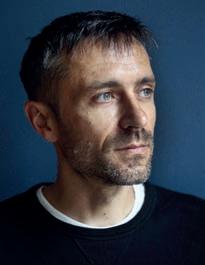
Executive creative director, BBH London
Are you aware of the altered structure of Cannes Lions this year and, if so, do you think it will help redefine and restructure the event? No, I’m afraid I am not. I have heard that something has changed, but I don’t know what.
What’s your definition of what this category means in 2018? If you made a great piece of film for a paying client, and it ran on a screen of some sort somewhere in the world, enter it into Cannes and see how it stacks up against the others.
What makes a great Film entry in your opinion? A great idea, beautifully crafted.
A bait and switch from Greenpeace France. What looked like a real estate company selling tomorrow’s beachfront property (due to rising sea levels) was actually an awareness campaign during the COP21 in Germany.
Ford Predictive Tweets
From closer to home at Ogilvy Paris. Ford predicted every thrill and spill at the 25h of Le Mans by forecasting every single possible outcome – just like the predictive technologies in Ford vehicles do.
Intermarché Les Bons Légumes Romance keeps on with its incredible work for Intermarché. I could have selected any one of their films, like the Christmas tale of kids trying to keep Santa Claus fit. But I think that this campaign is the most likely to clean up at Cannes this year. The best part of it is its OOH teasing, that thousands of people must have seen without noticing the mistake.

What’s your favourite Film campaign from the past 12 months and why do you think it can be considered so e ective? Nothing comes close to Audi Clowns (obvs). But a very, very distant second place would be Nike Nothing Beats a Londoner. It makes me feel proud as punch to be living, working and bringing up my kids in the dark, damp, dangerous streets of London town; an extraordinary achievement.
If you were on the jury what would you be looking for and taking into consideration this year in the Film category? The same as always, originality of idea and craft.
How do you think the Film category has changed over the past few

years in advertising? There is a distinct lack of big blockbusters from big clients.
How can or must the Film content work with other platforms in order to remain relevant and is there still a place for traditional film content as standalone pieces? Film works brilliantly with other platforms. Is there any brand in the world that thinks they can make a film and nothing else? Is there any brand in the world who wouldn’t want to make a film to run with everything else if they could? I doubt it.
Can a lone film do enough? That’s an interesting question in relation to the last one. If Guinness Surfer ran for the first time tomorrow –on TV, in cinema and online – I’m pretty certain it would get the world talking and buying more Guinness. So, I guess the answer is yes.
What sort of work are you anticipating seeing win at the festival this year? Great ideas, brilliantly crafted.
What can you see for the future of the Film category in years to come? I can see it re-establishing itself as the single most important category of the whole festival. Or I can see it getting lost amongst all the noise and hype of the new shiny things. I hope it will be the former.
1 EDEKA, Christmas 2117
2 Mercedes-Benz, Stronger Than Time
3 Burger King, Loving “IT”
4 Kunstfest Weimar & JenaKultur, Moving Landscapes
5 Too Many T’s, Featuring Alexa
6 Mercedes-Benz, Grow Up
7 BVG x adidas, The Ticket Shoe



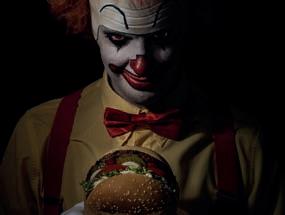
GERMANY Lorenz Langgartner
Creative innovation director, Serviceplan Germany
Mercedes-Benz Stronger than Time
To introduce the new G-class, the first model from the 1970s was enclosed in a 44-ton amber block, presented at the Detroit Auto Show. Truly monumental work, as usual, by Antoni.
Burger King Loving “IT”
Among the many spoof ads linked to the horror movie IT, this guerilla cinema projection for Burger King, warning customers to ‘never trust a clown’, is another great work by Grabarz & Partner.
Kunstfest Weimar & JenaKultur
Moving Landscapes


GERMANY Hans-Christoph Schultheiss
Creative director, Sehsucht Hamburg
BVG x adidas The Ticket Shoe
In a marketing exercise of cool by association, adidas partnered with BVG – Berlin city’s rail and bus network – to launch a sneaker with a year-pass for the entire network stitched into the tongue and fabricated in the iconic design of the subway seats. Killer idea. The “ticket-shoe” became a holy grail for collectors, selling online for up to 3,600€. Nicely played, adidas. The partnership was an opportunity for BVG to correct the hate-hate relationship with Berlin’s “underground scene”.
Mercedes-Benz GrowUp2017
This marked the year that Germany’s automobile industry –one of its largest and most prestigious sectors – made a remarkable comeback. The Grow Up campaign for Mercedes-Benz was the breakout work here. At times feeling more like a series of exceptionally crafted short films, it re-set Mercedes-Benz’s image, locally and also internationally, without the company even having to touch their product.
EDEKA Christmas 2117
Reminiscent of John Lewis‘ holiday season commercials, EDEKA‘s epic Christmas spot about a lonely robot in a dystopian future uses heavy VFX and animation paired with a cinematic narrative, cementing the role of ”event scale” festive advertisements in the German market, a trend which has been a staple in the UK market for some time.
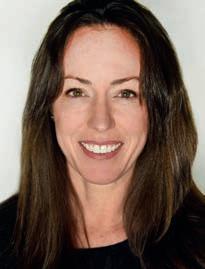
Are you aware of the altered structure of Cannes Lions this year and, if so, do you think it will help redefine and restructure the event? I’m looking forward to the new structure, especially the cap on Lion entries and the condensed time frame. The cap will allow us to see a broader range of creative work, instead of a handful of campaigns sweeping the awards.
One of the most valuable aspects of Cannes is drawing inspiration from the creative ideas across our industry – this structure will bring more of those ideas to the forefront. The shortened time frame will make the week more focussed. Everyone will be there at the same time. I’m anticipating it will make for more e ective networking and less fatigue in taking in all of the creative work.
A beautiful outdoor play, viewed from the train on the central railway through Thuringia, Germany. My favourite, though I didn’t expect the ADC Grand Prix.
BVG x adidas The Ticket Shoe
The first shoe with an integrated ticket for Berlin public transport, by adidas. A thought-through promotion by Jung von Matt which got a lot of media attention.
Too Many T’s Featuring Alexa Serviceplan Innovation helped south London hip-hop crew Too Many T’s to garner worldwide attention by inviting Amazon’s AI Alexa as guest artist.
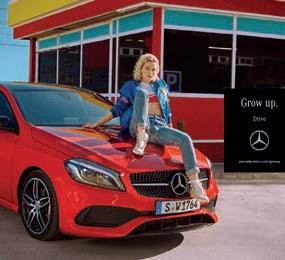
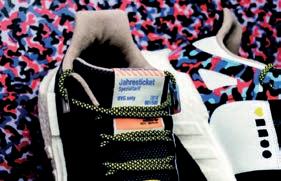
How creatively successful do you think the last 12 months have been in Outdoor advertising? The good is getting better and the average is becoming obsolete. I hear people say, “People aren’t looking around anymore; they’re looking down at their screens,” but I disagree. People look at what’s interesting. If their surroundings are more interesting than that little screen in their hands, then the surroundings win — or better yet, become the content for the screen in their hands. The best outdoor is space-relevant and completely post-worthy.


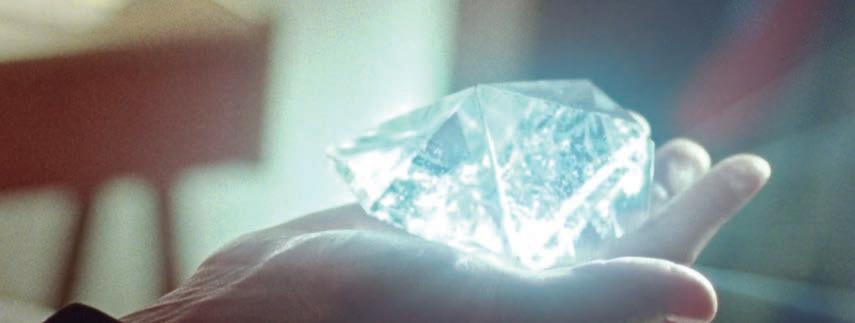
What pieces of Outdoor work have impressed you most and why?
My favourite by far this year is Spotify’s campaign – the play-o of Bieber’s Sorry ad in Brooklyn is fantastic. The campaign could go on and on indefinitely. Other favourites from past years are Twitter’s visual Hashtags campaign, State Street’s Fearless Girl and the X-Box Survival Billboard in London – amazing.
How much of a positive impact has technology had on this category?
I’m going back to Spotify’s outdoor campaign – and its creative use of data. It geo-tags neighbourhoods in the real world with facts specific to the people in those neighbourhoods and calls them out. It’s funny, edgy and engaging, and it all stems from use of data. There are good ways and a lot of bad ways to use data – this is obviously one of the good ways.
As far as real tech-enabled outdoor, the all-time high-water mark for me is the British Airways Magic of Flying board, with the little kids pointing at actual flights taking o . Brilliant. Another is the latest outdoor for The Avengers film, which showed movie times for the closest theatre. It o ers a terrific utility and a direct path to purchase at the same time.
While tech can certainly autogenerate geo-located promotions and boost the category in other ways, my favourite outdoor is still where the actual physical location provides the framework for creativity. It’s the creative advantage the category o ers over all the others, and it’s the first place we should start when approaching outdoor work.
Where do you think this category is heading? I hope we’ll continue to see brands use outdoor as a way to captivate people in surprising, fun ways – and we’ll start to see a shift in dollars back towards outdoor in a backlash to the fragmentation inherent to digital.
What, for you, is the most exciting part of working in advertising at the moment? I’m happy to see a rush back to the idea. Coming up with big, transformational brand ideas that can pollinate across channels, then using data and technology to enhance places that the idea can stretch to.
There’s more talent flooding into our industry than ever, too, and we’re just scratching the surface of creating more diverse teams. More diverse teams mean better work for the entire industry – I’m excited to see the amazing ideas that come about as a result.
What’s been your favourite campaign of any category from the last year? Pedigree’s Child Replacement Program out of New Zealand was incredible. The idea of trading your kids for a dog hit home with a lot of empty nesters – and it gave us all a good laugh.
Will you be attending Cannes 2018 and, if so, what are you most looking forward to about the event? Yes, I’ll be there, and I’m looking forward to seeing what brilliant stu is going to make me the most jealous. Every year, Cannes pushes me to think in new ways, and gives me a reason to try all the crazy-big ideas I haven’t gotten to yet.
I’m also excited for a panel I’m doing with Gretchen Carlson and David Schwimmer about how to redefine a brand like Miss America in the age of #MeToo. They’ve done some fantastic work in advocating for women’s empowerment, and the conversation will be a chance to talk through the role that brands can play in tough (but important) cultural conversations.
1 Audi, The Road To Zero Emission
2 Hornbach, Wim
3 Philips, Dutch Masterjuices
4 IKEA, Matchers Keepers
5 WeTransfer, A Message From Earth
6 ID x Marc Jacobs, The A-Z of Music
7 Albert Heijn, Christmas 2017
8 The Dutch Ministry of Defence, Leadership




NETHERLANDS
Laura Visco
Creative director, 72andSunny Amsterdam
WeTransfer
A Message From Earth I loved this idea. To celebrate the 40th anniversary of the Voyager, WeTransfer launched images, music and languages into space for all forms of extraterrestrial life to enjoy. A beautiful, thoughtprovoking idea that works on so many levels. How do we want to represent humanity? The answer is always through art and positivism. The site is a rich source of inspiration, built by humans to represent humankind.


NETHERLANDS
Karlijn Paardekooper
Executive producer, CZAR Amsterdam
Hornbach Wim, Sandra, Mark CZAR Amsterdam director Bear Damen created these films using a 16mm camera in a refreshing yet classic style, expressing the brand identity: you have to push hard and dig some dirt to get results.
Audi The Road to Zero Emission
This beautifully crafted film by Bonkers’ Bram Schouw is not a typical auto commercial. It doesn’t show the ‘car’ element directly, they take us on a journey where we see different parts of life before we realise that it is a car commercial. Very unexpected.
iD x Marc Jacobs
The A-Z of Music
Fresh, witty, young. The diegetic vs. non-diegetic music works well and the whole concept, look and set design stood out. The curiosity for what genre comes next and how it will be shown through sound and visuals made this piece particularly interesting.
Albert Heijn Christmas 2017 This is an example of the kind of Dutch commercial that we miss nowadays. A very classic example of good storytelling through film. It’s just beautifully crafted.
The Dutch Ministry of Defence Leadership
A fresh take on the Dutch Ministry of Defence’s traditions. CZAR’s Judith Veenendaal directed this in such a simple but powerful way, it gives me goose bumps.
Philips Dutch Masterjuices Philips and Rijksmuseum collaborated to create juices made from fruit based on works of art. Bear with me, I know it’s an odd partnership. But that’s exactly why the idea works: still-life portraits have fruit, they have a blender, let’s make juice. I love the simplicity of it. They are also inspiring people to eat healthily through art, in an unexpected way.
IKEA Matchers Keepers
Mix AR with influencers and a game show, and you have Matchers Keepers. It’s playing on the tension that people don’t have the same taste, and gamifying their furniture selection by the IKEA Place app. A really innovative way to democratize augmented reality and make it fun and accessible.
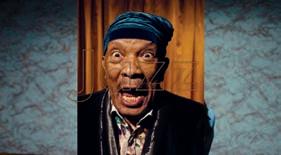
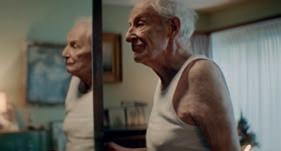
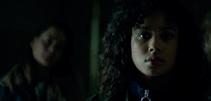



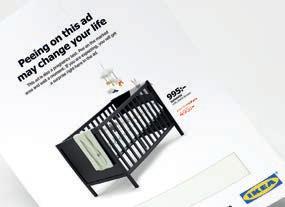
Björn Ståhl
Executive creative director
INGOSweden
IKEA Pee Ad
This ad by Åkestam Holst is already claiming fame, not just here in Sweden but also on the international awards circuit. It’s a campaign that will help expectant mothers to purchase furniture at a cheaper rate [if a pregnant woman pees on the ad a discount is revealed using similar tech to pregnancy testing kits]. It’s a brilliant way of making traditional print hyper contemporary. And it’s the perfect idea for this brand, to be there when life starts. I am sure it will do well in Cannes this year.
Adobe The Original Brushes of Edvard Munch
This is my favourite campaign to come out of Sweden this year. [Created by agency Abby Priest] it gives people the opportunity to use the same brushes Edvard Munch used some 70 years ago, but in a digital format.
Folkopera Turandot:
First Come, First Served I am cautiously optimistic about this one. Yes, it’s one of ours, but I think it’s a really clever way of making people become a part of the brand at a time when it’s so hard to get anyone to commit. By connecting people’s climactic moments in the bedroom to an opera about passionate love, we encouraged opera-lovers to be able to access a sell-out show. It was fun, but it also worked.
2


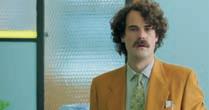


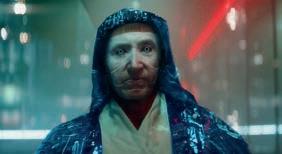
Lorenzo Picchiotti
Executive creative director, DUDE Milan
Heineken Share the Drama
Heineken has a long tradition of excellent campaigns made by Italian creatives. There is always a huge expectation when a new spot is released, particularly if the director is Fredrik Bond. Flawless execution, as usual, from Publicis.
IKEA The Changing Catalogue
An example of the great ads DDB Italy is creating for IKEA. This project was super fun, based on a singular but real insight.
OkCupid
Dating Deserves Better
This is a collaboration between Wieden+Kennedy and Toilet Paper magazine, created by the Italian artists Maurizio Cattelan and Pierpaolo Ferrari. A simple and smart concept for the dating app OkCupid, reappropriating the acronym DTF (Down To Fuck).
Funny and brilliant copy with bold and impactful visual in classic Toilet Paper style.
Diesel Go with the Flaw
It’s great that a cool, innovative Italian brand like Diesel is finally working with an Italian agency. This new direction for the brand is inspiring and powerful and Publicis’ commercial is a real breath of fresh air. Edith Piaf’s song is just the cherry on top.
GUCCI Gucci
I don’t know if Gucci will enter anything at Cannes this year. Since appointing Alessandro Michele as its creative director, Gucci is not only about new products but also communication. It could be a runway show, a huge billboard or something on Instagram. It’s always surprising and fresh. The brand is a huge inspiration for any creative and a big source of pride for Italians.

The Glass Lion category aims to reward work that addresses issues of gender inequality or prejudice. How important is the role of advertising in addressing gender issues across the globe? Advertising has a huge role in addressing gender issues across the globe as it populates and influences culture immensely. So how men,
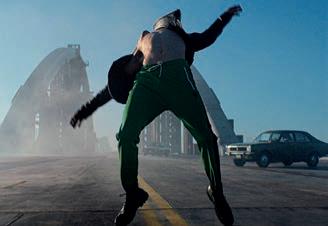

women, boys and girls are portrayed can either reinforce gender stereotypes, or break them down. Everyone working in the industry needs to realise the responsibility we have to ensure that we do the latter. We need to use the power of our craft to e ect change and make people realise everyone should have the same opportunities, choices and aspirations regardless of gender. I like to think our #FiercelyFeminine campaign we created for Liverpool Ladies FC did this. They had just announced Avon as their kit sponsor and many of the players told us they’d been shamed for wearing make-up whilst playing. So we wanted to promote the idea that you can be a hardcore sportswoman and enjoy being feminine – the two aren’t mutually exclusive.
What, for you, makes a campaign Glass Lion-worthy and are there any pieces of work from the last 12 months that have impressed you in particular? I believe a Glass Lion-worthy campaign is one that has proven to be e ective in changing behaviour and attitudes. Has it actually got people to check themselves and realise they need to think and act di erently? It’s also important that the social cause that the campaign is championing really fits with the brand and its values. Do they have a right to play in that space? The brand shouldn’t be using it for their own agenda just because it feels on-trend. It needs to be a genuine investment in the cause, not just an interest in the profit that the campaign can generate.
Bodyform’s #BloodNormal is one of the campaigns that has stood out the most to me in the last 12 months. It really shocked the world and got people to think twice about the way they think of periods. But the irony is we shouldn’t be shocked by such a natural bodily function. I’ve worked on plenty of femcare brands and I can’t believe it’s taken till 2017 to get rid of the weird blue liquid demo.
What do you think the jury will be looking for in this category? I think they’ll be looking for work that feels authentic, relevant to the brand and has e ected social change, rather than just kept the conversation going without any action. The work will

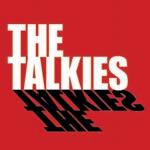
need to have made a clear tangible impact on society. It’s all about storydoing, not storytelling.
There’s an argument that until the problem of female underrepresentation in the industry –particularly in the top creative echelons of agencies – is resolved, adverts will never be truly gender neutral. Do you agree? I think there is truth to that. Women are notoriously under-represented at CD level and as a result female creative insight is also under-represented. Agencies should seek to improve this balance carefully though. It has to be through meritocracy, rather than quotas. But it’s not just women who can help ads become more gender neutral. I know plenty of male creatives who feel passionate about wanting to challenge female stereotypes, too. They can create great femcare/shampoo ads, just as female creatives can make beer or sports spots. I actually think the young female and male creatives coming up will help achieve gender neutrality as they don’t have the stereotypes ingrained in them.
Last year saw cases of sexual misconduct coming to light in various industries, and the launch of advertising’s own Time’s Up movement – what else do you think can be done to help empower female creatives? Our #TogetherWeTriumph campaign is all about collective female empowerment and I’m a big believer in the idea that empowered women empower women. I’ve worked in the industry for over 14 years and now have the opportunity to give other female creatives the break they need to get into advertising. Giving them placements and the chance to prove themselves, whilst nurturing their confidence, are just some of the ways we can help them progress in their careers. We’ve created a 50/50 gender balance in VCCP Kin’s creative department and it’s something we’re really proud of. Another way the industry could help female creatives rise through the ranks could be an initiative similar to Free the Bid – agencies should pledge to always invite at least one female team to interview when looking to fill a position.
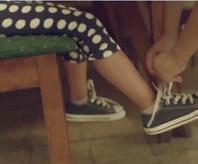
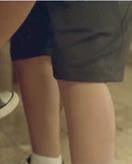
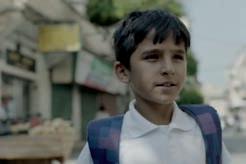


Monica Moro CCO, McCann Spain
Burger King
Scary Clown Night
I really love this idea from LOLA MullenLowe. It was a very simple challenge for Halloween: if you went to a Burger King in a clown costume, you got a free Whopper. It is a fantastic integrated campaign that reunites everything that Cannes rewards. Humour, balls, the product in the middle, the DNA of the brand, beautiful craft. I think it deserves to win big.
IKEA Allen Key
A classic ad that drives a true insight about the brand, but is hard to admit: that some people feel a ashamed about having IKEA furniture at home. But actually, you find it in the most upmarket places, and the best thing is that you don’t notice. It is a brave idea from McCann Madrid, well executed in direction and craft, to end with the prejudices against the brand.
International Committee of the Red Cross Decisions
Sra Rushmore have told an unexpected story, a real truth. We are used to seeing commercials for NGOs trying to make people feel sad, or guilty. The idea here is to expose a terrifying truth. You feel transported to the place where this happens. It makes you think.
SPAIN
Cesar Garcia
General creative director, Sra Rushmore
International Committee of the Red Cross Decisions
Yes, it’s from our agency. But it’s also extraordinary, brutal and effective. There are thousands of war films, but you only really start to imagine the reality in the first 20 minutes of Saving Private Ryan. The same thing happened to me with this film. We see images that have gotten old from news broadcasts. But in this campaign we actually experience the situation. It just hits you in the head.
Burger King
Scary Clown Night
LOLA MullenLowe’s very cool campaign has all the ingredients for festival success. An international client, a fun idea, impeccable direction and a wink at their world renowned competitors. Double tick.
Toyota Drive Like You Think This campaign from The Partnership and Oriol Villar probably won’t win in Cannes, because this kind of campaign doesn’t usually get awarded. It is not sensationalist, super-fun or super-dramatic, and I don’t know how far it works internationally. But for me it’s the best recent Spanish campaign. It’s pure repositioning in a very competitive market. Simple. And gives full validity to a tagline.
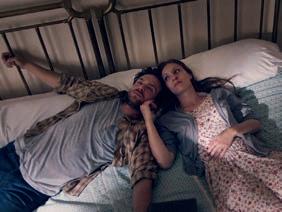

1/2 International Committee of the Red Cross,
3
4
5
Previous Glass Lions have awarded work addressing inequality (Touch The Pickle; #ShareTheLoad), transgender issues (The 6 Pack Band) and non-traditional formats (State Street Global Advisors; Fearless Girl). How do you see the category developing? In the past, much of the awarded work has been to do with female equality or transgender issues. But the Glass Lion is all about gender equality as a whole. So this year I think (and hope) the jury will also be looking to celebrate work that seeks to challenge the gender stereotypes and problems that men face – the issues that aren’t necessarily talked about, or swept under the carpet. For example there may be a campaign highlighting domestic violence against men, or mental health issues in young men. These are all gender issues that the Glass Lion can help bring to light.
What is the most exciting thing about working in advertising at the moment? For me it’s the fact that there really is the opportunity to do good in so many ways that aren’t simply a TV ad or print campaign. From the much lauded Ice Bucket Challenge and Vodafone’s lifeguard drones, to Amnesty’s living glass box on the Southbank, as creatives we really have a chance to use social, digital, experiential and ambient mediums in amazing ways to benefit society and make a real di erence, instead of simply making a profit.
What’s been your favourite campaign in any category from the past 12 months? I absolutely adored the Pedigree Child Replacement Programme, encouraging empty nesters to replace their grown up child with a rescue dog. It comes from such a human truth that parents need a substitute to love and was executed in such a humorous way. And it worked because it found that perfect match of dogs that need homes and homes that need dogs.
Will you be attending Cannes Lions this year and if so, what are you looking forward to most?
Unfortunately I won’t be at Cannes this year. But the World Cup is on so I’d probably have missed the talks to watch the matches anyway!

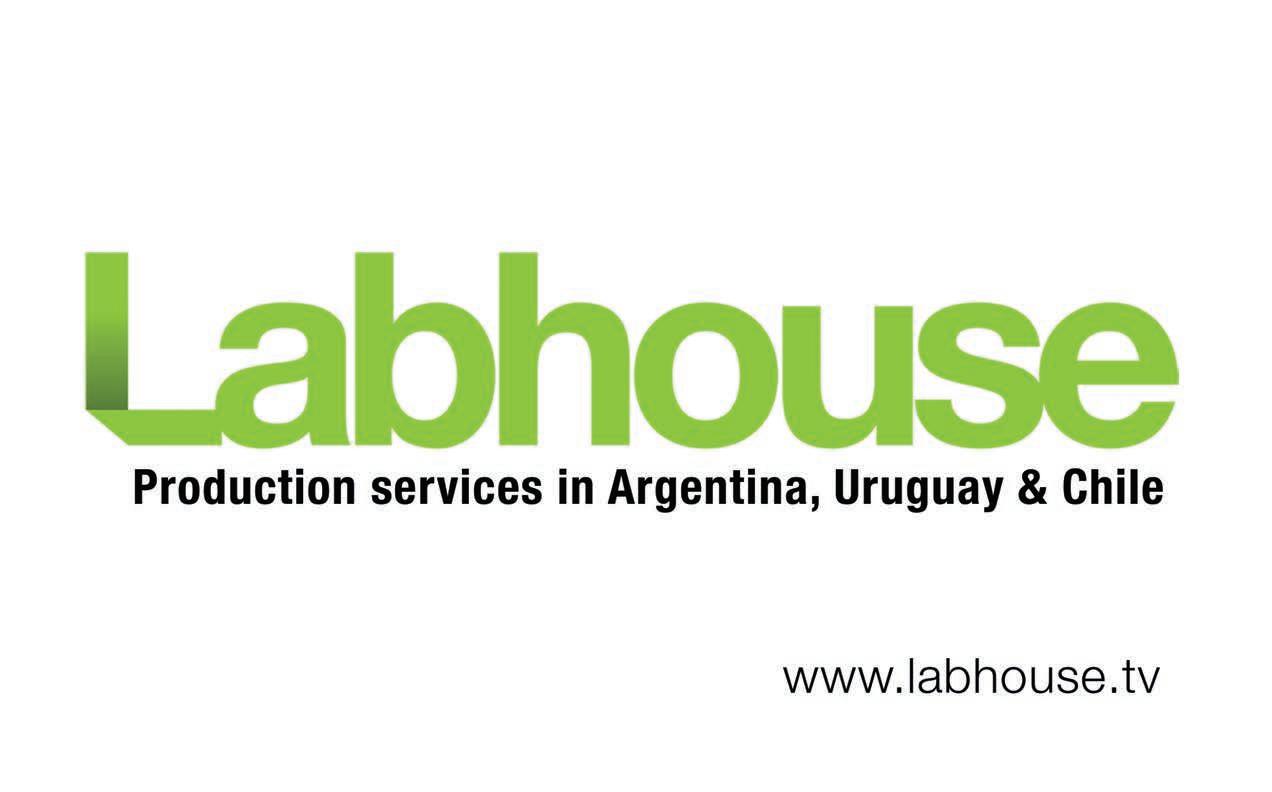
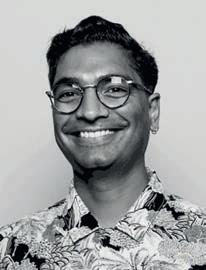
The Entertainment Lions category celebrates creativity that turns content into culture. How relevant do you think advertising is now that anybody can be a content creator? Weirdly, in a world where everyone churns out ‘content’, meaningful entertainment stands out even more. It’s a golden age. Advertising is at its best these days when it is the thing people want to watch, rather than the annoying pre-roll before it.
Do you think the industry has got to grips with what the word content, in an advertising sense, means? Not really. Content is still the go-to word for bolt on, afterthought and cheap low-craft material to fill social channels with stu . The word itself feels as irrelevant as influencer to me. I’d rather just not use the word at all.
Do you think that brands are now more aware of how they need to approach and engage their customers and what their place in a consumer’s life is? Definitely. I think a lot of forward-thinking marketers and brands have an amazing appetite to do things di erently – looking at their customers as an audience with opinions, emotions, needs and a holistic, complex world view. The trick is really seeing that ambition through to how you reach that audience. WeTransfer, one of our clients, has done this in a spectacular
way with our new series, Work In Progress, which features artists that creative people care about such as Björk, Rich Brian and Jesse Kanda.
Does the multitude of platforms and avenues available to an advertiser make reaching people more or less di cult? Neither really – it just means there are just more ways in. Doing the same thing on everything is meaningless, but using individual platforms for their strengths can be incredibly powerful. Curating and being selective and brave in your platform choices in my experience has resulted in some explosive results.
What do you think the jury will be looking for when they’re debating the Entertainment Lions entries?
Stu that is genuinely entertaining, that moves people, and provokes a reaction. Results, coverage and legacy all flow out of the simple fact of “Did this entertain an audience?”
What pieces of work have impressed you in the last year that you would define as eligible for this category? I’m going to sound like a sales guy here – but our work with WeTransfer blurred the lines between what an editorial platform would put out and what a brand would. The genuine traction this series has garnered organically is phenomenal.
I’d love to see premium entertainment series like [Netflix documentary] Last Chance U gain the credit it deserves within something like Cannes. Also, more factual entertainment like Nike and Nat Geo’s Breaking 2, and Channel 4’s Domino’s Pizza: A Slice of Life, which placed the brand at the centre of a universe of fantastic characters, and branded entertainment formats made for the digital age, such as The A-Z of Music, the i-D series sponsored by Marc Jacobs, and Fido and VICE’s [news show] Daily VICE


SOUTH AFRICA
Suhana Gordhan
Creative director, FCB Johannesburg
I’m excited about these ads as they all have something beautiful in common – they’re uniquely South African. They are powerful, entertaining pieces of work –comfortable in their own skin, with no global filters and which tell the rest of the world who we are.
South African Tourism Bheki the Mbhaco Maker
Created by FCB Joburg, directed by Teboho Mahlatsi, this film tells the story of a young man, Bheki, who has to create a unique wedding garment for a Xhosa bride. To find his inspiration, he travels the breadth of South Africa in search of a design born out of the rich textures of the country’s landscape and culture.
Nando’s #RightMyName South Africa’s 11 official languages carry millions of unique names like Dimakatso, Tshilidzi and Tsholofelo. But spellcheck still regards these names as mistakes. M&C Saatchi Abel and client Nando’s fixed this by creating a names database to be downloaded on Human Rights Day that would update computers’ dictionaries so that nobody would feel like a mistake again.
Joburg Ballet Breaking Ballet Joburg Ballet wanted to reframe the perception of ballet as inaccessible. These bite-sized online films take ballet out of the theatre and into the real world using fresh content, non-traditional costumes and edgy choreography.
Sanlam Uk’Shona Kwelanga Many South Africans don’t take out funeral cover, so to tackle this Sanlam and King James created Uk’Shona Kwelanga, the world’s first WhatsApp drama which tells the story of a family preparing for the funeral of the patriach.
Chicken Licken Sbu 2.0 This is an entertaining tale, directed by Greg Gray, telling the story of a man who builds an AI version of himself but won’t let it replace him at Chicken Licken.
SOUTH AFRICA Fran Luckin
CCO, Grey Johannesburg
Sanlam Uk’Shona Kwelanga
King James created an entire soap opera that ran only on WhatsApp. Funeral insurance is traditionally a hard-selling, infomercial, daytime-TV hell. This campaign broke the mould by creating an immersive story that unfolded on the one device most people can’t ignore: their phones.
Duracell Times Change, Power Doesn’t
A witty, acutely observed, thoughtprovoking build on last year’s gold-winning radio campaign. This time the writing takes us 10 years into the future. The picture painted is wry, funny, sad and always thought-provoking.
Beats By Dre Above the Noise
Although not written by a South African ad agency, this piece does our country proud as it was shot by South African director Terence Neale and produced by Romance Films in Cape Town. It’s beautifully crafted and insightful. Terence has executed it with sensitivity and bravado and if it doesn’t win a gold Lion I will personally anoint my chapeau with pistou and eat it on the Croisette.
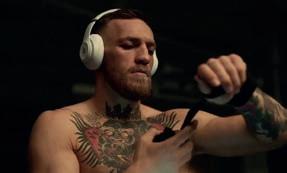
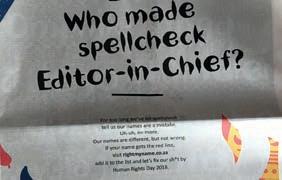







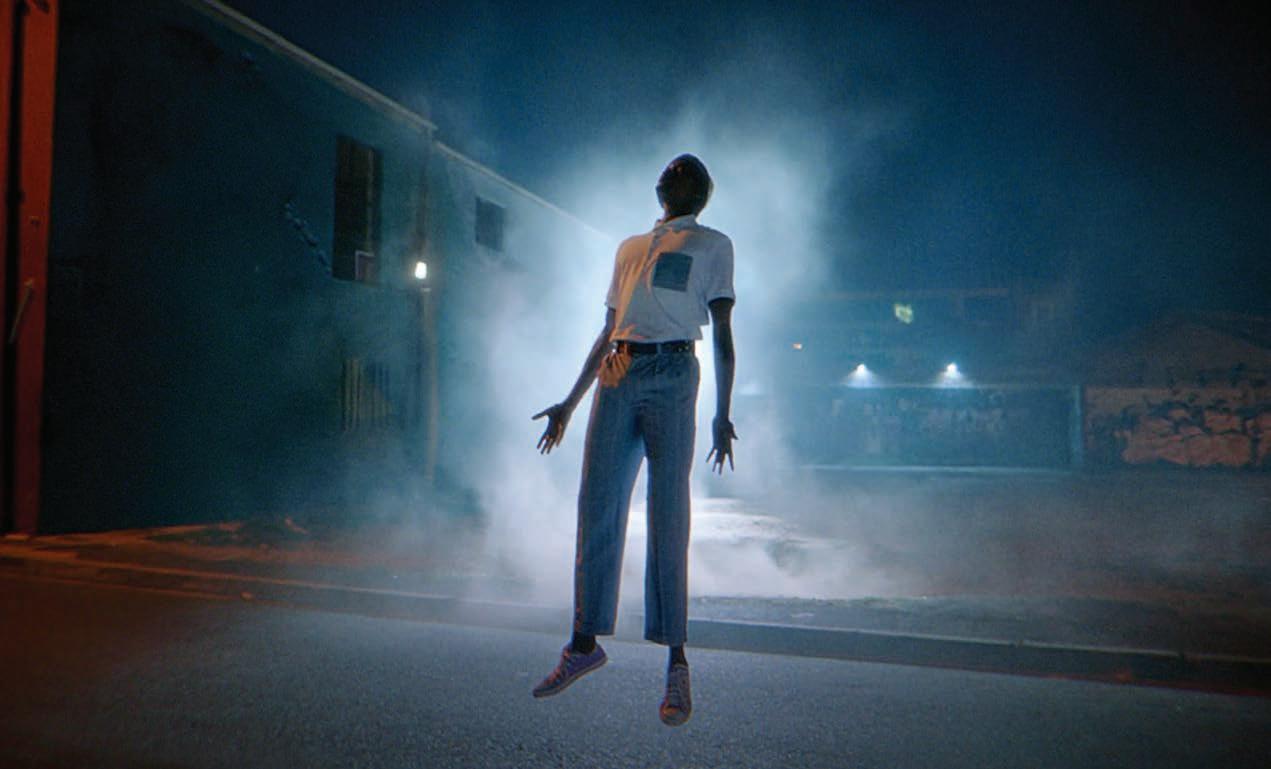
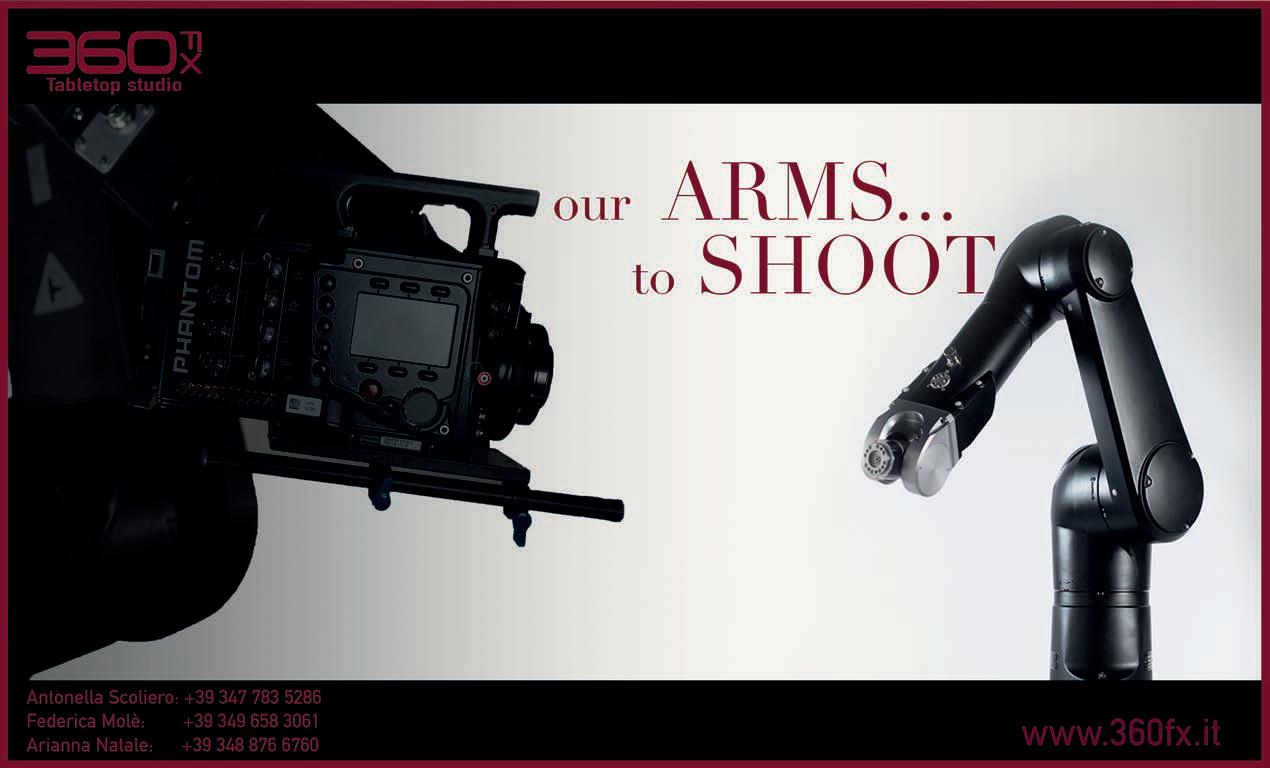
VR Rajesh
Managing
partner, Ogilvy Mumbai & Kolkata
Asian Paints Homes Not Showrooms
To mark the expansion of India’s biggest paint brand as it ventures into home furnishings, this campaign rolls out its new philosophy of living comfortably. The simple yet powerful spot sees a family adapt their house to make it a home, bucking Indian tradition of making houses look good rather than focusing on comfort.
CEAT Safety Grip
Although women’s safety is still not guaranteed in India, tyre manufacturer CEAT has come up with an innovative way to tackle the issue with its Safety Grip, a customised handle that clips into a motorbike’s accelerator lever to conceal a bottle of pepper spray. The idea for the campaign is that should a woman feel threatened around her bike, she can easily defend herself. In a society where few people know what the next steps are for ensuring women’s safety, CEAT is meaningfully contributing to empower female riders on the roads.
Hotstar Torrent Morghulis
The campaign for online streaming platform Hotstar highlights how one Game of Thrones fan will go to extreme and illegal lengths to access the latest episode. In the trio of spots, illegal streamers are cleverly mocked, offering Hotstar as the preferred solution for series bingeing. With no ad pop-ups and perks like subtitles, the campaign presented a no brainer for GoT loyalists.
Bournvita #LookBeyondMarks
Chocolate malt drink Bournvita has always stood for progressive parenting, but in a country where the priority is about children getting good school grades, it can be a tough culture to crack. The campaign attempts to remind parents that a child’s potential is not only defined by their grades but also their talents and passions. 6
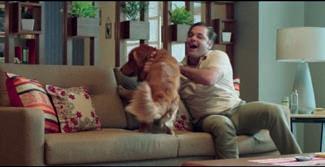











THAILAND



João Braga
Chief creative officer, JWT Bangkok
Syn Mun Kong Insurance
Thank You Thailand
This campaign by Rabbit’s Tale communicates a smart business idea – the fitter you are, the less you pay – in an insightful, relevant way. Every situation comes from observing daily life in Thailand, revisiting the unique Thai humour and style in a way that feels super-fresh. It’s well cast, directed and has a catchy soundtrack.
AIS Facebook Live Stunt
You’re much more likely to be involved in a car accident if you’re on your mobile than if you’re drunk. Especially if you’re a teen in Bangkok, the city with the world’s most active Facebook users. This campaign from Choojai & Friends streamed top teen celebrities live on Facebook, then the star was involved in a staged crash. It was a great CSR idea for a telecommunications company and one of the smartest uses of Facebook Live I’ve seen.
Sunsilk Hair Talk
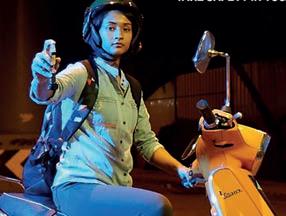

Also, the inclusion of Entertainment Lions into the main festival is a wonderful message to the industry as I feel these categories really shine a light on some of the most interesting and creative pieces of work that consumers genuinely enjoy on a more emotional level.
Like thousands of girls across the world, Rock was born into the wrong body, that of a man. Sunsilk tells her story through her hair’s perspective. Every inch of hair grown marks a milestone in her journey to womanhood. JWT Bangkok’s advertisement was very strongly relevant for the product and crafted into a story that sparked a nationwide conversation around gender stereotypes.
Are you aware of the altered structure of Cannes Lions this year and, if so, do you think it will help improve the event? Yes, I’m aware of some of the changes, and overall I think it will result in a more positive experience for festival goers, in streamlining the festival to five days, and replacing some of the categories. This allows everyone to focus on the truly great work, making brands/agencies/ production companies consider much more carefully what they want the piece of work to win for, rather than scatter-gunning as many categories as they can a ord in the hope it will win something!
1 Asian Paints, Homes Not Showrooms 2 Hotstar, Torrent Morghulis
3 Bournvita, #LookBeyondMarks
4 Syn Mun Kong Insurance, Thank You Thailand
5 Sunsilk, Hair Talk
6 CEAT, Safety Grip














What do you think the jury will be looking for when they’re debating the Entertainment for Music Lions entries? Music is such a huge part of the storytelling and can often make or break a film. I’m sure the jury want to see a seamless marriage of an artist (or many!) on a track with a brand, making it feel so integrated that you forget that it’s even advertising! Last year the winner, Original is Never Finished, for adidas was a great example, and has set the bar for other submissions this year and demonstrates how some brands’ personas are intimately linked with musicians and therefore culture. Hopefully this year the legacy continues with the next adidas film from the same agency, and directed by Iconoclast’s Manu Cossu. I think the breadth of work able to live under the Music category is huge, so the debate for the Grand Prix will range from whether the benefits of placing a good or original track on a piece of advertising is more e ective than, say, an advertiser’s campaign which raised the profile or fanbase of a particular artist. Done right, an artist can hugely capitalise on their relationship with a brand – who can fund their aesthetic and film content. It’s a tough debate.
What has changed in the sector since this category was first launched? Given that the category was founded only two years ago, not too much has changed, but one thing I’ve noticed is artists are spending less time on albums and EPs, concentrating on releasing banging singles. This could be exemplified by the fact that streaming services are keen to create playlists containing singles only, and it feels like artists can start making a bit of money again quickly by releasing singles… especially if they can be partnered with or supported by brands too. Emerging artists’ monetary value is getting stronger now, so brands
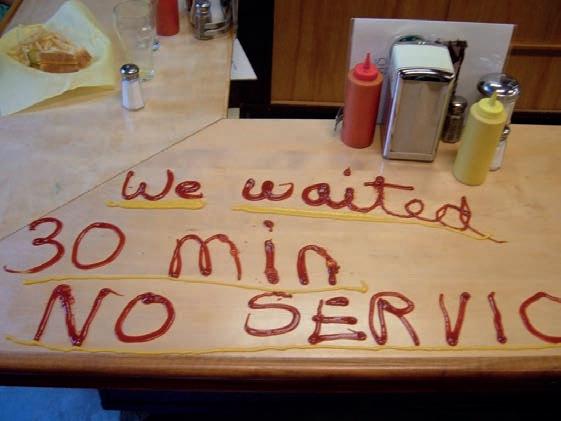
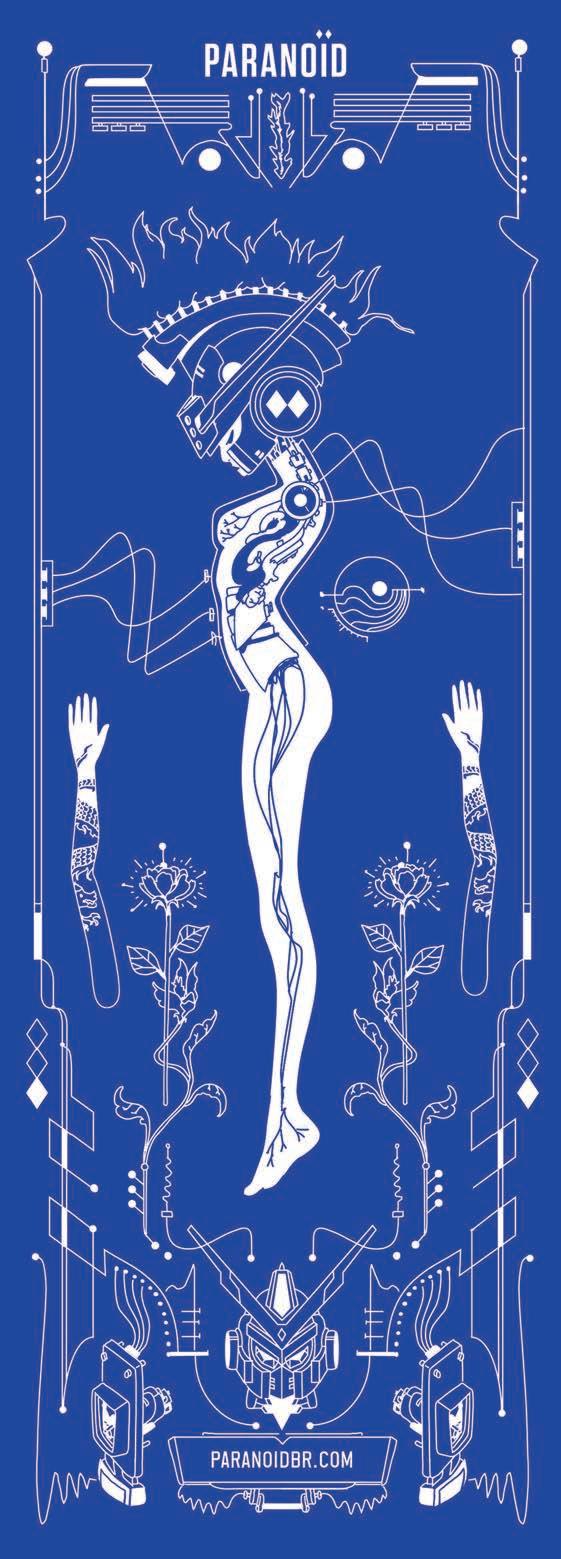
want to piggy back o their rise to stardom – look at Dua Lipa for example – her association/brand endorsement is huge, but it’s helping her, and helping them too.
What’s the promo to beat in the music video section of the category this year? Kendrick Lamar has had a few killer videos over the last couple of years; Element by Jonas Lindstroem is one of them –a selection of beautifully composed snapshots inspired by Gordon Parks, which reflect Kendrick’s powerful lyrics. On the other end of the scale, is the animated video for Jay Z’s Story of OJ – that’s a huge political statement, and a fantastically crafted piece of filmmaking.
With the way music is consumed changing every year, is it getting easier or harder to reach people? There are so many rich and diverse platforms that are music-driven, so access to music has hugely increased year on year and choice has expanded exponentially, but retaining audience engagement is the harder aspect to it. It’s proving more and more di cult to keep a person’s attention... Whether it is listening to a generated playlist, or watching content ensconced in music (like Boiler Room), there is so much variety to digest that a user can flit across as many applications as they please without fully immersing themselves in one place. Competition is high, and so are the subscription fees!
What trends have you noticed in music and branded entertainment this year? Recently we’ve received three di erent briefs from advertising agencies looking for directors to direct ‘music videos’ for original tracks which have been commissioned by brands who have worked in collaboration with artists. These have ranged from corporate conglomerates to fashion houses, to health products.
Whilst this isn’t a ‘new trend’ per se, it’s rea rming that moving image and visually arresting ‘music video’ content digested on social media (in portrait particularly), is still a winning format, and any new piece of film that propels both a brand and an artist is proving strong currency.
JAPAN
Julie Thomas-Toda
Creative producer, AOI Pro, Inc.
Double A/OK Go
Obsession for Smoothness
The technological wizardry involved in creating this visually stunning, branded music video is mind-blowing.
Panasonic The Philharmonic Turntable Orchestra
The world’s first ensemble performance using only turntables and mixers. Imagine trying to compose the music for this!
Yamazaki Yamazaki Moments
The whole website, including the opening film directed by Sojiro Kamatani – showing the intricate craft process of the whiskey in exquisite detail – is beautiful.
Tiffany Tiffany Blue Casting, music, editing, direction and cinematography combine to capture this love story for luxury brand Tiffany’s engagement rings. And I am a sucker for love stories! It also felt extremely relevant to the target audience.
Nifrel The Imagination of Sumire
The highly stylised art direction in this campaign perfectly illustrates the unique concept of the Nifrel museum, located in an aquarium, so people can enjoy creatures and nature in the same way as art.












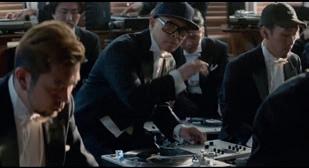
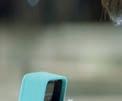



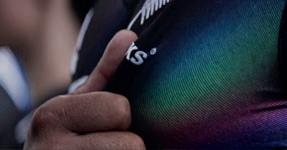
Kazoo Sato
CCO, TBWA\Hakuhodo
AIG Pride Jersey
TBWA\Hakuhodo combined the seven colours of the rainbow to create an innovative black jersey for the New Zealand All Blacks and Black Ferns, named UNITED BLACK. The idea resonates with the current cultural climate, and is an example of sponsorship marketing that goes beyond the bounds of communicating one company’s vision. This project took the strong singular corporate vision of an insurance company, and ran with it... to stunning effect.
Hokkoku Shimbun Inc Sumo Girl 82 Techniques
This Dentsu campaign expresses the 82 different forms and positions found in sumo wrestling in a highly sophisticated, graphical and stylish way. The gradation of the background, the fine balance and composition come together to create a ‘drawing-like’ effect that is truly arresting.
Double A/OK Go
Obsession for Smoothness

A brilliant branded promo created by Hakuhodo Inc which is an example of ‘paper mapping’ using hundreds of printers. The grand design and the craftsmanship that made this possible are remarkable: think of the minute calculations and the labour it took to attain this level of perfection. OK Go’s videos are all legendary, so the bar for this project was already set remarkably high. But this project has earned its place as a true stand-out piece.
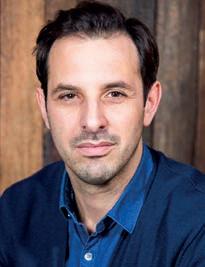
Russell Schaller
Executive creative director, Cheil London
Are you aware of the altered structure of Cannes Lions this year and, if so, do you think it will help improve the event? Yes, I think the changes will lead to an improvement. Simplification is always a good thing. Fewer awards will only increase their worth. I particularly applaud the move to cap entries at six awards. It will allow for more work to be recognised and will help the judges to focus more on the criteria for each category.
Is creativity keeping pace with new tech or lagging behind? Technology and creativity are colliding everywhere you look. This fusion is helping even the driest of communications come alive. Take

1 Panasonic, The Philarmonic Turntable Orchestra
2 Tiffany, Tiffany Blue
3 AIG, Pride Jersey
4 Yamazaki, Yamazaki Moments
5 Nifrel, The Imagination of Sumire
6 Double A/OK Go, Obsession for Smoothness
7 Hokkoku Shimbun Inc, Sumo Girl 82 Techniques

the world of recruitment for example: brands are turning to gamification as part of their talent acquisition process. Graduates are tested on a variety of skills, including problem solving, attention to detail and leadership, all in the form of a game on their phone. The whole experience is entertaining and builds on the brand’s ideology and personality. These days it’s hard to imagine a solution without a piece of technology in mind but, working for a creative agency born out of a tech brand, maybe I’m just spoilt.
If 2016 was the year of VR and 2017 was the year of the chatbot, what’s the big innovation trend for 2018? Apparently everyone got an Alexa for Christmas except me, so I think 2018 is the year of voice recognition. Suddenly brands are able to have useful conversations with us in highly personal ways. Apart from the inevitable land grab for trigger words and the e ect it is already having on search, the main issue ahead is trust. Only the most trusted brands will be invited in. Now that’s a good creative challenge.
Does AI represent an opportunity or threat to creativity? According to replacedbyrobot.info, as an ECD I have a 2.3% chance of being replaced by a robot. Nothing to worry about you might say. Trouble is, I’ve got 87.4% chance of being replaced by a younger, more talented human who knows how to get the most out of AI. And that’s the point. AI can help us do the grunt work so that we can be more creative. Some of our greatest opportunities will come from working with AI rather than against it, unless we create Skynet in which case we’re all buggered.
What recent work would you deem truly innovative and why? Gimlet Media has teamed up with Oral B to help kids learn how to brush their teeth properly. Making great use of Alexa, Chompers is an interactive podcast that aims to keep kids busy while they brush their teeth for the recommended two minutes, by telling them jokes, stories, fun facts and silly songs while they brush. Problem solving with simple storytelling and home tech. Lovely. I also like IKEA’s augmented
reality manual that shows users life-size instructions on how to build their furniture. It’s going to make weekends, for so many, so much easier.
How do you think this category will evolve? This category isn’t just about technological innovation, it’s about technological innovation that serves a story. Human connection must still remain the most important ingredient for all Lions. I hope this category evolves that way.
What, for you, is the most exciting part of working in the advertising industry at the moment? It’s the diversity that excites me. I love the fact that ideas have so many places to go, so many forms of craft to benefit from. From special e ects teams to experiential architects to data technologists to documentary makers. The problem is keeping up with all the opportunities available. But that’s a great problem to have.
Will you be attending Cannes Lions 2018 and, if so, what are you most looking forward to? Yes, I will be attending. Among the countless great speakers, I’m looking forward to The Burger King’s King talk at The Rise of Hackvertising and I have absolutely no idea what to expect.
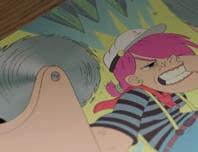
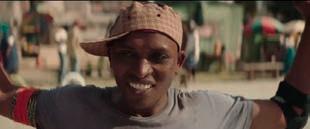

Ben Sun Erhei
Chief creative officer, Havas Group Creative China
Nike China Run the World Wieden+Kennedy hijacked Shanghai’s iconic globe-shaped landmark for this experiential campaign. The building was made to look like the Earth, with a holographic man running on top, ‘making the world go round’. It was an amazing feat and the whole city gathered to watch.
CHINA Kit Koh
Executive creative director, BBDO South China
Alibaba To The Greatness of Small BBDO and Proximity China’s campaign celebrates the power of small – a unique angle recognising small achievements, small athletes, small countries, and much more. I find this idea powerful because of its tie to the core of the brand, enabling small businesses to grow bigger and make a difference. It celebrates athletes’ dedication despite their records, fame, and countries they represent.
Cathay Pacific Altitude Brew



Tsingtao Beer Midnight Canteen on the Great Wall Inspired by China’s late-night consumption habits, this visually stunning campaign from Tian Yu Kong centred around a pop-up food and drink event on the Mutianyu Great Wall Beacon, with a huge artificial moon. It generated significant attention online, and Tsingtao’s limited edition Midnight Canteen beer quickly sold out.
Penguin Random House Shero Books
Many classic children’s books feature boys as the heroes. In this book set from Penguin Random House and Havas Shanghai, Tarzan becomes Tasha; Robin Hood is now Robine Hood; and Sherlock Holmes becomes Sherlotte to reinforce the idea girls can be the heroines of the story.
Fotile Mom’s Time Machine
This promotes the efficiency of Fotile’s dishwashers, enabling mothers to balance work and home. The SGAD+ campaign celebrates the achievements of women, only revealing the dishwasher at the heart of their success at the end of the spot. The company also set up a charity to support mothers. What I like about this campaign is that it uses humanity at its core and shines light on a problem ignored by many, offering a gentle solution.
People always complain about the food and drink on planes. This innovation from Cathay Pacific and McCann World Group Hong Kong made a breakthrough by creating the world’s first beer brewed specially for high altitude, as high as 35,000ft. This work is beyond advertising – it’s a smart way of using innovation to create engagement and conversations with travellers. Bravo to the team.
7-Eleven Rhythm of Love Wall Taiwan’s advertising is famous for delicate and emotional storytelling, a strength demonstrated here. Based on a simple insight that each coin donated deserves encouragement, ADK Taiwan created a wall of hands in-store which claps when a coin is received. A simple yet to-thepoint idea deserving our applause.









1 Penguin Random House, Shero Books
2 Nike China, Run the World
3 Tsingtao Beer, Midnight Canteen on the Great Wall
4 Alibaba, To The Greatness of Small
5 7-Eleven, Rhythm of Love Wall
6 Cathay Pacific, Altitude Beer
7 Fotile, Mom’s Time Machine



Oliver Lawrance
Founder/executive producer, Photoplay Films, Sydney
Go Gentle Australia
Stop the Horror
This film was the centrepiece of a disruptive campaign by Cummins & Partners Sydney. It forced debate in the lead up to the Voluntary Assisted Dying Bill being voted on by the state government in Victoria, Australia. An immersive horror film with graphic details that gave the viewer an eject button to “stop the horror” was genius, and very effective in building support.
Palau Legacy Project
The Palau Pledge I loved the purity of this idea from Host/Havas Sydney. I feel guilty every time I go to a beautiful corner of the world on a jet. Why not have a pledge that if you come here to enjoy the island of Palau then in return you need to protect it from mass tourism and environmental disaster?
NZ Transport Agency Rat’s Tale
This is a finely crafted film by director Nick Ball. Known for his comedy, here we see his ability to capture the reality of fringe dwellers with empathy. It’s a captivating film where we see the world through the eyes of provincial Kiwi lads. I expect it to do well in Film Craft.

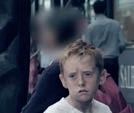

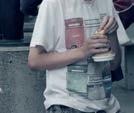

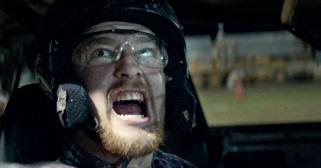

AUSTRALIA/NEW ZEALAND
Dan Wright
Executive creative director, Colenso BBDO
NZ Police The Most Interesting Police Recruitment Video
It’s a very tricky brief to make people want to join the police. Often, police recruitment ads lean towards the self-righteous, but Ogilvy & Mather New Zealand have freshened things up. The police get a lot of criticism, but this film makes them impossible not to like.
Netsafe Rescam

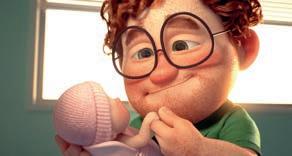
1 Go Gentle Australia, Stop the Horror
2 NZ Transport Agency, Rat’s Tale
3 Netsafe, Rescam
4 NZ Police, The Most Interesting Recruitment Video
5 Kraft Heinz Australia, Geoff
6 Palau Legacy Project, The Palau Pledge
7 Pedigree, SelfieSTIX
8 Speight’s, The Dance
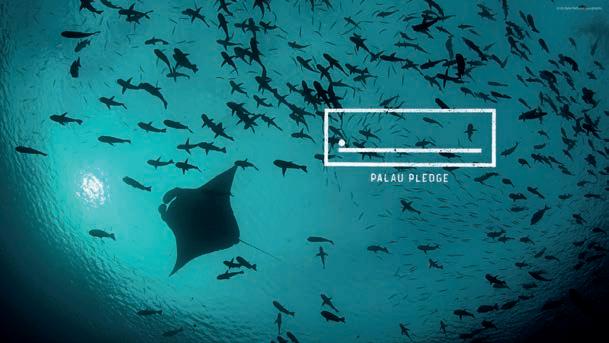

AUSTRALIA/NEW ZEALAND Corey Esse
Managing director/executive producer, FINCH Sydney
Palau Legacy Project
The Palau Pledge
It can be fun being a jerk when you’re in the right. So an automated troll you can set on email scammers is genius. It’s also great to see utility and entertainment working together so well. It’s a magical combination. It almost makes you look forward to the next scam hitting your inbox.
Kraft Heinz Australia Geoff
An exquisitely crafted story from Y&R New Zealand and Assembly about a baked bean innovation guy creating perfectly sized cans for each life stage. Stunning from start to finish. It was also accompanied by matching product – making people fall in love with product changes instead of rebelling. Very smart.
Pedigree SelfieSTIX
I’ve included our SelfieSTIX work for Pedigree. It’s a smartphone accessory that attaches a Pedigree Dentastix treat to your phone, so your dog will look at the camera. Oh, and since they’re looking at the camera, it comes with an app that’s best described as Snapchat for dogs. You’re welcome, dogs. Your flower crown looks bootiful.
In my mind this campaign ticks all the boxes. It is really inspiring work that will help to protect a country. The campaign requires visitors to the Pacific island nation of Palau to sign a pledge in their passport to protect it when they are there as a visitor. The campaign was created with the help of local children and the government – inspiring stuff.
Go Gentle Australia
Stop The Horror
Cummins & Partners’ campaign will have jury members rushing to push the buttons on the voting panels so they can stop watching it. Its content is so horrific and powerful it will have enormous cut-through in a dark room. It is beautifully crafted and deserves to be awarded.
NZ Police The Most Interesting Police Recruitment Video
This recruitment video for the New Zealand Police force should pick up some metal – the film went viral and it’s hard not to smile when you’re watching it.
Pedigree SelfieSTIX
Last, but not least is this fun mobile campaign from Colenso BBDO Auckland that allows you to take a selfie with your dog due to a well-positioned dog treat at the top of the phone.
AUSTRALIA/NEW ZEALAND
Rory McKechnie
Creative director, DDB New Zealand
NZ Transport Agency Rat’s Tale
It seems every year Clemenger BBDO has another amazing NZTA ad. This one avoids the negatives of drink-driving, instead showing all the fun in this guy’s life to infer what he might miss out on if he drink-drives.
Speight’s The Dance
More men having fun drinking. Most beer ads revel in the lengths guys will go to for each other and a beer, to the detriment of everything else. We offered an updated approach, celebrating the sacrifice mates make for each other for the greater good.
Kraft Heinz Australia Geoff
This sweet animated story from Y&R New Zealand about a young Heinz employee’s journey through life sucks you in, and makes you forget the underlying message that Heinz portions are getting smaller.
NZ Police The Most Interesting Recruitment Video
You’d assume the people who usually watch police recruitment videos are exactly the kind you don’t want to be police. But everyone watched this from Ogilvy & Mather, which is pretty good when trying to grow a more diverse police force.
Pedigree SelfieStix
As a self-confessed crazy dog type, I am intimately aware of how hard it is to get your dog to look at the camera. Thanks to Colenso BBDO I now have a pic of Billy in an outfit that I could never get her to wear.
8

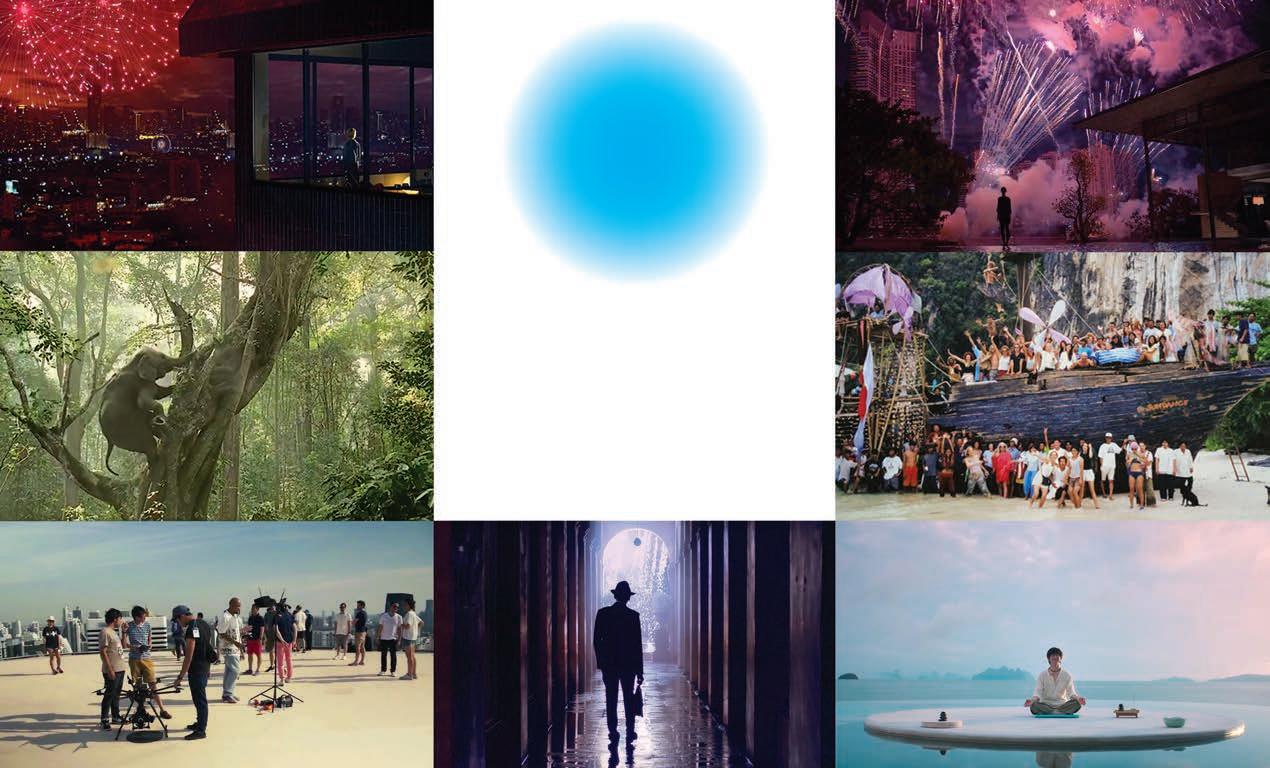

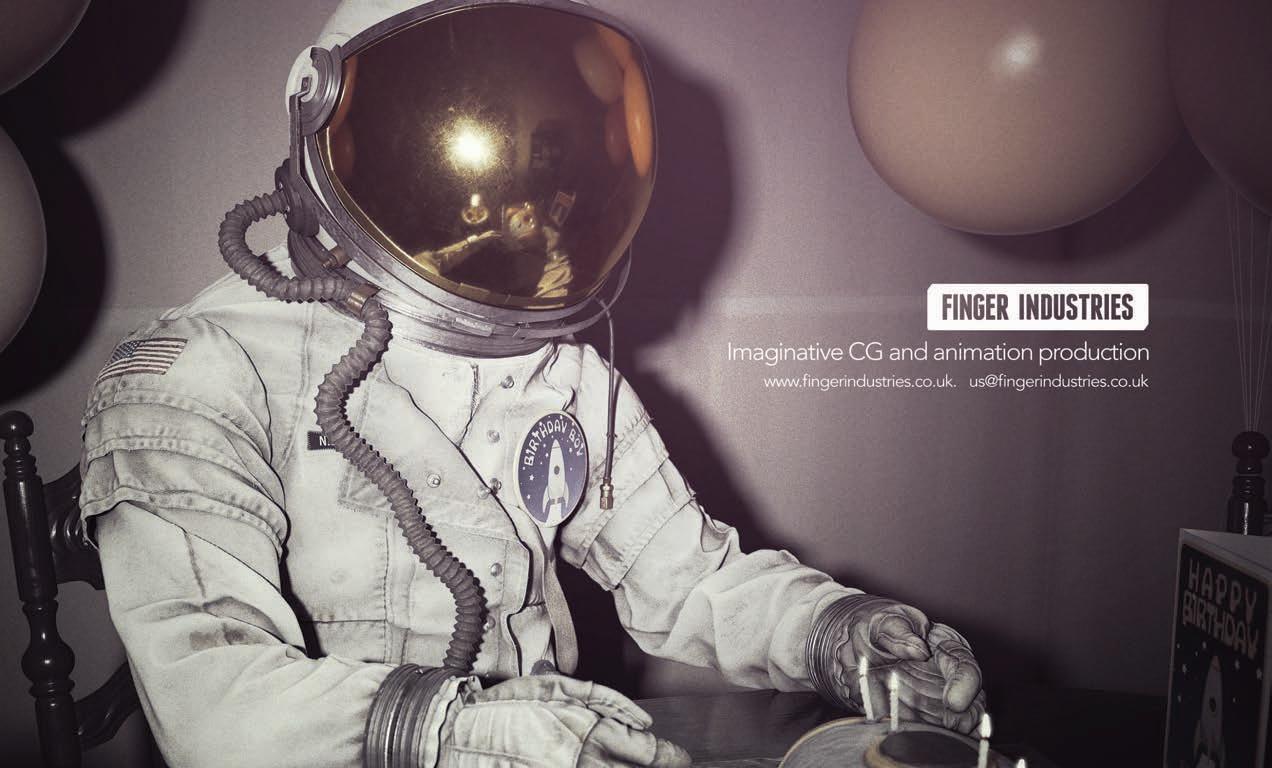

Are you aware of the altered structure of Cannes Lions this year and, if so, do you think it will help redefine and restructure the event? There’s been a lot of debate lately around the restructuring of Cannes from categories into tracks. I think the desire from Cannes to address the issue around the too-manycategories phenomenon is commendable, but it’s probably too early to tell if the new structure is better adapted for the work we will see this year. One thing is for sure, cutting down a few days from the schedule was a great idea. Unless you’re the Gutter Bar owners.
How would you define the Mobile Lions category in 2018? The redefinition of the categories is a good reflection of the world that we move in. A few years ago, categories such as AR and Activation by Location would have been alienspeak in Cannes, while today they seem obvious and almost mundane. Mobile has eaten the world and is now basically everything, which is what makes this such an exciting category. I’d keep my eyes out for ideas that go beyond a shiny case study and have a more meaningful, long-term usage.
What developments have you seen emerge in this category in the last year? There’s a touch of that early tech magic feeling in AR (or at least the promise of it). I haven’t seen it
applied perfectly yet, but there’s been some fascinating uses by newspapers such as the New York Times
What has most impressed you in mobile advertising over the last 12 months and what do you think the jury will be looking for in this year’s entries? I believe the jury will look for entries that will stand the test of time.
What are the most important things for brands and agencies to consider when thinking about mobile advertising? Don’t do any more apps. Do followers of influencers really care about your plug? Should your content strategy really last six seconds? Hype is good, but it rarely lasts. Oh, and about that organic reach thing…
How do you think the category might evolve in the future? Whatsapp is doing 65bn messages per day. What happened to ICQ? Will there even be mobile advertising next year or will they follow the fate of Cyber and Integrated?
Will you be attending Cannes Lions this year and if so, what are you most looking forward to? There’s always something that surprises me in Cannes. I’m looking forward to this year’s unsung heroes that we’ll talk about long after the blockbusters are gone.
1 Clube de Criação, Re-reborn
2 Ford, SafeCap



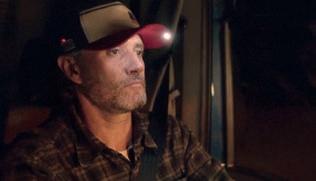


Sergio Gordilho
Co-president and chief creative officer, Africa Brazil
Budweiser Tagwords
If you do a search on the internet, you find pictures of Budweiser in the hands of some of the greatest music legends of all time, and in historical moments in the music scene. But this is a story that Bud couldn’t tell, for obvious reasons. So we gave people the directions through a campaign with a combination of search words so they could find them themselves.
Ford SafeCap Drivers who fall asleep at the wheel are the main cause of road accidents, costing many lives every year. This initiative from GTB Brazil has won lots of awards already and should also do well in Cannes, because it uses technology in favour of safety in an innovative way and calls people’s attention to this important issue.
Walmart Job on the Shelf
In a year when unemployment rates in Brazil reached 12.2 per cent, Walmart and DDB Brazil decided that the best offer to its customers was not a discount offer, but a job offer. So a line of products which offered jobs was created and placed on their shelves and customers could apply to Walmart with their smartphones through a code. An innovative solution.
Clube de Criação Re-reborn
The search for the new is a constant search for everyone in the creativity industry. FCB Brazil’s campaign for the Clube de Criação (the Brazilian Creative Club) – in which the ads are never repeated – is a brilliant response to this.
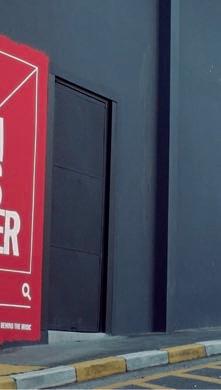
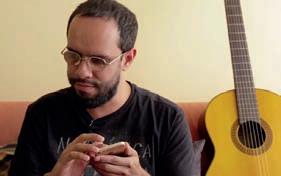
5


Samsung Brasil Tech Girls
In today’s world, in which 50 per cent of female gamers face harassment, Isobar Brazil’s Tech Girls documentary uses three different episodes to tell the stories of women fighting for their space in the world of science, games and entrepreneurship, and their actions to overcome the barrier of gender inequality.
Flamengo Blind Passion
There are a lot of soccer fans in Brazil who are blind and, even though they can’t see, they’re really passionate about their teams. However it’s hard for them to attend soccer matches as they need a companion to accompany them to the stadium. Flamengo, the biggest soccer team in Brazil, couldn’t let them down so, together with local agency NBS, they developed an online platform which matched blind fans with potential companions living nearby, in order to bring them to the game.


Are you aware of the altered structure of Cannes Lions this year and, if so, do you think it will help redefine and restructure the event? This is the start of what we hope will be a long journey of change. Only time will tell if the end results are what we’re all anticipating, but the restructure was much needed. There are probably still too many di erent categories and permutations to deal with, but the general move is towards simplification and focus on the idea, which has to be encouraged.
The criteria for the Titanium Lion seems to alter each year dependant on the jury president’s interpretation of it. What’s your interpretation of what a Titanium Lion should be? Work that doesn’t fit into the existing framework of Cannes is what should be considered for Titanium. Straddling several categories is a good thing. Titaniumwinning work must also cause a big impact in the real world where consumers not only notice it, but talk about it and share it, not just cause a stir in the creative community.
Has the continued advancement of technology made it easier or harder to create truly groundbreaking advertising ideas? Easier and harder. You have a lot of information and ways of reaching consumers, but the media landscape is incredibly fragmented.
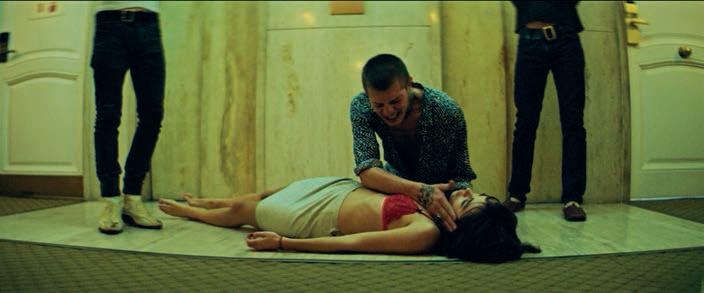
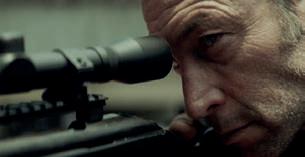
Adrian D’Amario Executive producer, LANDIA
Renault Kwid Gorilla
Do you think that brands are now more aware of how they need to approach and engage their customers and what their place in a consumer’s life is? Probably, because of technology. It allows us to be closer to the audience like never before. We can understand what makes them tick and what will break through. So, in terms of developing insights and foundations to our work, we’re in a place where we’ve never had so much data. But deriving insights from that still needs smart people. This is where great brands have an advantage – they have the people to help them navigate all the info. That is where reliance on technology can fall down, as you need to have the human link to get towards the groundbreaking work.
What pieces of work that you would define as being eligible for this category have impressed you in the last 12 months? This year has seen a lot of great work. I’d say there isn’t a single campaign that will dominate all awards. It seems to us like more work that is responding to actual client briefs and business needs has raised the bar – not just one-o s or questionable speculative briefs. If we could give an award to any campaign (aside from Mother’s work) it would be to KFC’s 11 Herbs & Spices in the US. Simple and e ective, costing nothing but delivered a big impact for the brand.


1 Billboard Magazine, Overdose 2 Fox Premium, Who 3 Tarjeta Naranja, December 4 Renault Kwid, Gorilla
How excited are you about advertising’s continued move towards entertainment and content and how do you think it will evolve in the coming few years? We’re excited about the movement, but we’ve been there for a long time already. If it’s not entertaining, it’s probably not worth doing. The lines will be blurred even more in the future. For example, one of our most successful pieces from the last 12 months [The Good Fight] was pure entertainment and won at the Tribeca Film Festival.
Will you be attending the festival this year and, if so, what are you most looking forward to about it? Sadly, we’re not, but we’re looking forward to watching it from a distance.
In this spot from PublicisNeogama through LANDIA, a gorilla enjoys an unlikely romance with a young woman. It features great acting and a perfect soundtrack. LANDIA director Andy Fogwill got such a good performance from the actors and worked with the animatronics operators to really bring the gorilla to life.
Billboard Magazine Overdose
The Community’s spot tells the story of a night of alcohol and excess in which the main character wakes up to find his girlfriend dead. The use of music instead of words turns the tragedy into a piece of composition.
1882 Extremely Pragmatic Santo Buenos Aires and 1882 created a humorous series of 15-second spots. The simplicity of the idea – sourcing ridiculous responses to serious questions –works well. It was a simple but effective production, well achieved thanks to the talent featured.
Tarjeta Naranja December BBDO and credit card brand
Tarjeta Naranja are behind this festive film. Focusing on a family moving from south to north Argentina, their road trip showcases the nation through great cinematography. The emotive spot uses well known actors to accomplish a very engaging piece of content.
Fox Premium Who
Based on The Walking Dead series, this short reincarnates the show’s Daryl Dixon, allowing the fiction of the series to live on in advertising. The eye-popping cinematography, teamed with strong performances and beautiful locations, are just some of the film’s highlights.


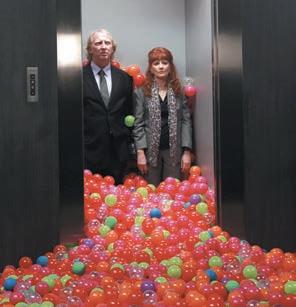




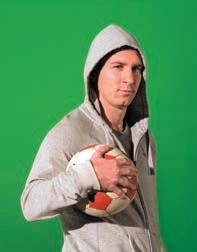
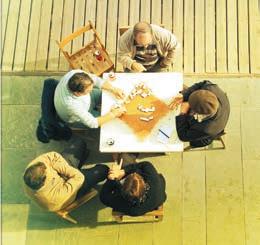
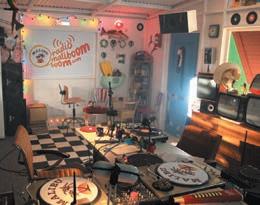







The legendary shots Beach Party is not to be missed! Connect, hang out or just party like it’s your last night on Earth! With tickets reserved strictly for shots members only, this is one of the most exclusive events at Cannes Lions Festival 2018.
Tickets are limited so ensure that your membership is up-to-date by contacting your account manager by Friday 15th June or email info@shots.net





22:00 to 02:00 Thursday 21st June 2018
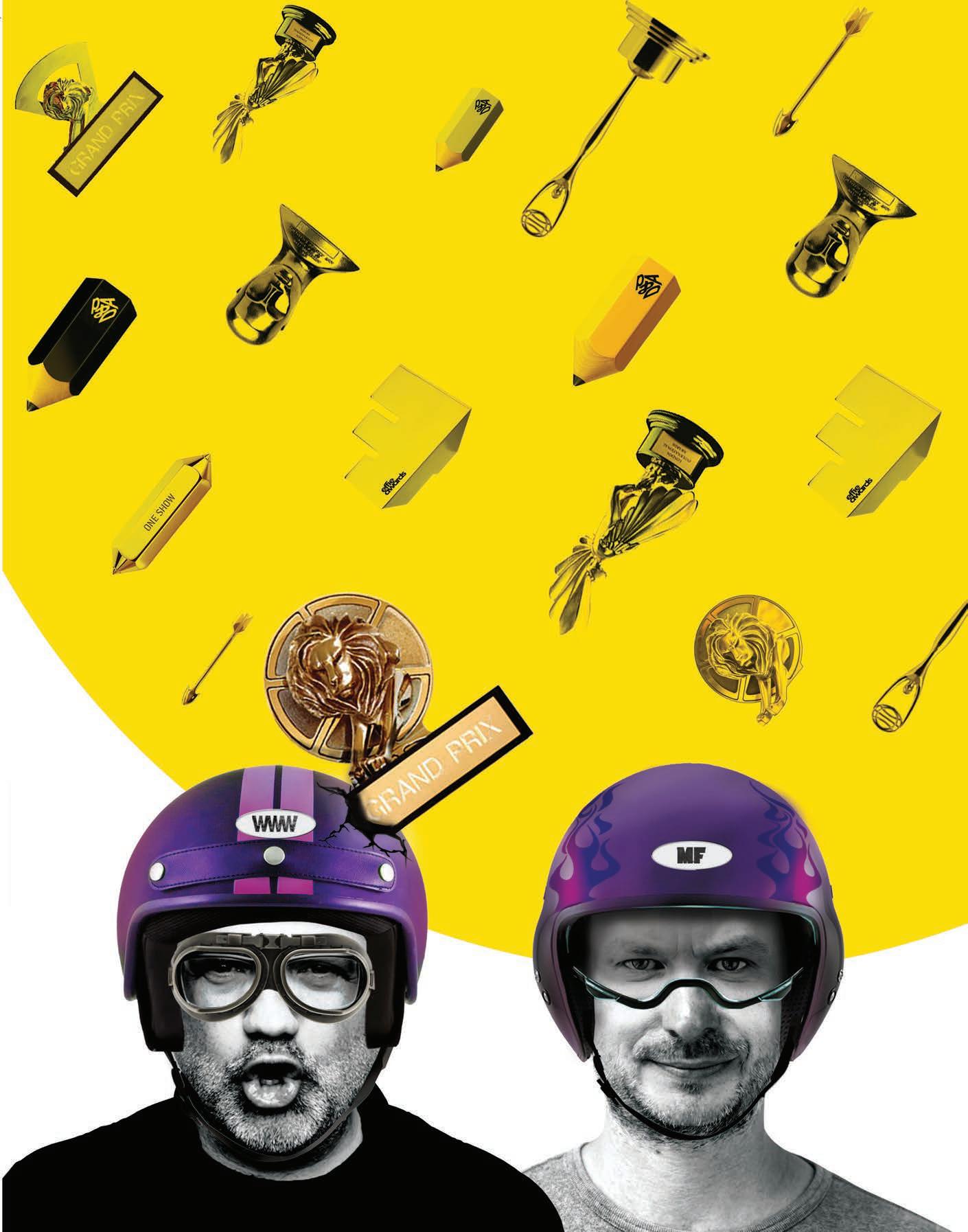
Sean Thompson, founder of the ad agency Who Wot Why, and MattFollows, former copywriter turned psychotherapist and leadership coach, dissect the creative brain. They reveal the mental perils of award winning –how bagging a Grand Prix for Grrr turned into a blur –and the importance of clearing out the mental clutter that comes with being a creative
“The night was a blur to me. For months afterwards I was writing articles, being lauded, sneered at, and o ered huge jobs.”
THOMPSON I did it, I won the motherfucker of all awards: the Cannes Grand Prix. According to The Guardian, Honda Grrr was “the most popular winner of recent times”. The night was a blur to me. For months afterwards I was writing articles, being lauded, sneered at, and o ered huge jobs. The last thing I was thinking about was creativity, my head was full of clutter.
FOLLOWS If you’re the owner of a creative brain and you’ve won an award or two, then you’ll have experienced the clutter it can produce in your head. I have myself. I worked at Wieden+Kennedy London in its heyday, along with Sean, and the agency was on fire.
THOMPSON Right now, you might be thinking what the hell is a creative brain and why is it any di erent from any other type of brain for that matter? Let Matt explain.
Network working overtime
FOLLOWS Earlier this year, The National Academy of Sciences published a groundbreaking study which proved that creative brains are wired di erently than most. According to Roger Beaty, a post-doctoral fellow in psychology and the first author of the study, “People who are most creative can simultaneously engage brain networks that don’t typically work together.” This, he said, is what gives “creative thinkers the flexibility of
thought” which contrasts with more rigid, less creative ways of thinking. The research used brain scans that showed three main areas of the brain were simultaneously active during creative thinking: the default mode network, to do with memory and imagination; the salient network, which analyses relevant data; and the executive control network, which helps to focus on useful ideas while less useful ones are discarded.
THOMPSON Having a creative brain opens you up to huge forces both internal and external. Most of the time it is harmonious but under rare and extreme pressure, it can be like a bunch of bulldozers pushing
around inside your head. The forces are driving you to come up with fresh and surprising ideas within an impossible deadline: that’s huge internal pressure. The agency and clients are pushing you from the outside: that’s huge external pressure. Add in a couple more problems, and these bulldozers collide. Crunch! This isn’t healthy.
FOLLOWS A few years ago, I quit the ad industry to become a psychotherapist and leadership coach. I resented my creativity and blamed my creative brain on all of the pressure, stress and anxiety in my life. I believed that being able to think outside the box was not a gift, it was a curse. It was a punishment for thinking too much.
The problem with our creative sponge-like brains is that, along
with all the good things we’ve collected, we’ve amassed a highly disorganised compilation of clashing beliefs, unresolved traumas, false assumptions, dreadful misunderstandings, unconscious fears, and tonnes of other people’s mental junk. These are raided from the mouths and actions of our parents, teachers, friends and mortal enemies alike.
THOMPSON The creative brain is much more hungry for knowledge, data and experiences than most. And because it tends to be more empathetic, sensitive, trusting, idealistic and inquisitive than many, it’s in danger of being more exposed to the harsher elements of life. Which is why it’s more prone to inner conflict, self-doubt, indecision and procrastination
“[The creative brain] is more prone to inner conflict, self-doubt, indecision and procrastination; and the outer conflict of people who are screwing with your head.”
and the outer conflict of people who are screwing with your head.
A new look for the neurals
THOMPSON If you’re the owner of a creative brain, there are a number of techniques that can help you deal with mind-crushing people straight away. Simply saying “Fuck ’em” in a quiet moment to yourself can help, for example. However, these techniques aren’t enough.
Matt and I have put our heads together to find di erent solutions, and over the course of a series of articles on shots.net we will help you discover new ways to help you unlock your creative flow. We believe creatively minded people should be able to look after their own brains, in the most extreme and highly pressured circumstances.
FOLLOWS We will show you how to clear your head and make you think more clearly. The techniques are built on a number of evidencebased, brain-retraining psychologies, such as clinical hypnotherapy, neuro-linguistic programming, eye movement
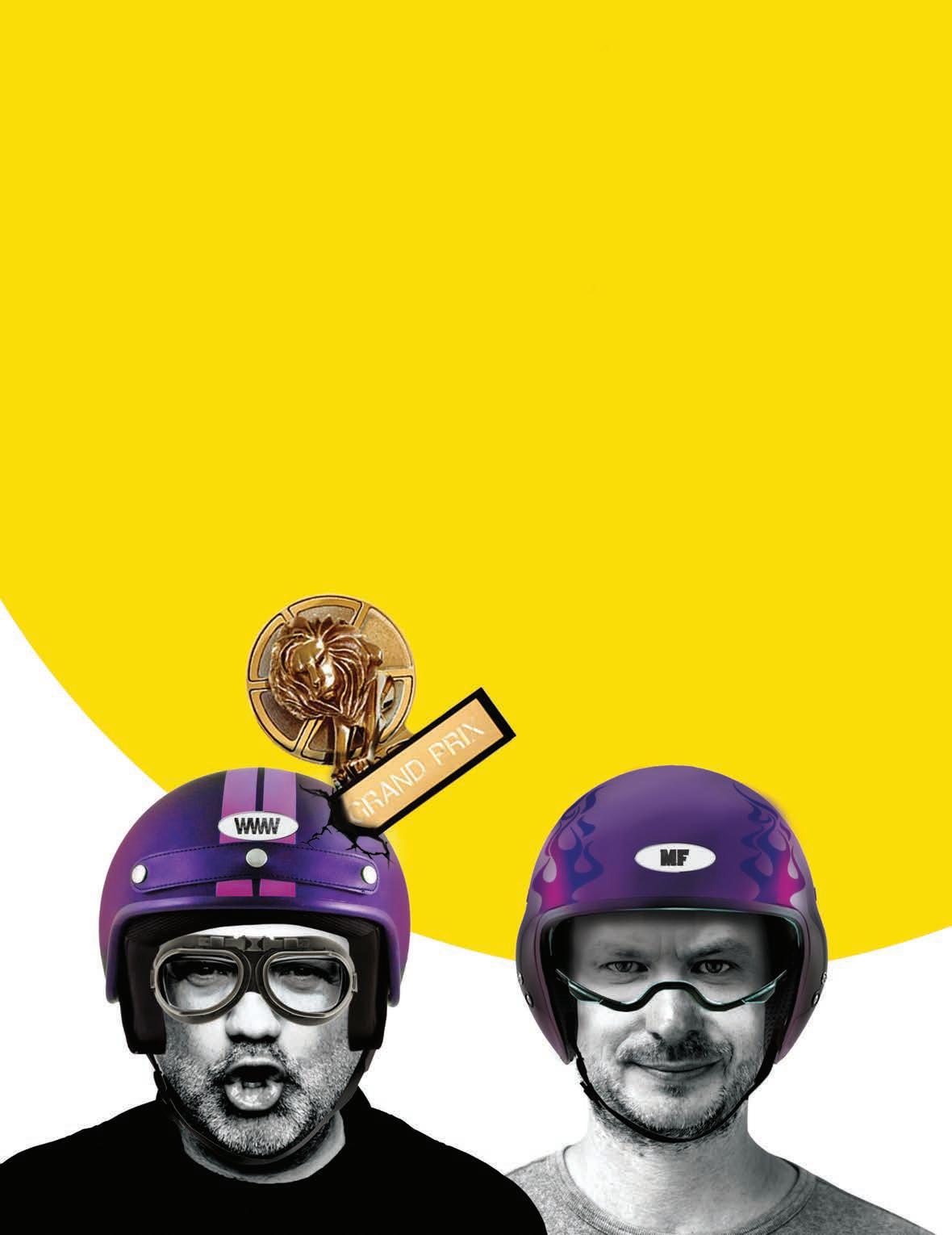
desensitisation and reprocessing and cognitive behavioural therapy. The methods literally reprogram and rewire the subconscious programs that are automatically running your thoughts, emotions and creative brilliance 95 per cent of your waking life. By relaxing your nervous system, the techniques also change the architecture of your brain so that your default mode under pressure becomes flow and excel, not fight or flight.
FOLLOWS With a little help, you can have a clear head that is free from clutter and will enable you to do what you do best, which is to come up with original and inspiring ideas: that commercial, that screenplay, that piece of art, that novel, that fashion design, that contemporary dance recital.
THOMPSON If you’re standing on the steps of Le Palais des Festivals this June, and you’re in possession of a shiny new Cannes Grand Prix, read our next article.
S
“I resented my creativity and blamed my creative brain on all of the pressure, stress and anxiety in my life. I believed that being able to think outside the box was not a gift, it was a curse.”
Thompson and Follows will continue to explore the creative brain and the ways in which to harness it in a series of upcoming articles on shots.net





Product: Rolls Royce
Client: W Film London
Executive Producer: Beth Wightman
Producer: Norbert A Schilling
Director/Photographer: Joe Windsor-Williams
Director of Photography: Andy McLeod
Location: Lanzarote, Canary Islands

“Being satisfied with average is the enemy of everything.”
David Lubars, page 70
“Anyone not taking risks is playing a part in making our industry that little bit shittier.”
“Once, on a yacht in Cannes, I was cooking for clients and nearly cut my own finger off, but continued despite needing stitches. Not sure if that is heroic, though.”
Sally Campbell, page
80
“When I started, there were some directors who’d [make you] a great film, but you’d feel like you needed to be jet-hosed down in the garden afterwards.”
page 64
“He saw himself as the Eric Cantona of advertising.”
Trevor Robinson on Tom Carty, page 84
“I read that Francis Bacon once spent six months mixing black. That makes perfect sense to me.”
“If you’re just advertising something, no one’s going to care.”
Spike Jonze, page 51
Jonathan Glazer, page 23
“I’ve got no fucking idea what a creative technologist is, and I’ve yet to find somebody who can explain it.”
John Hegarty, page 34
“Unnecessary competitiveness is driven by ego, not craft, and is the reason Cain murdered his brother Abel in The Book of Genesis. Yeah, that shit got dark real early on.”



















